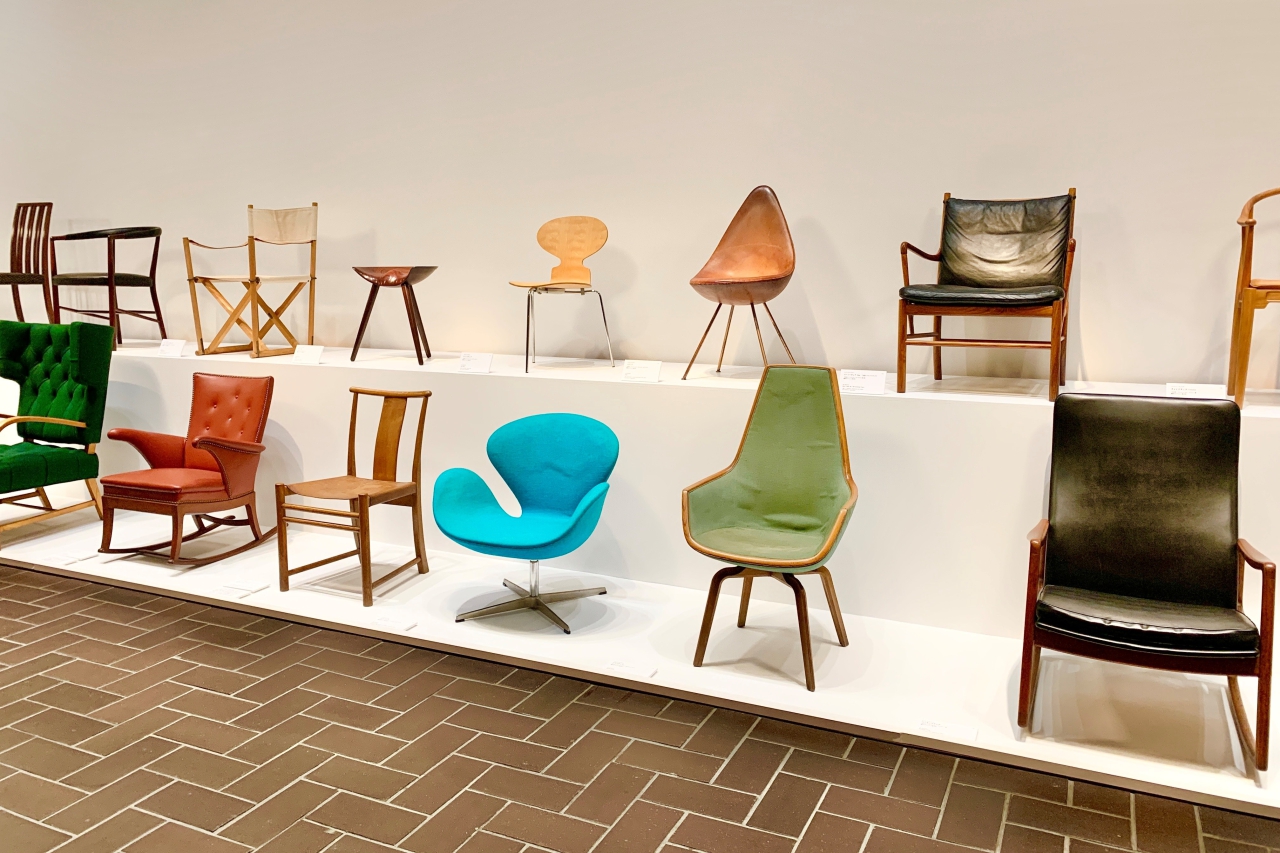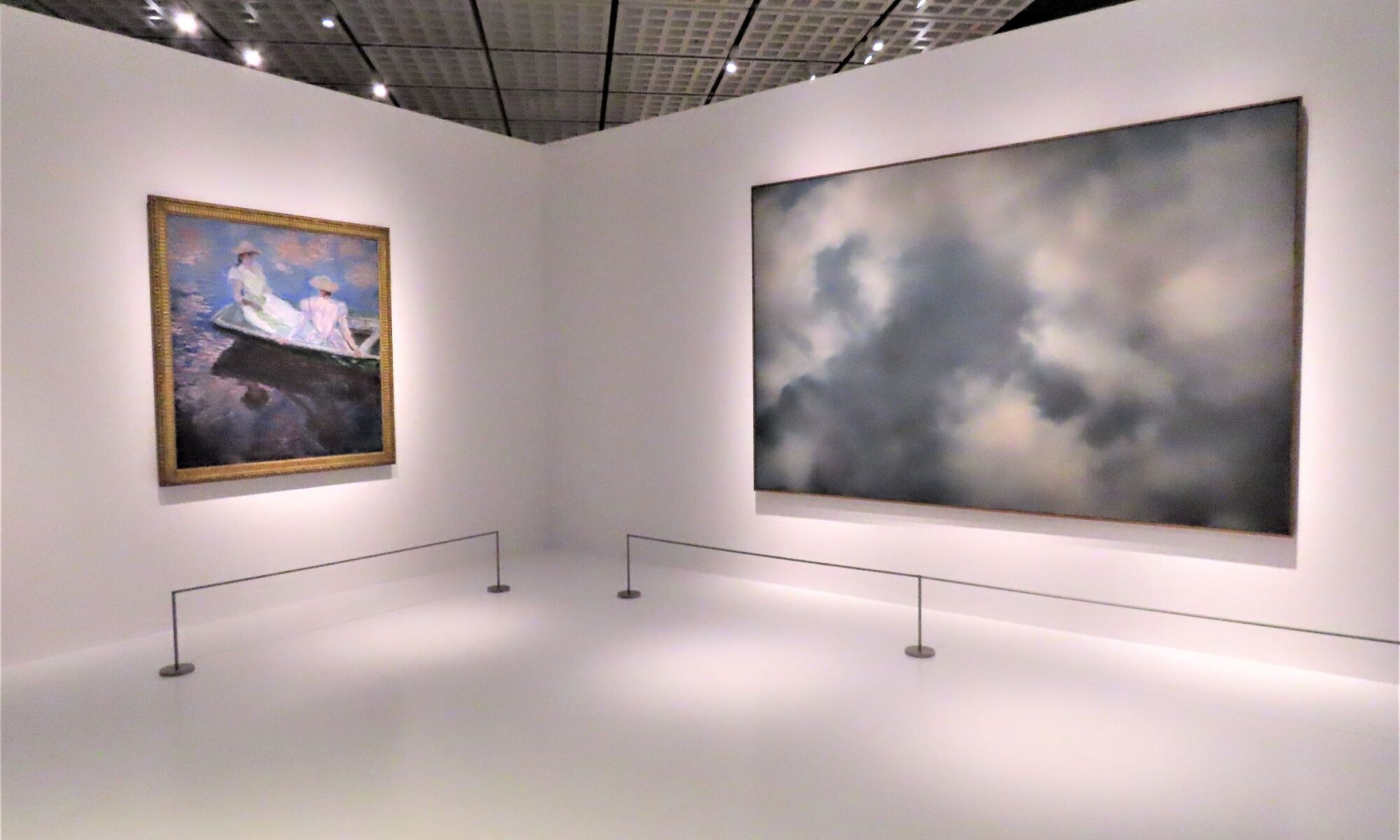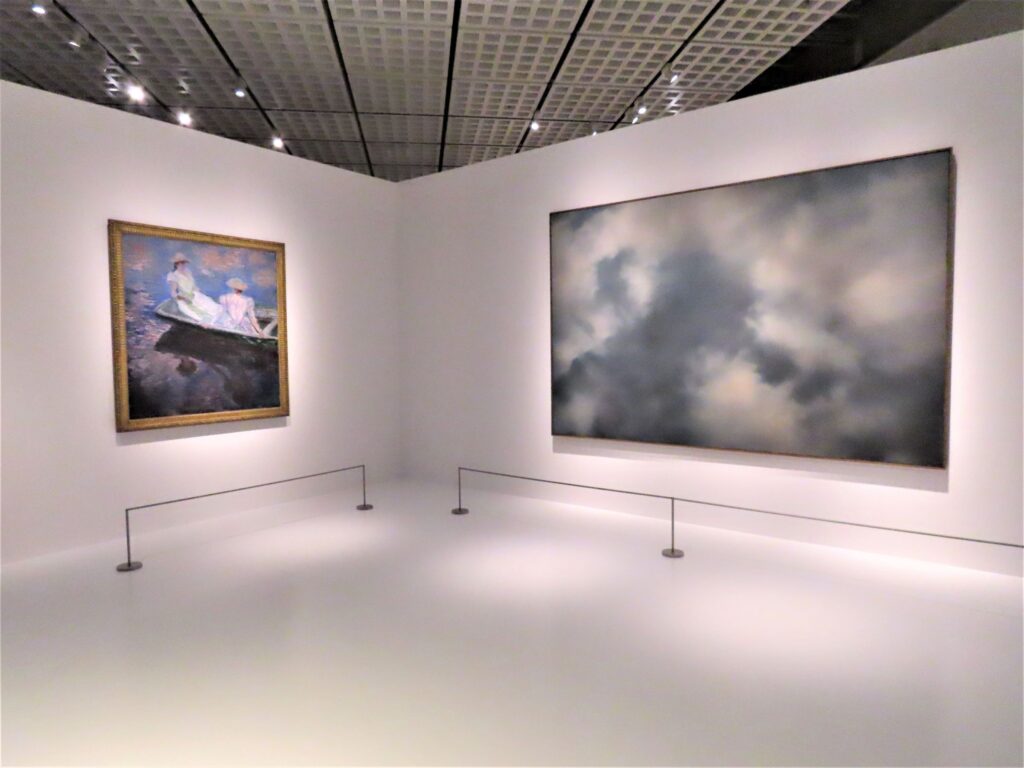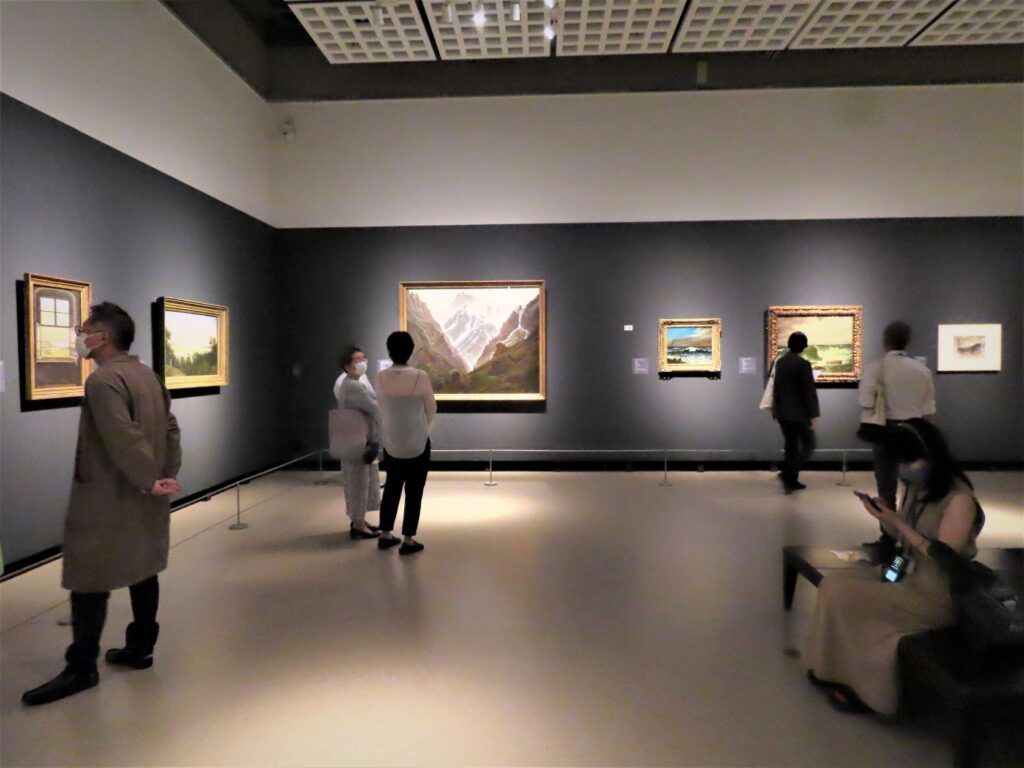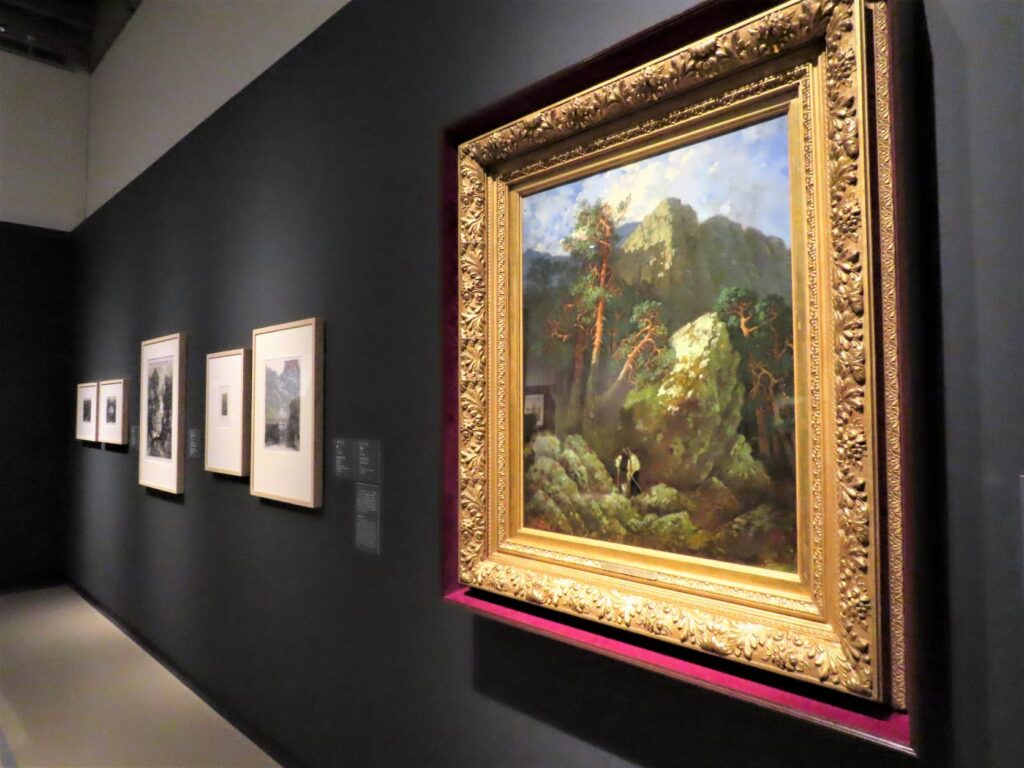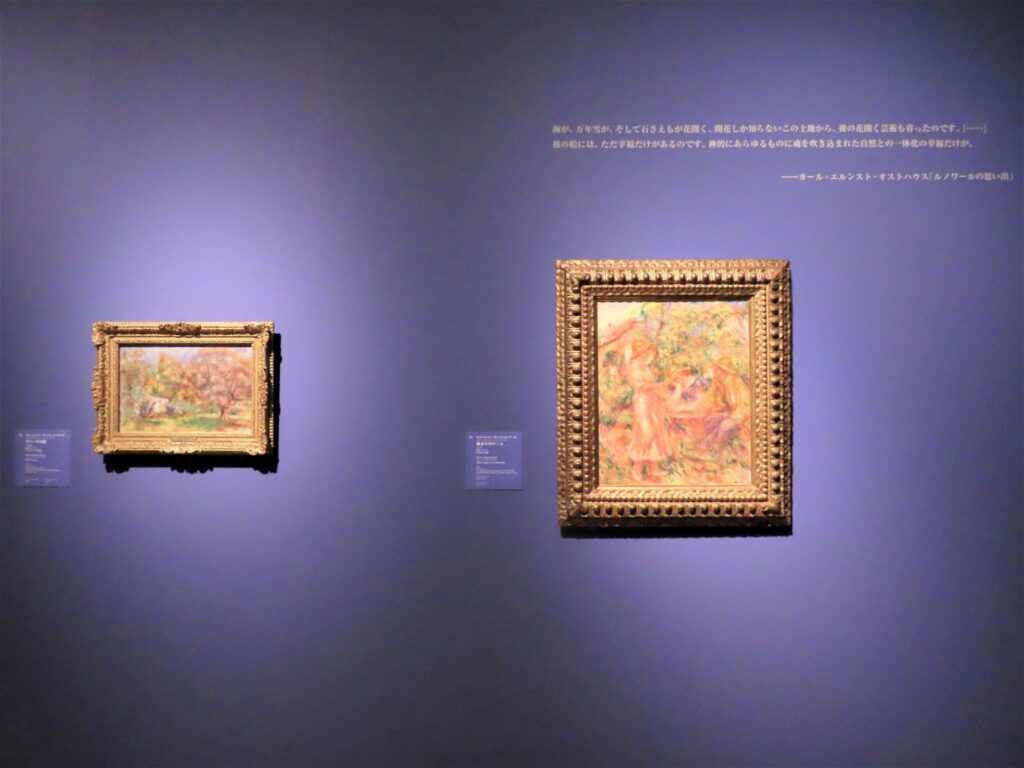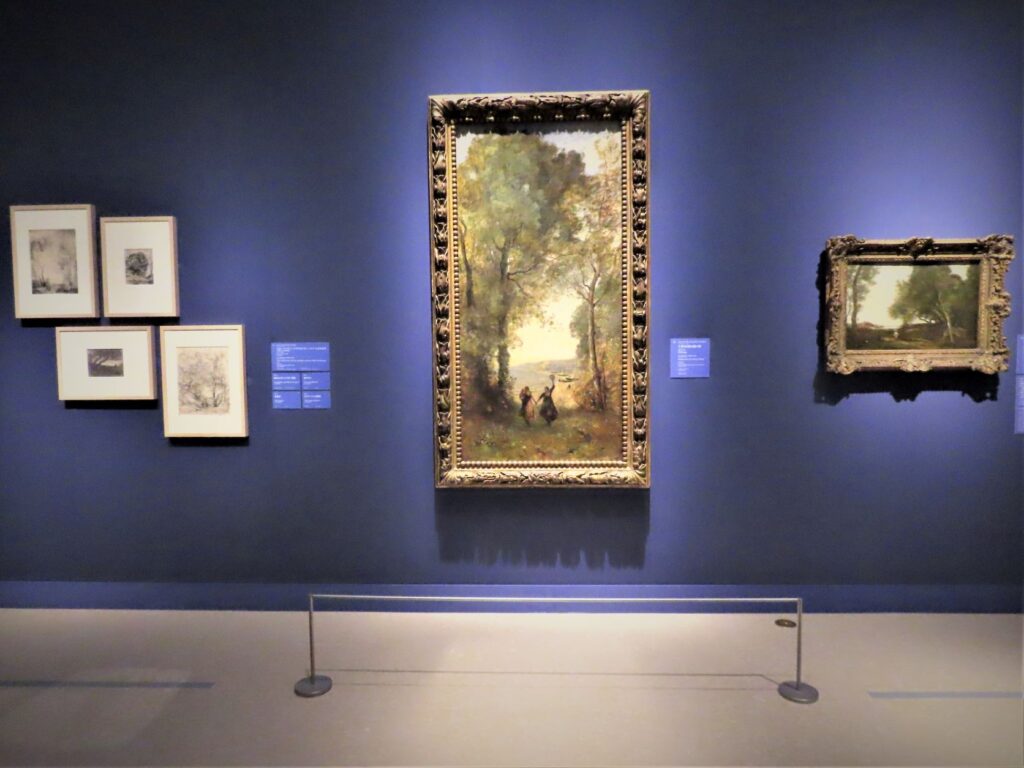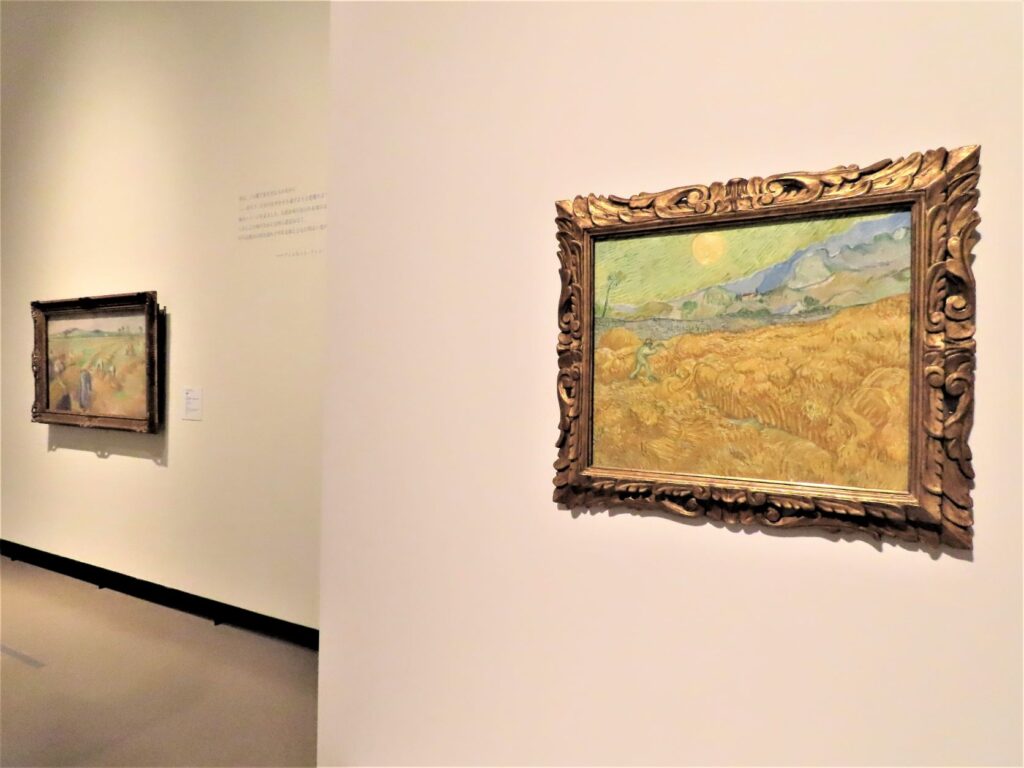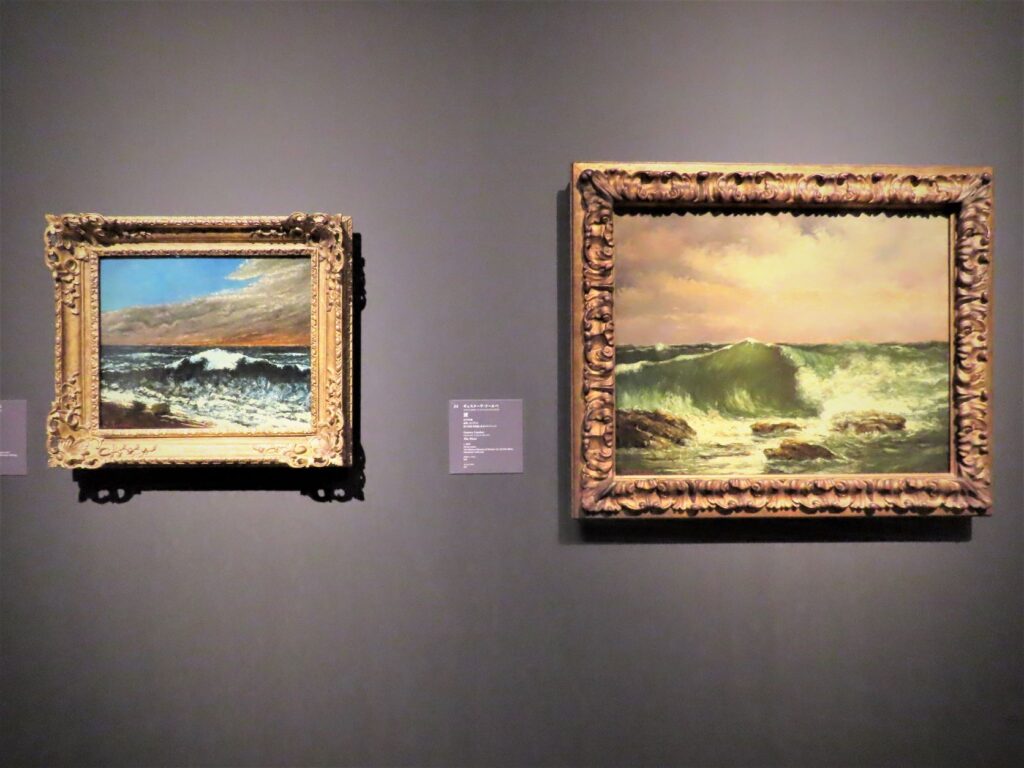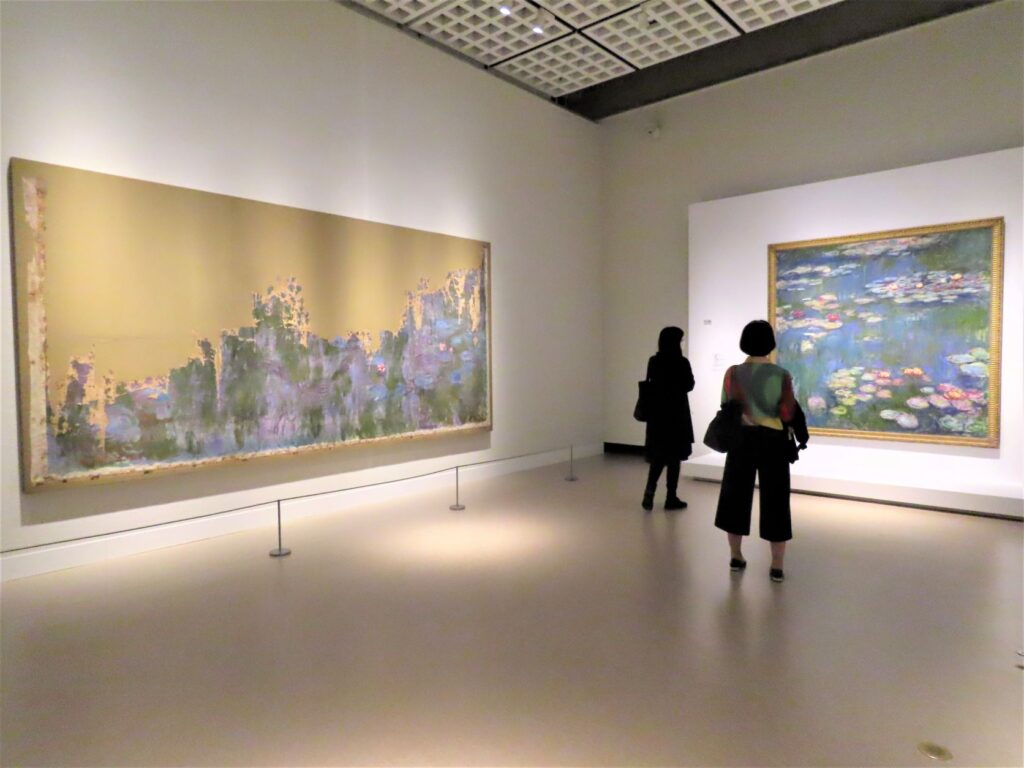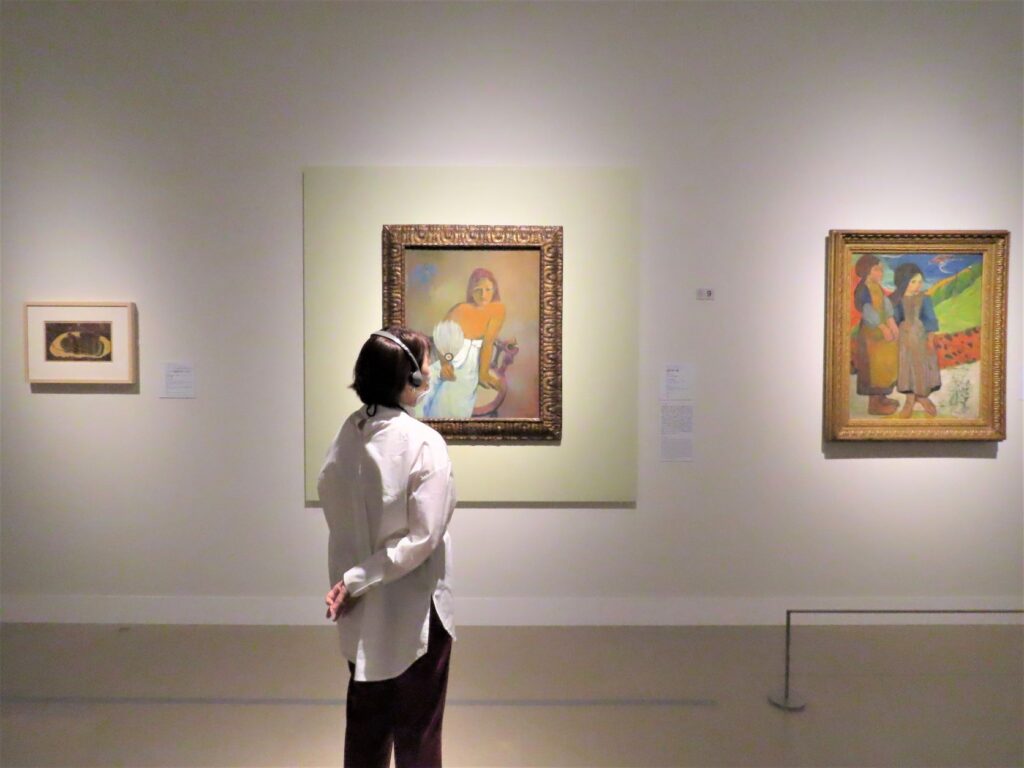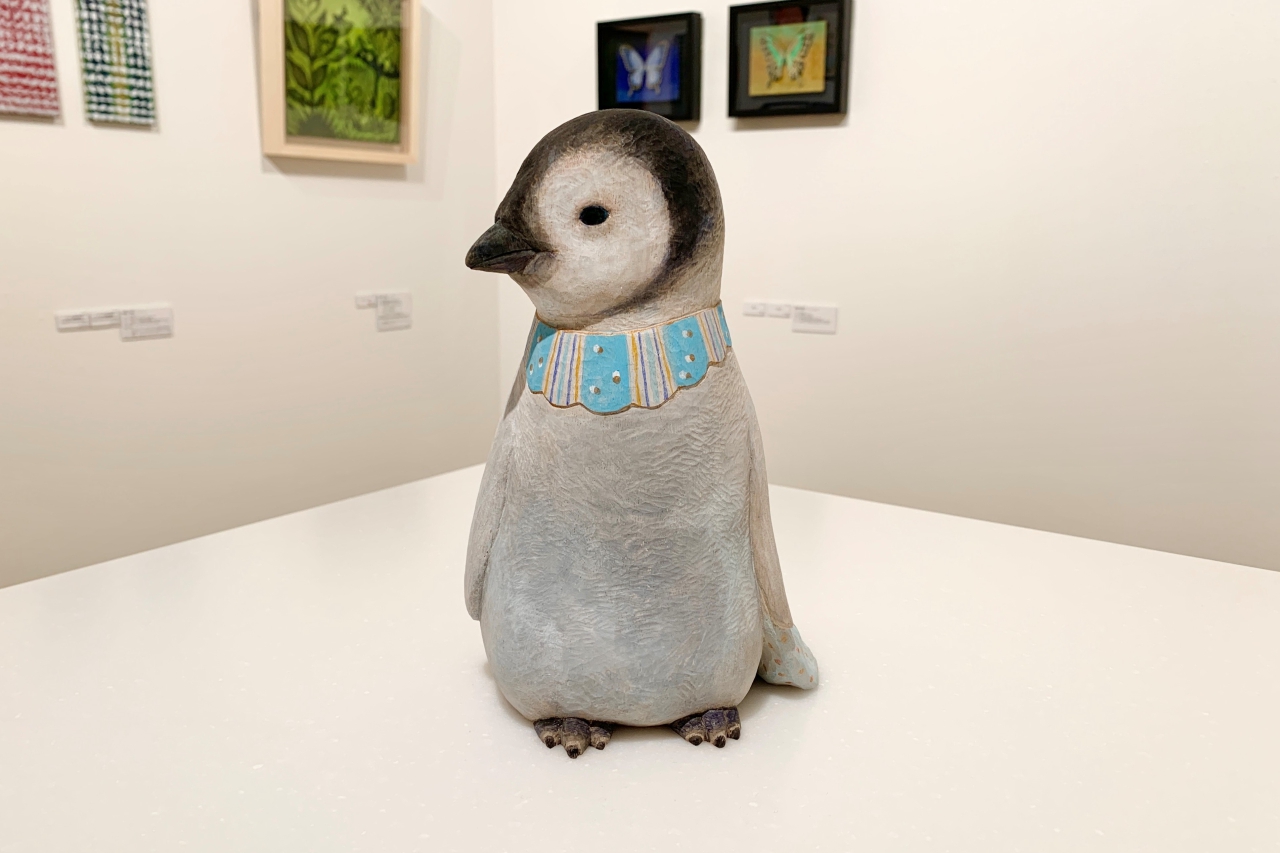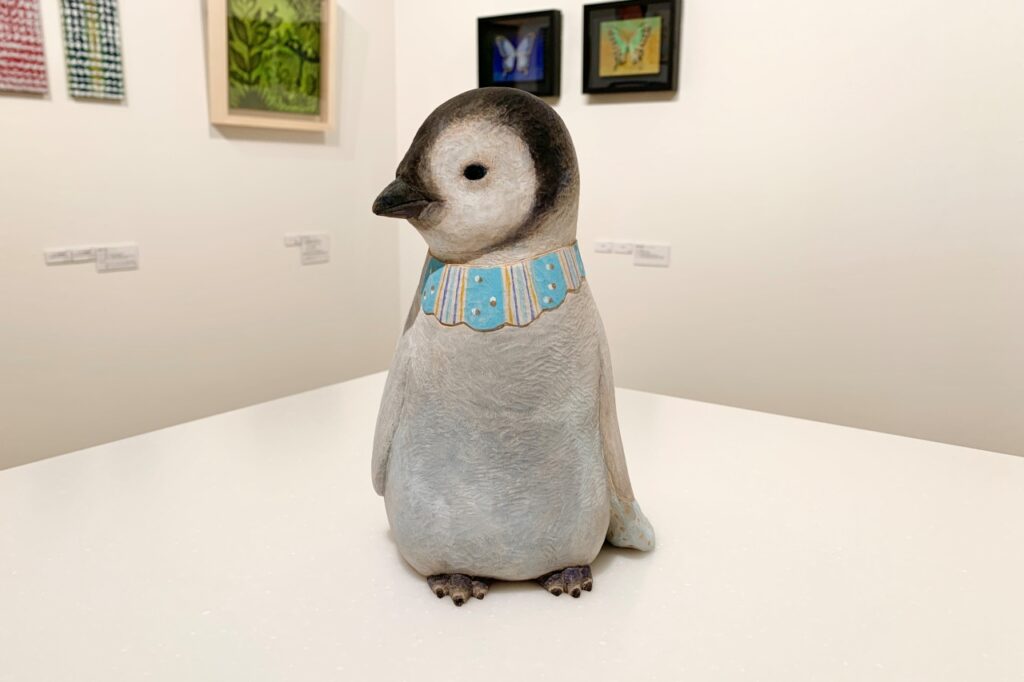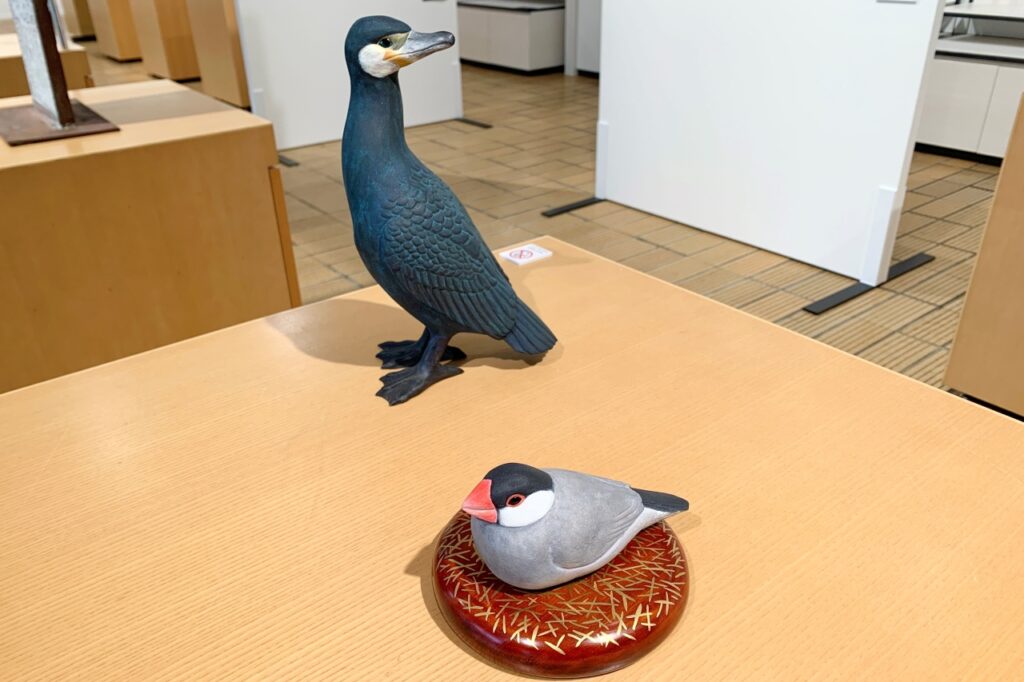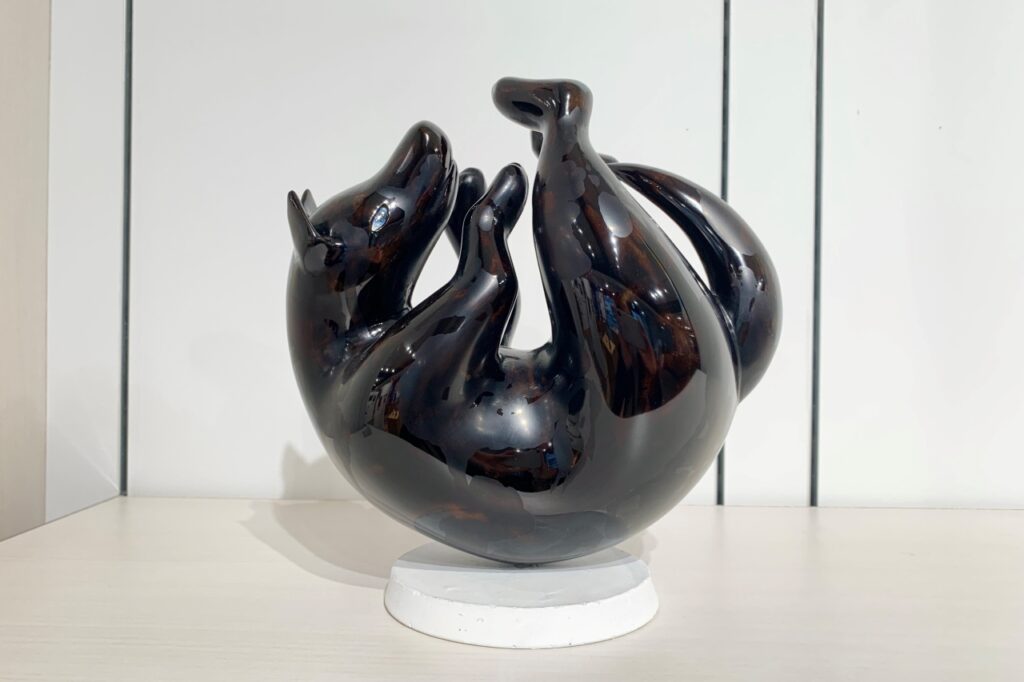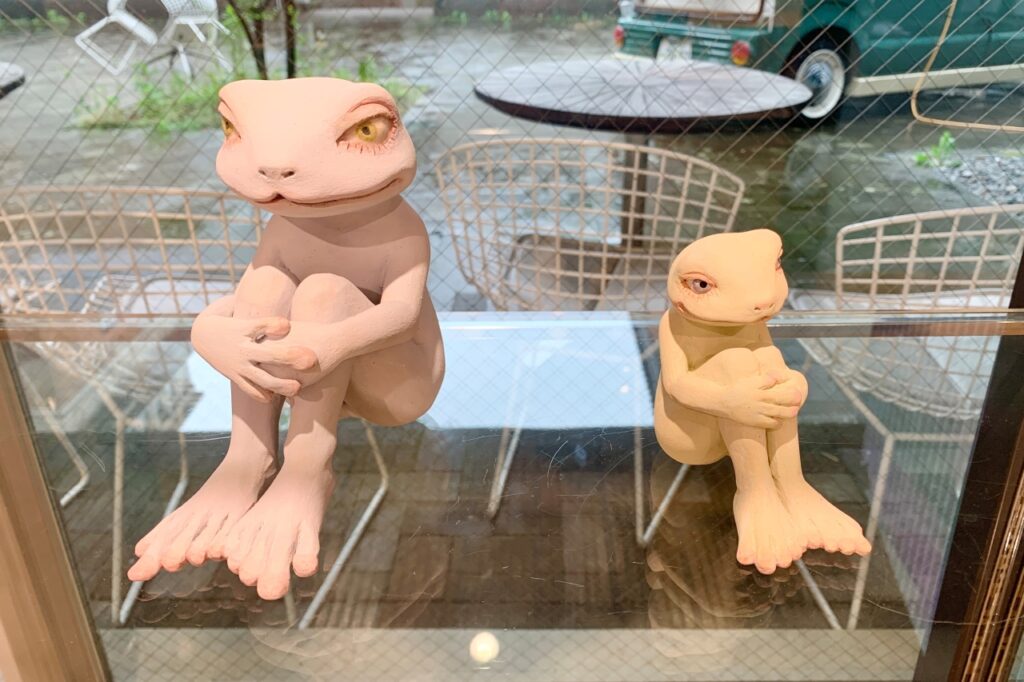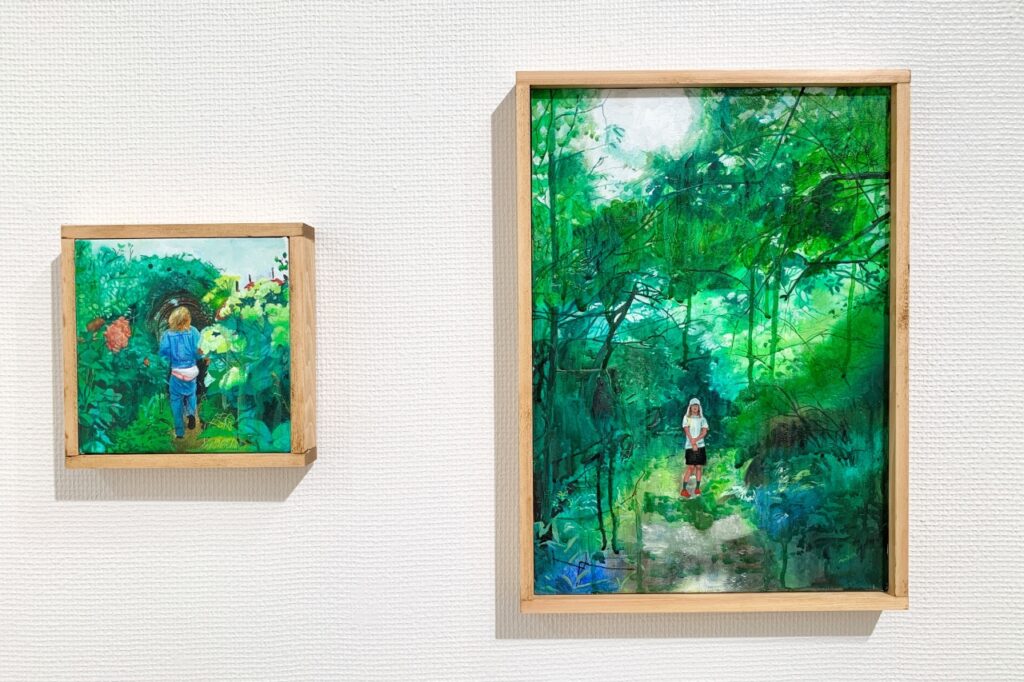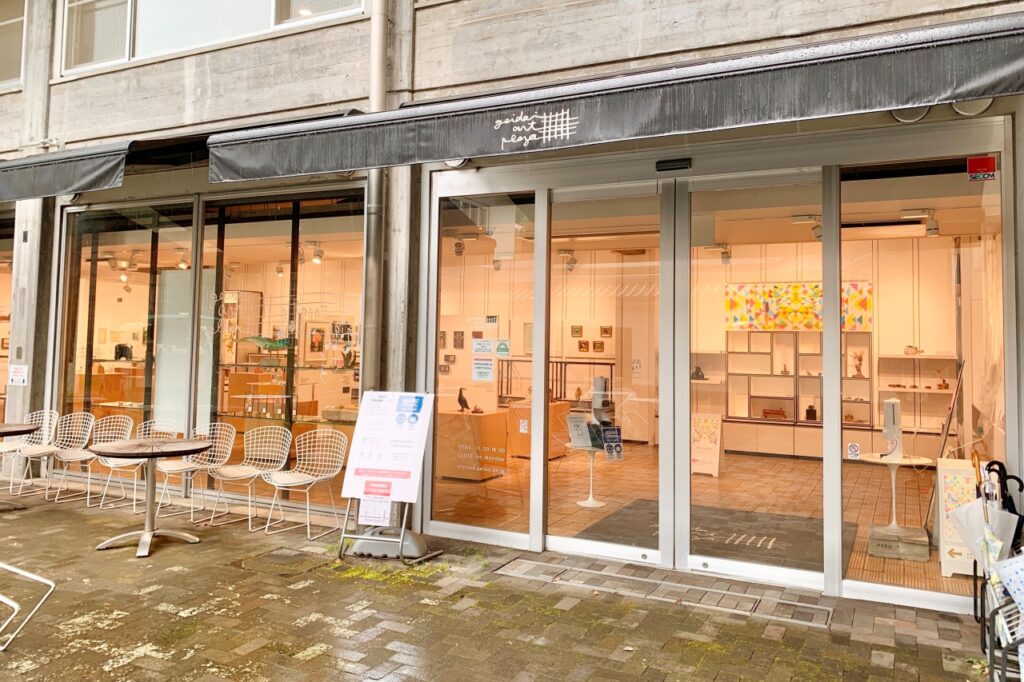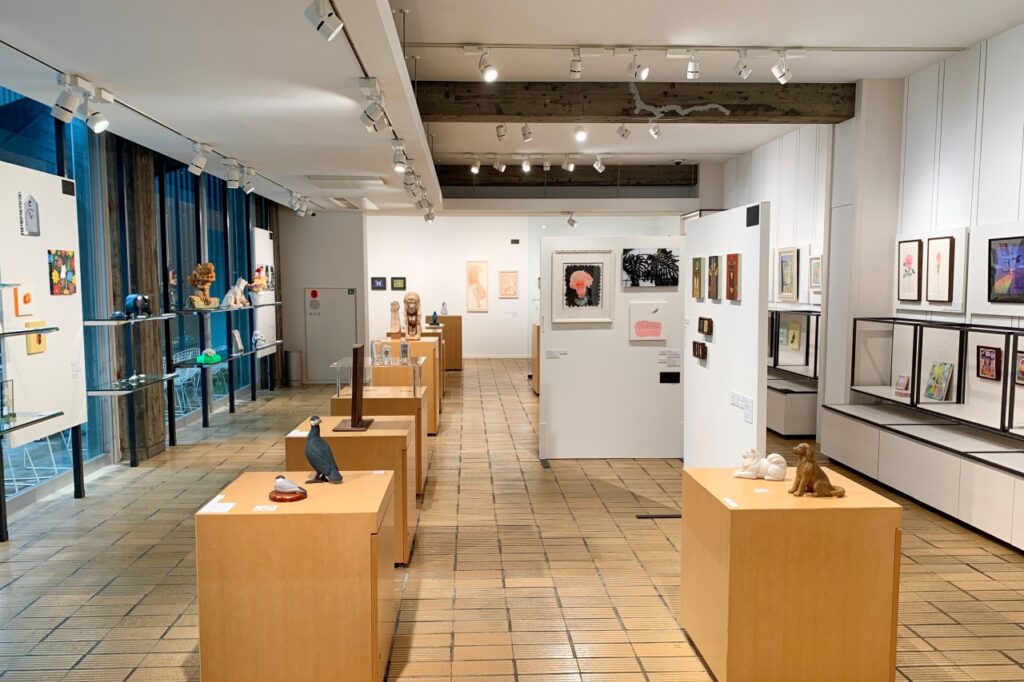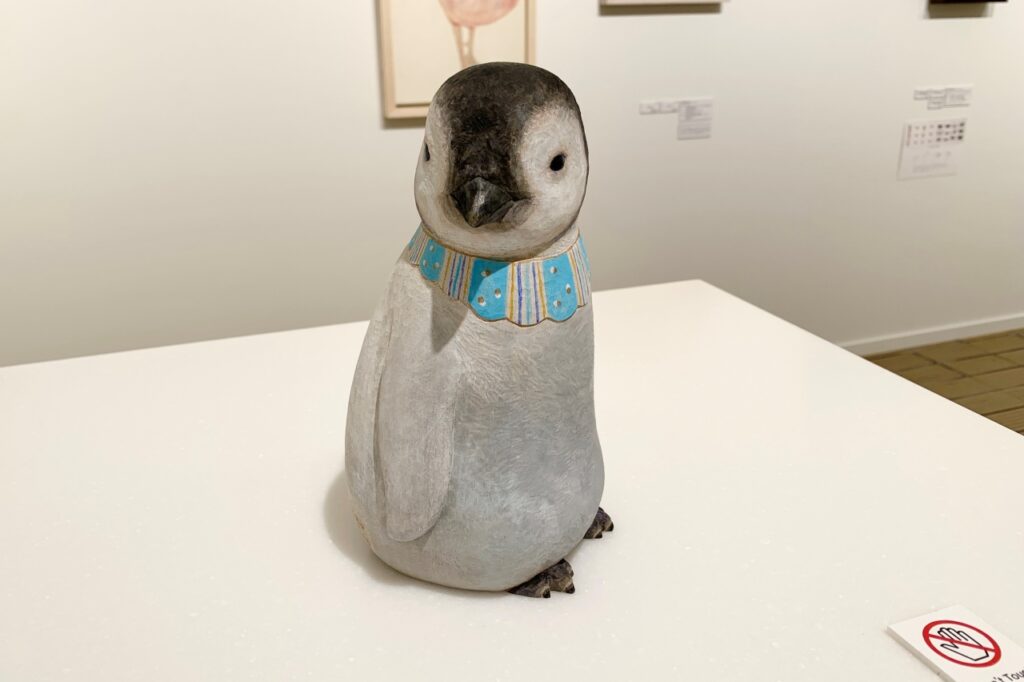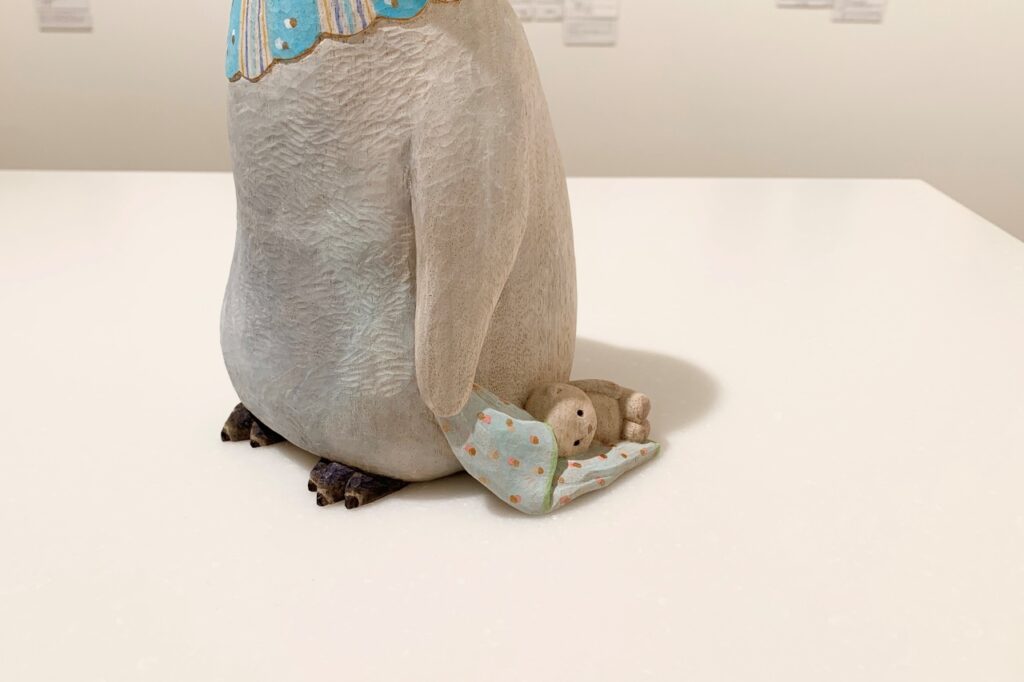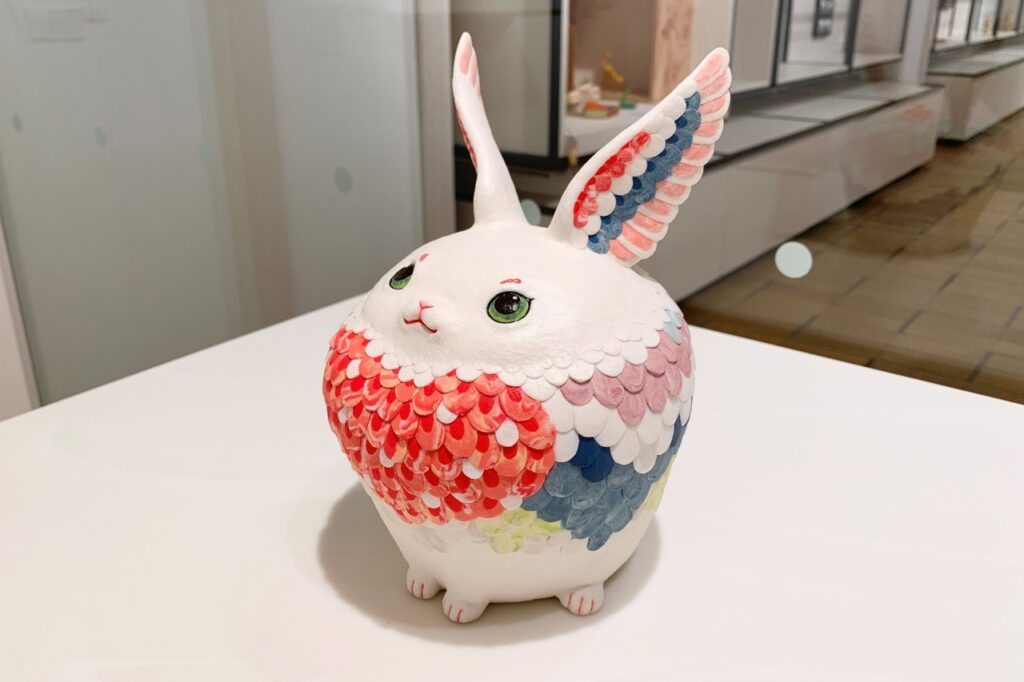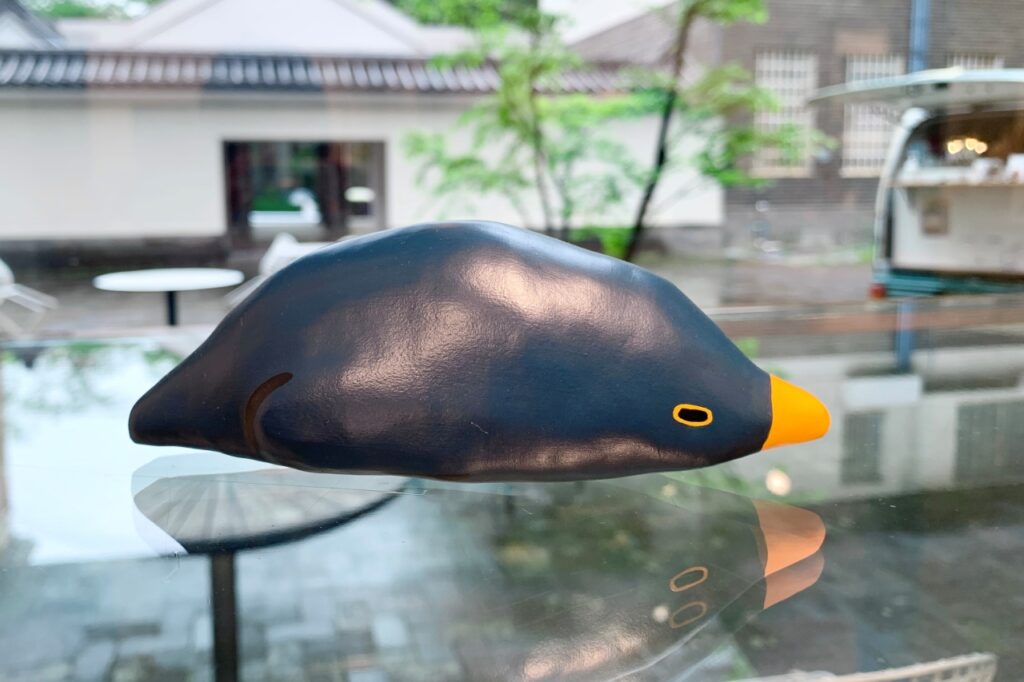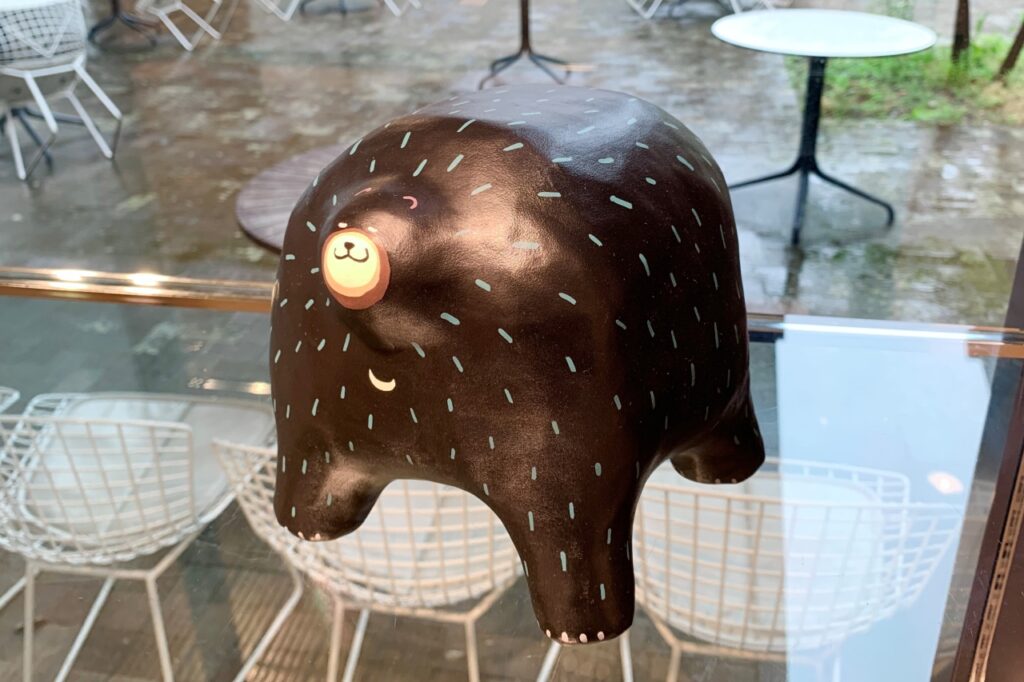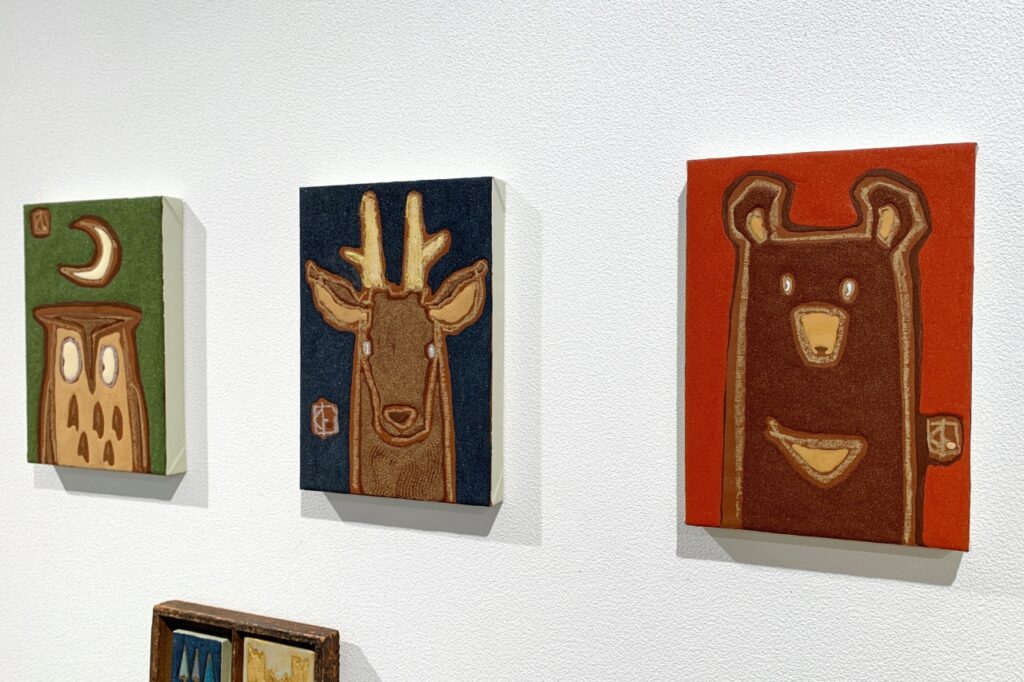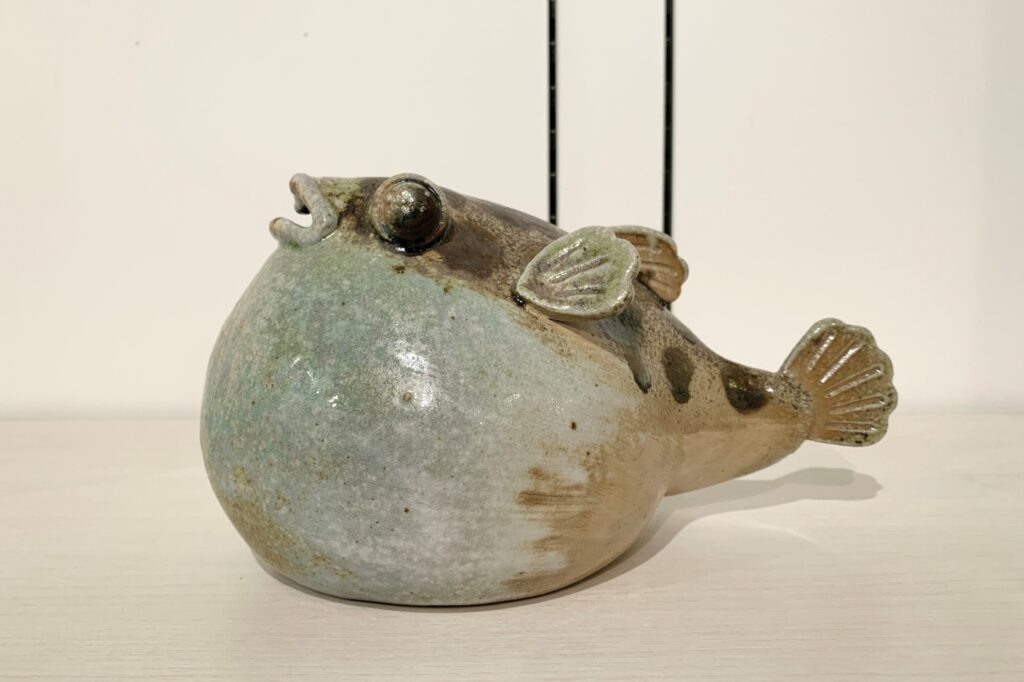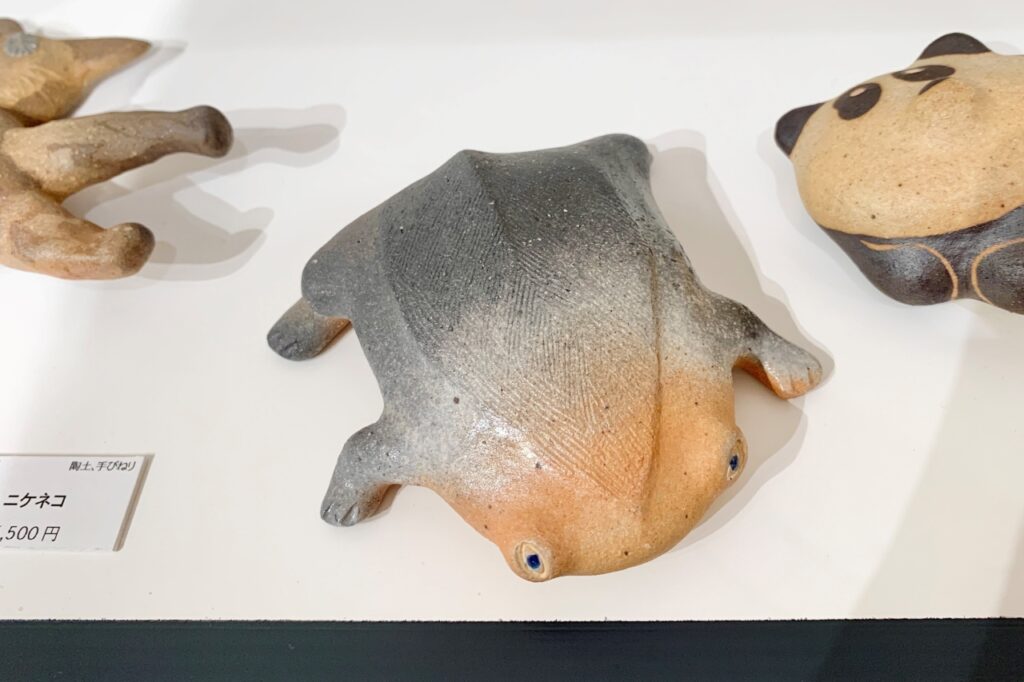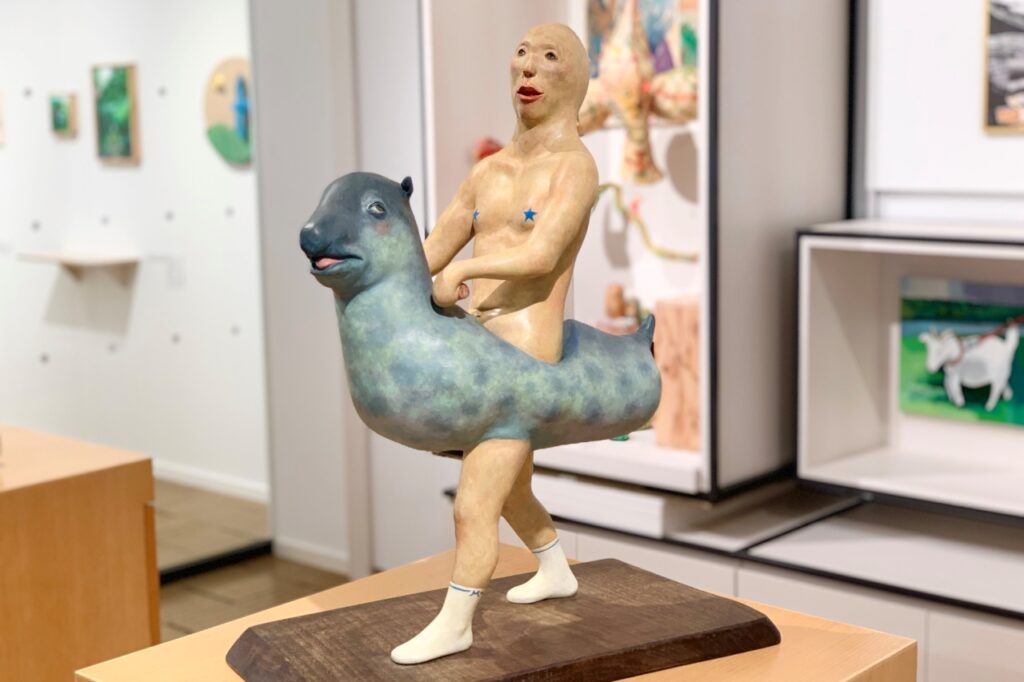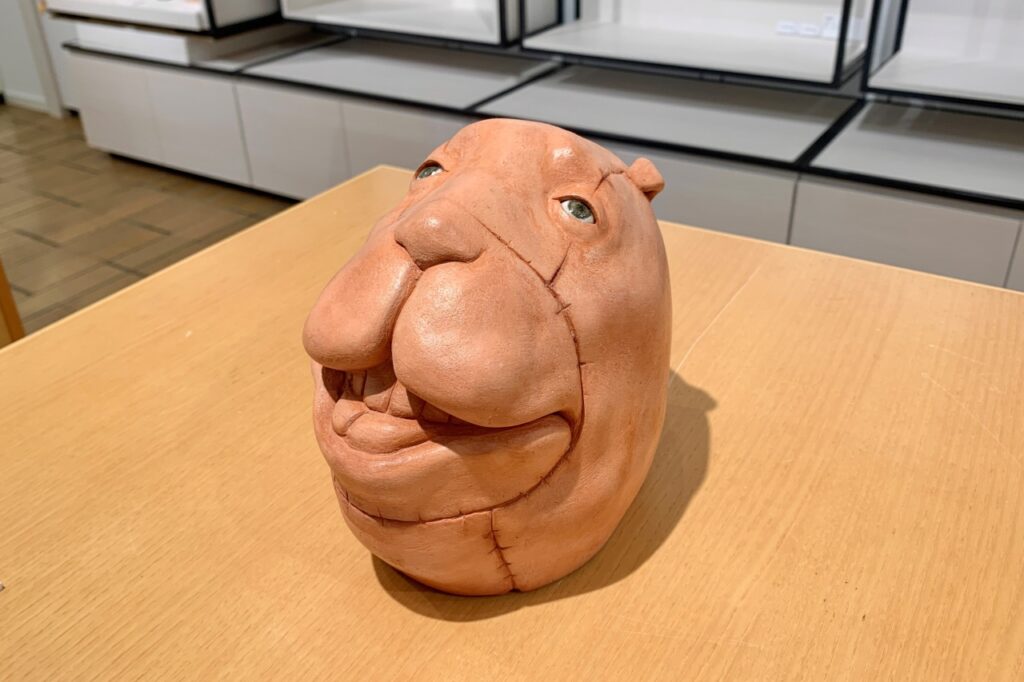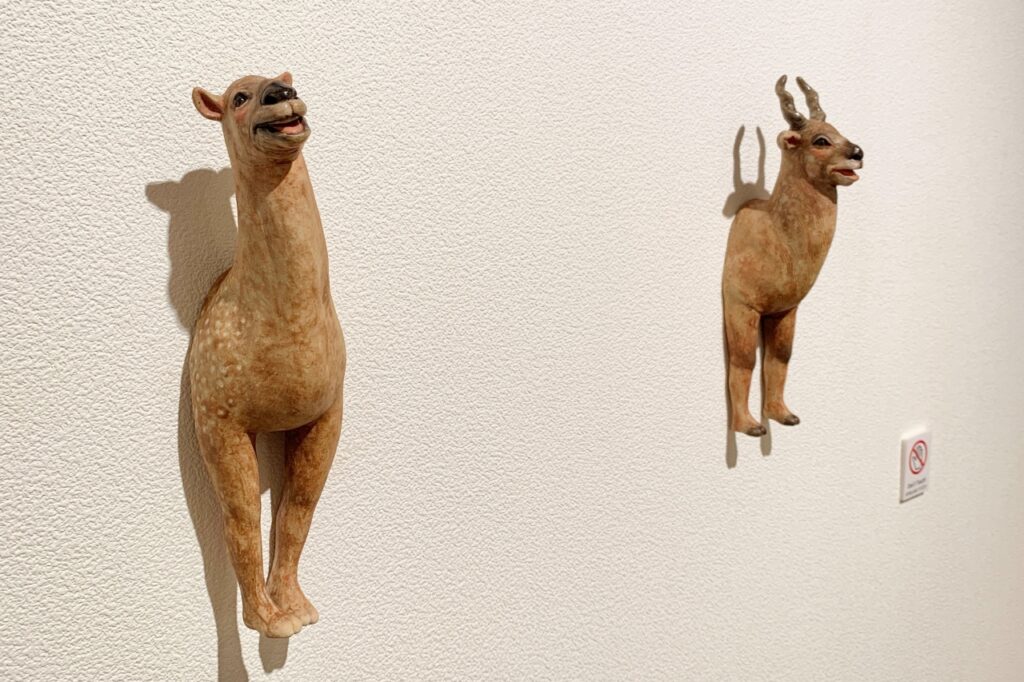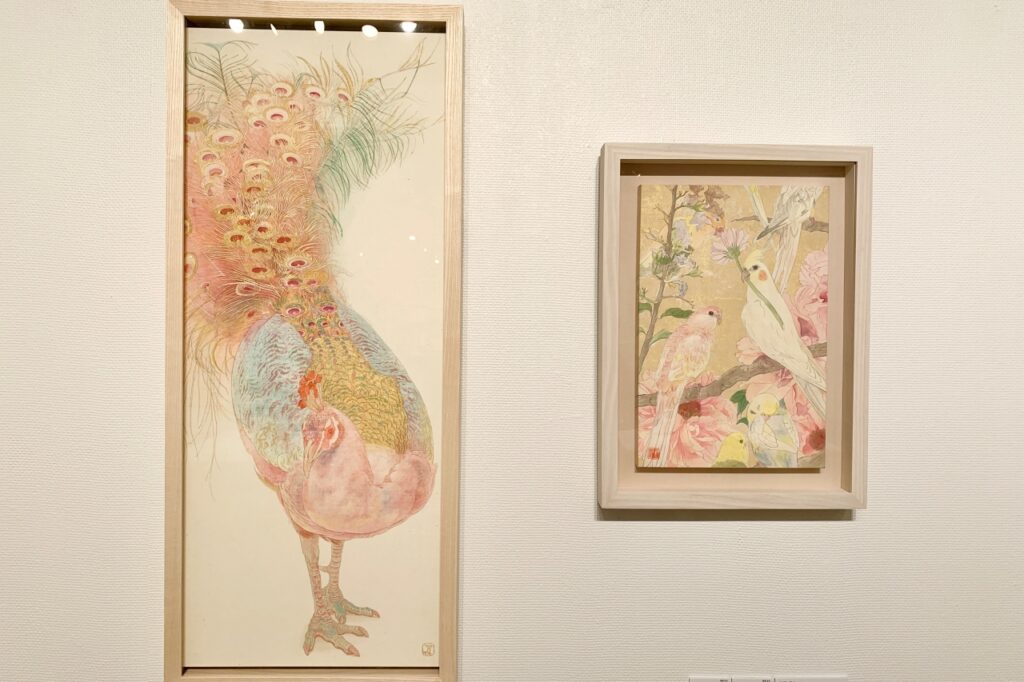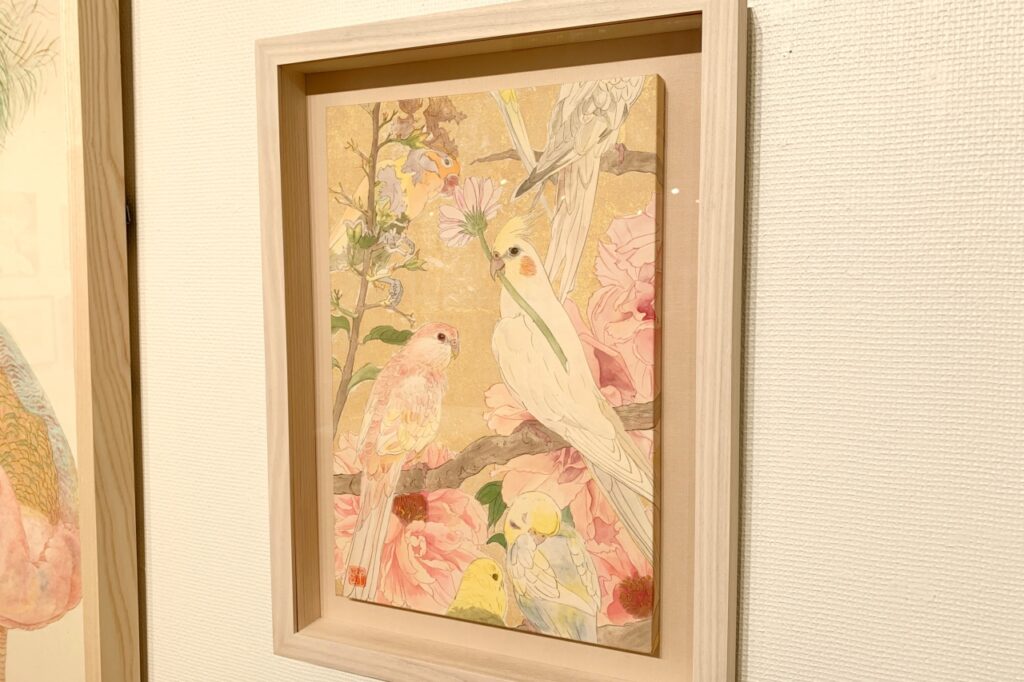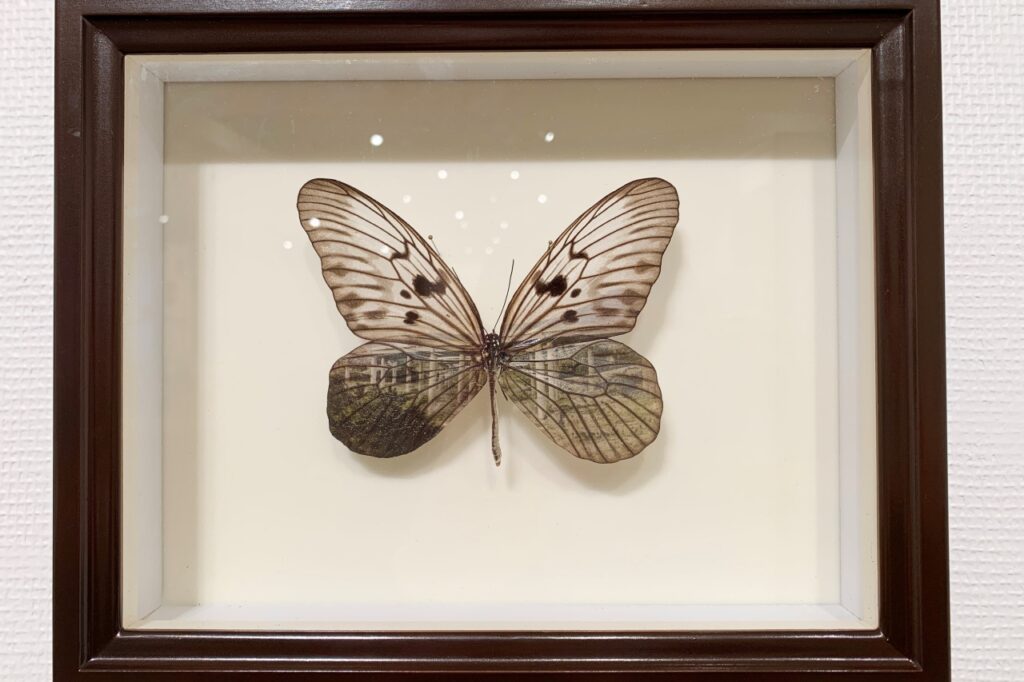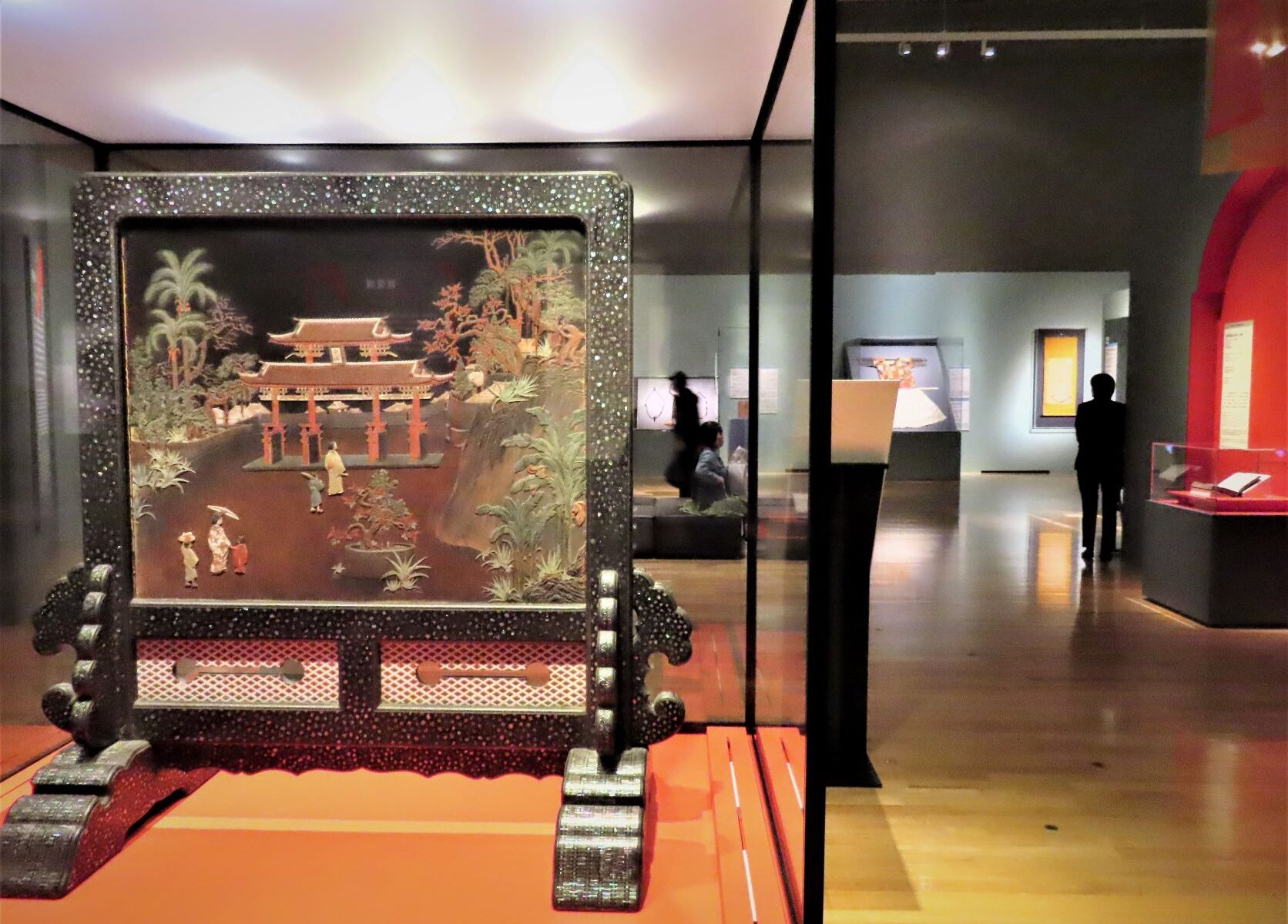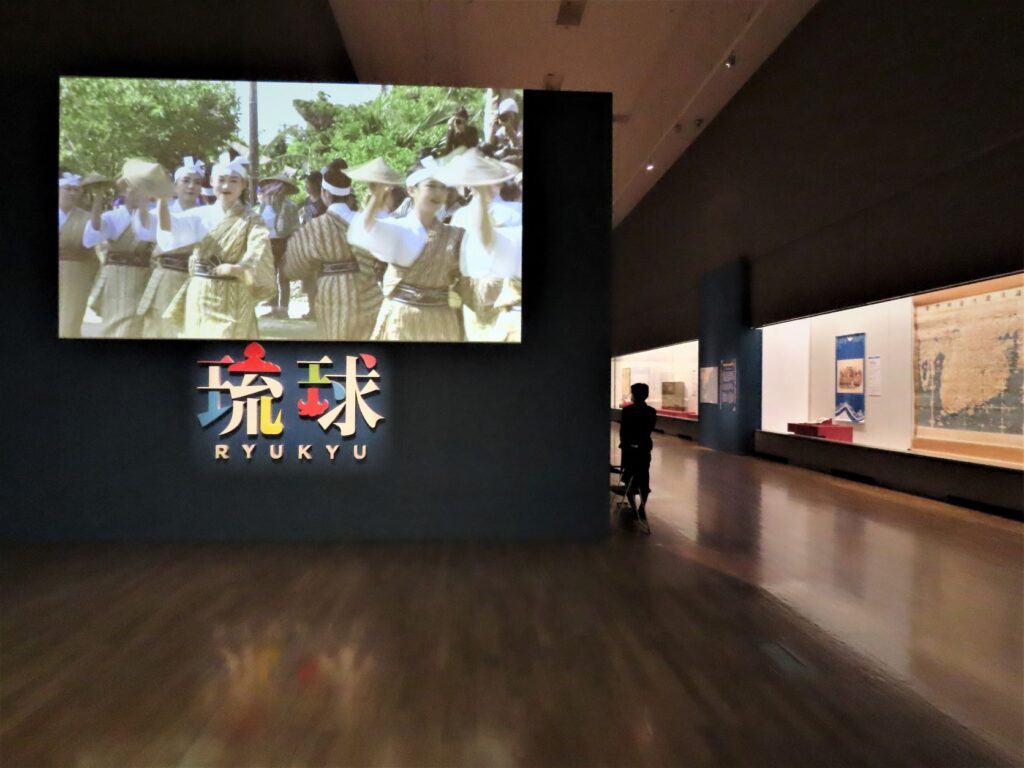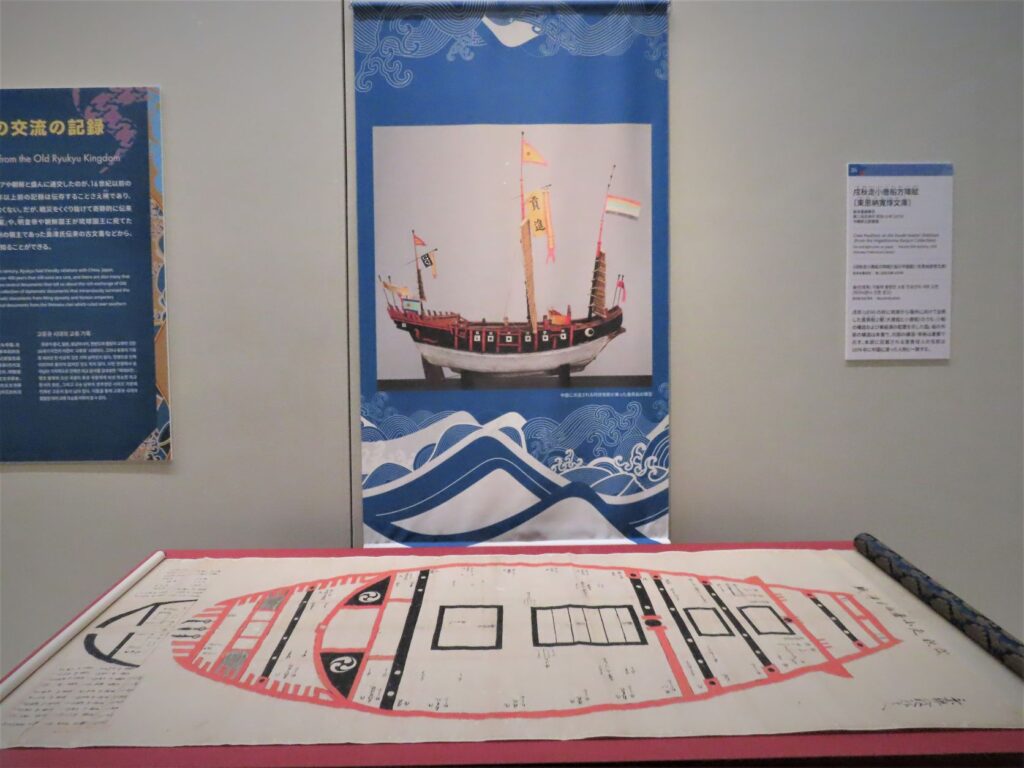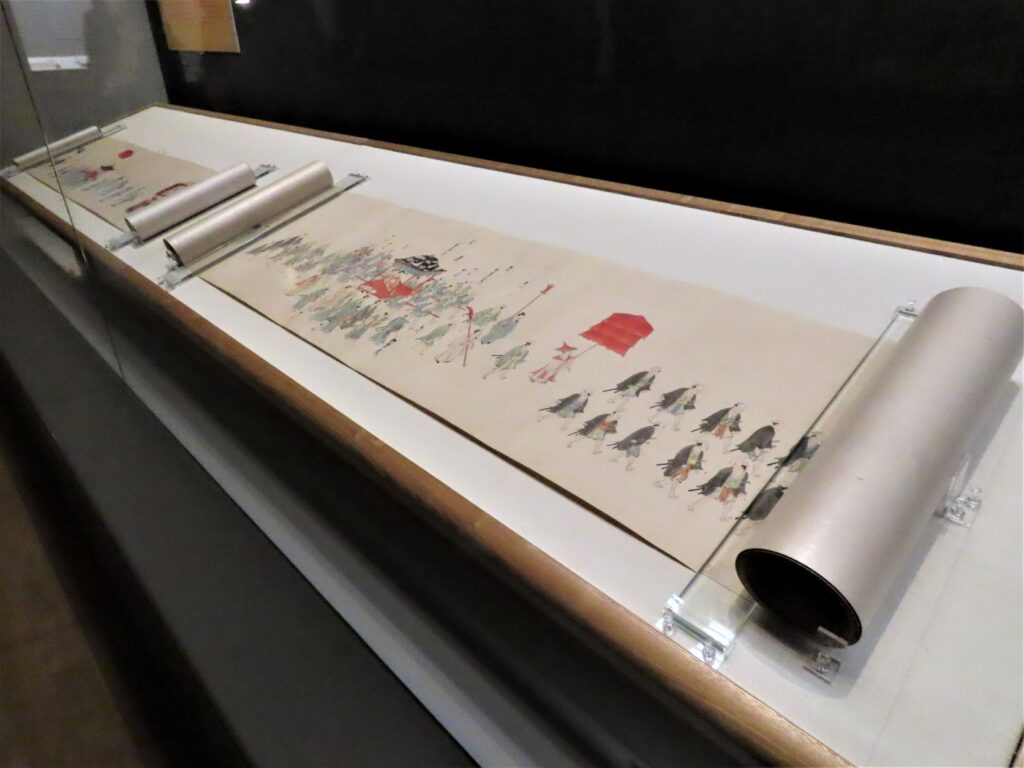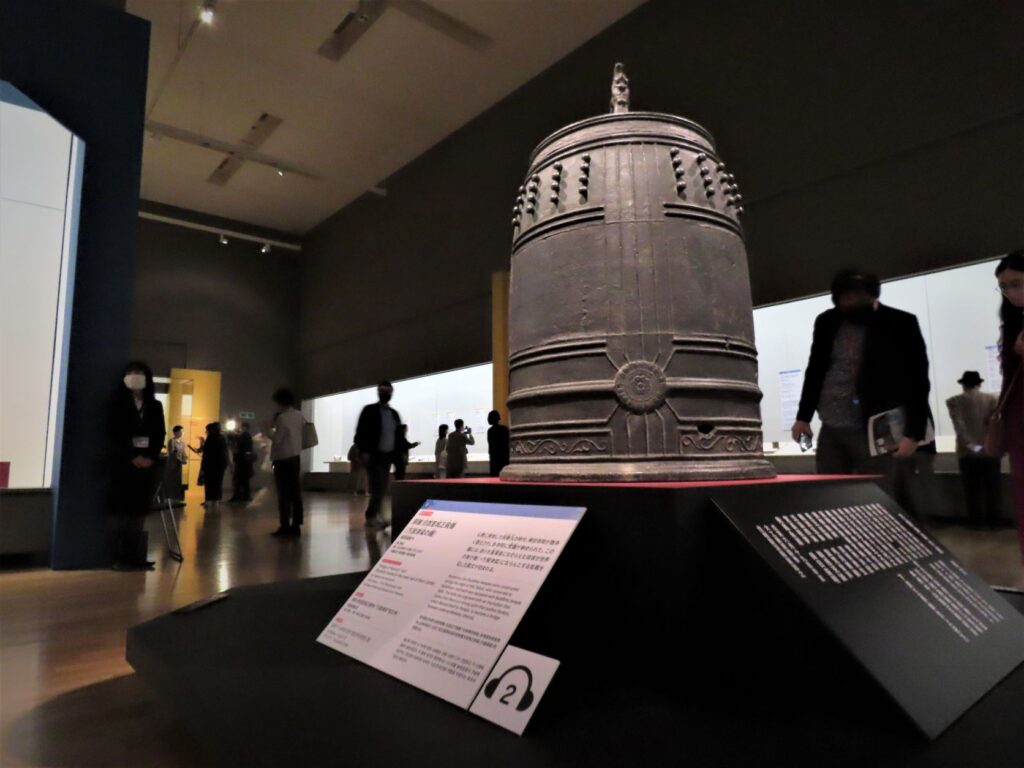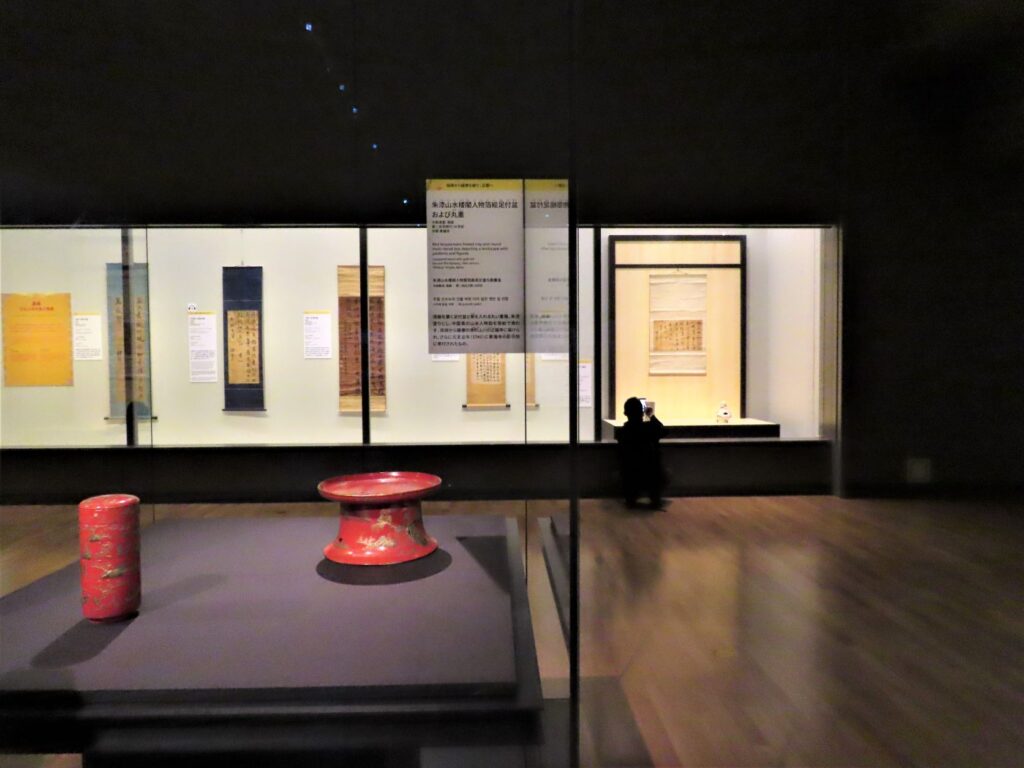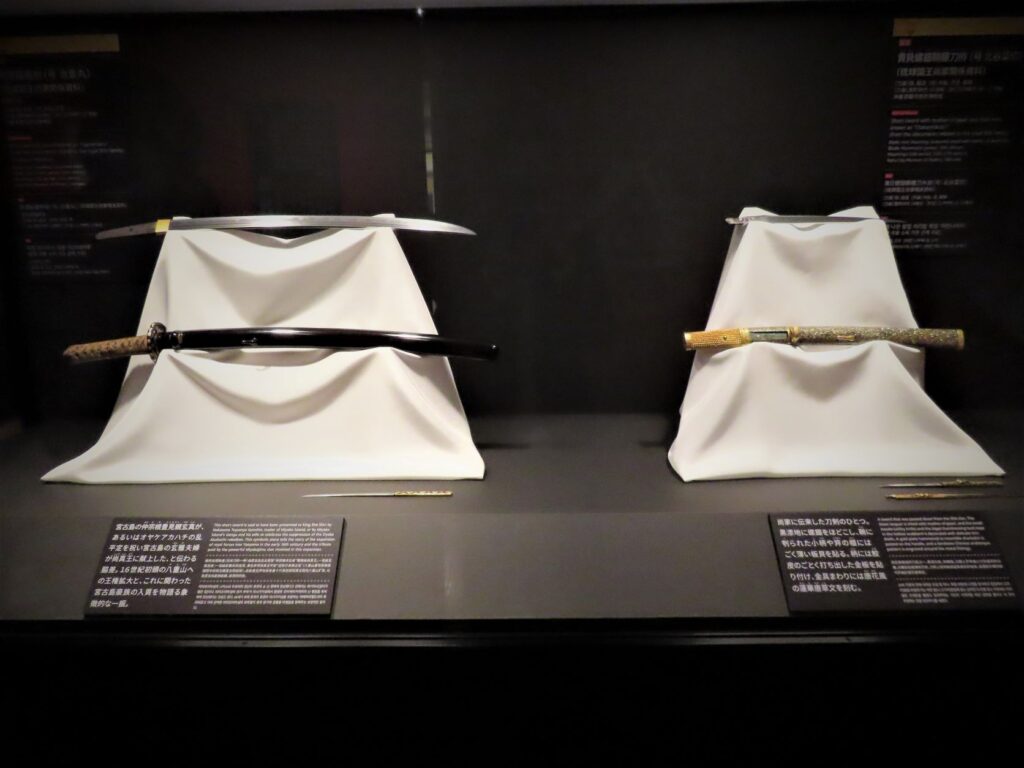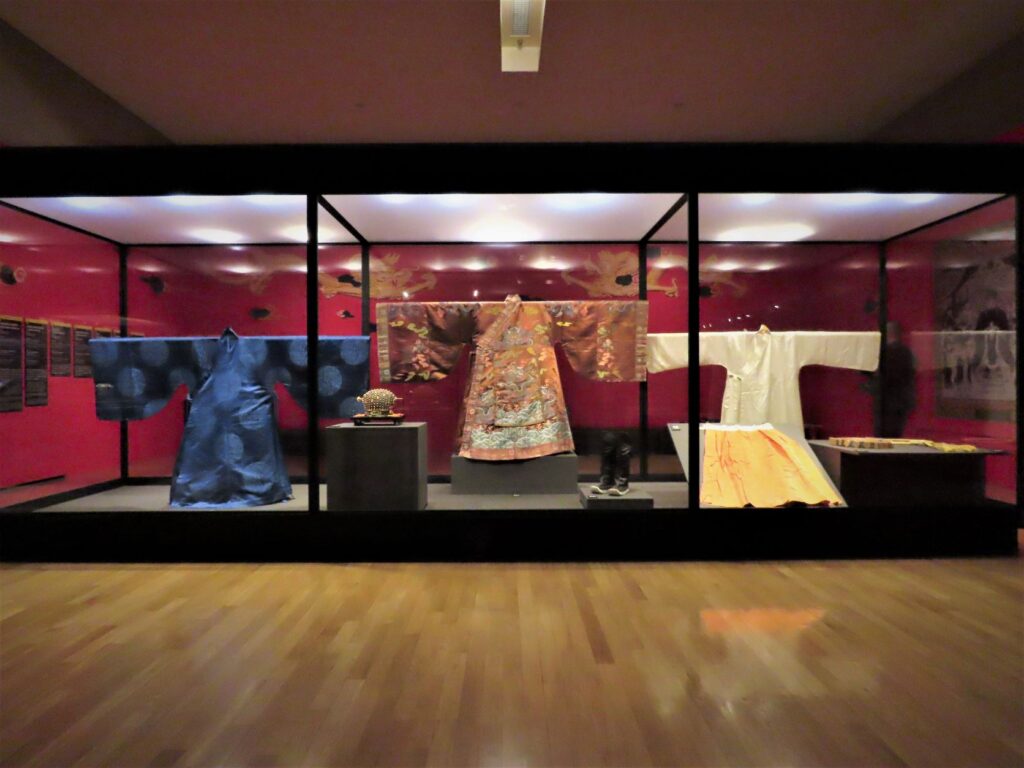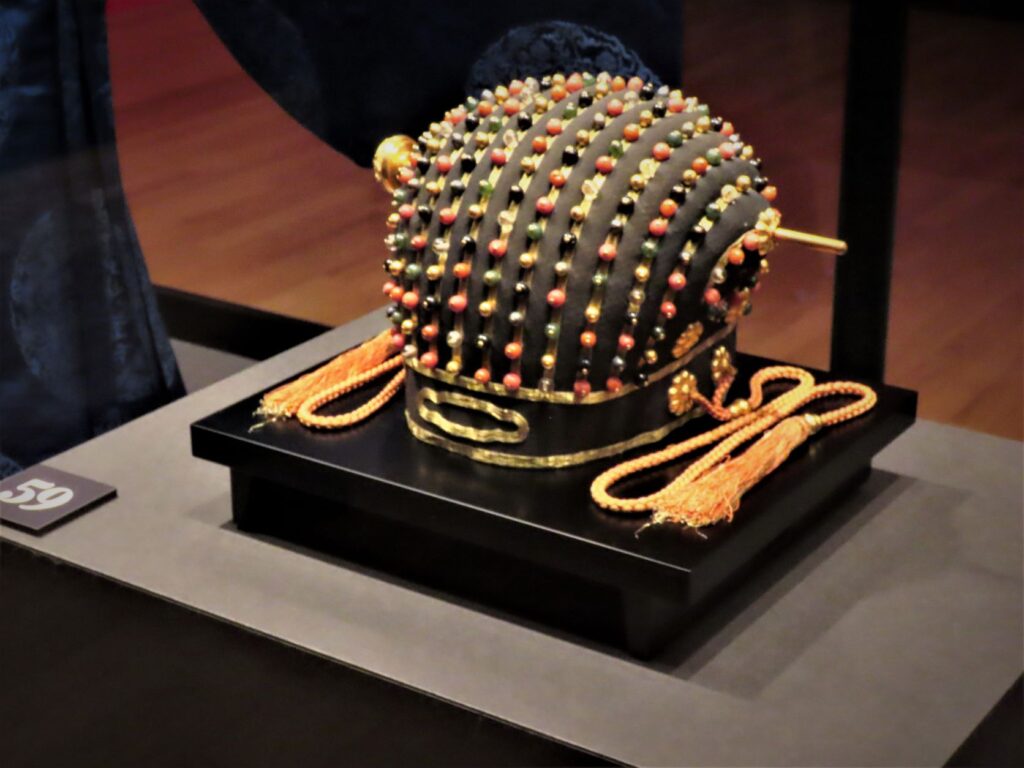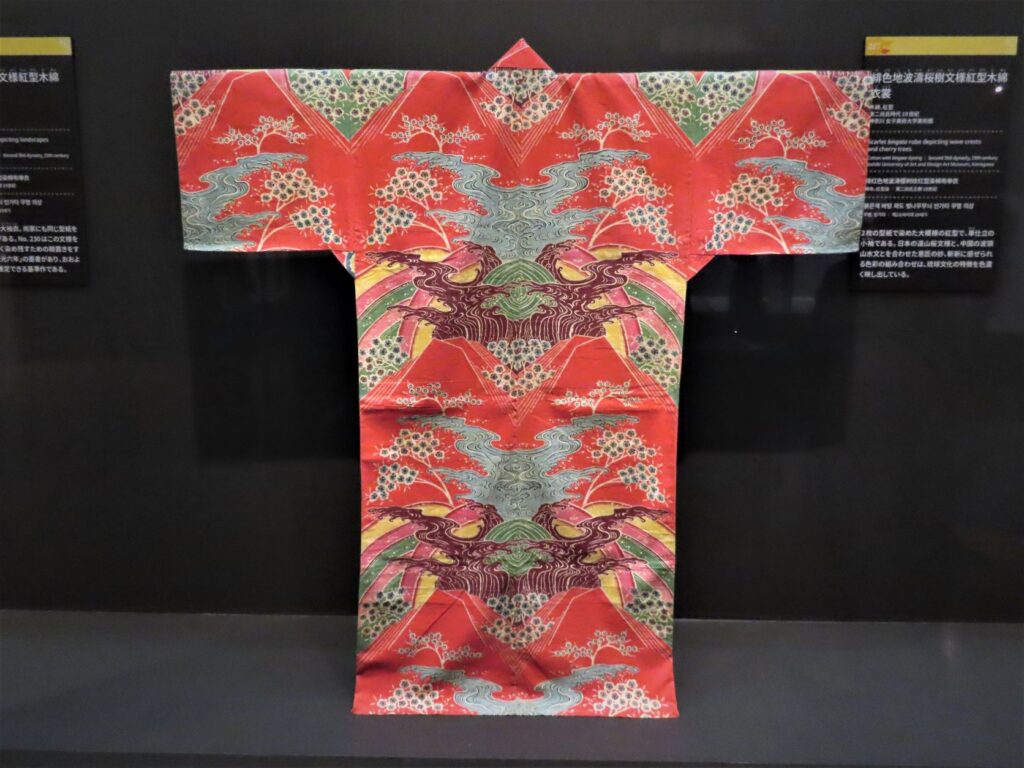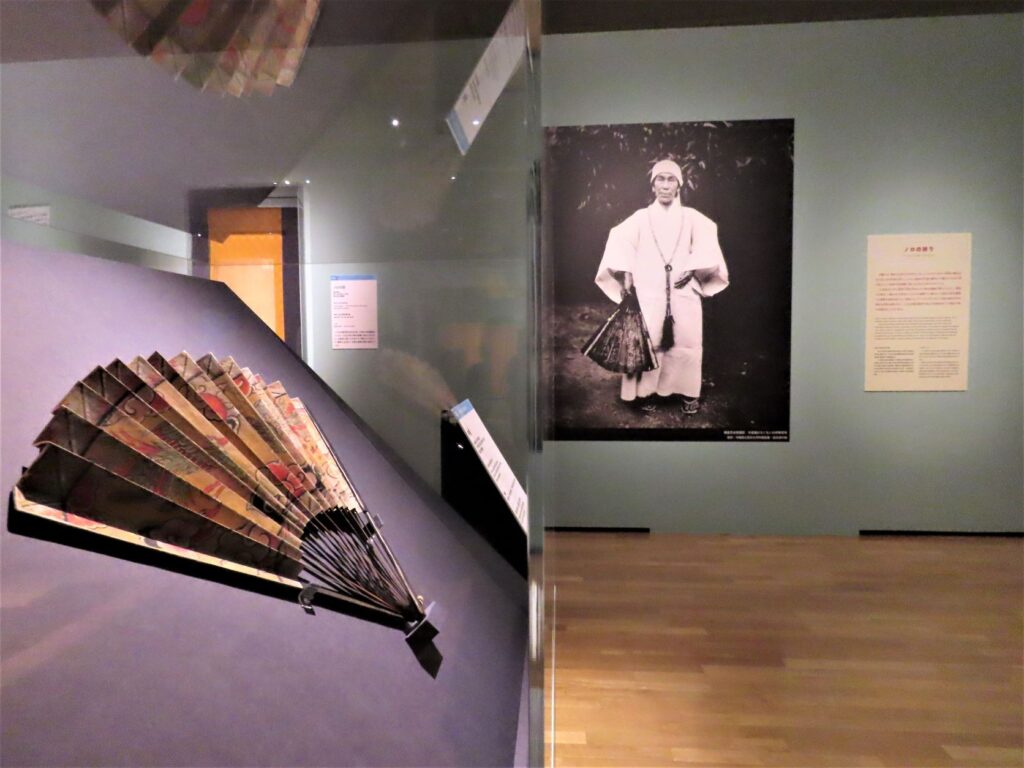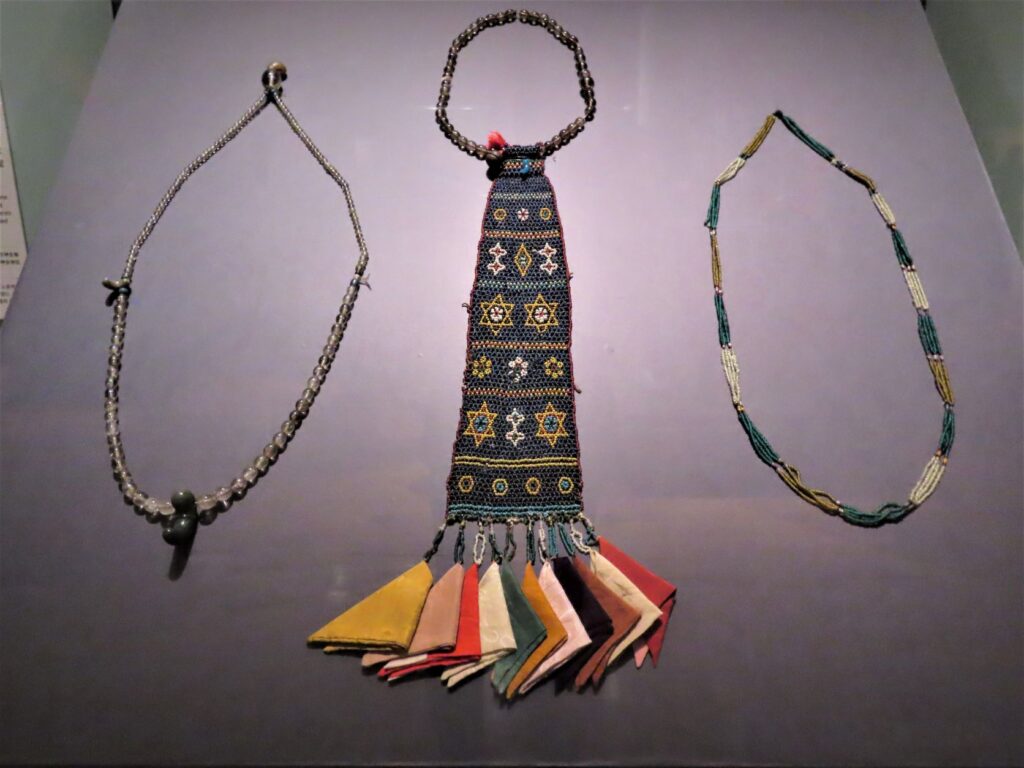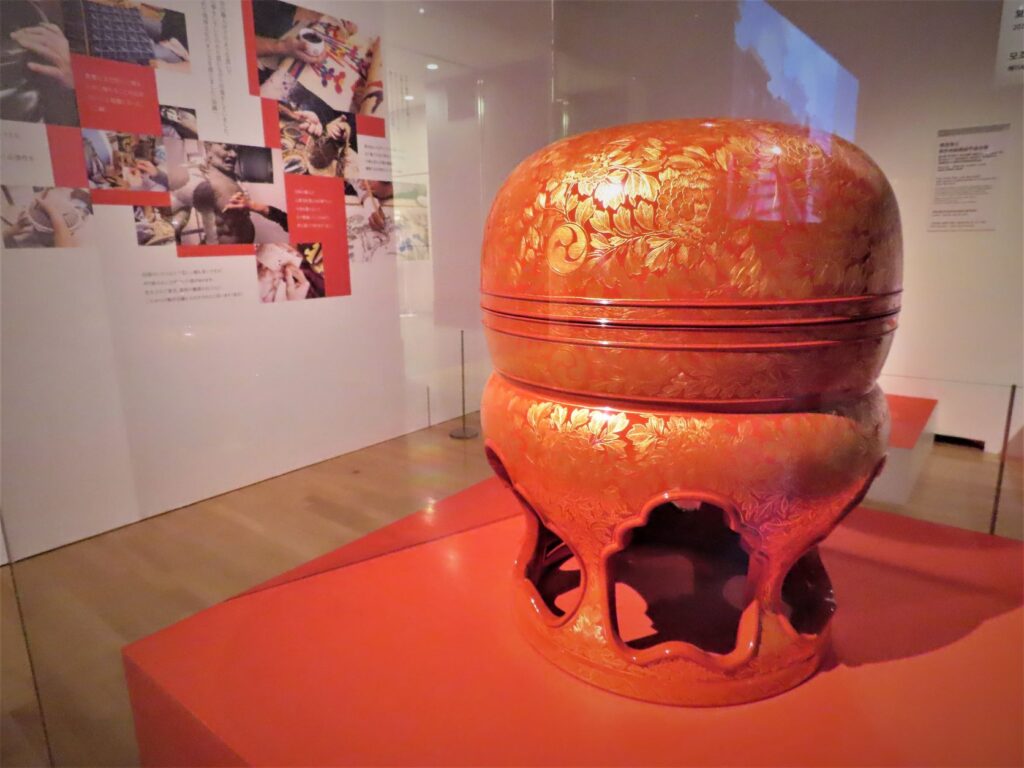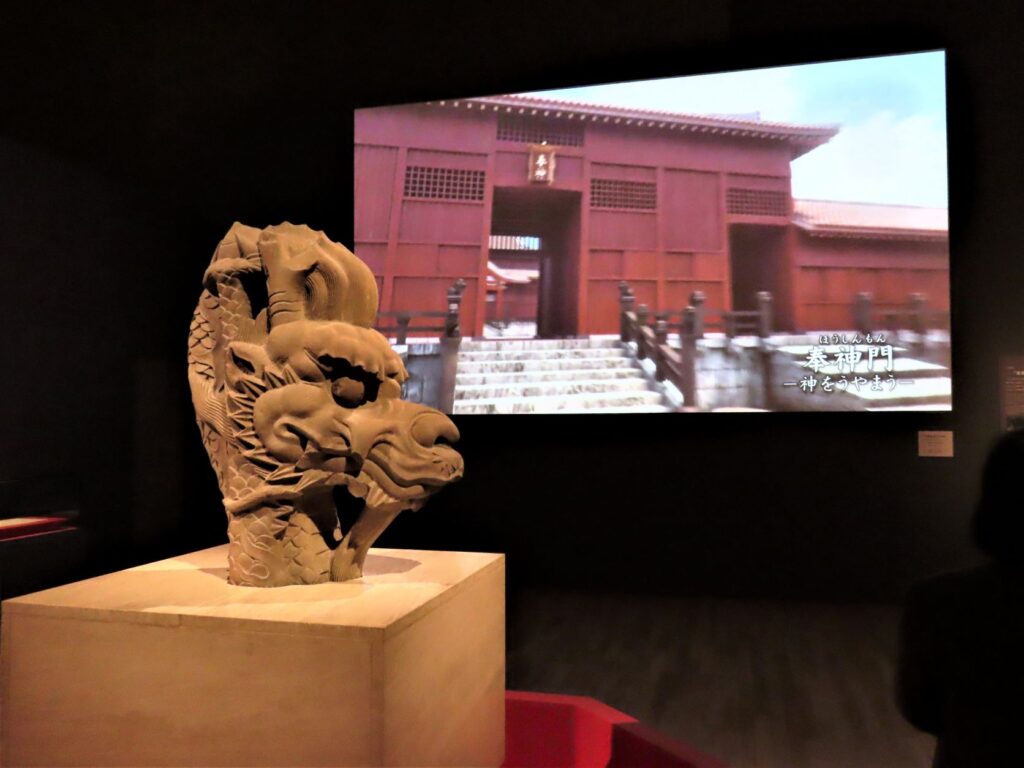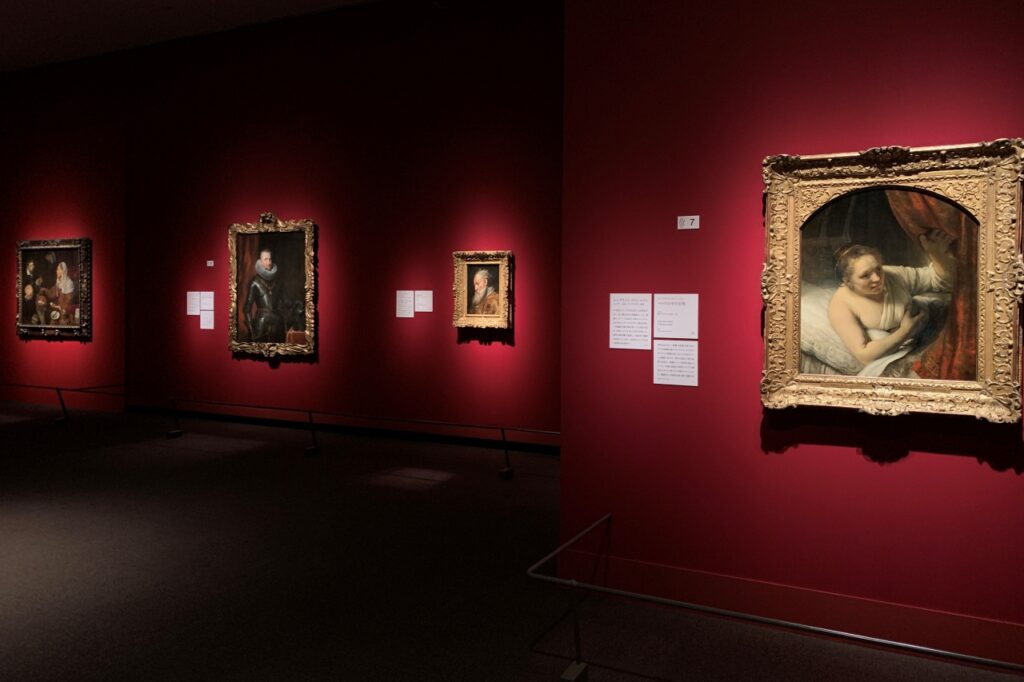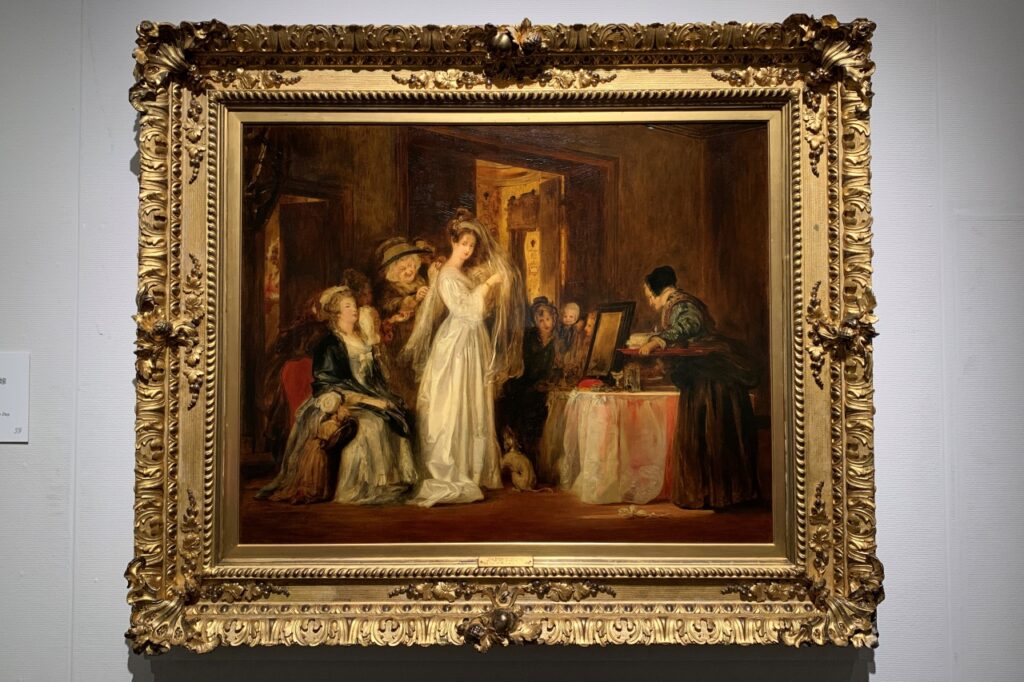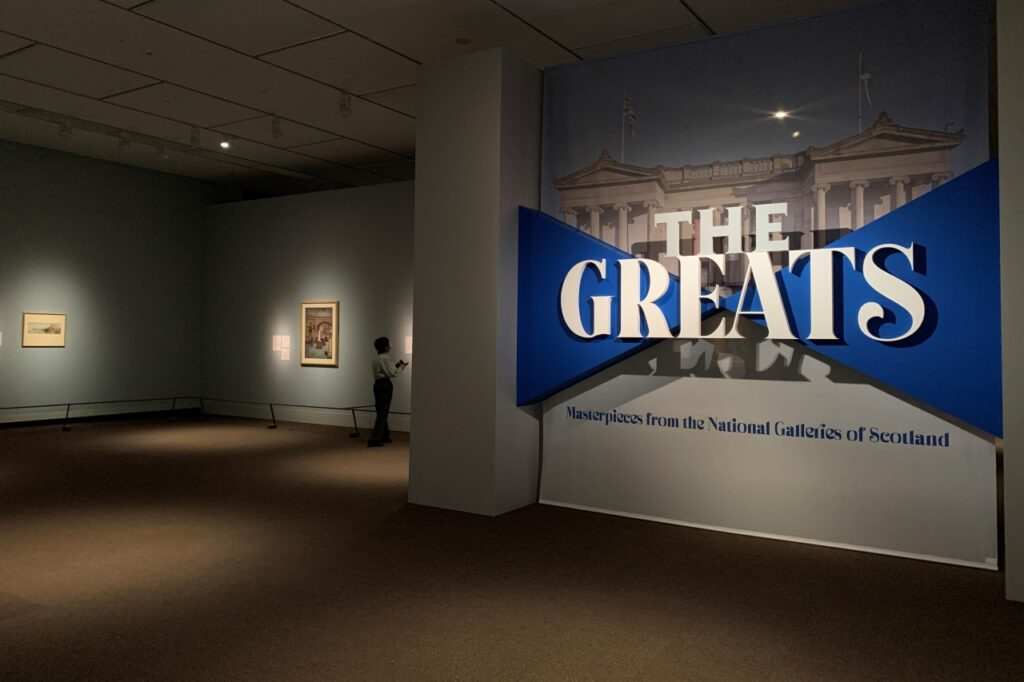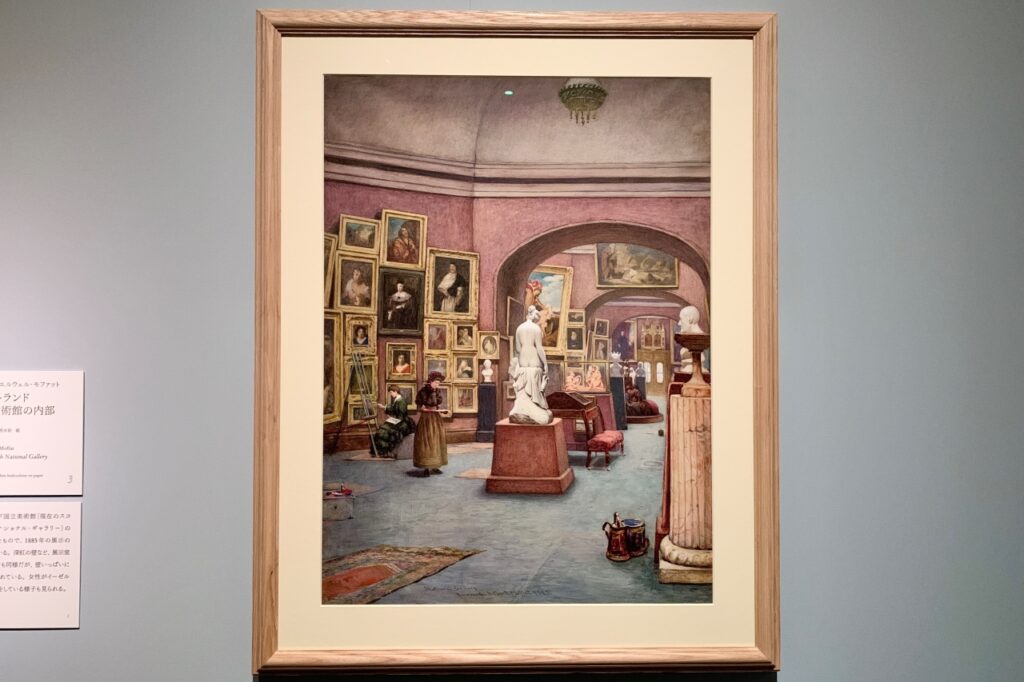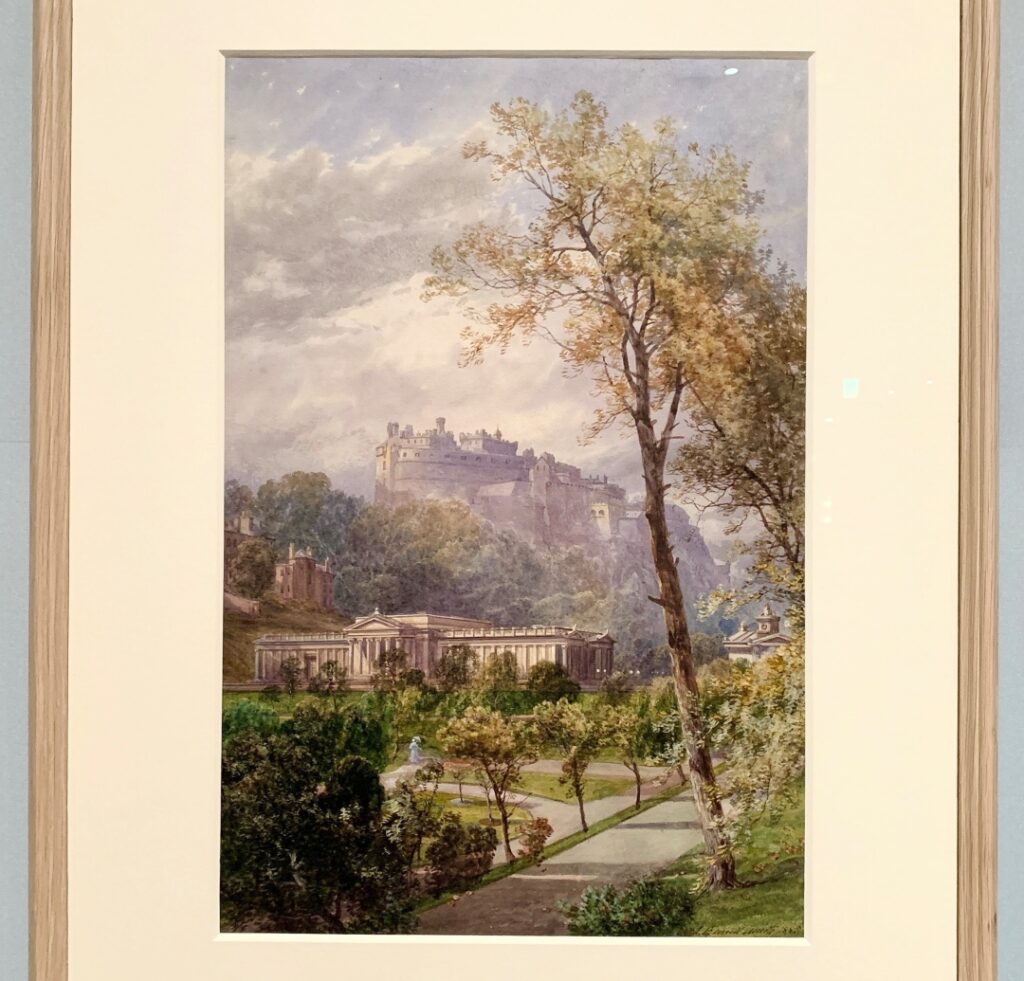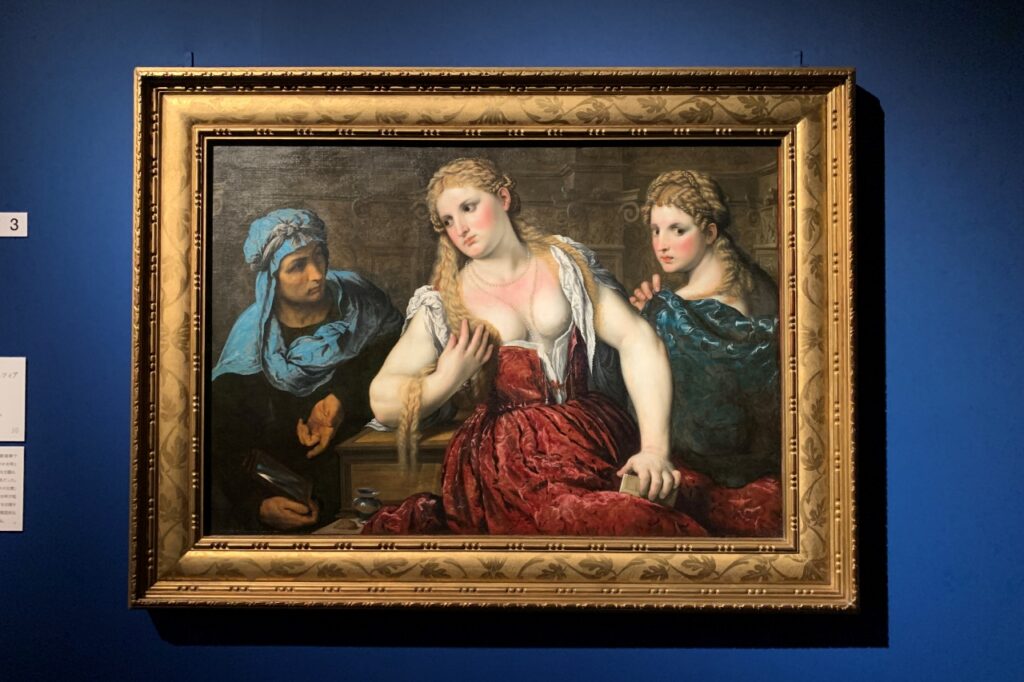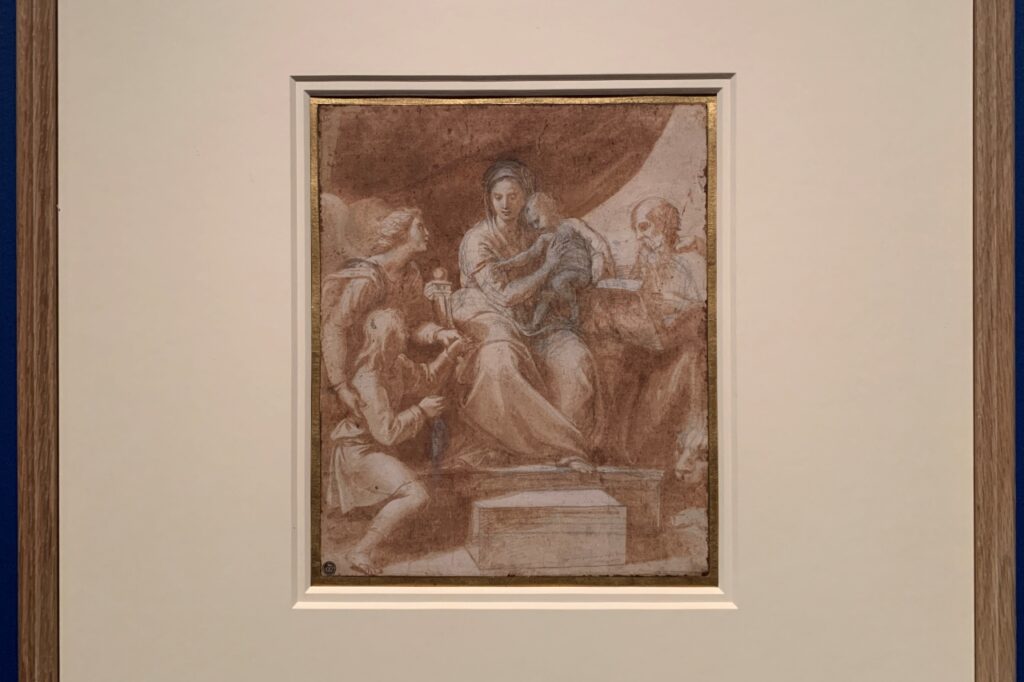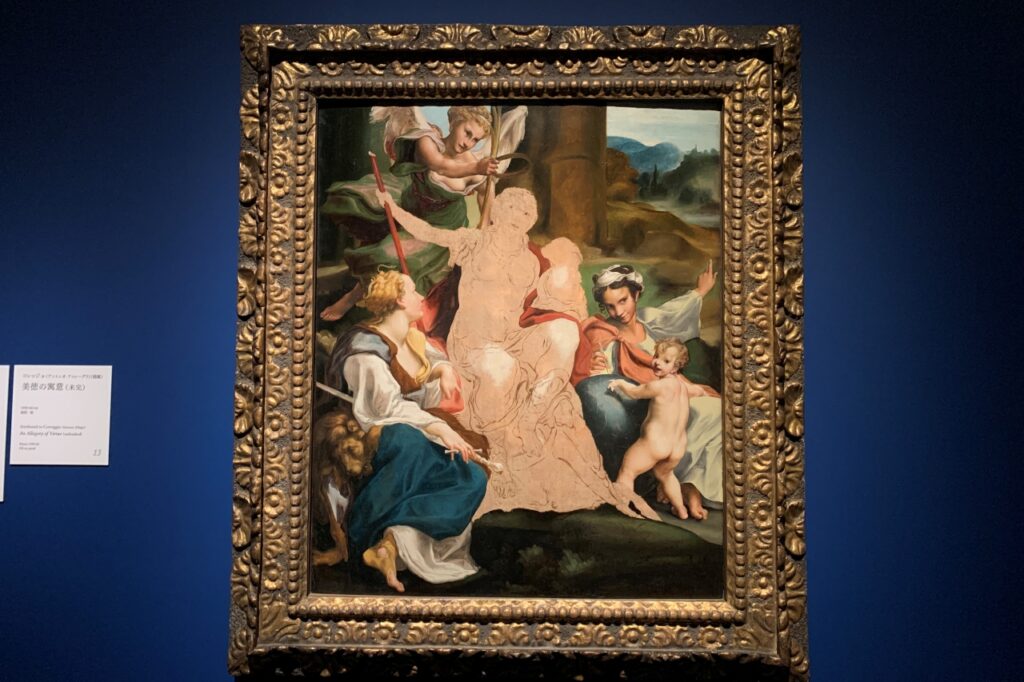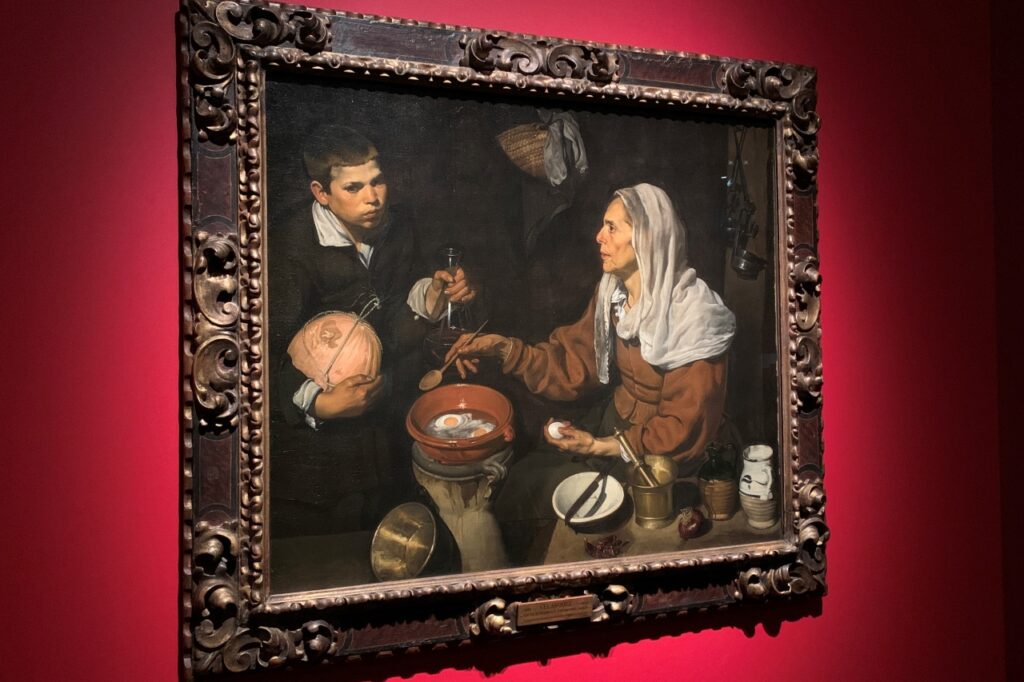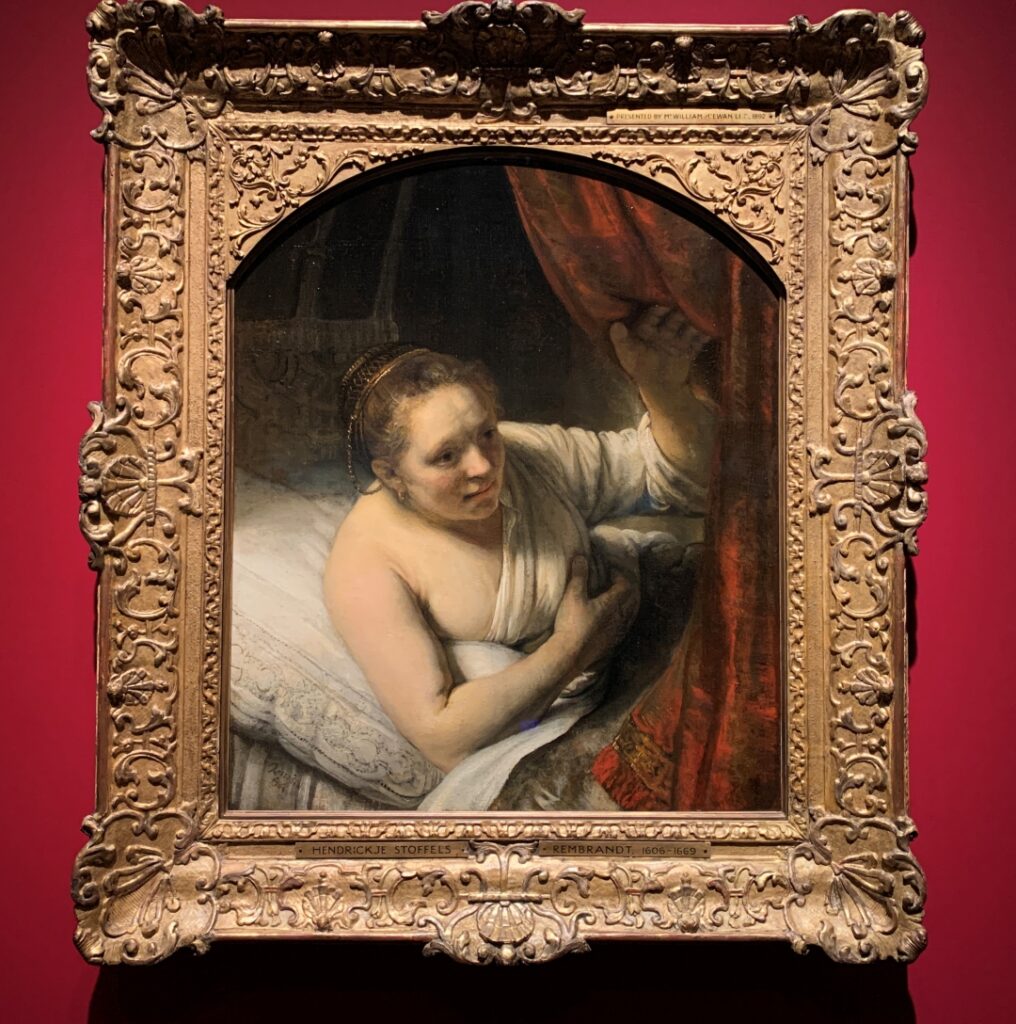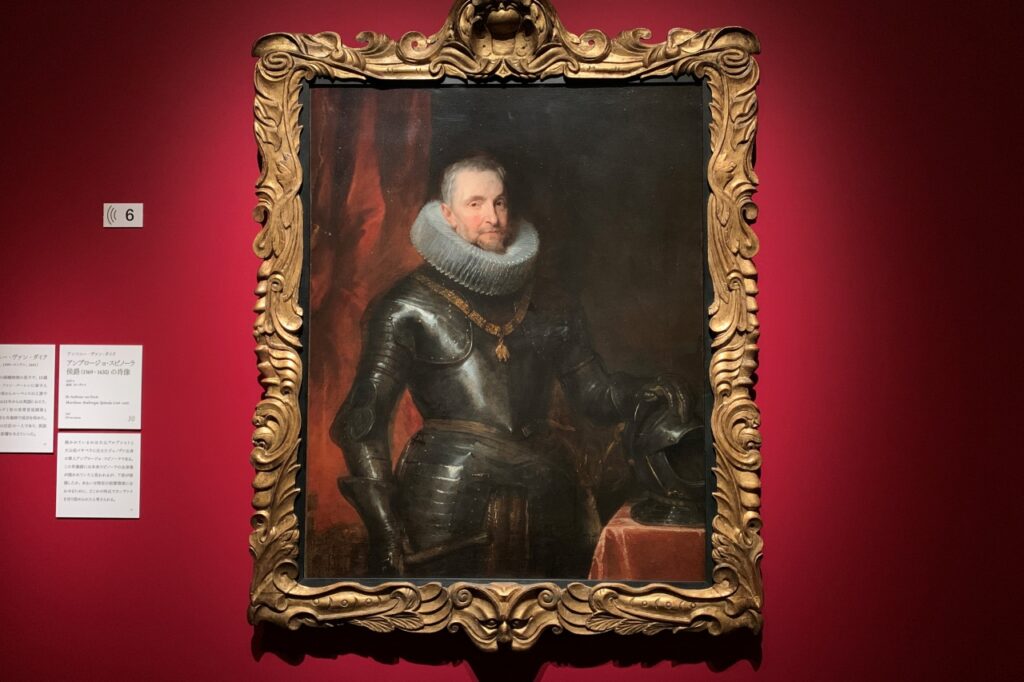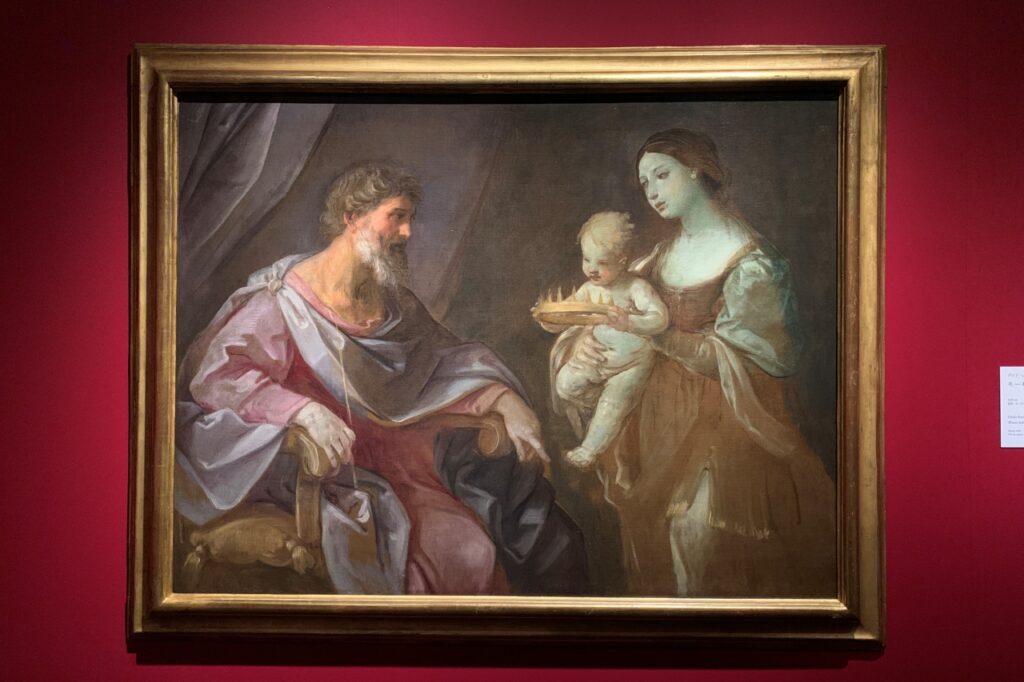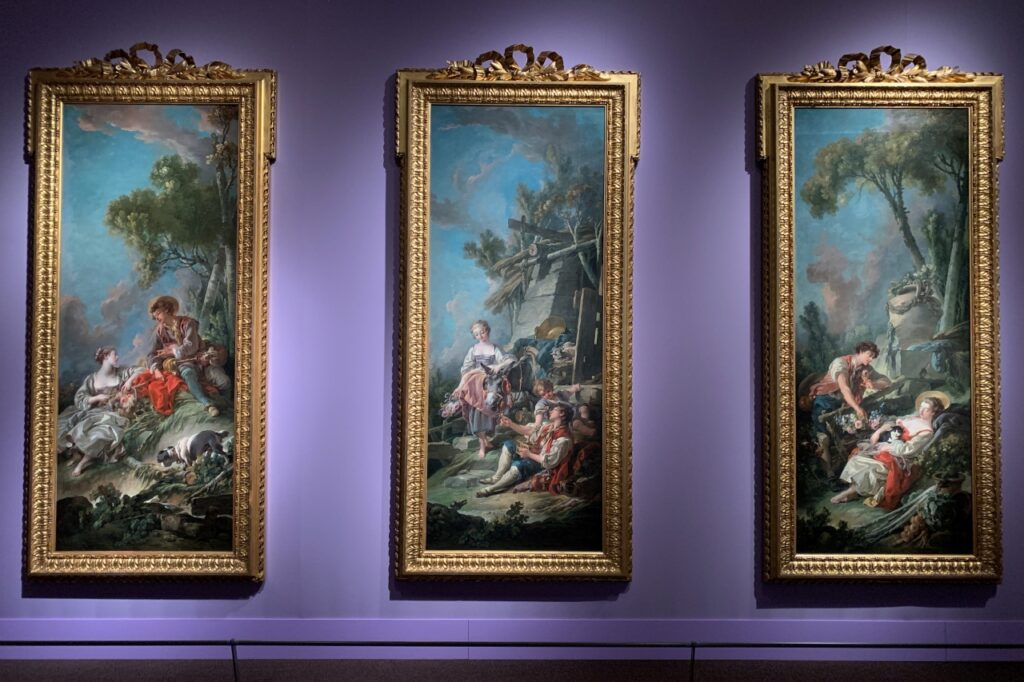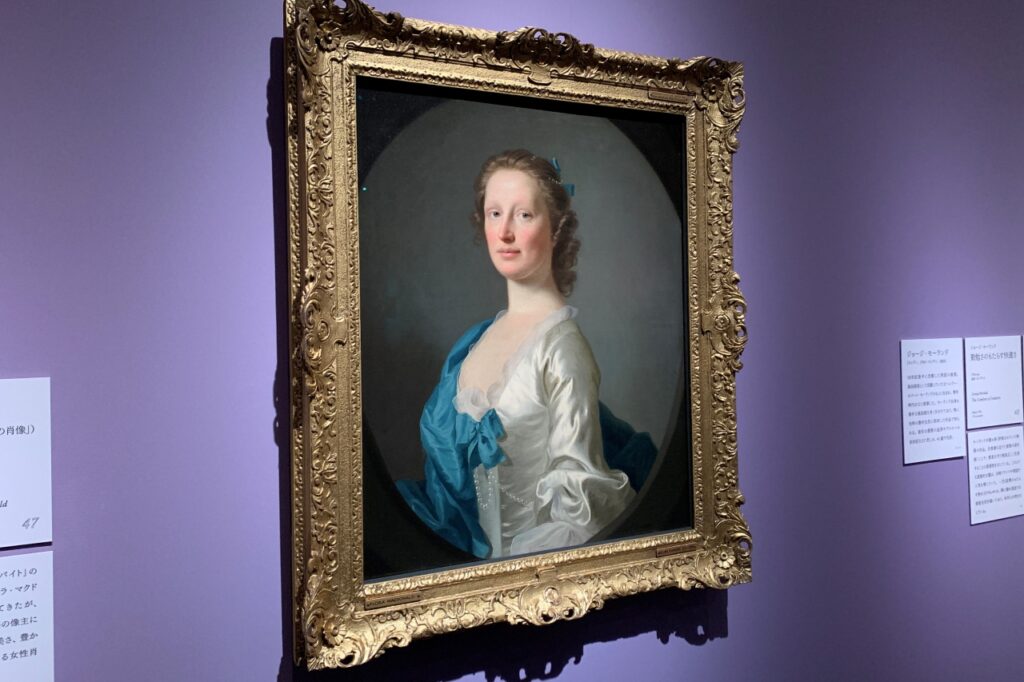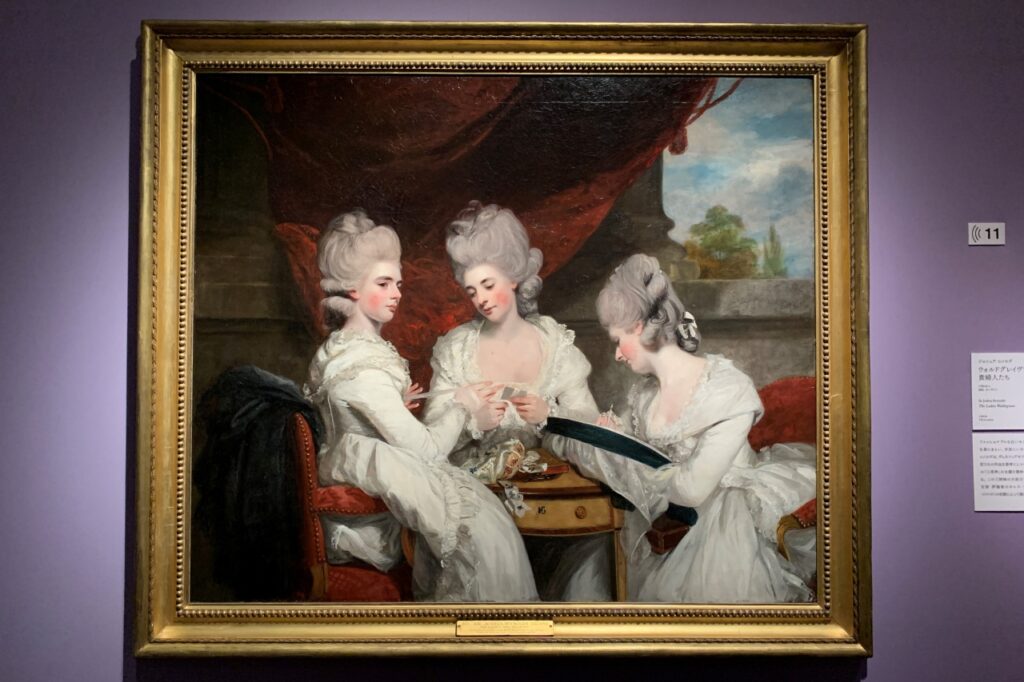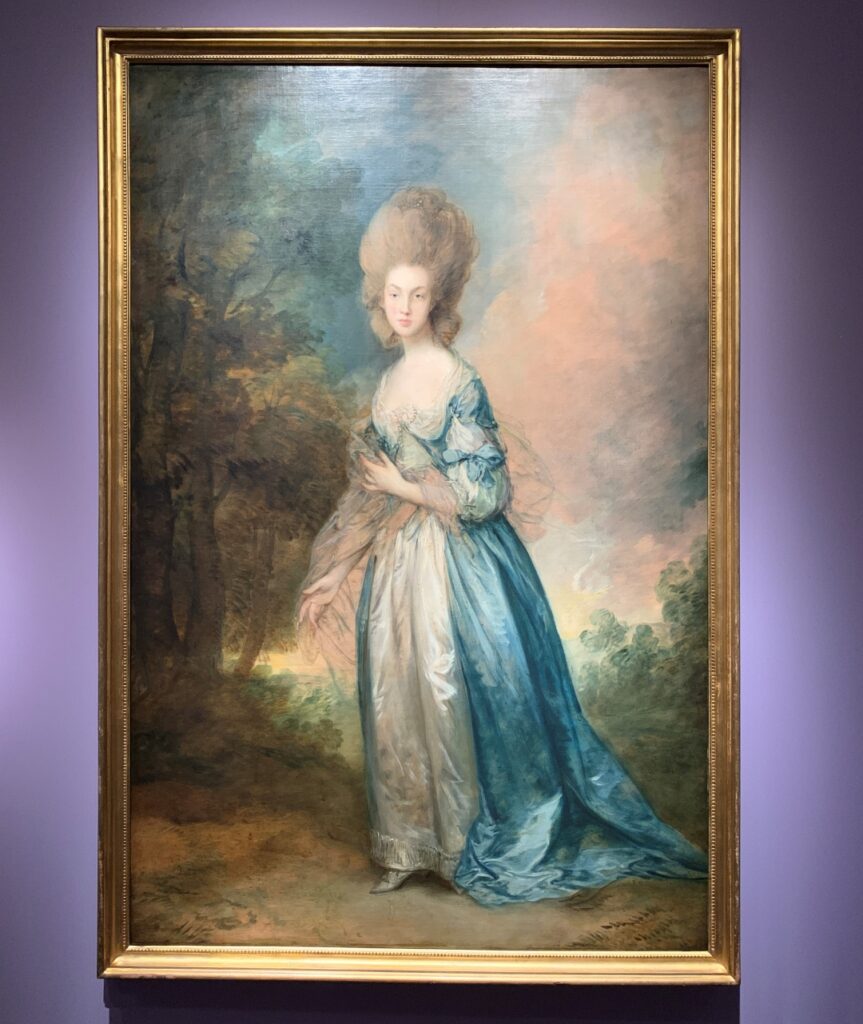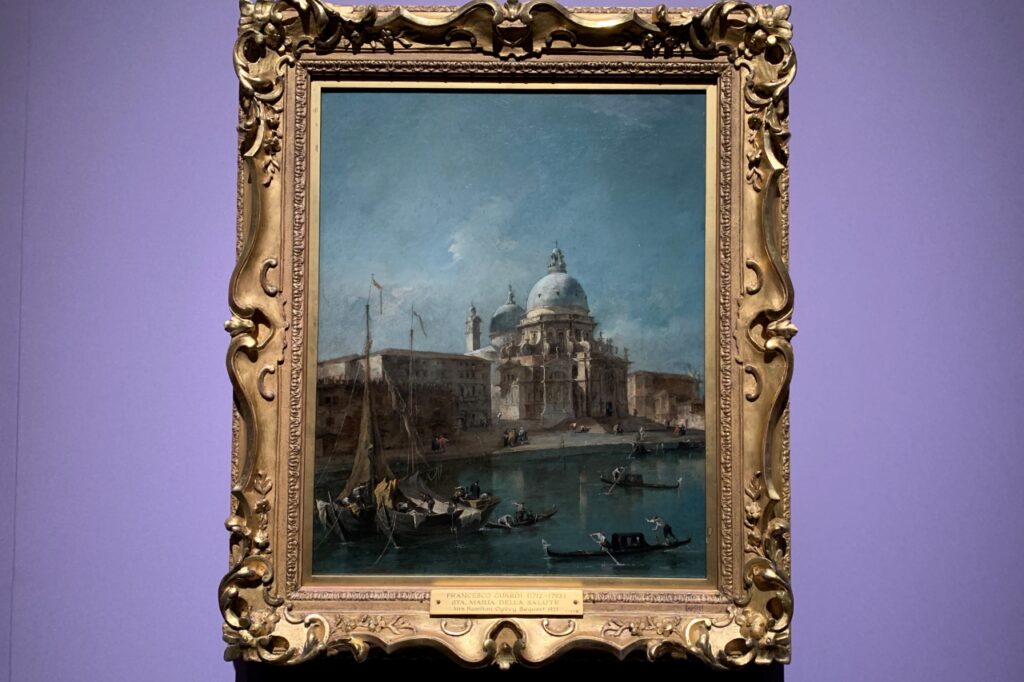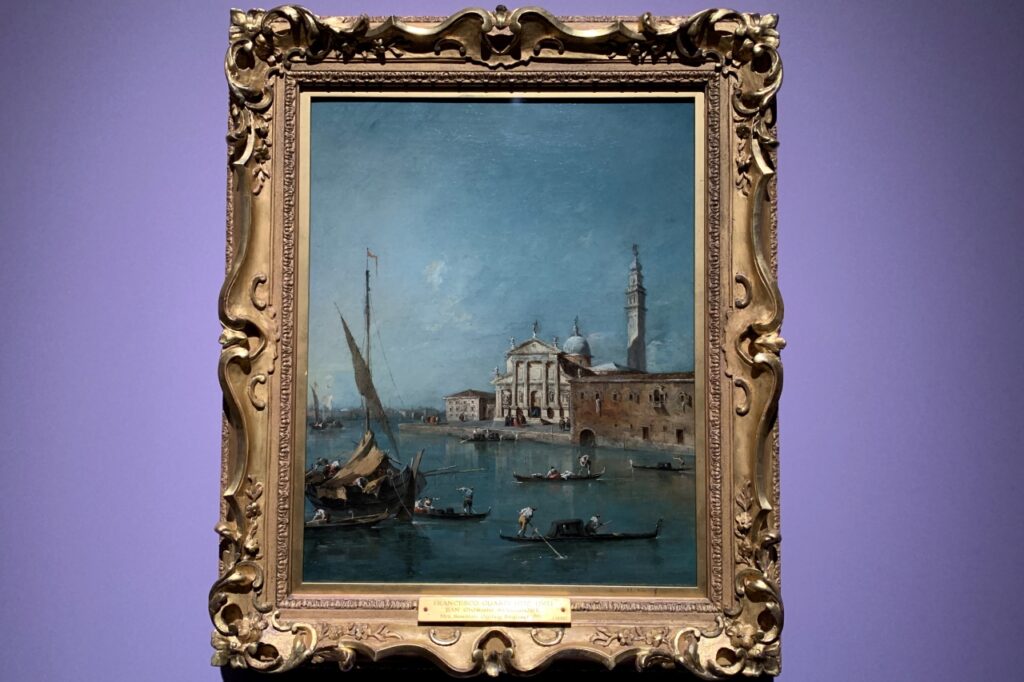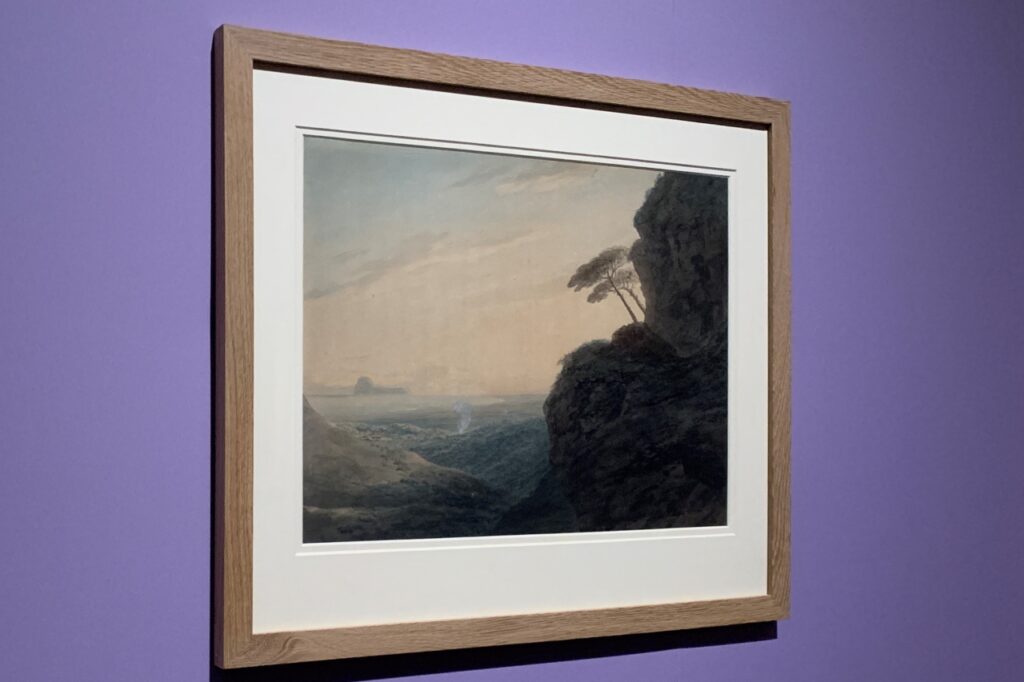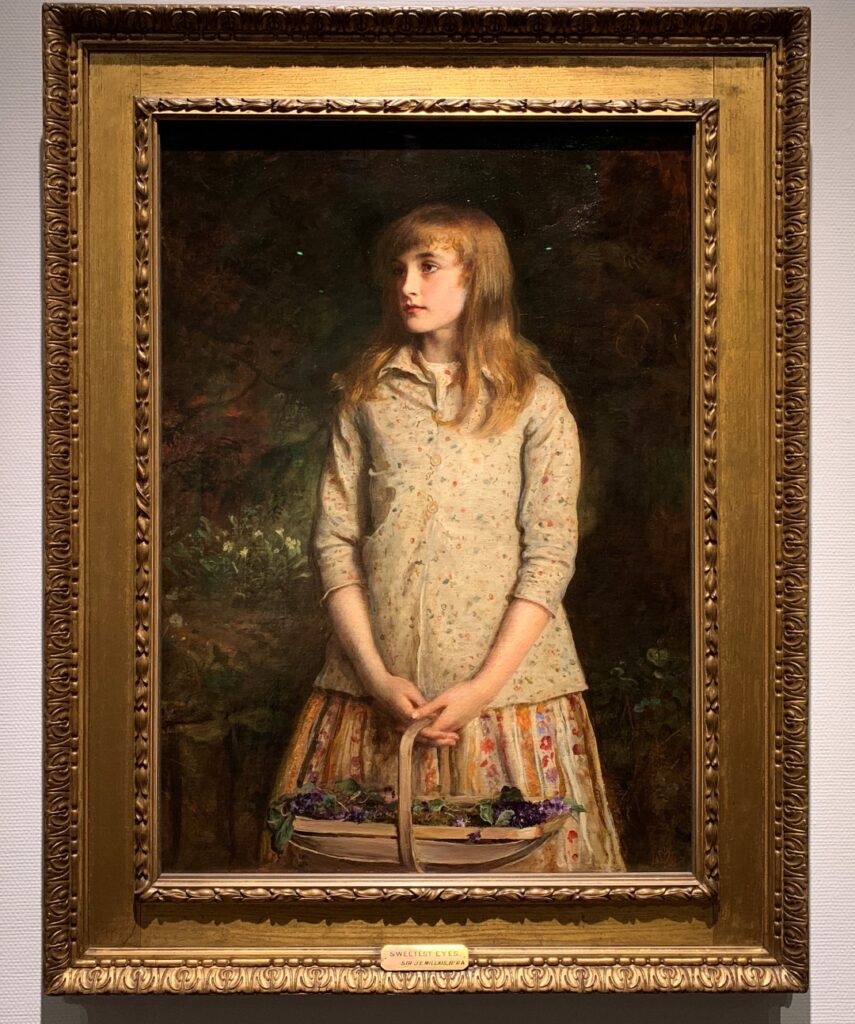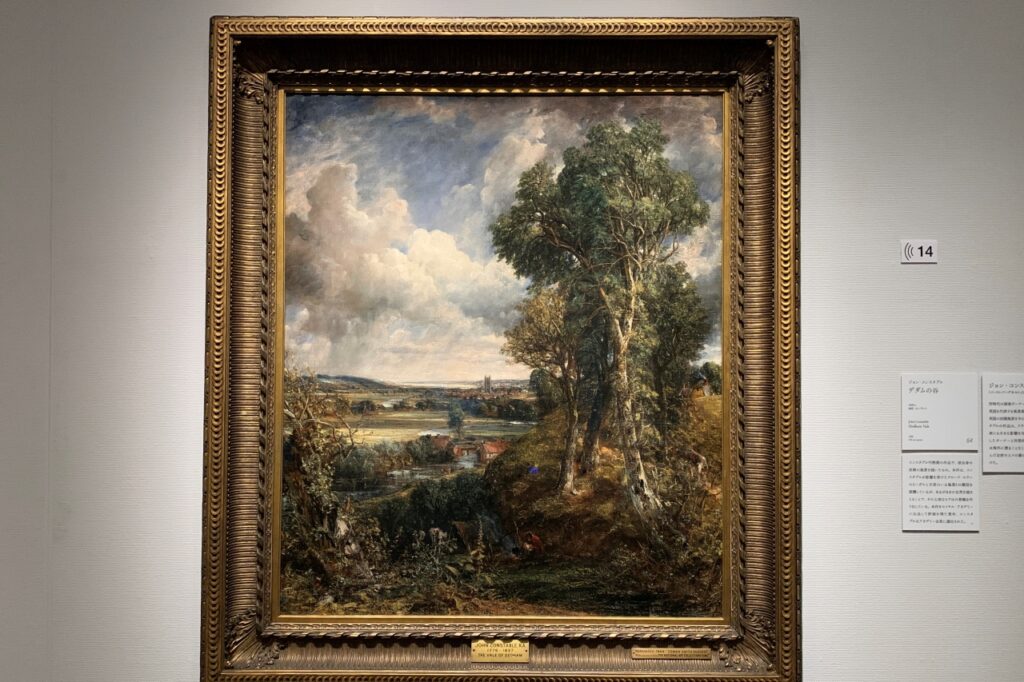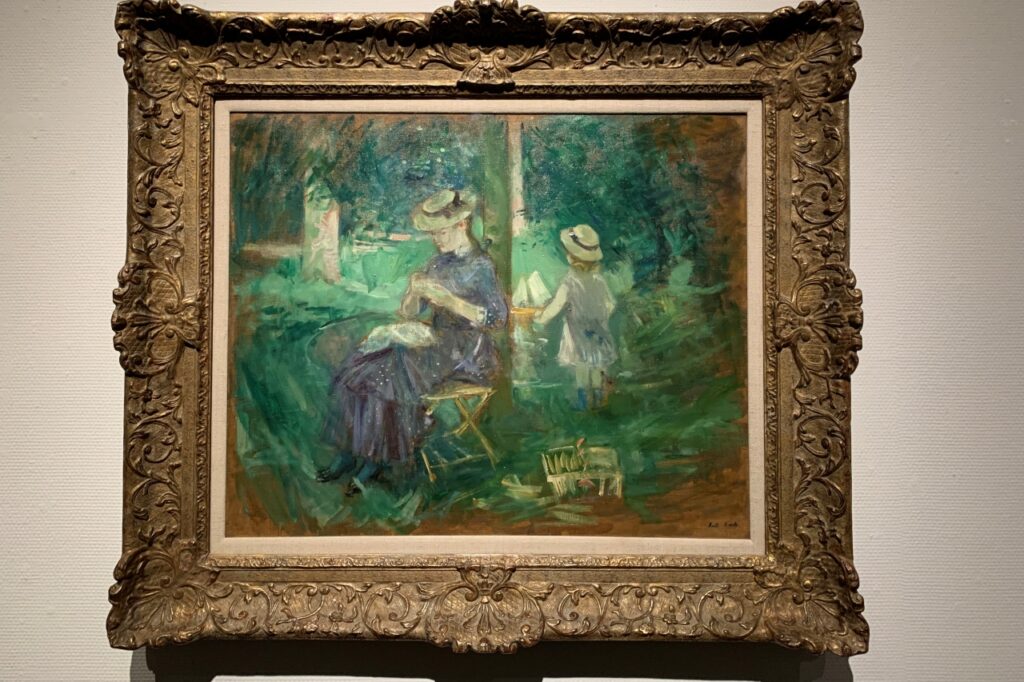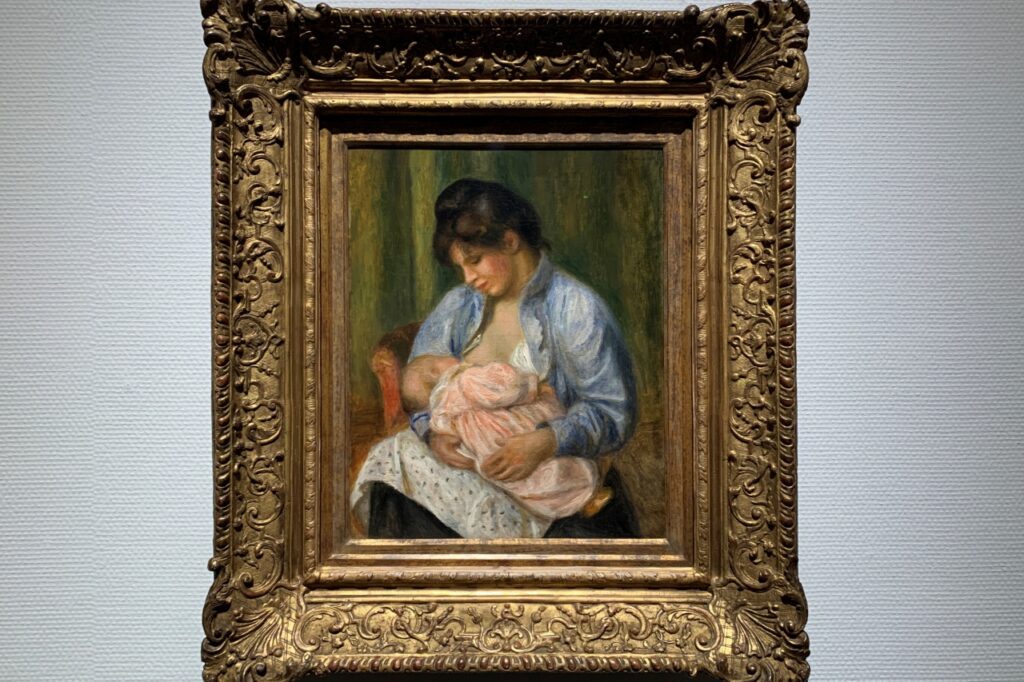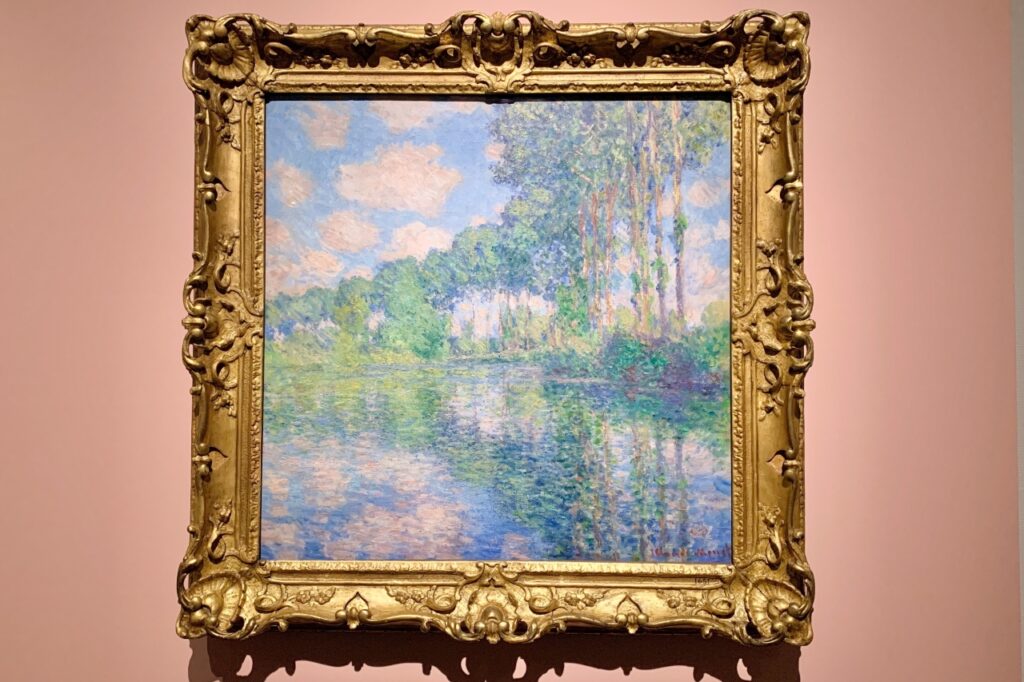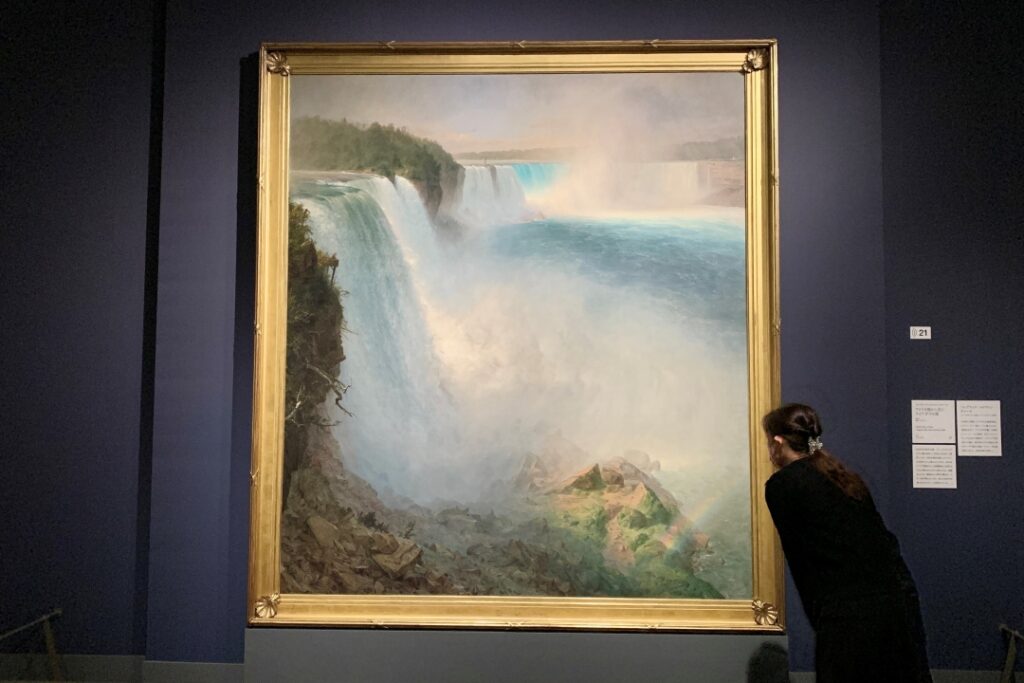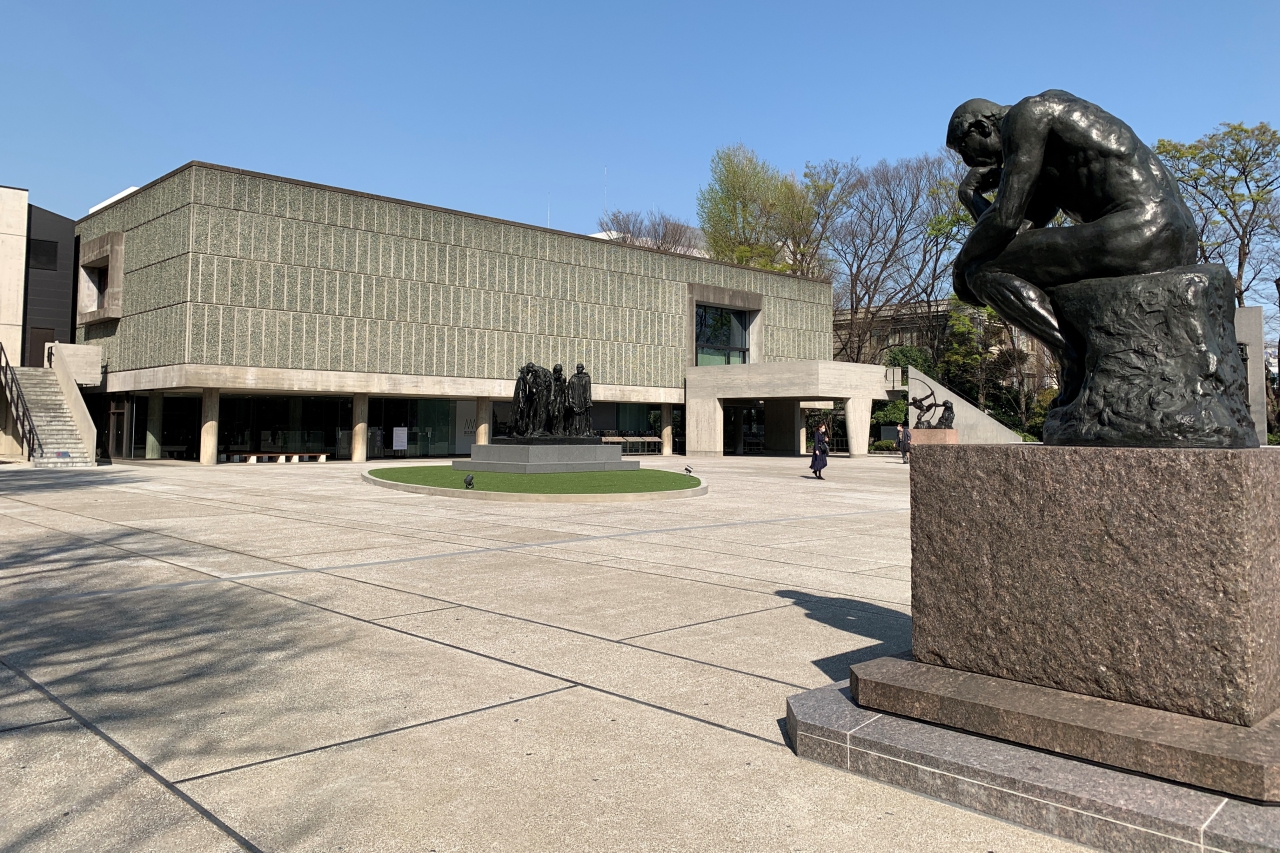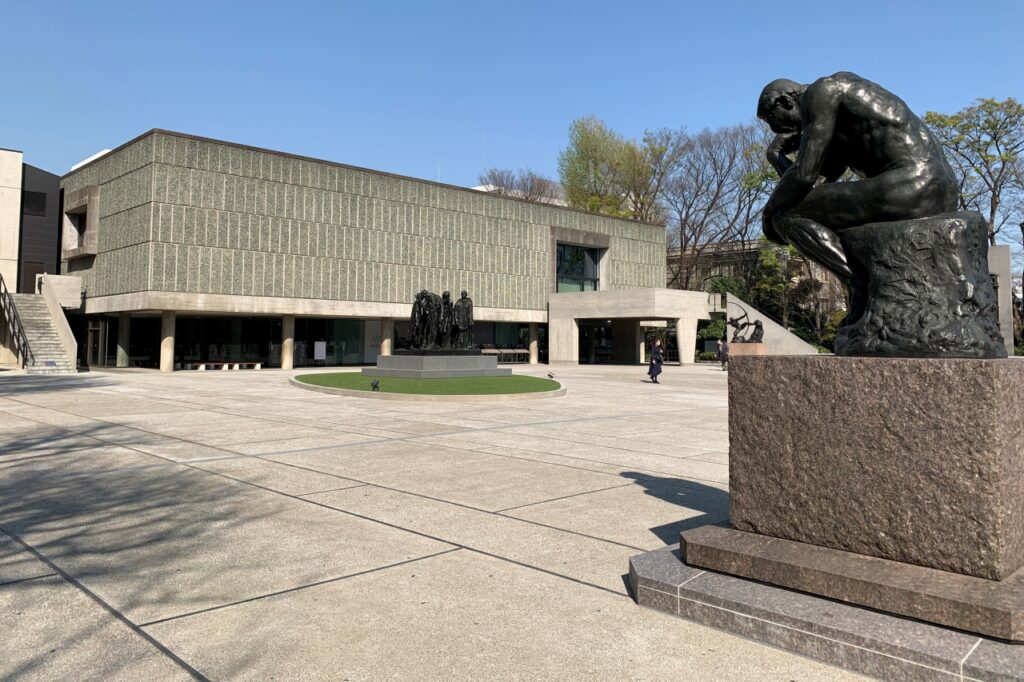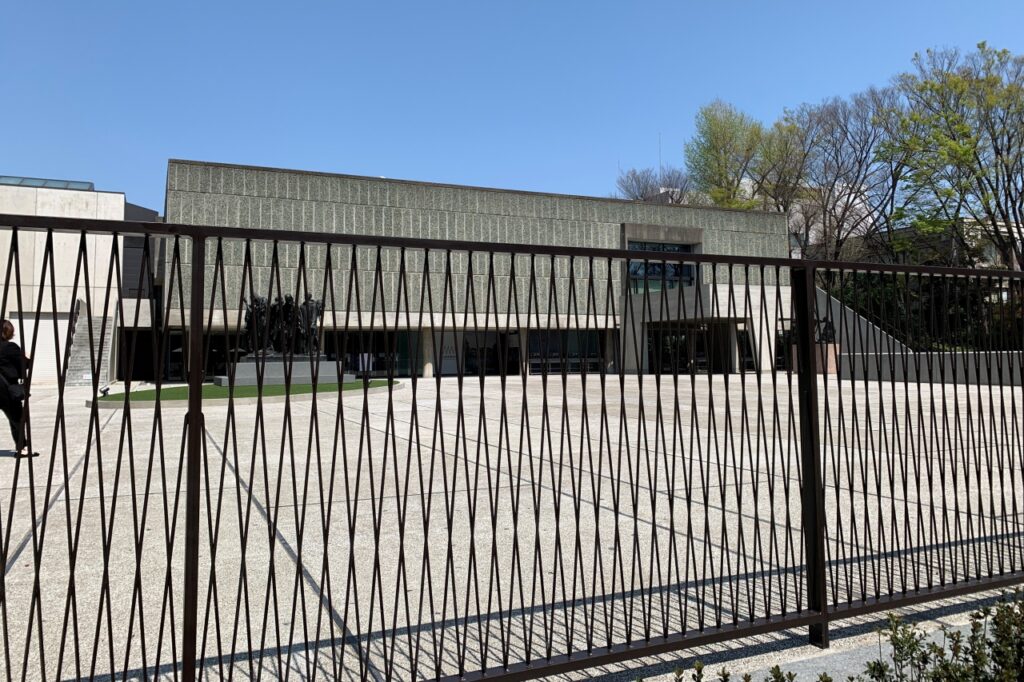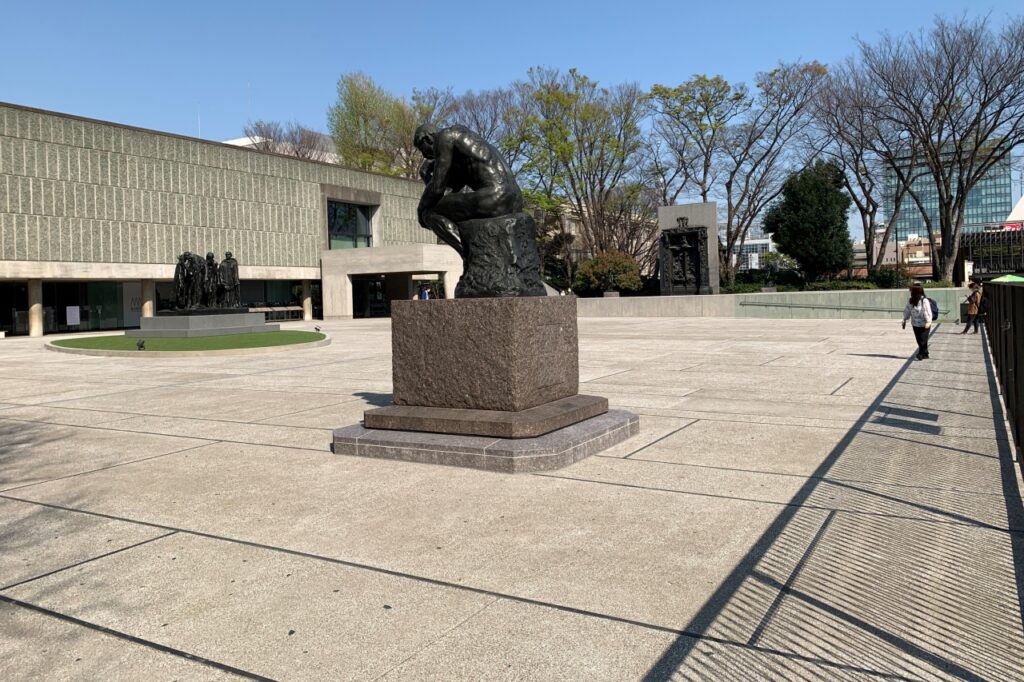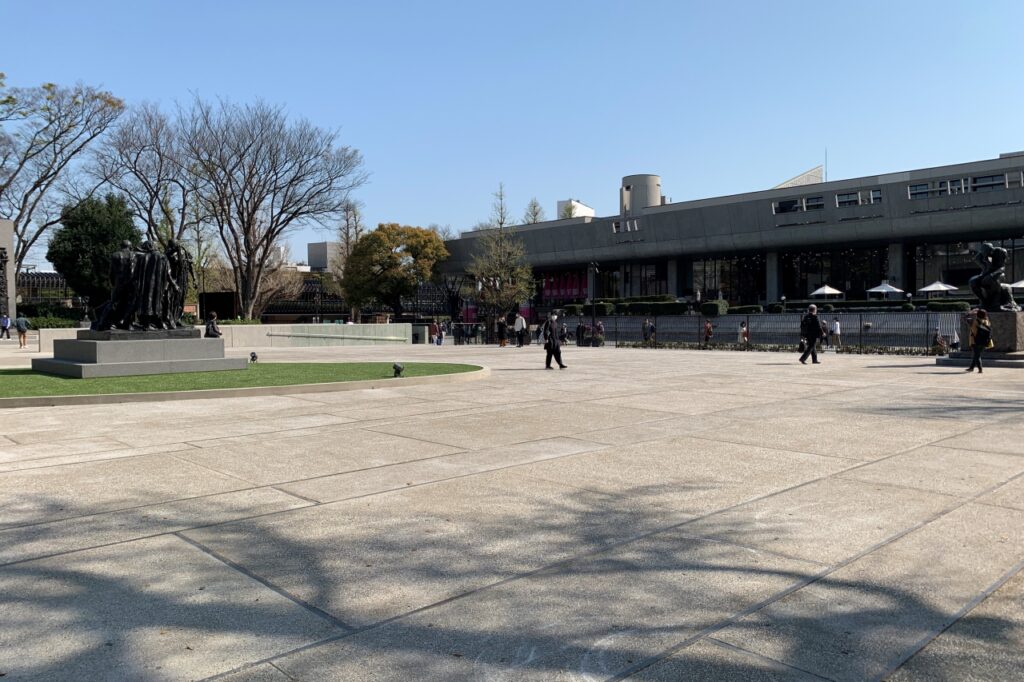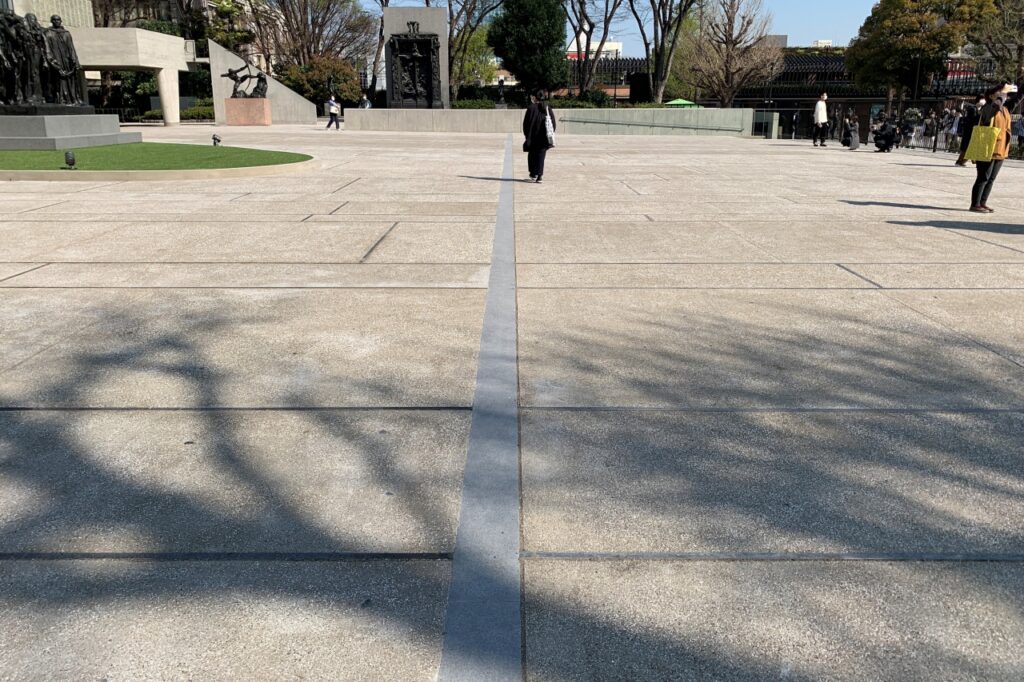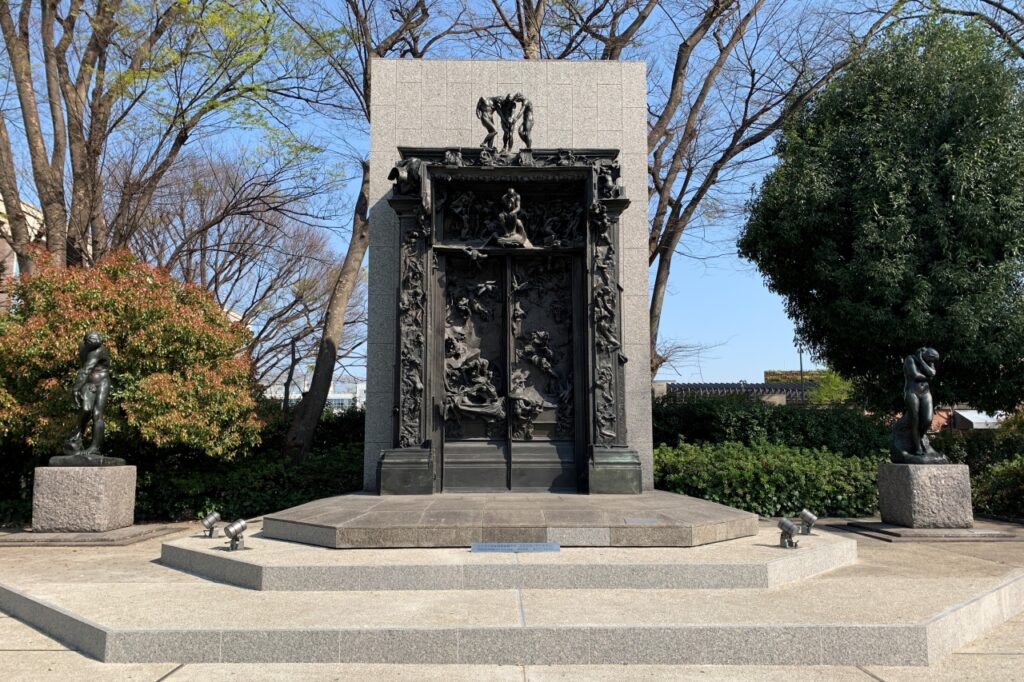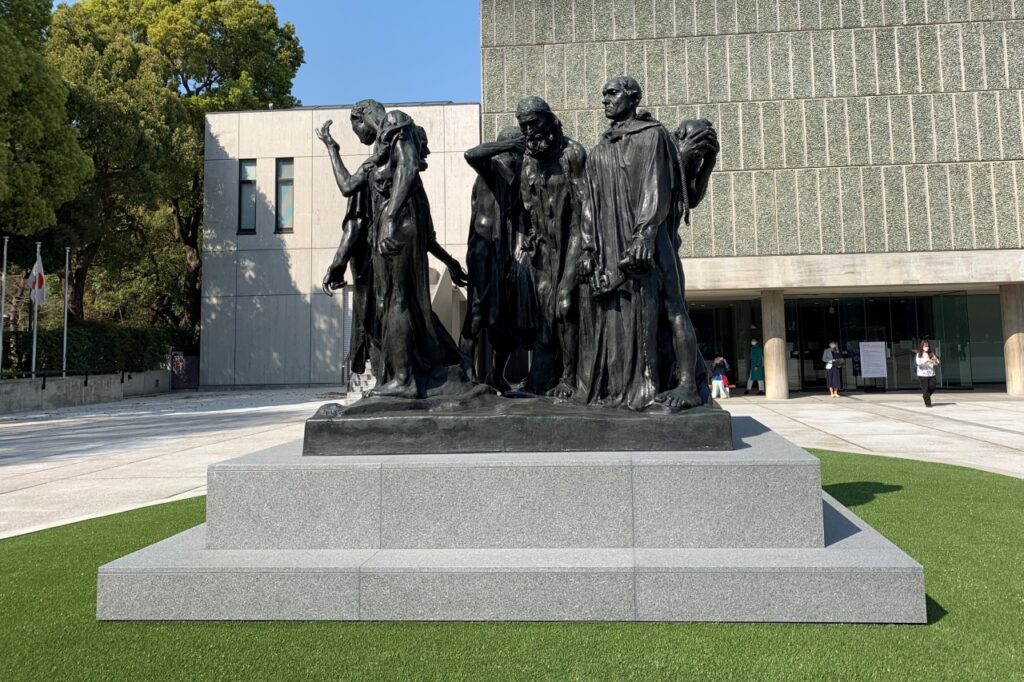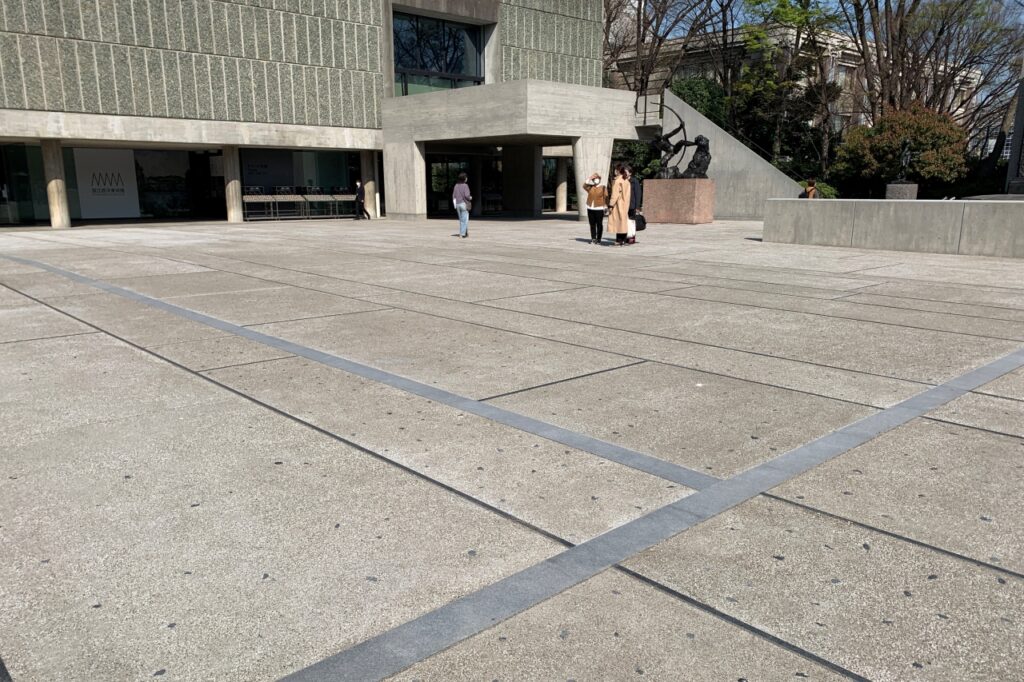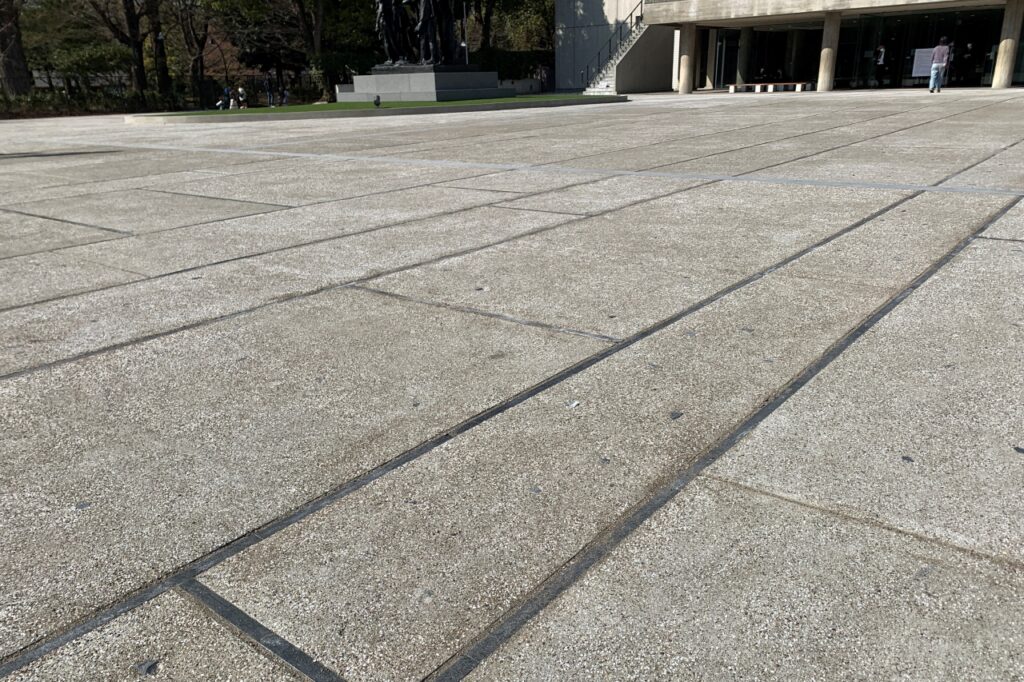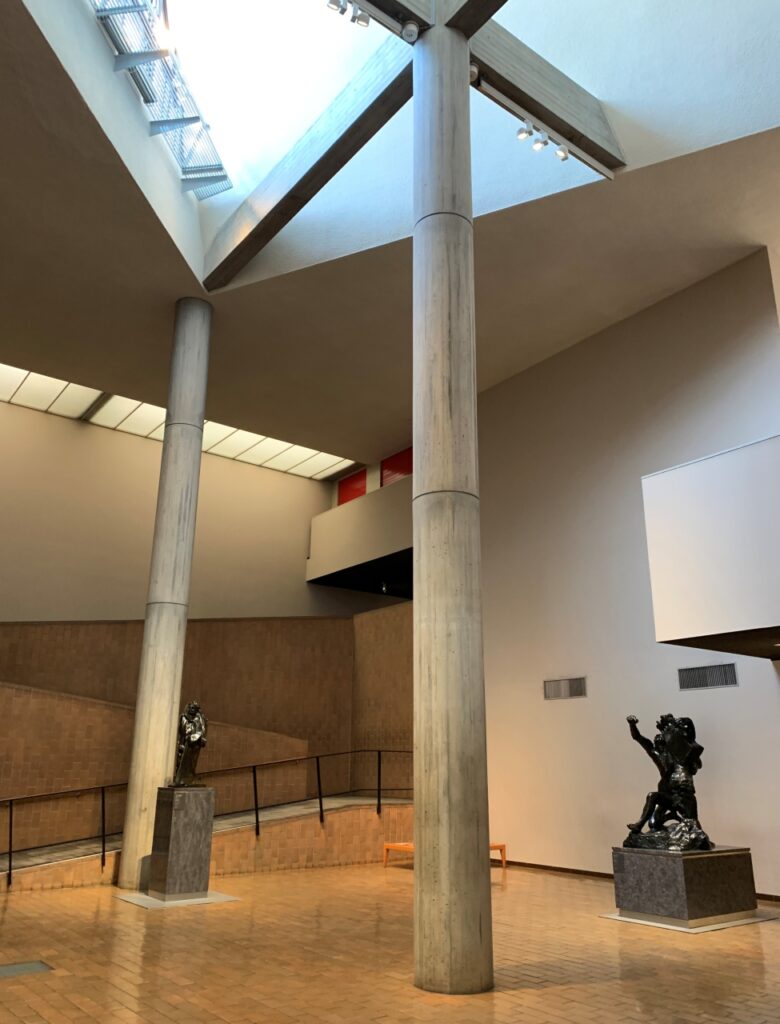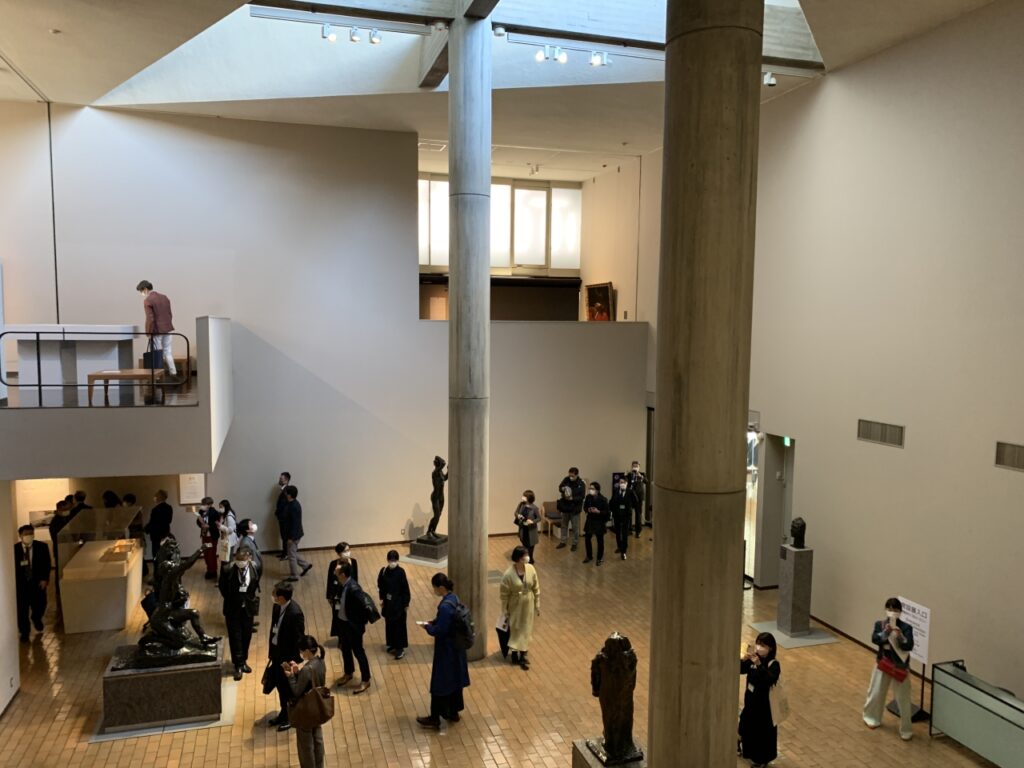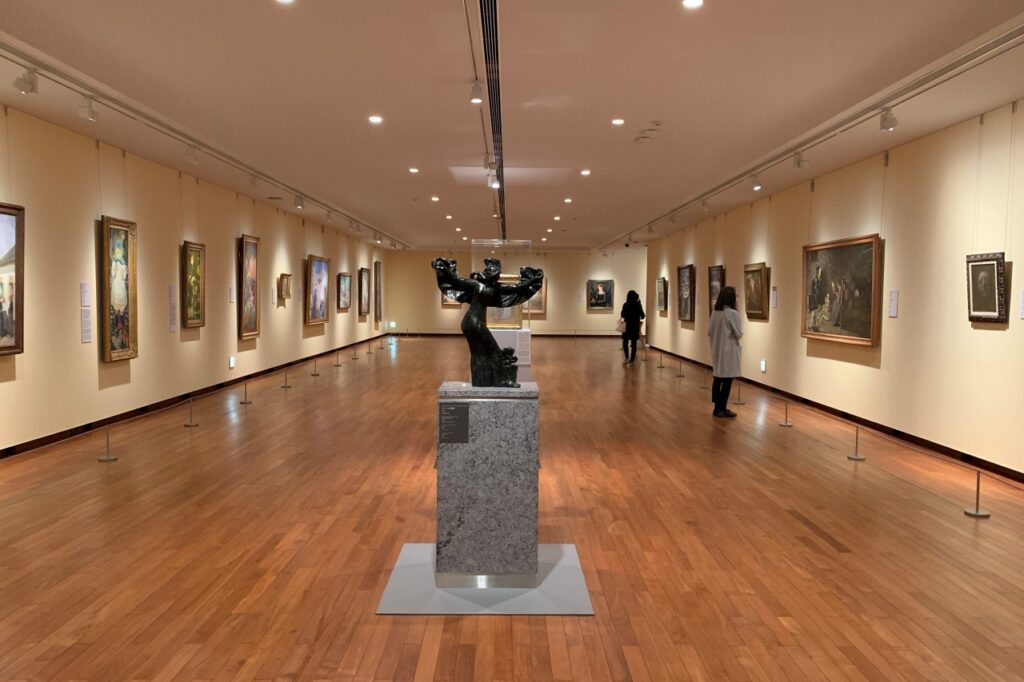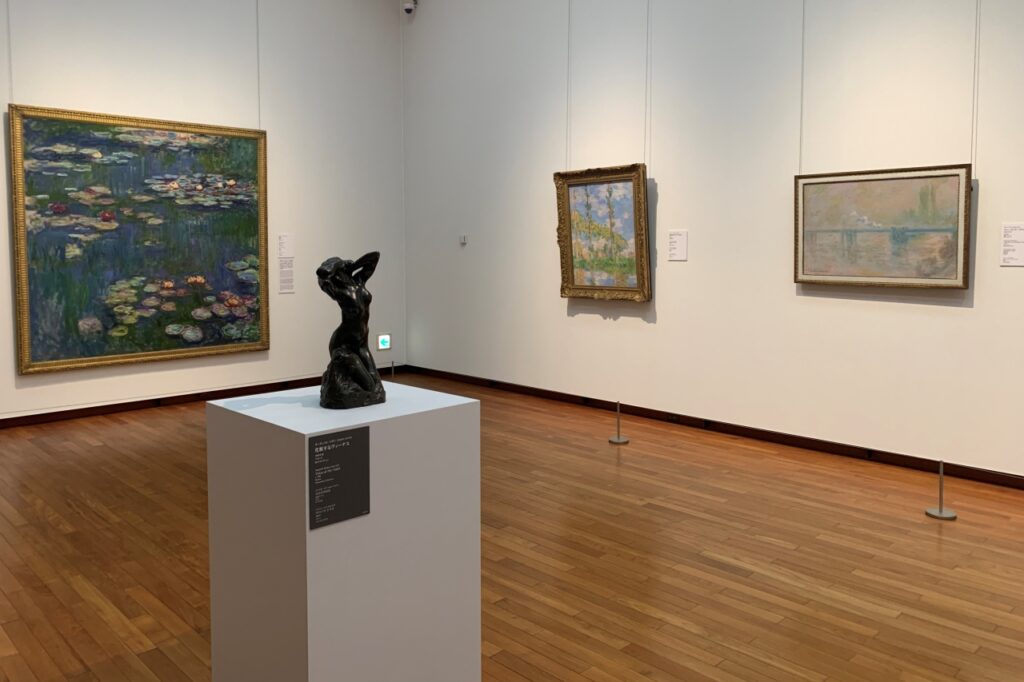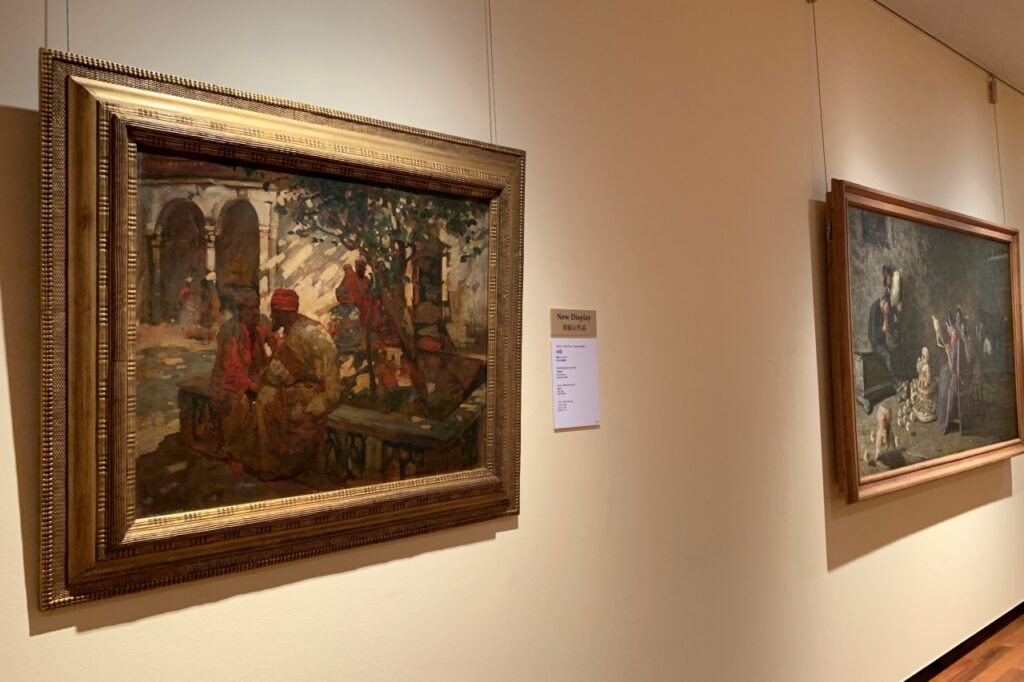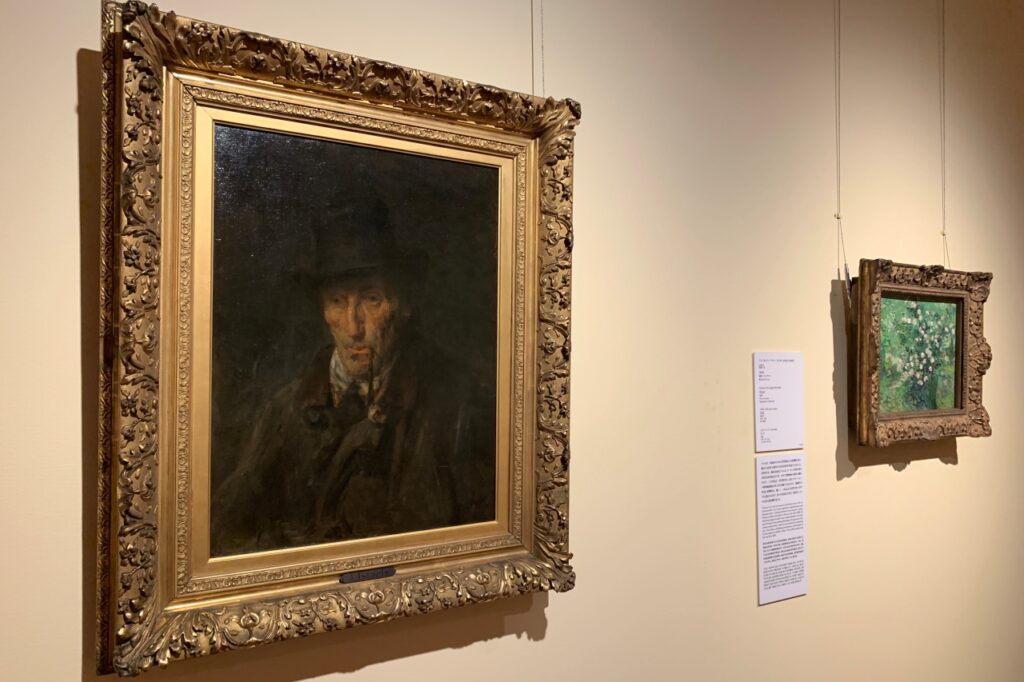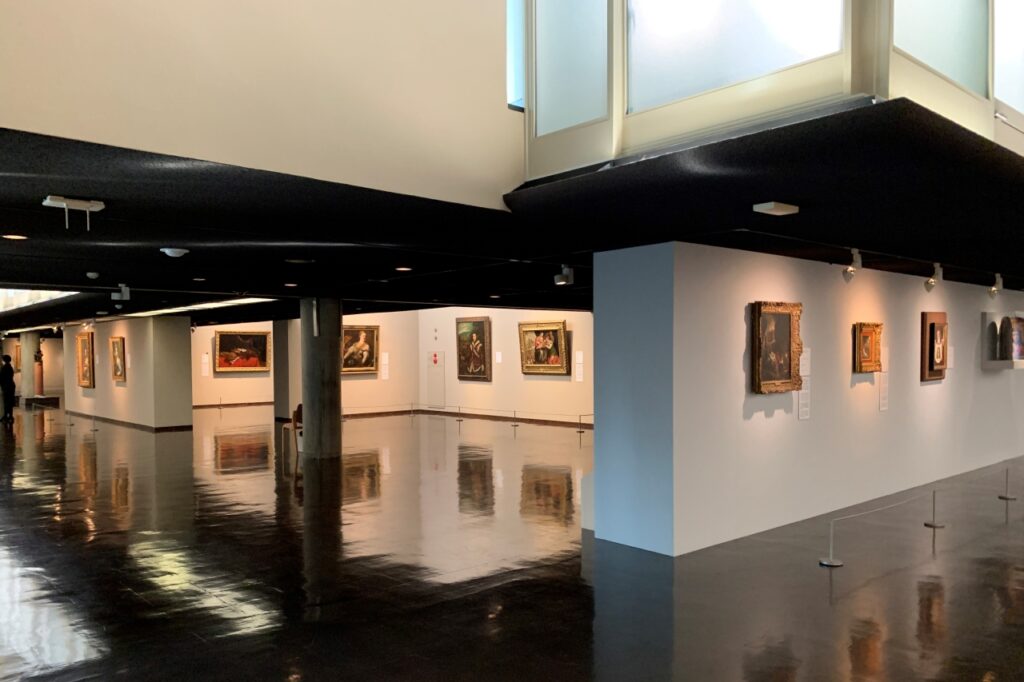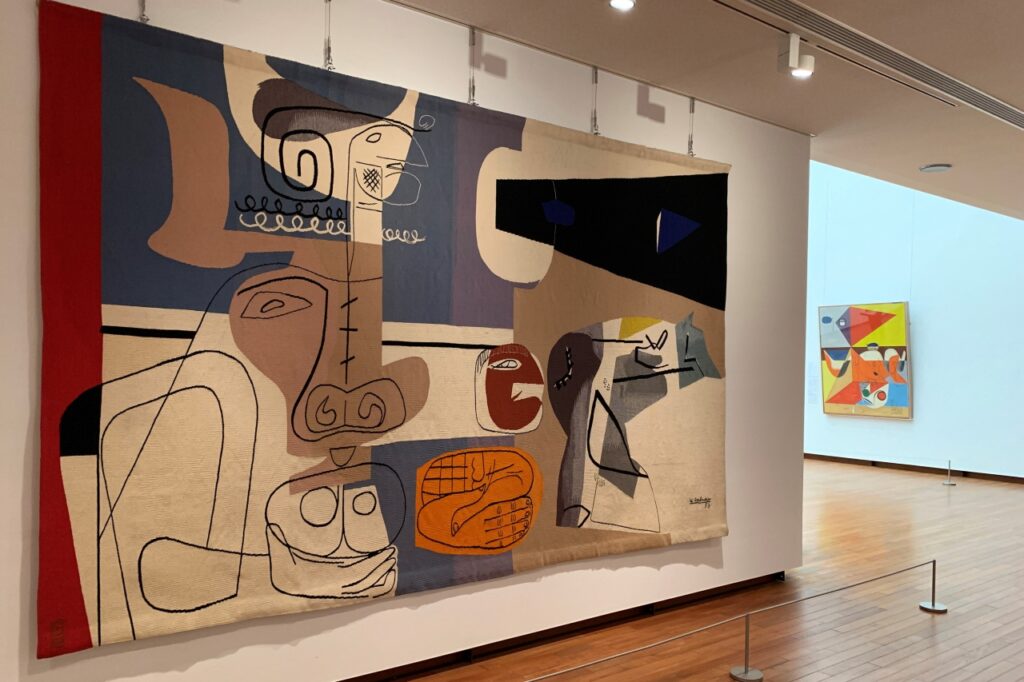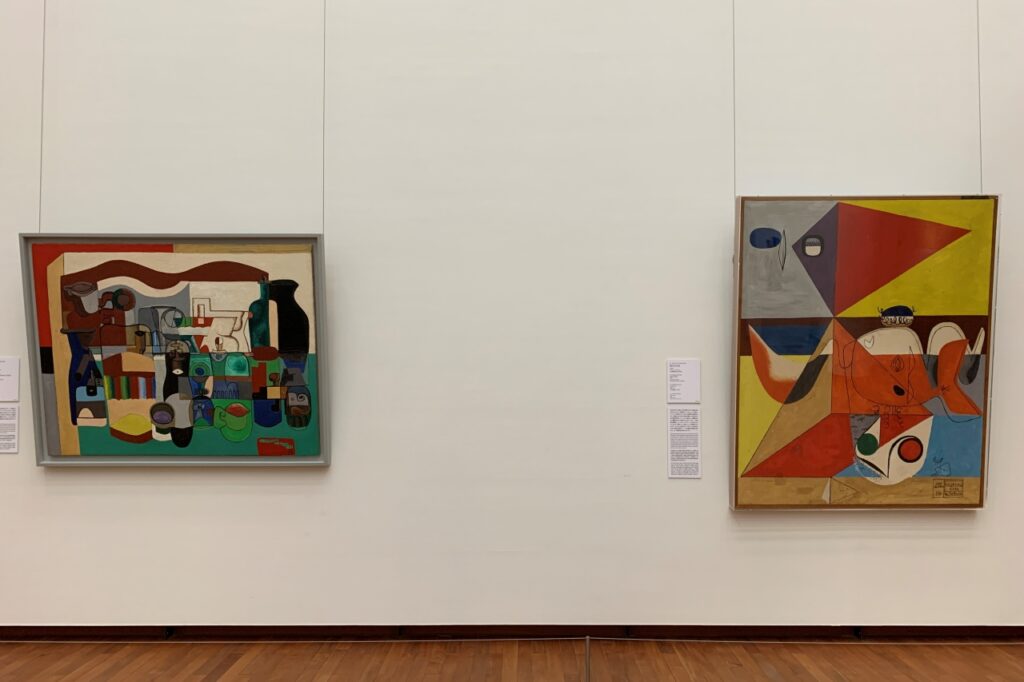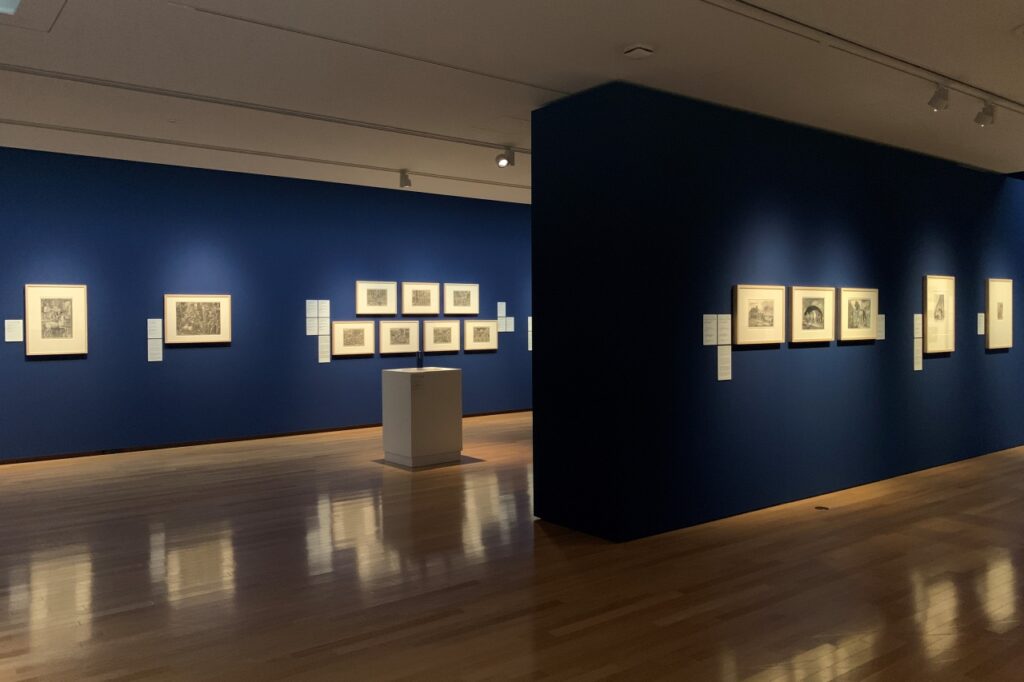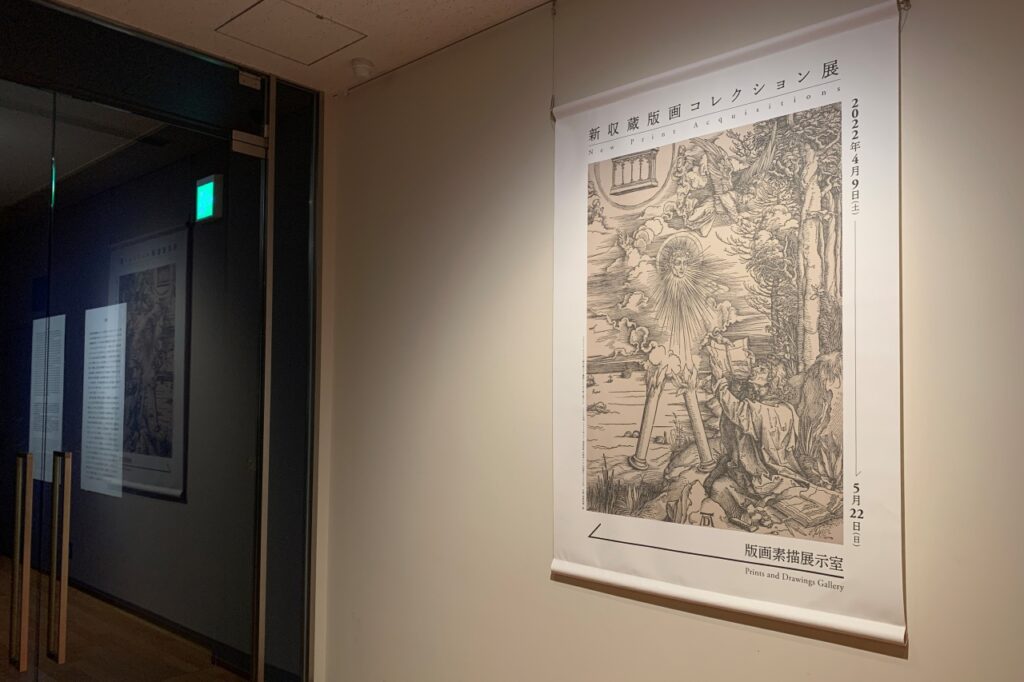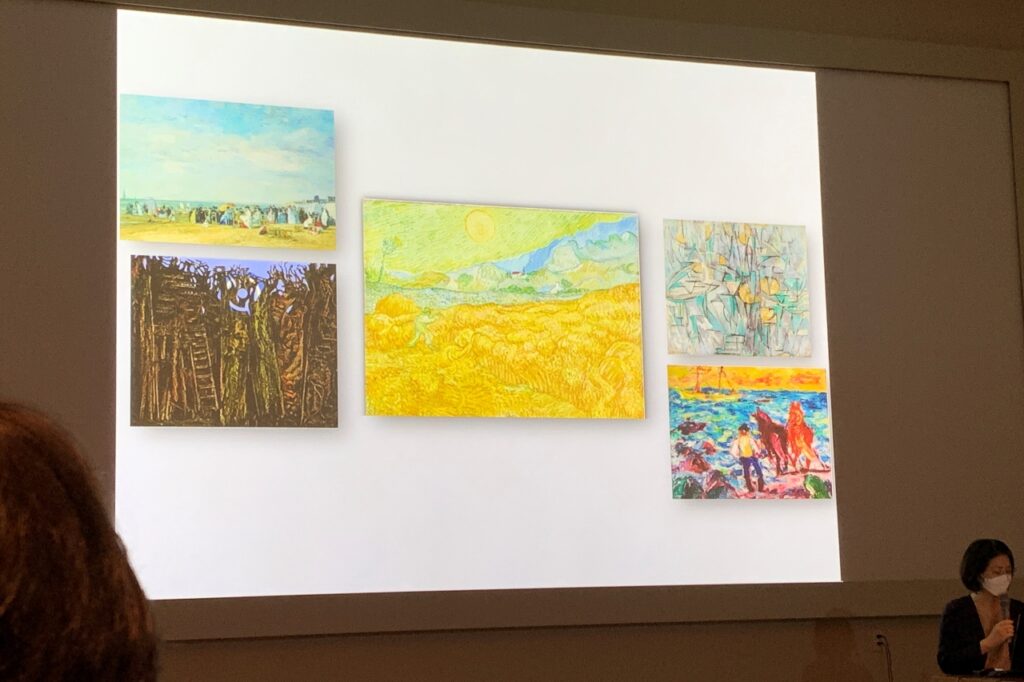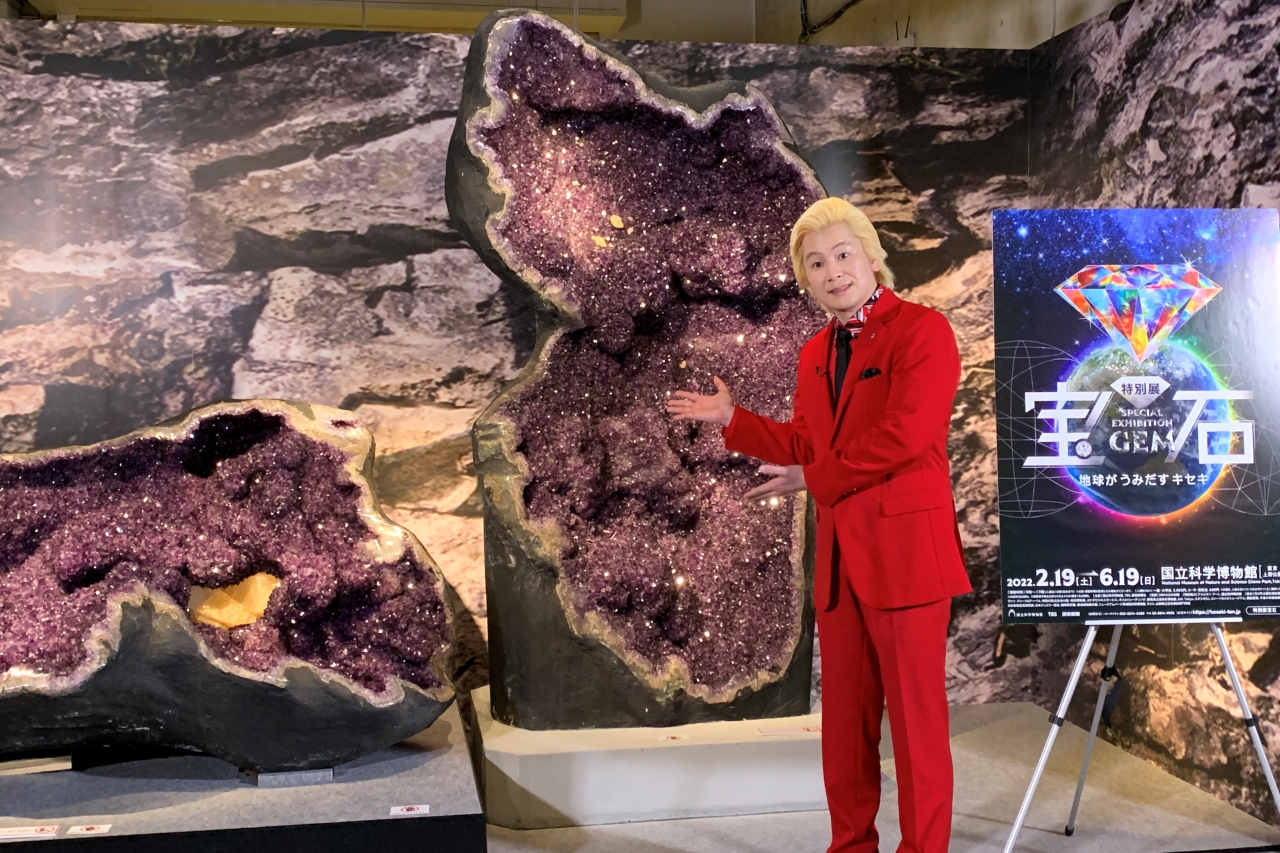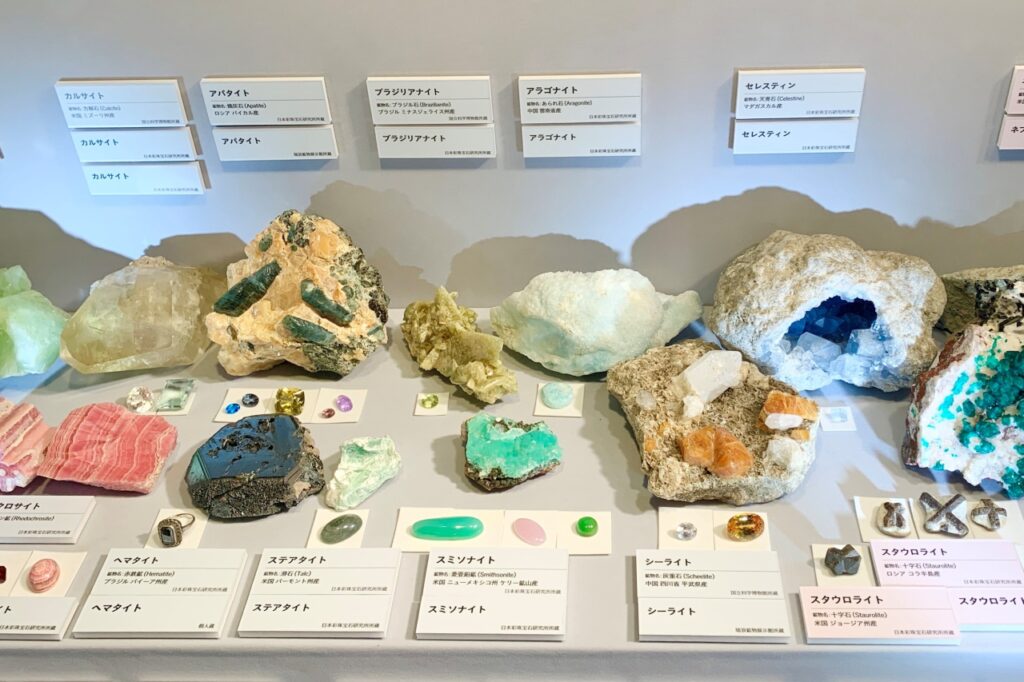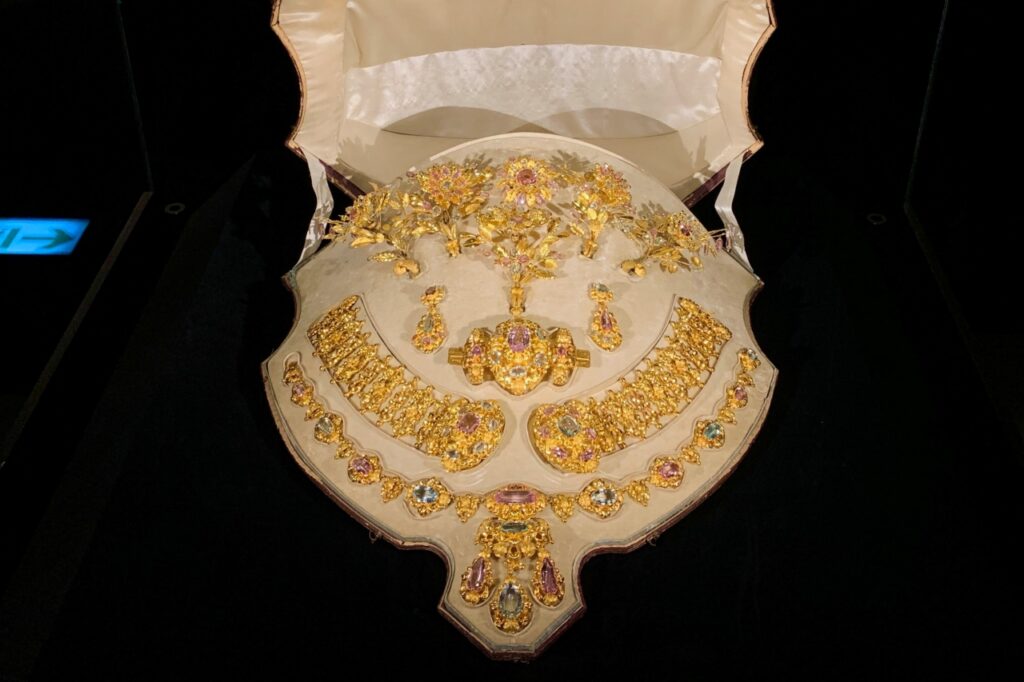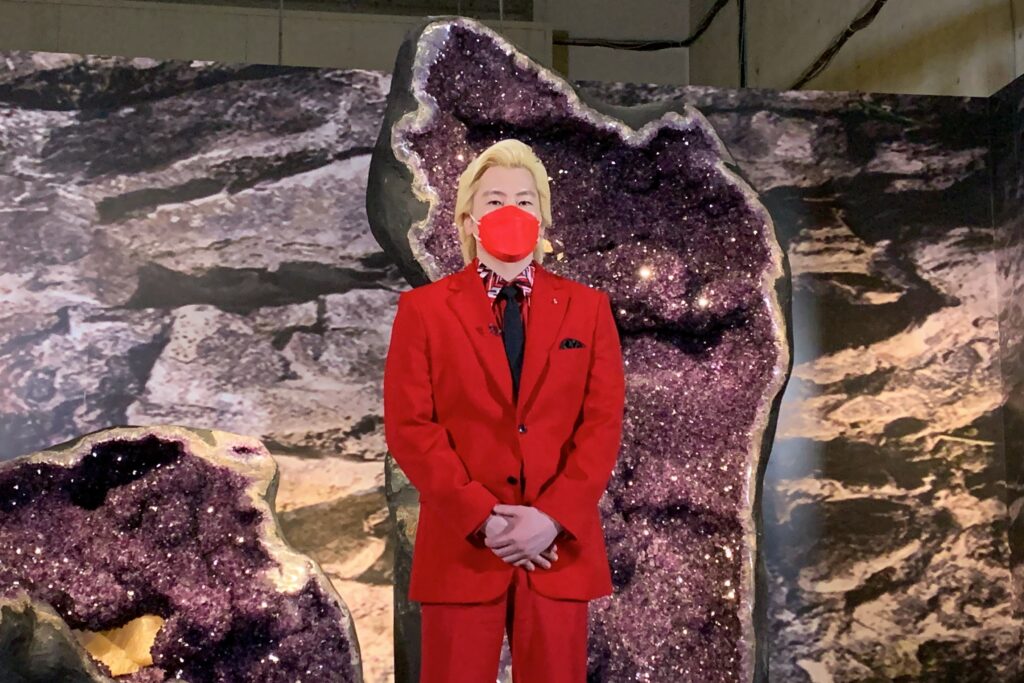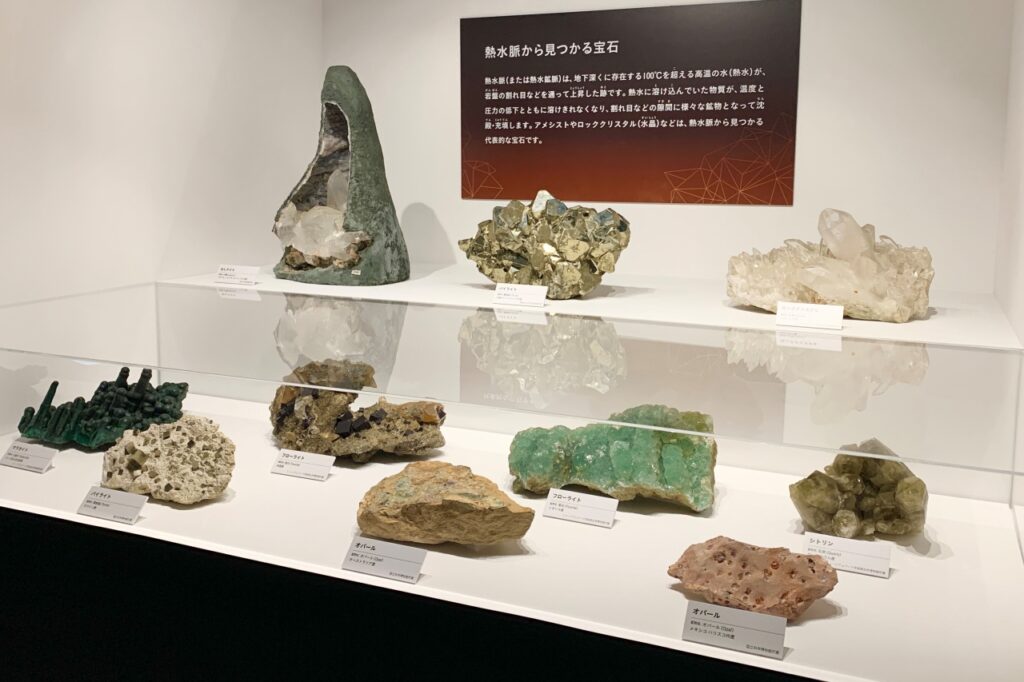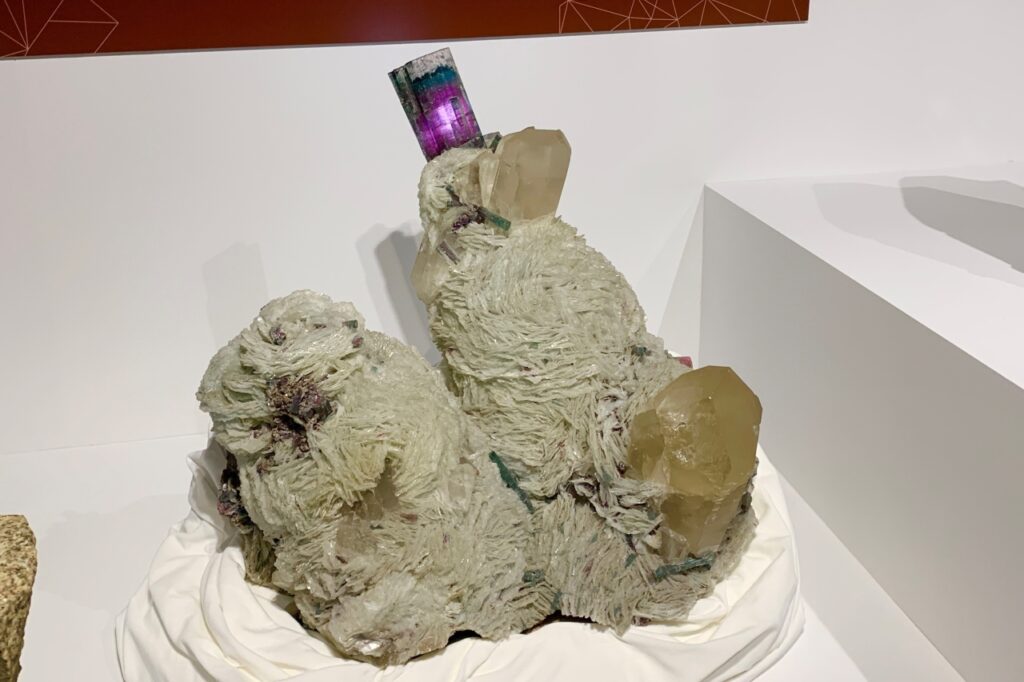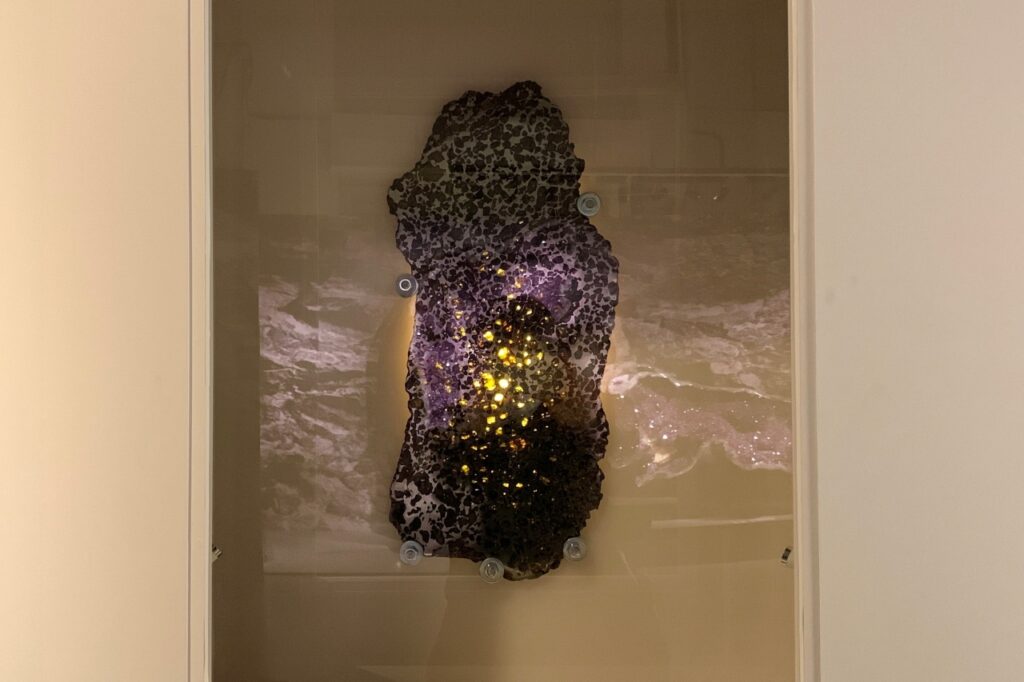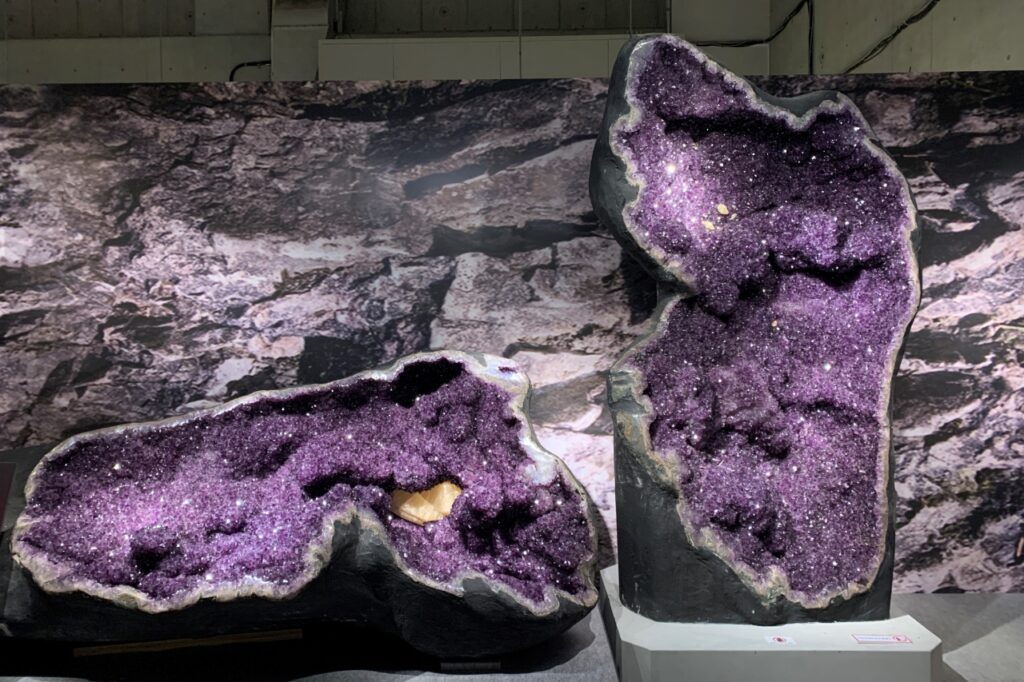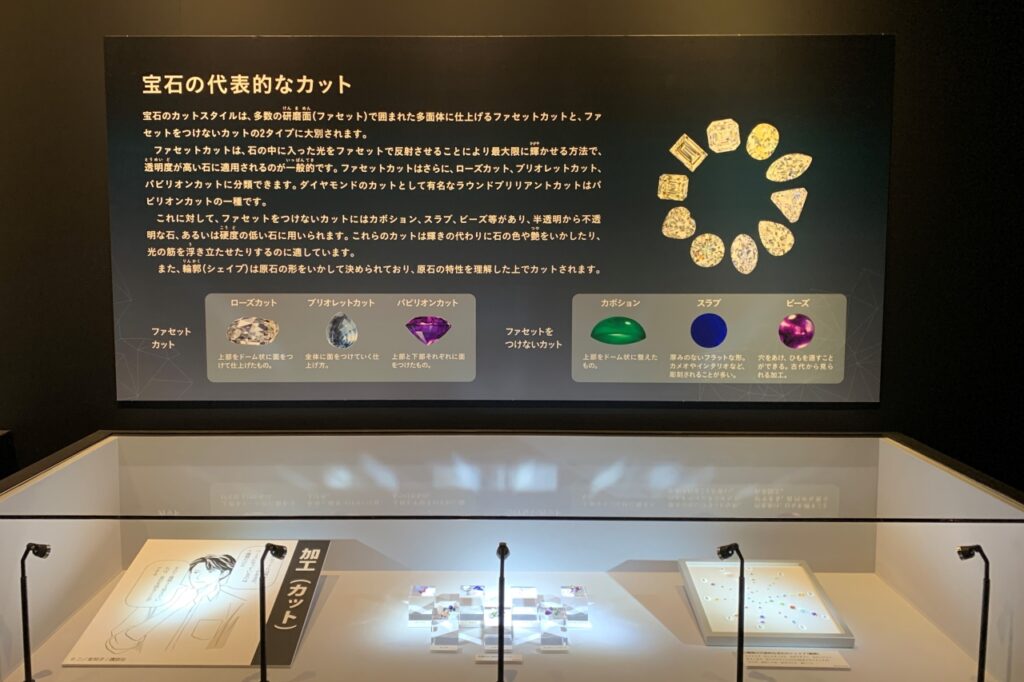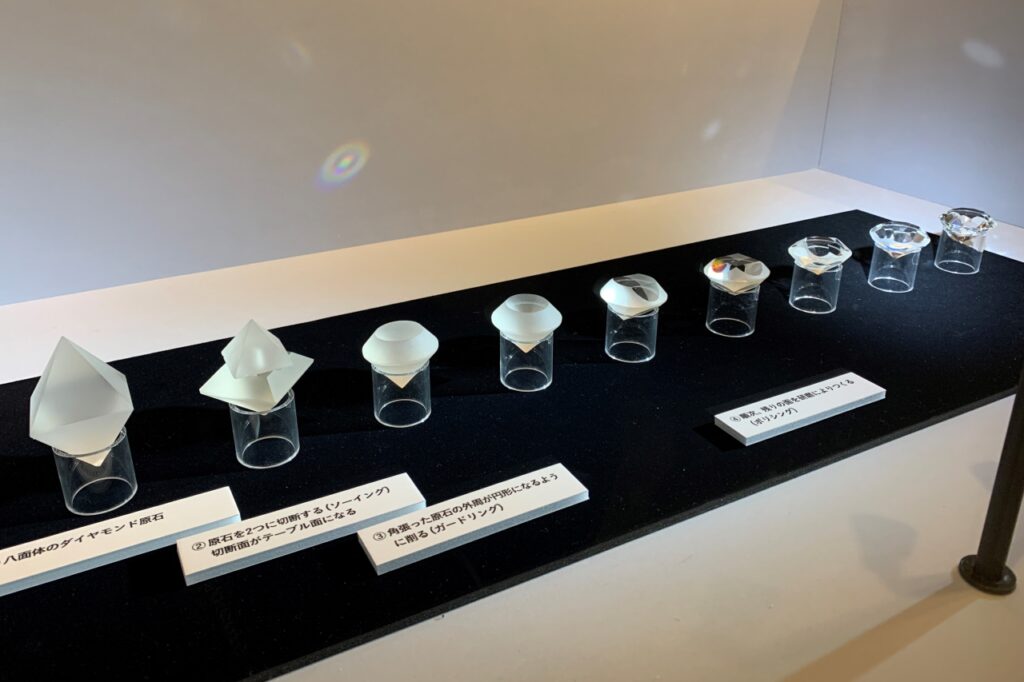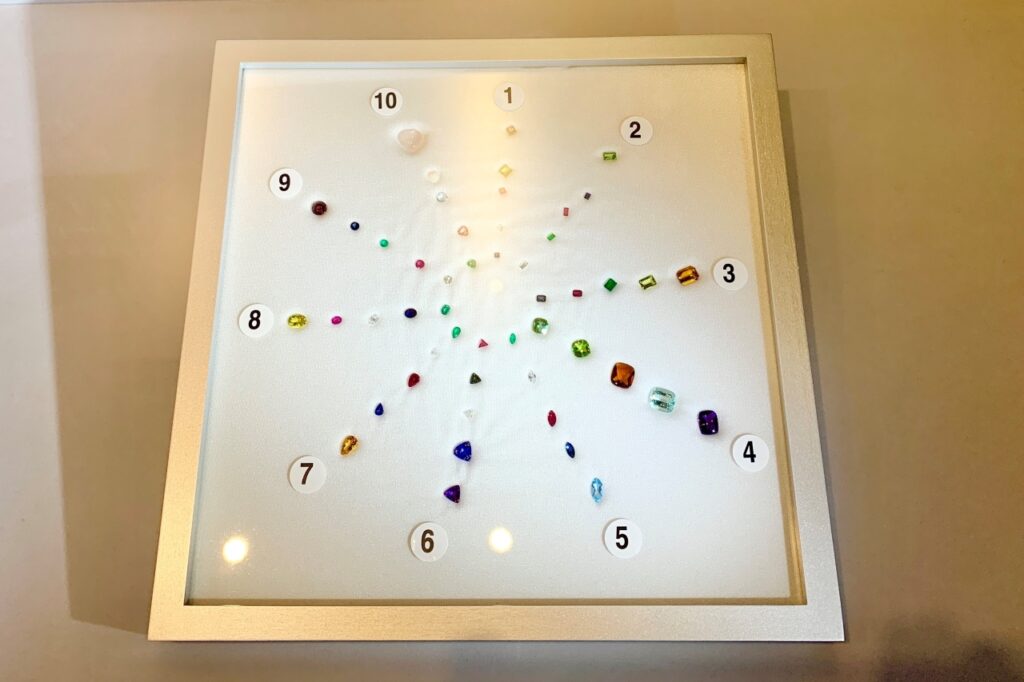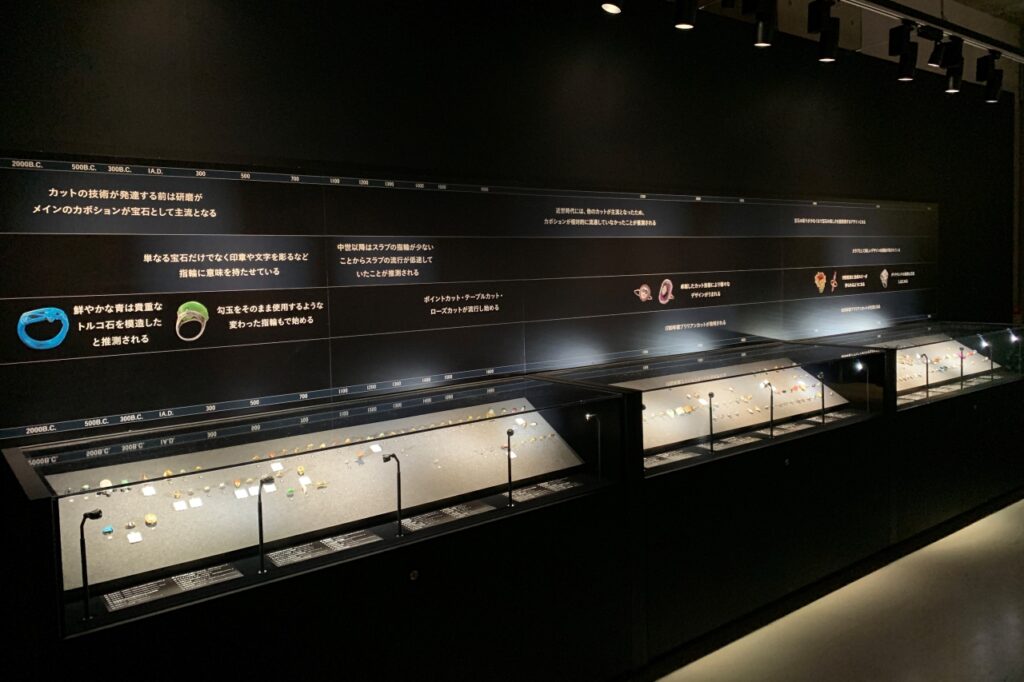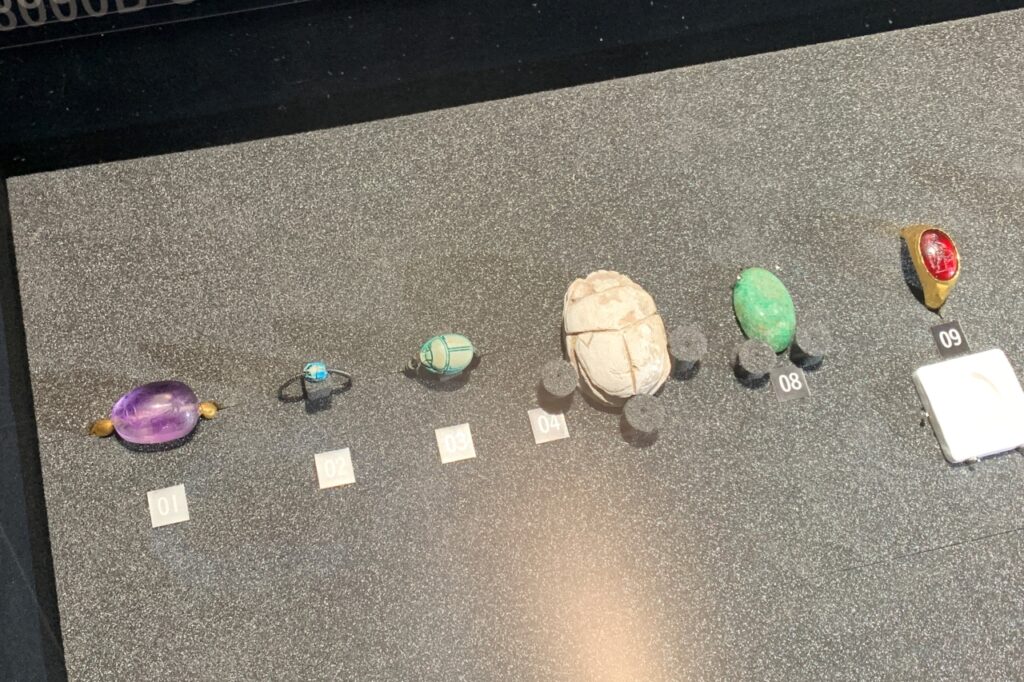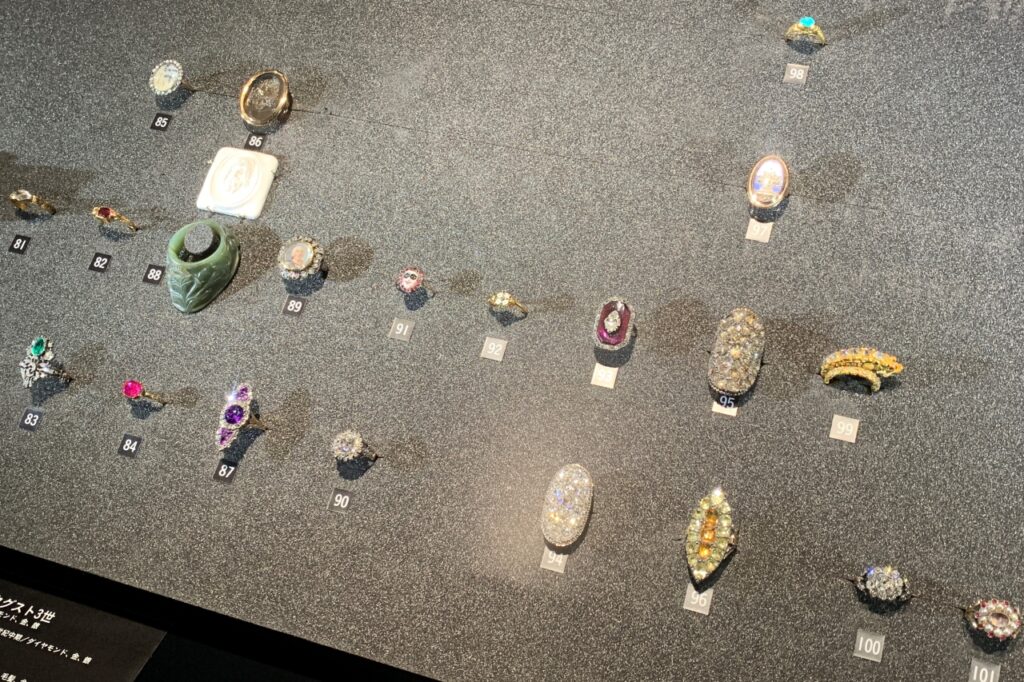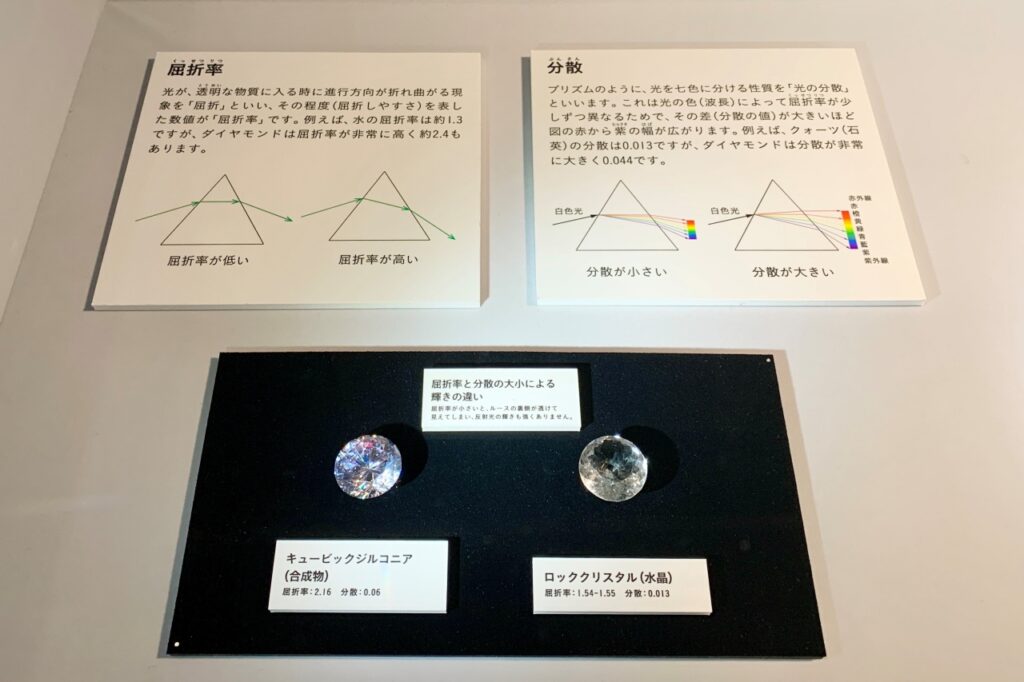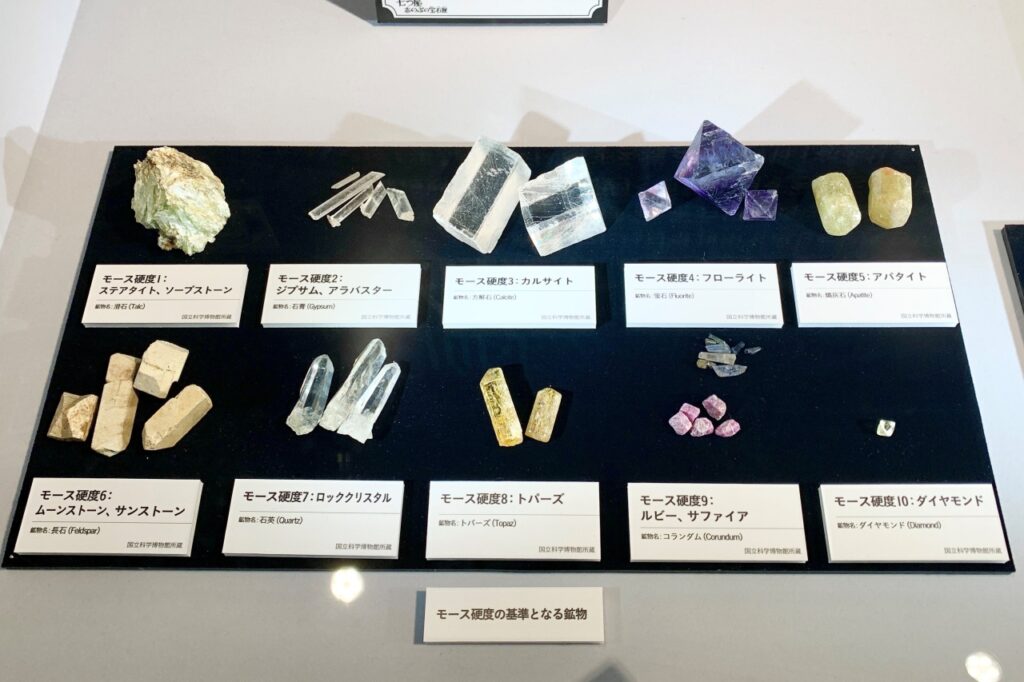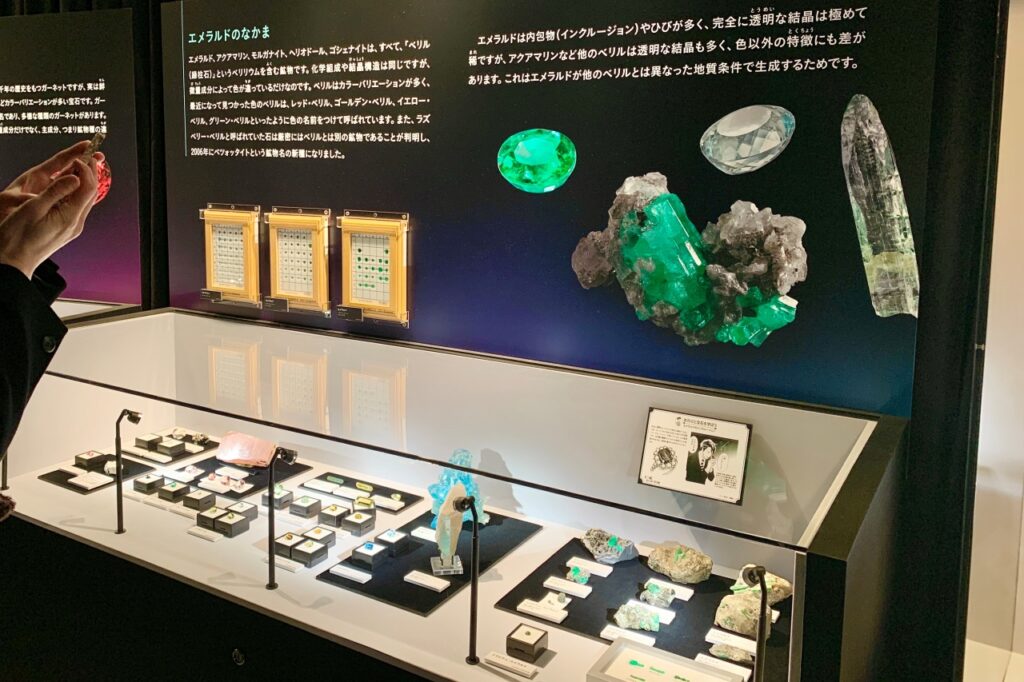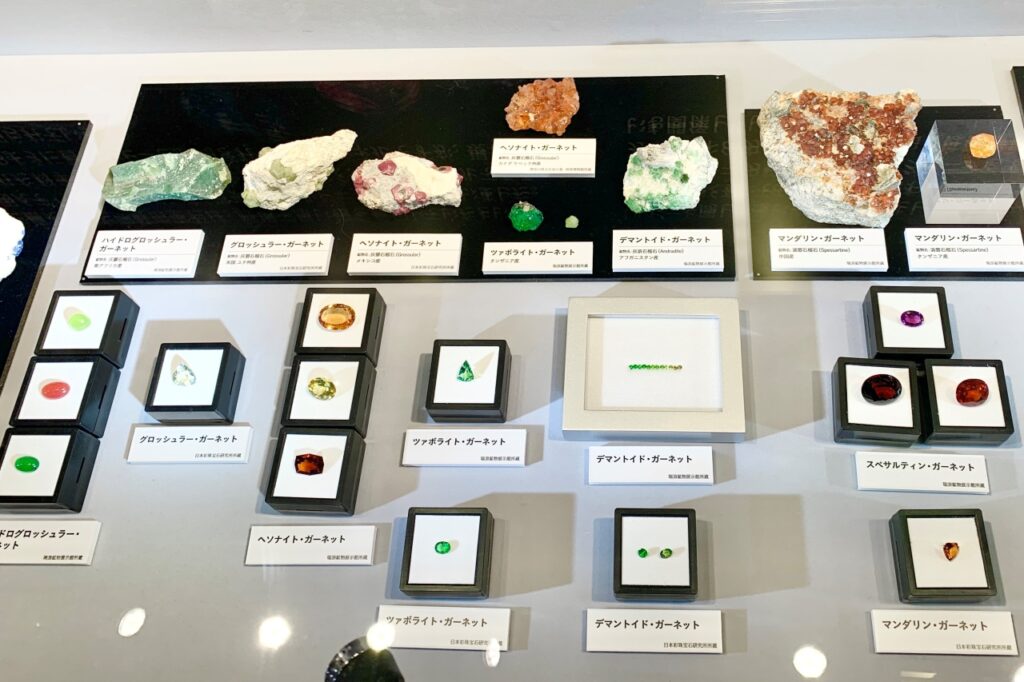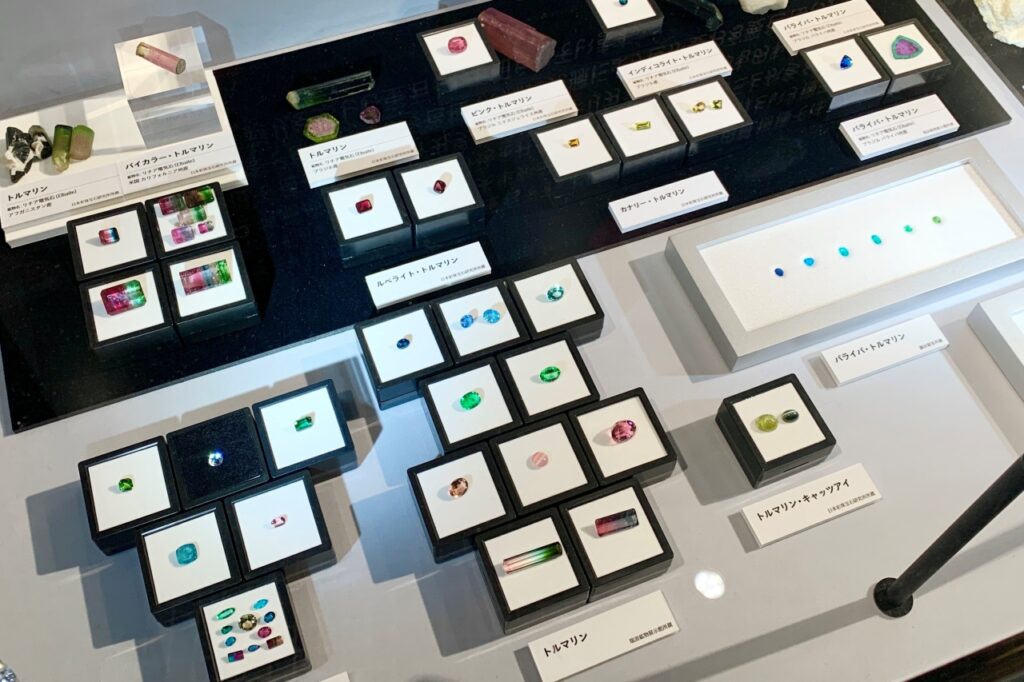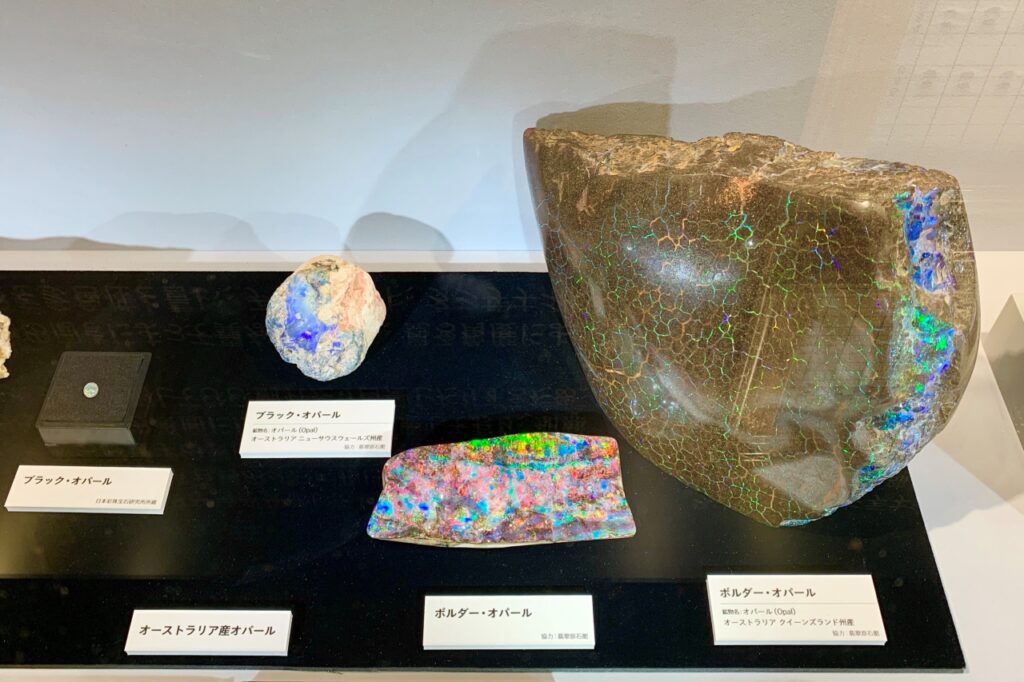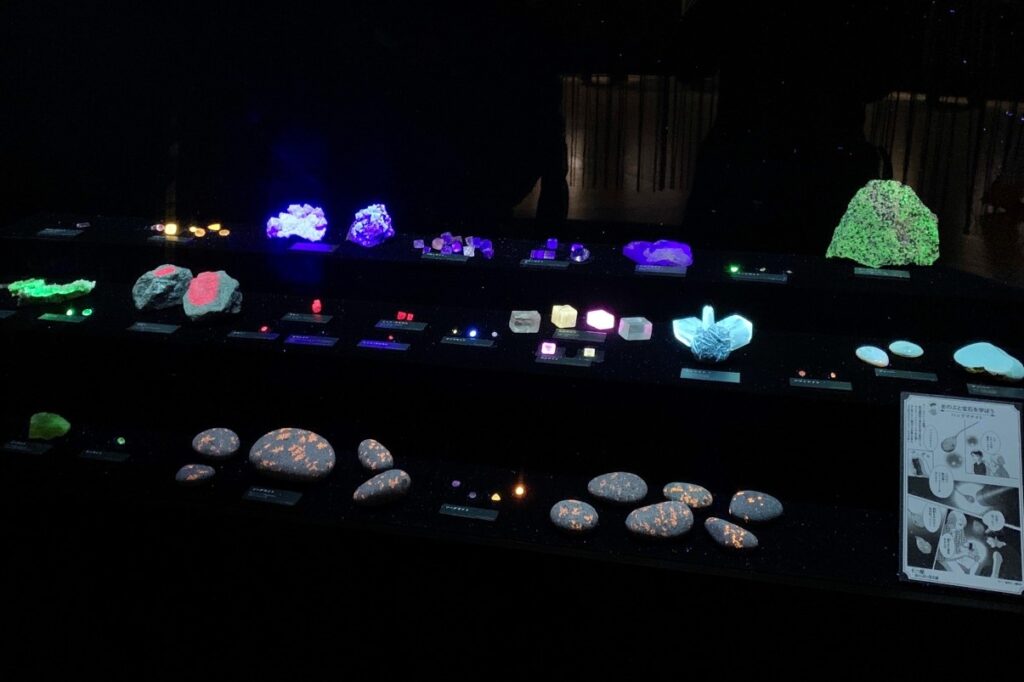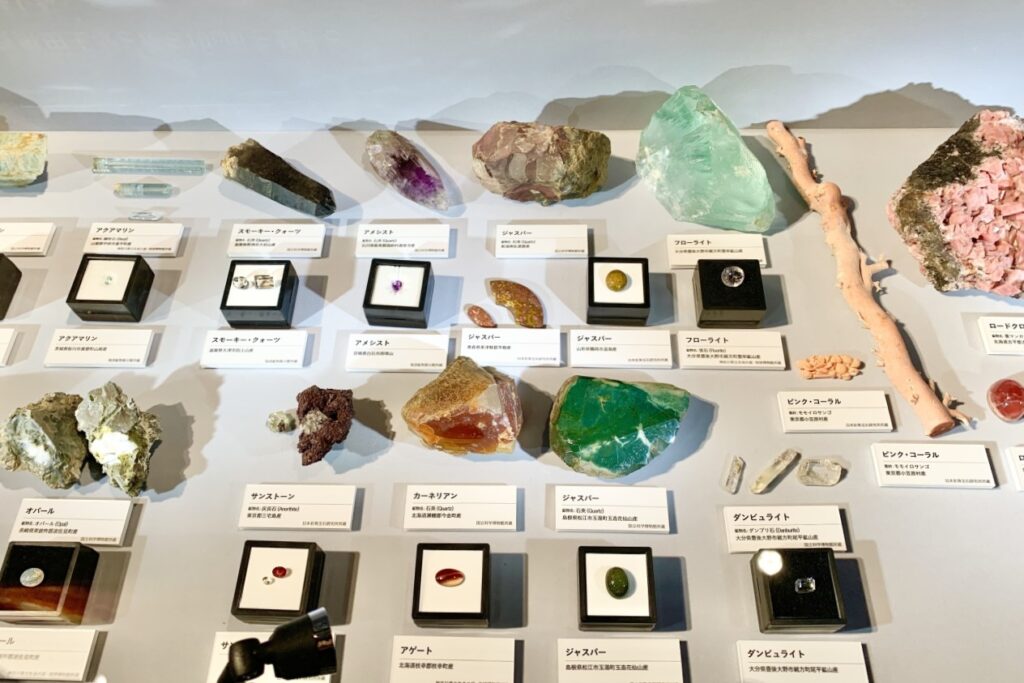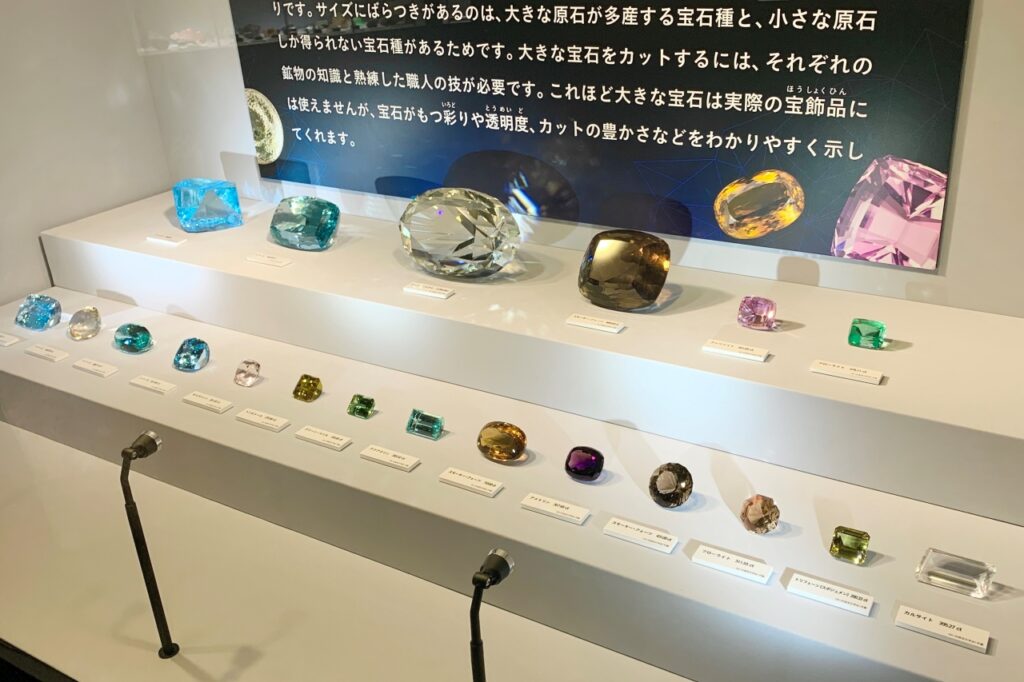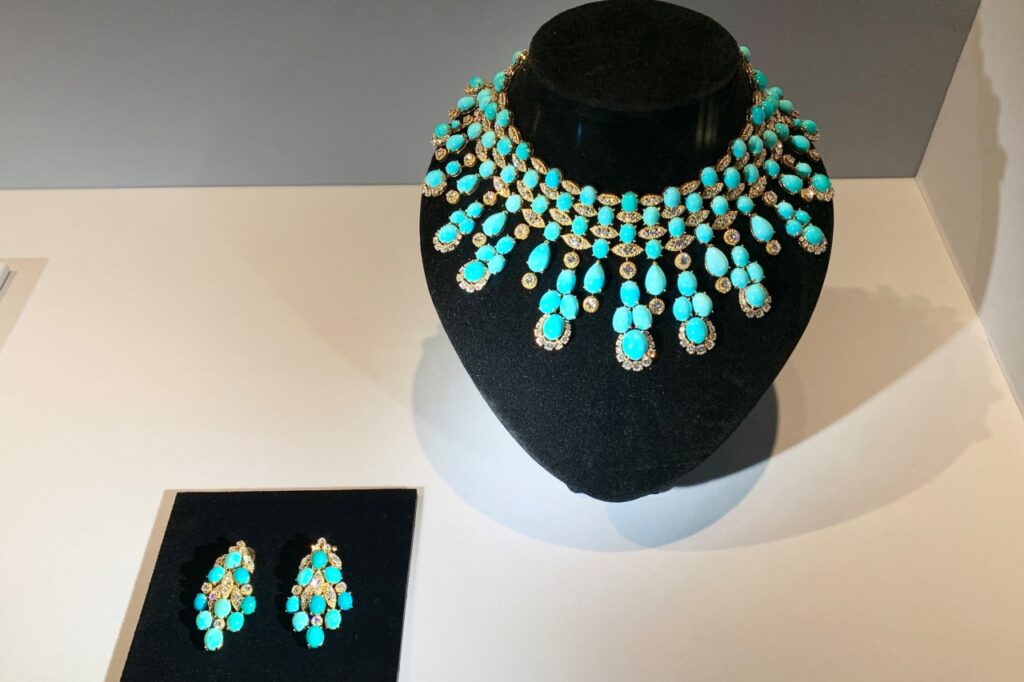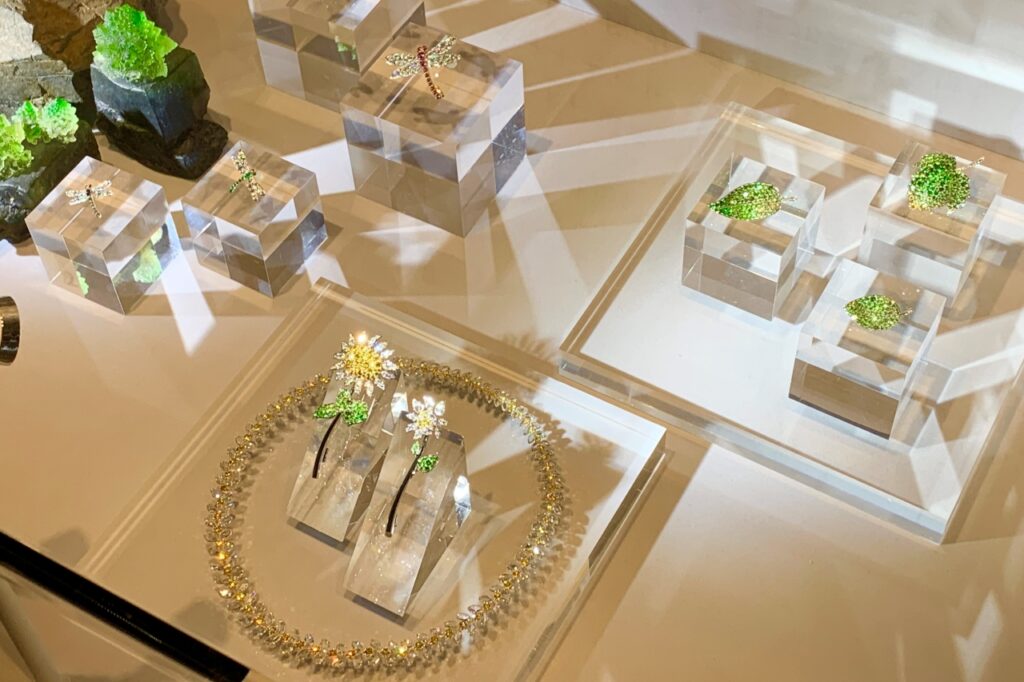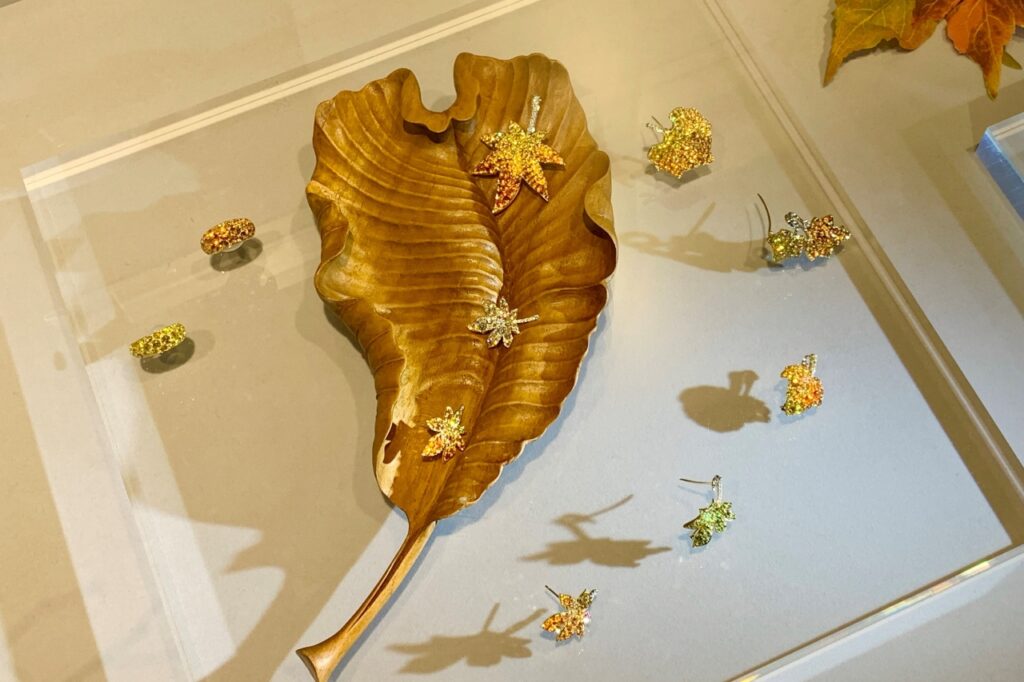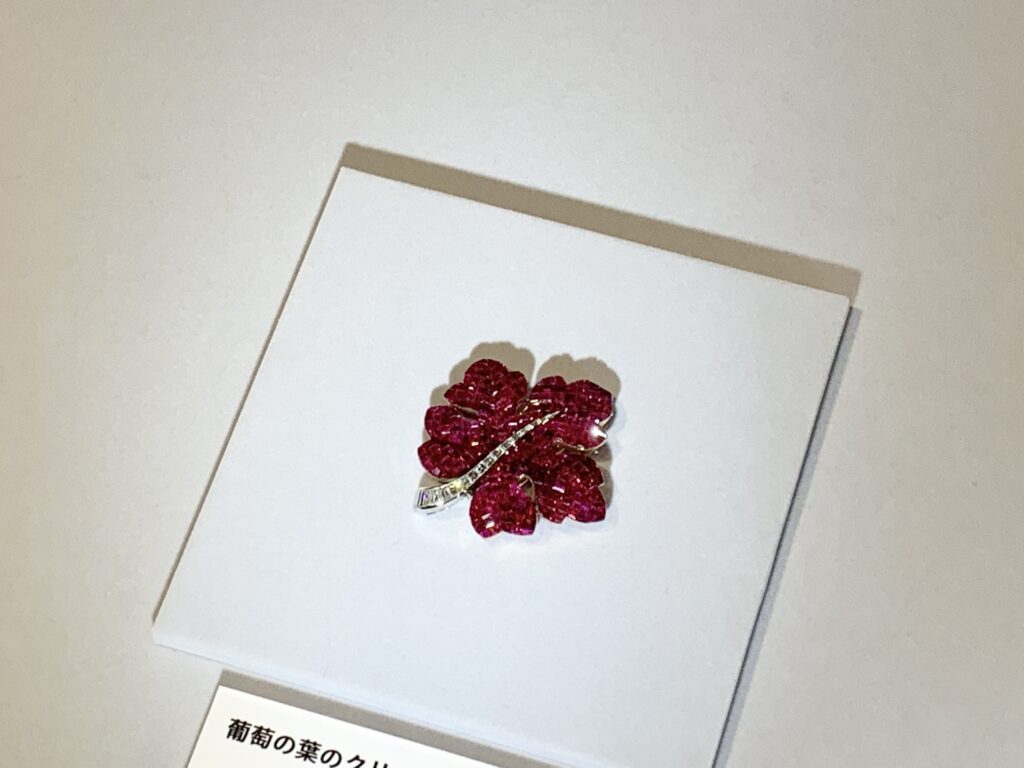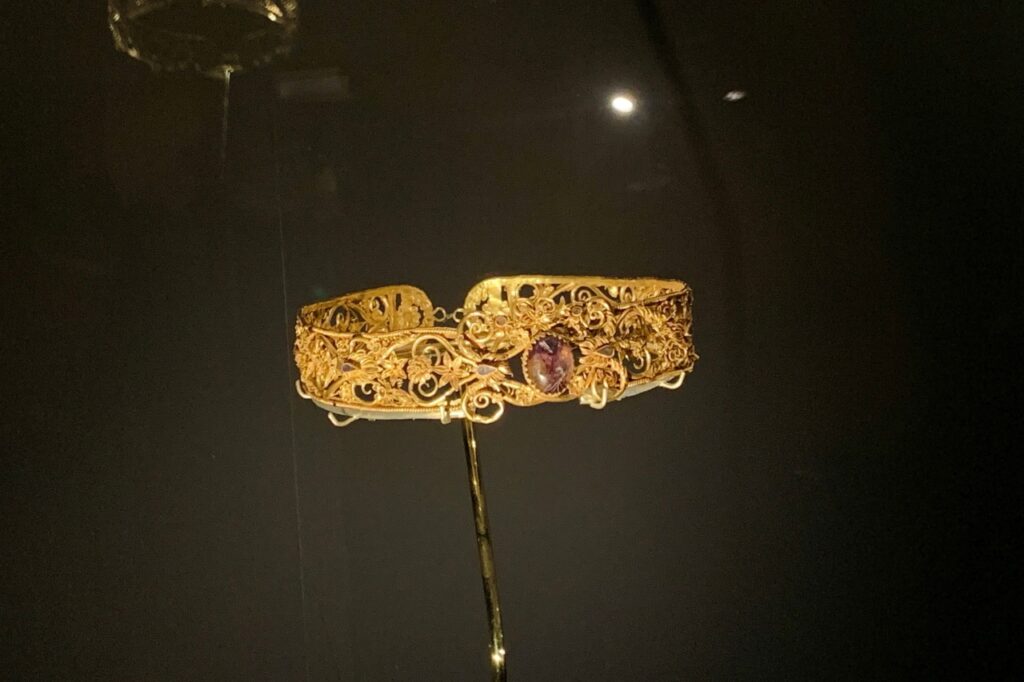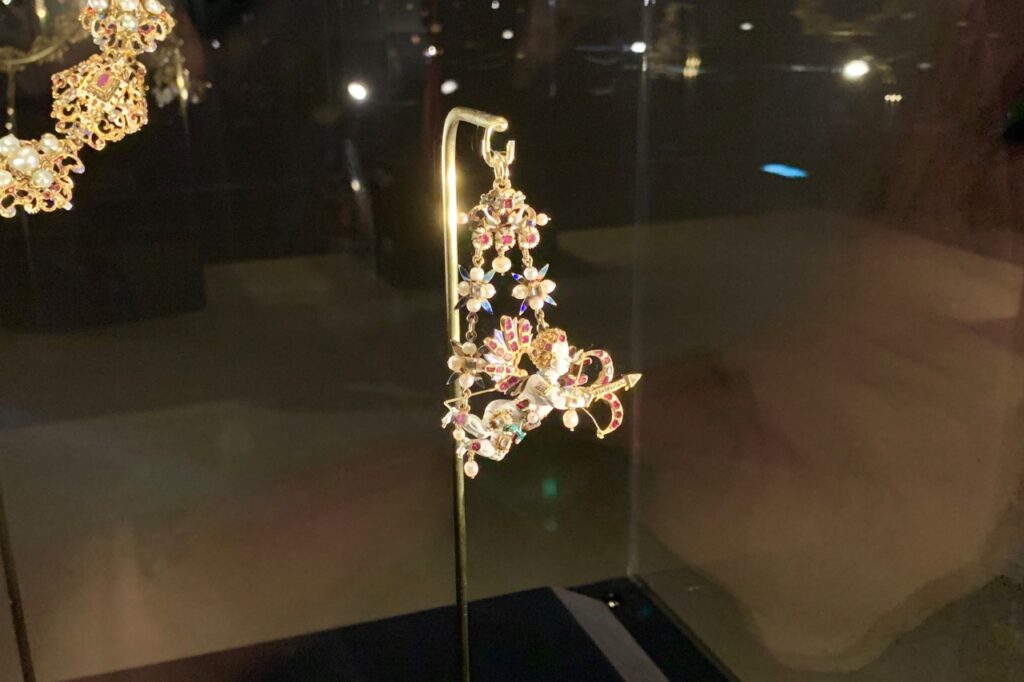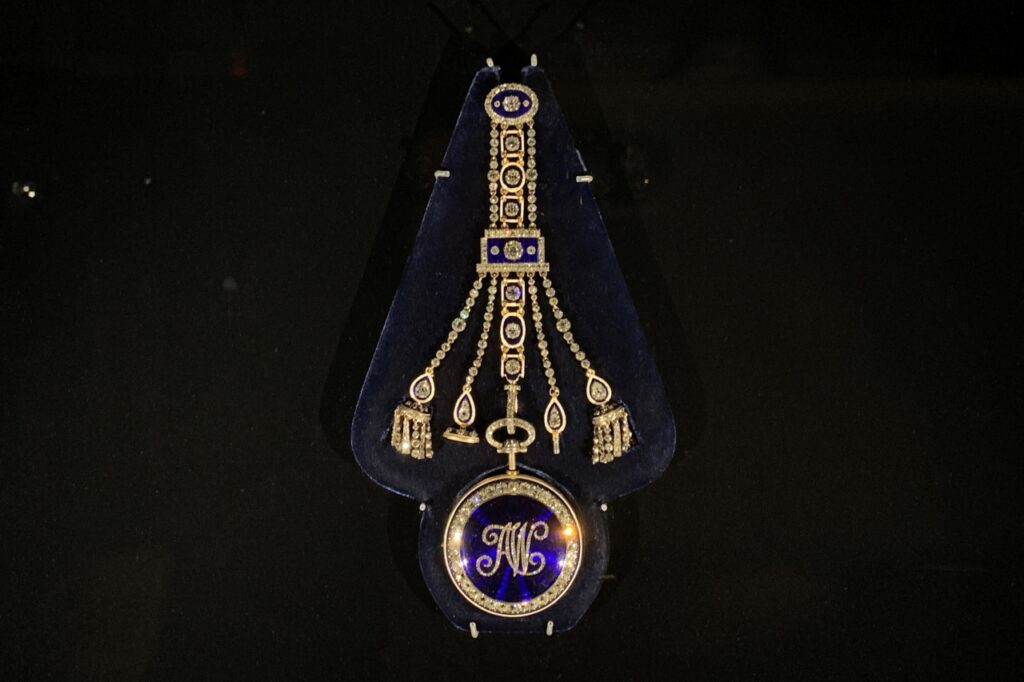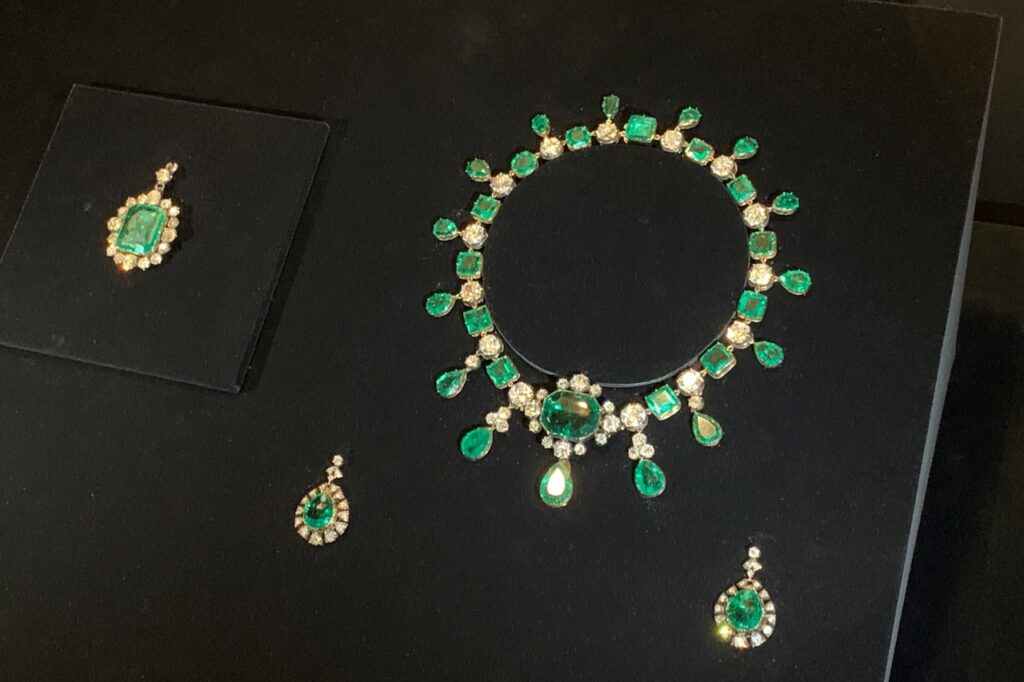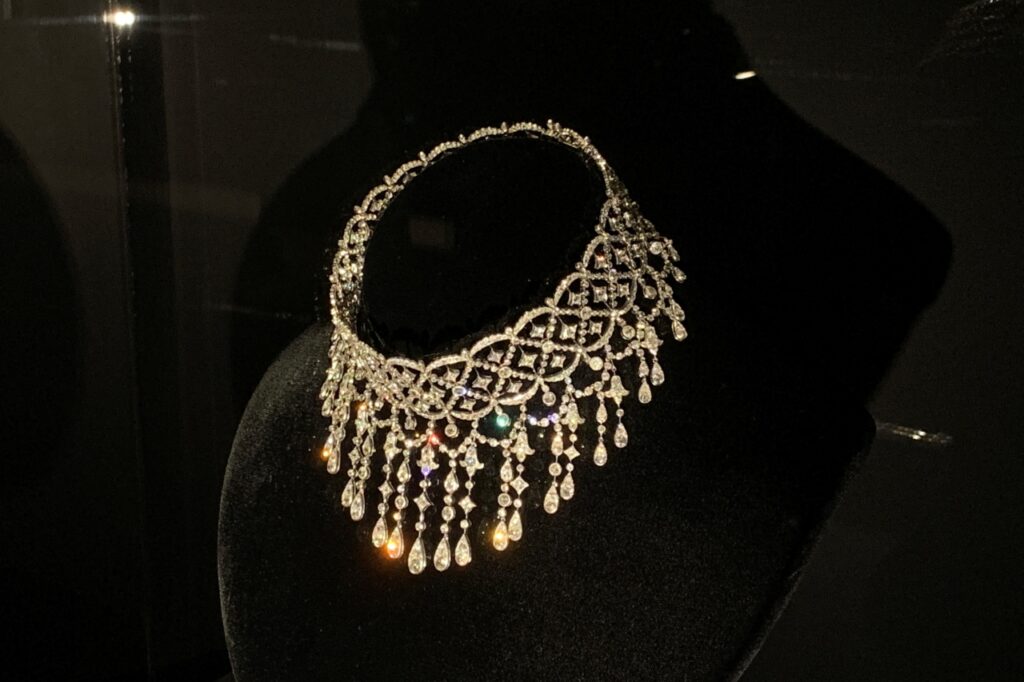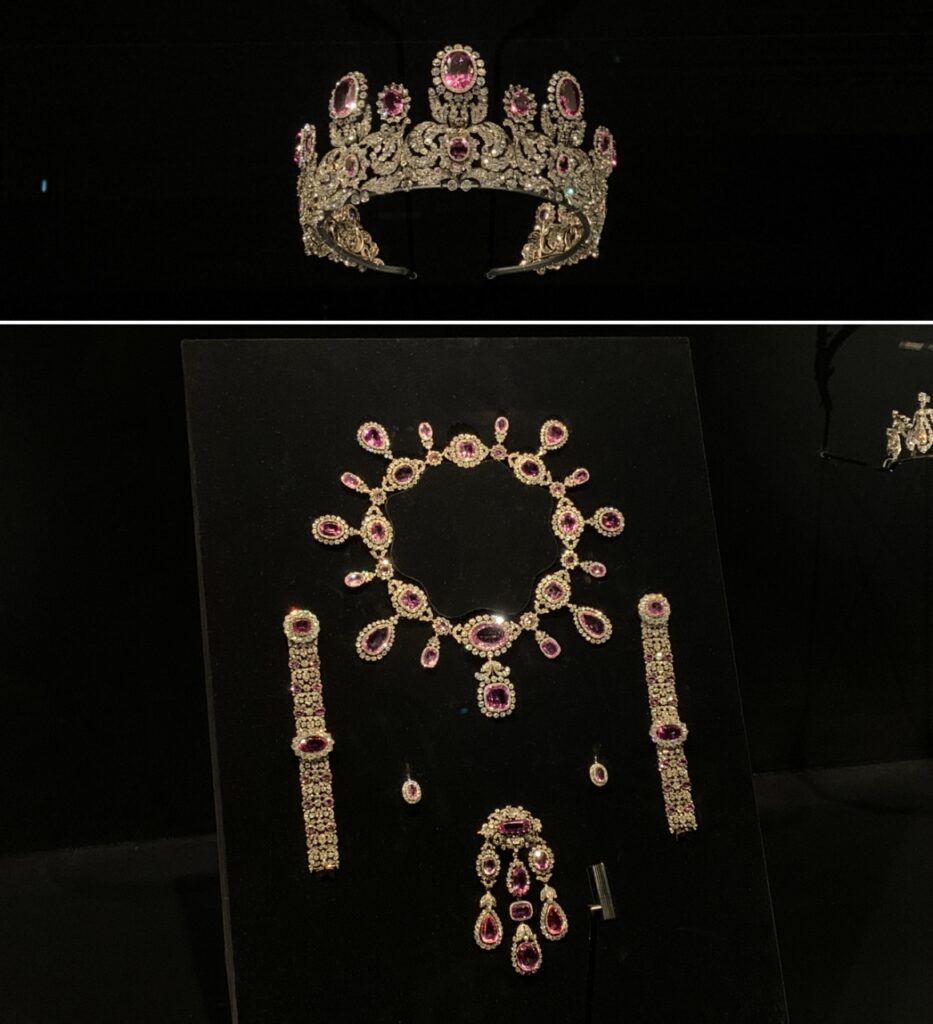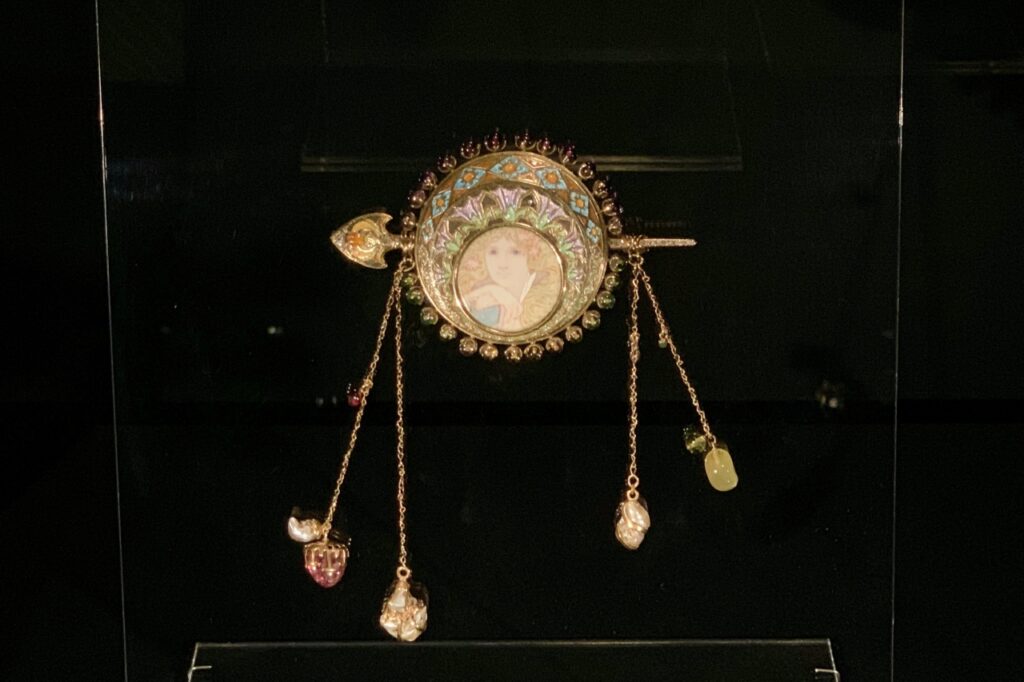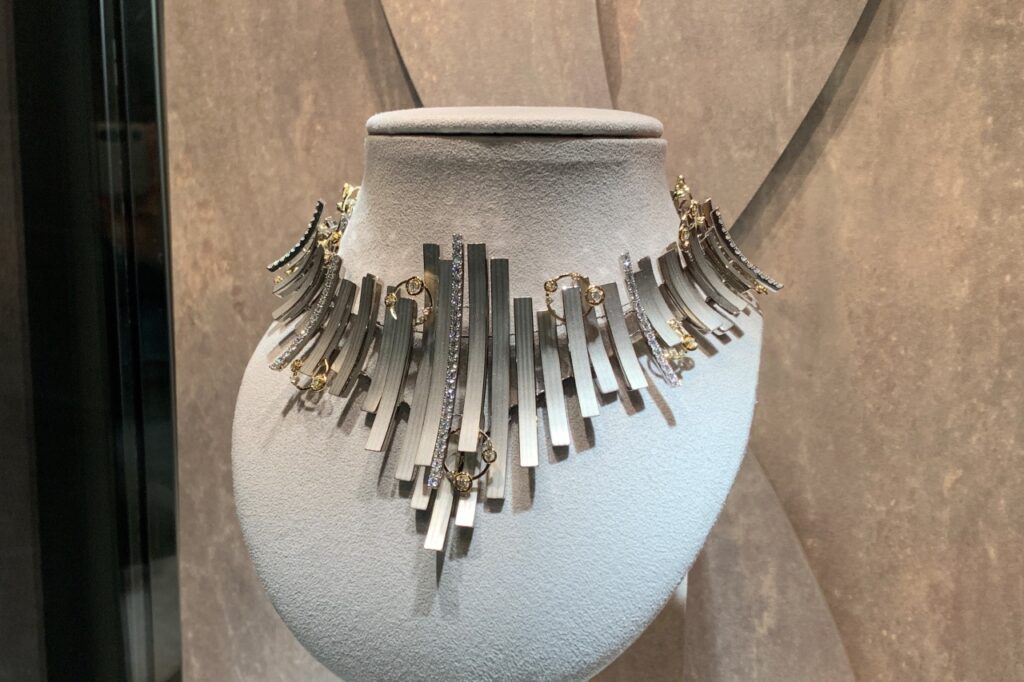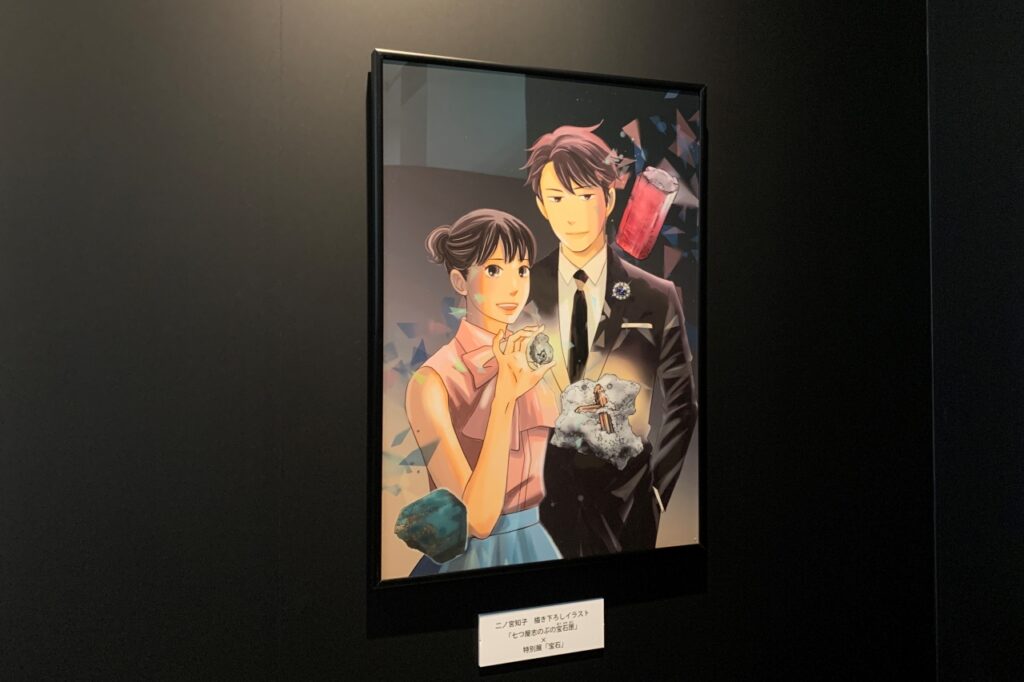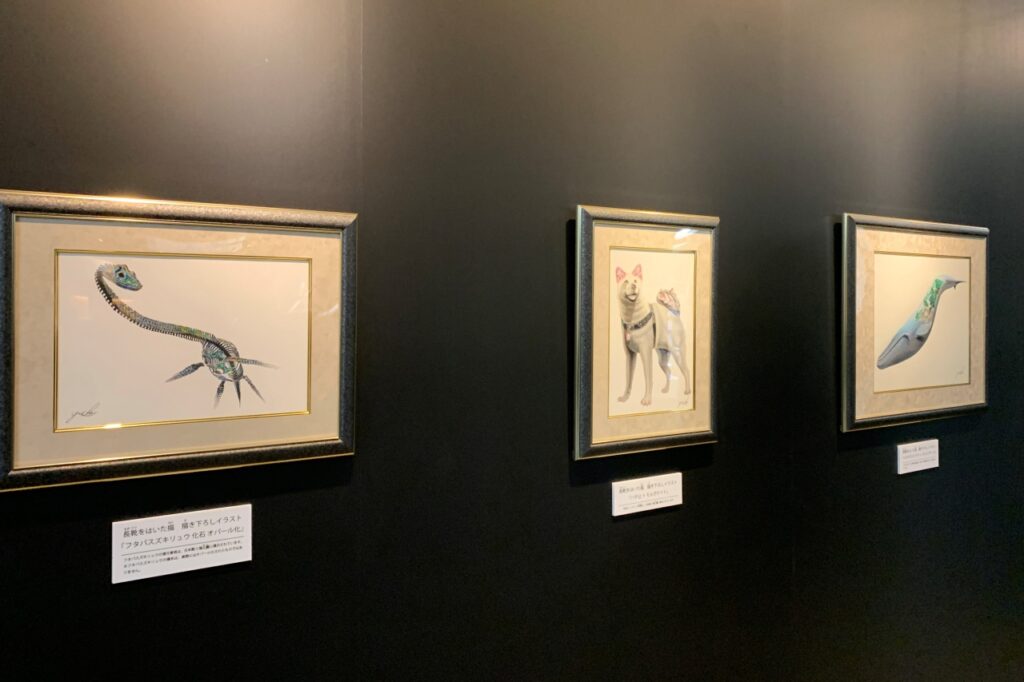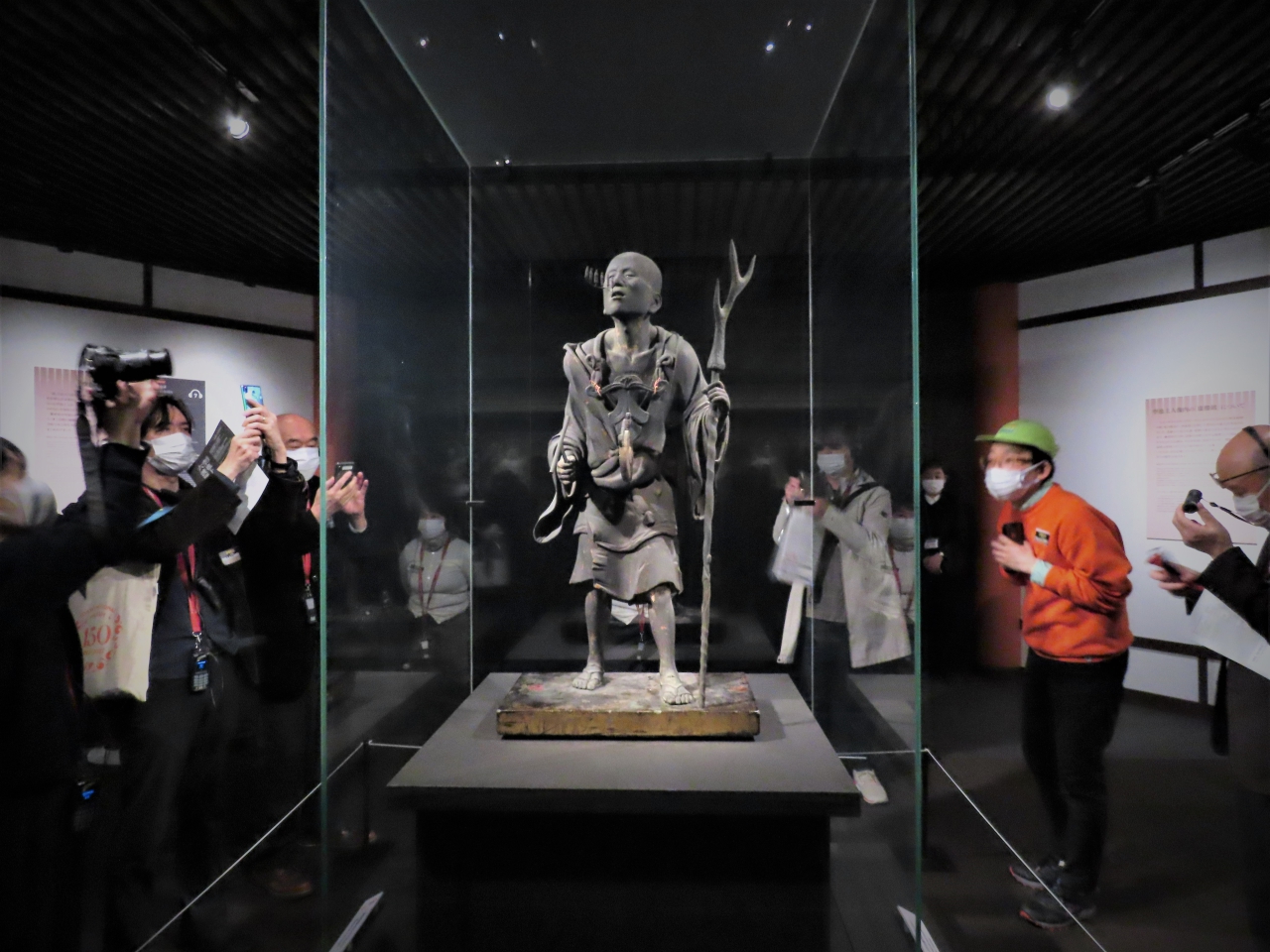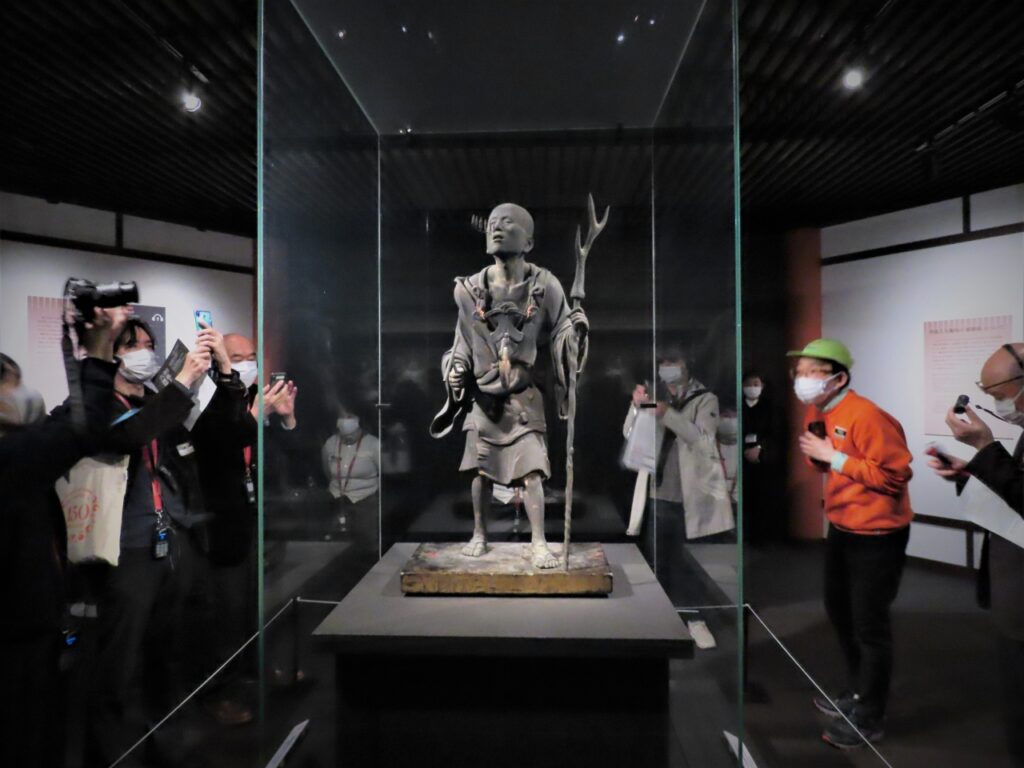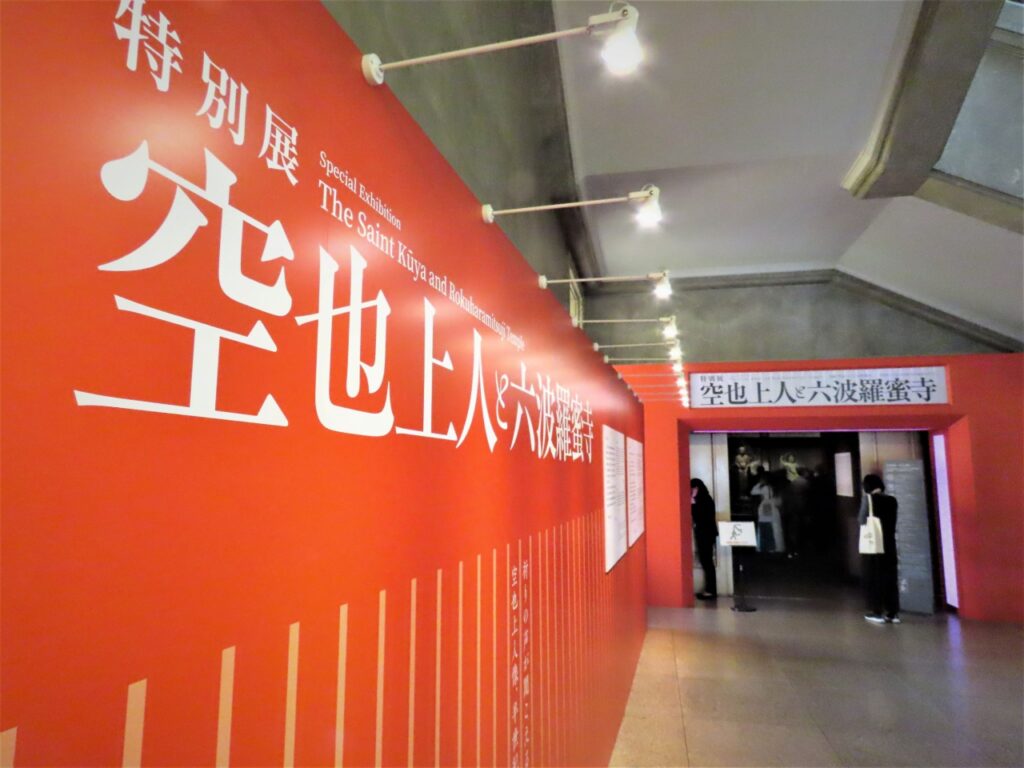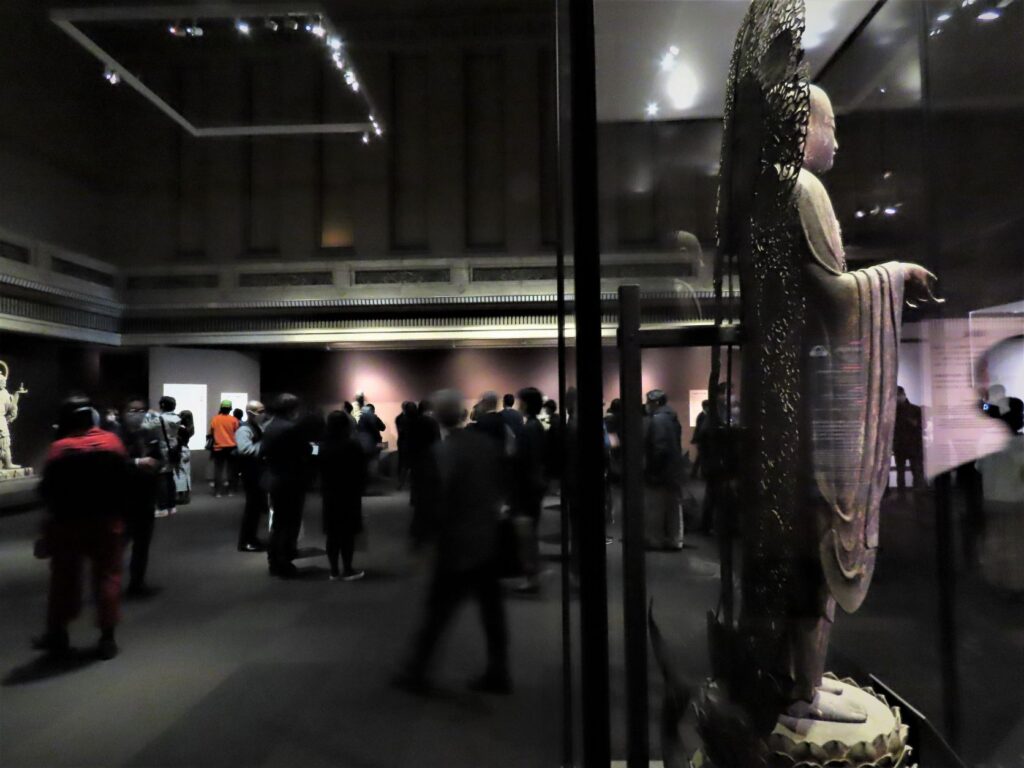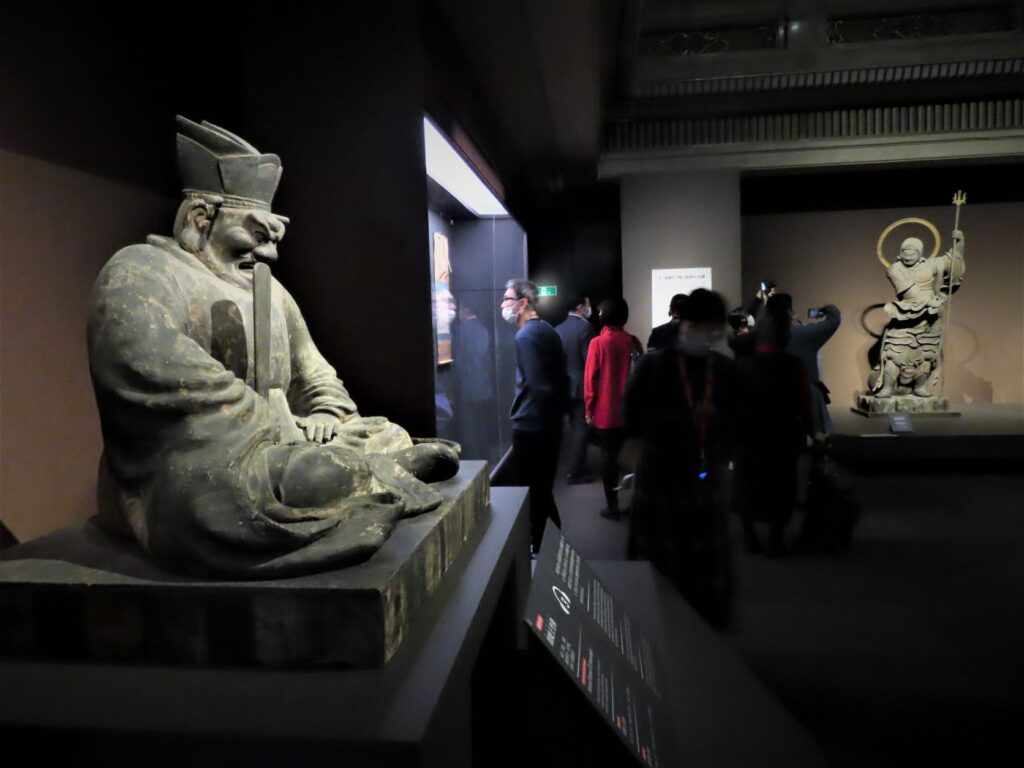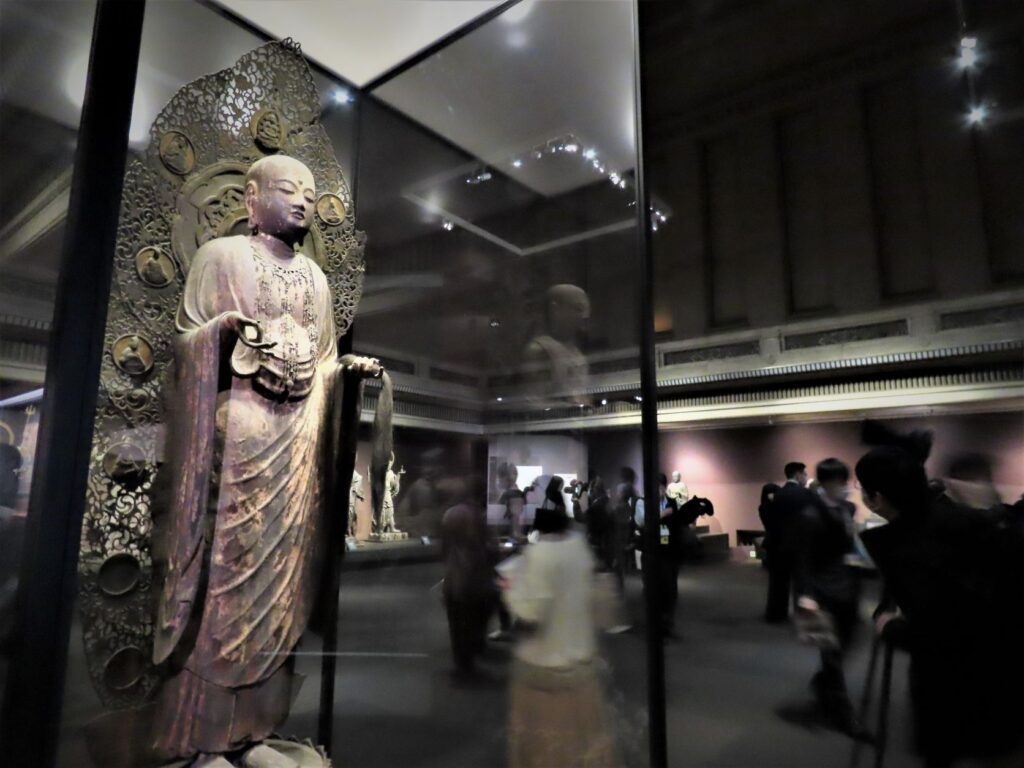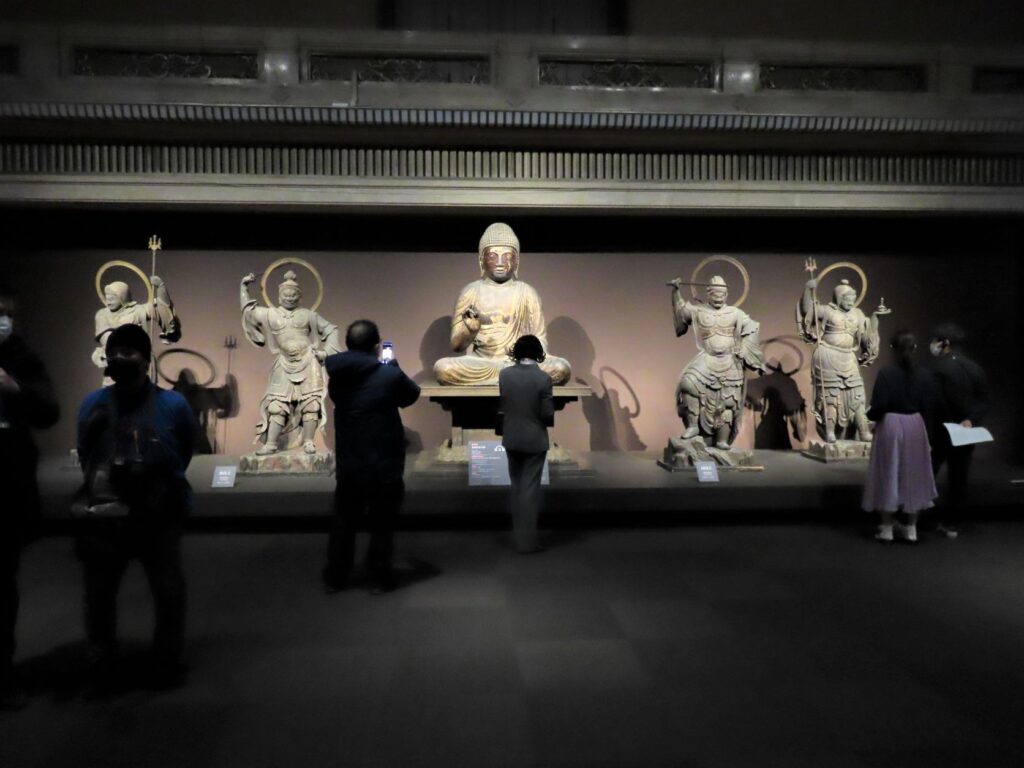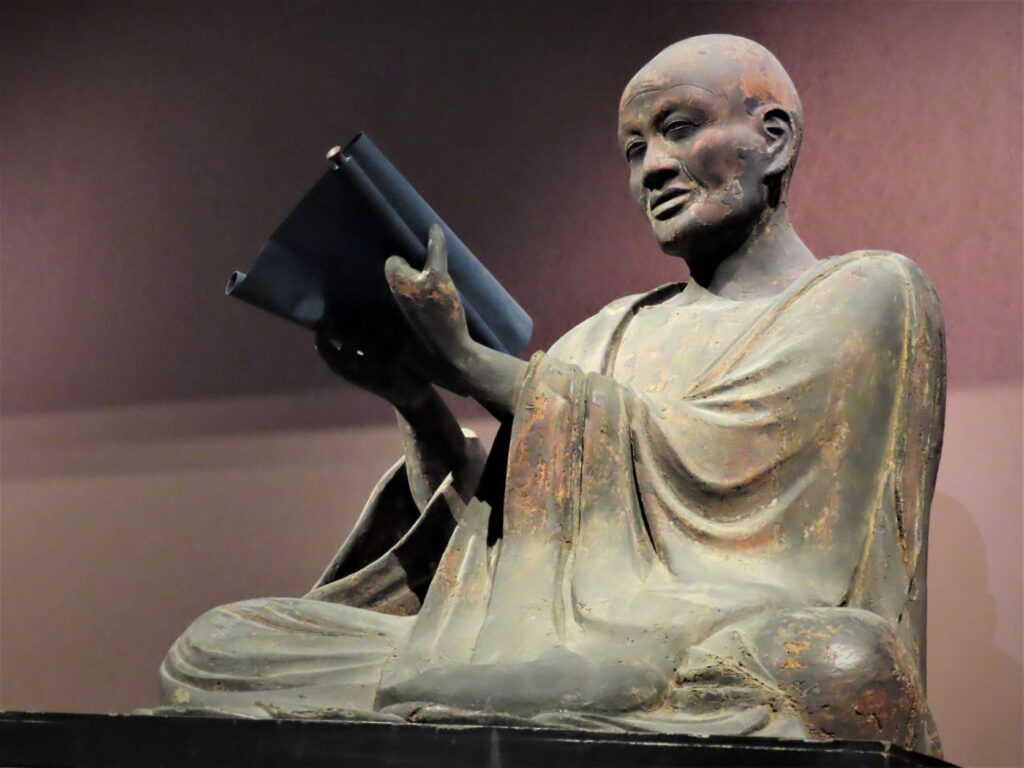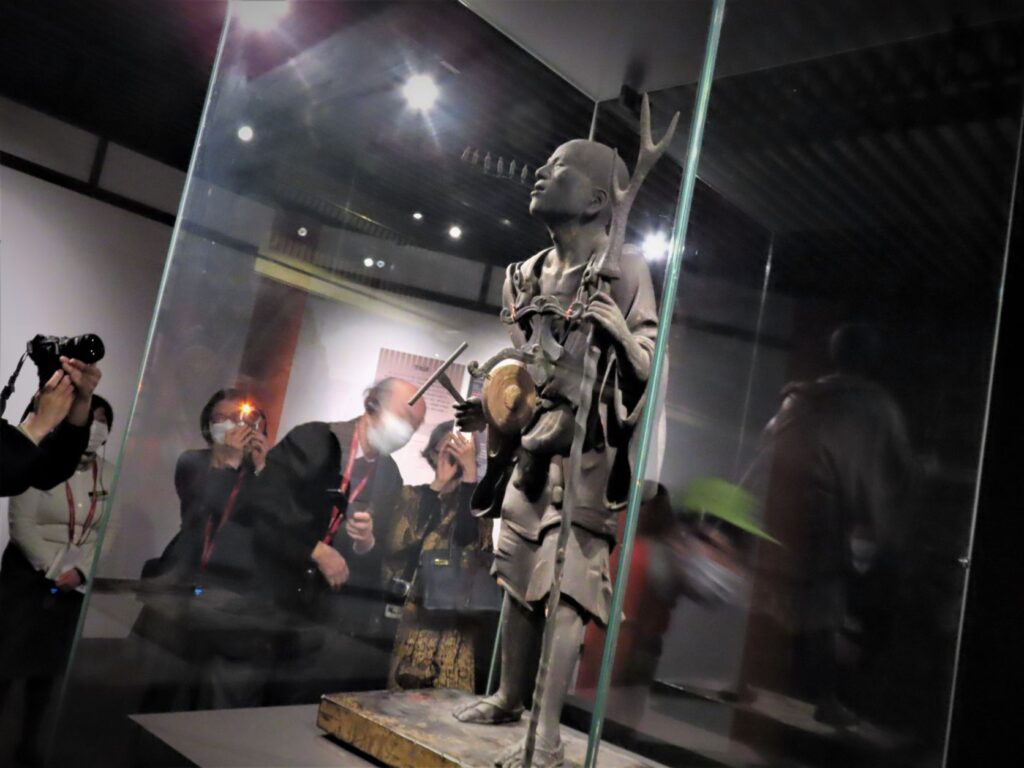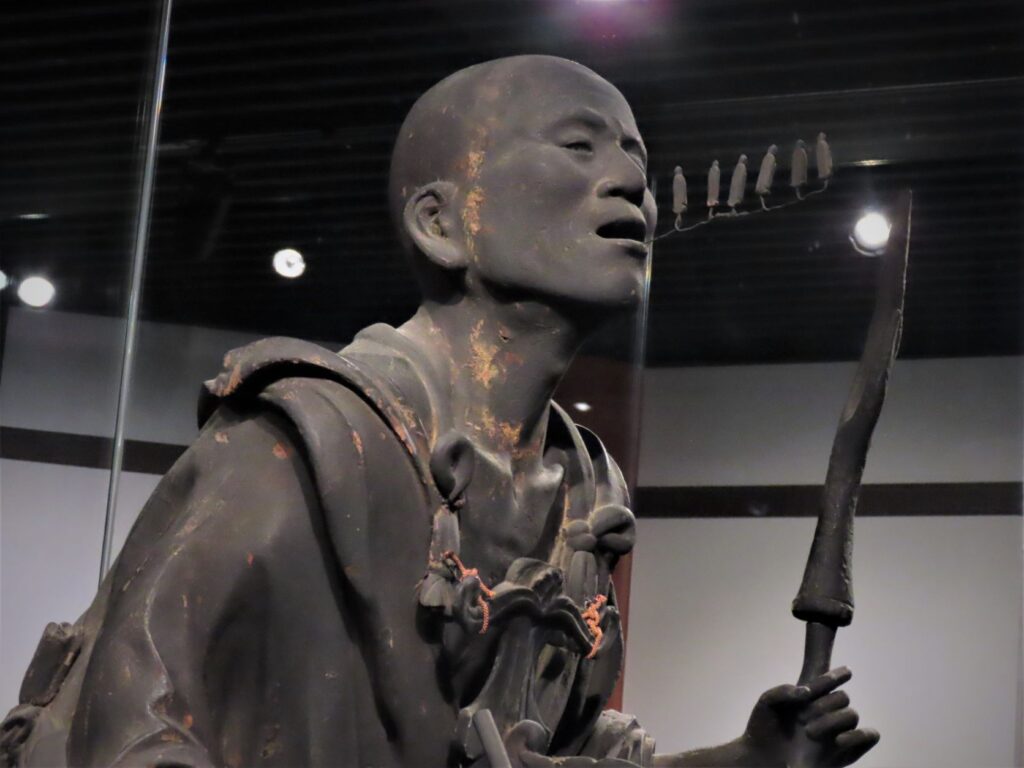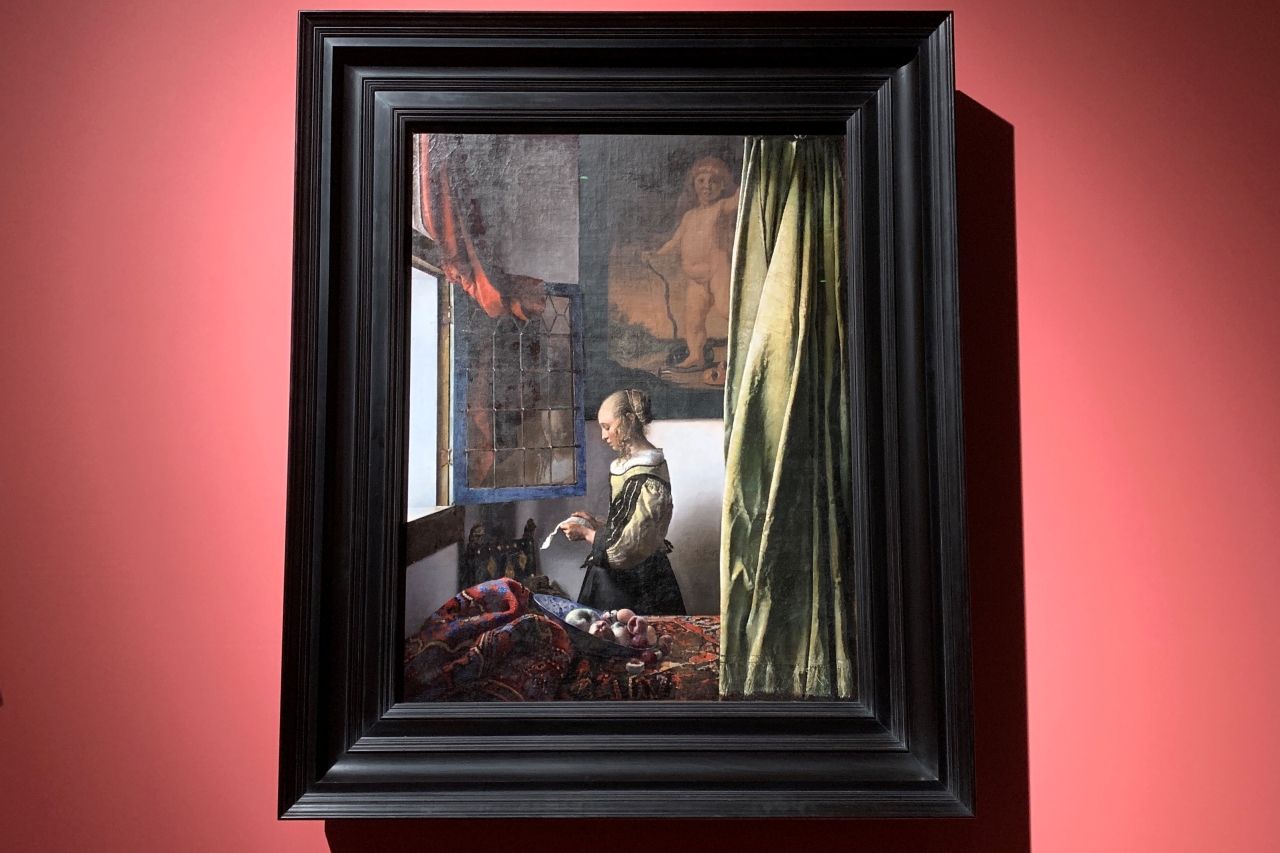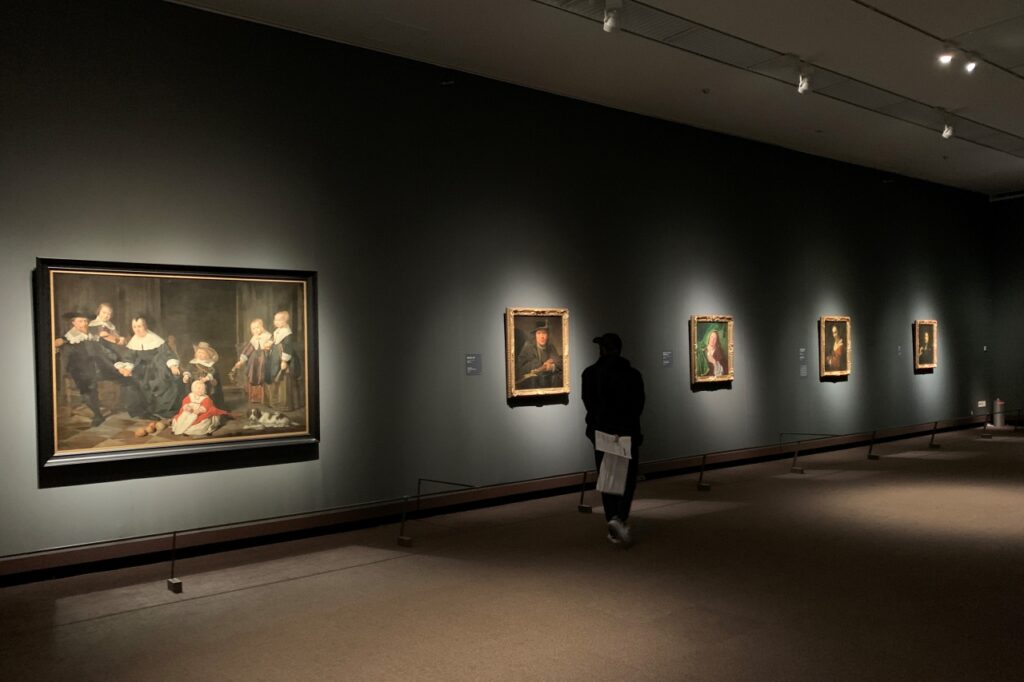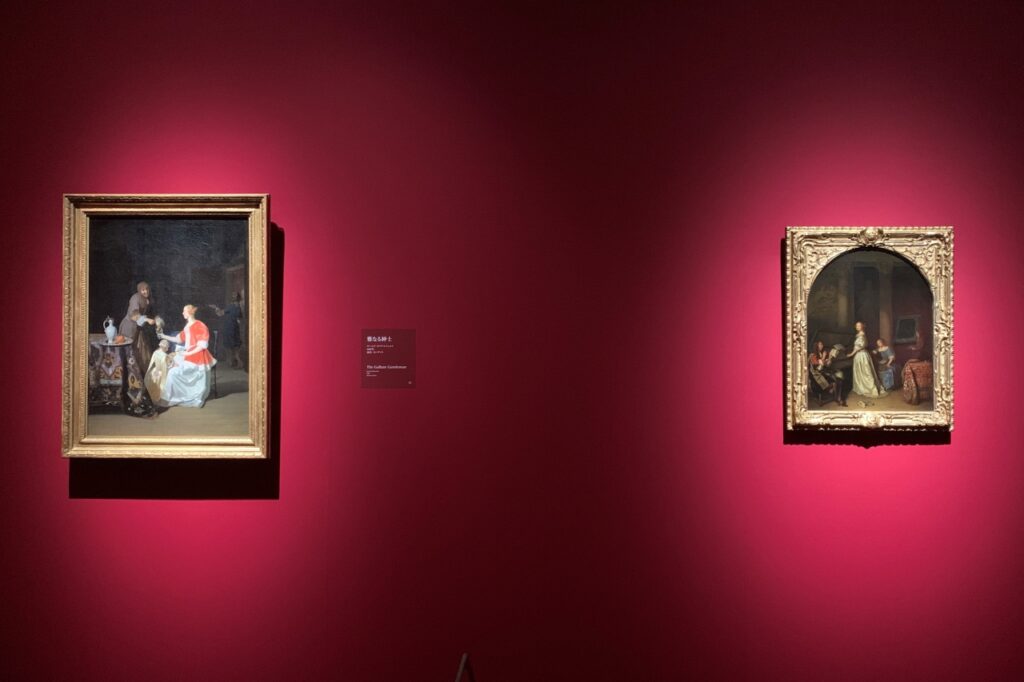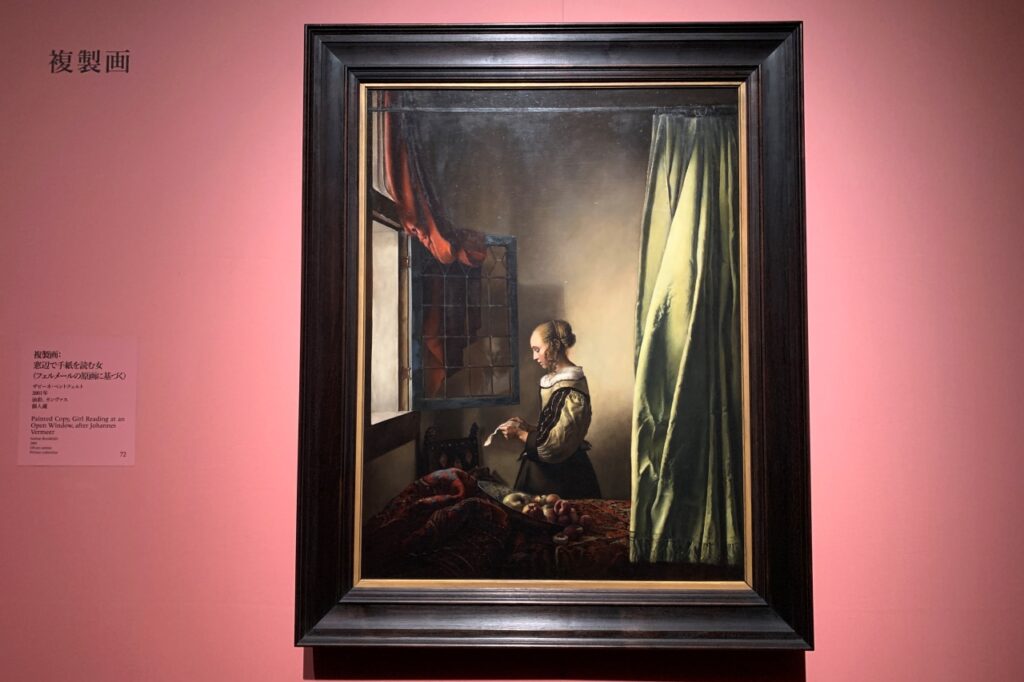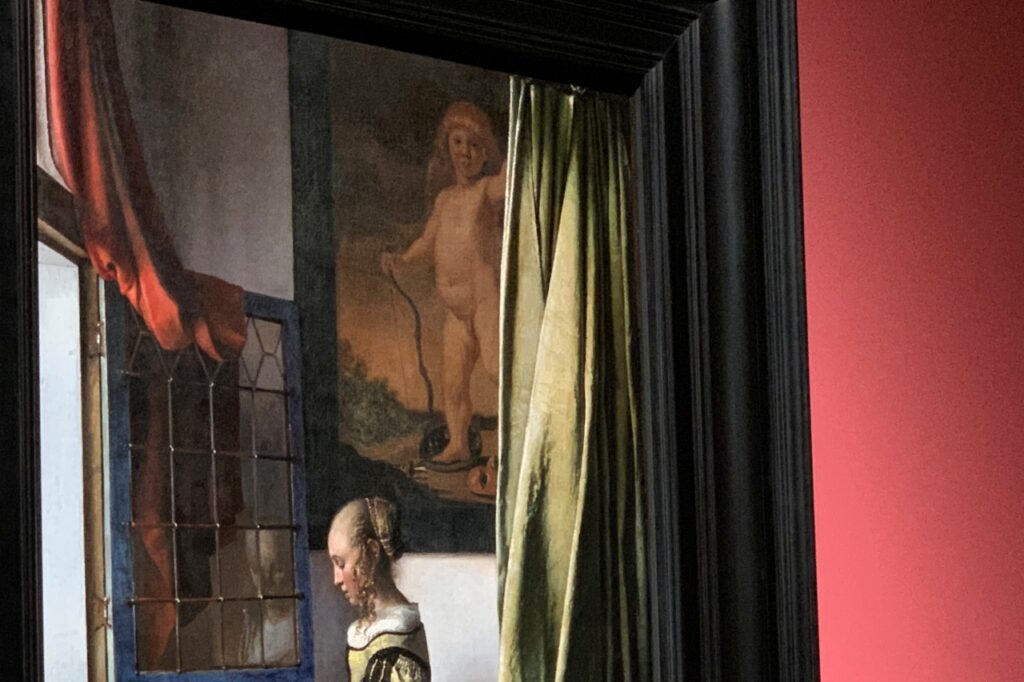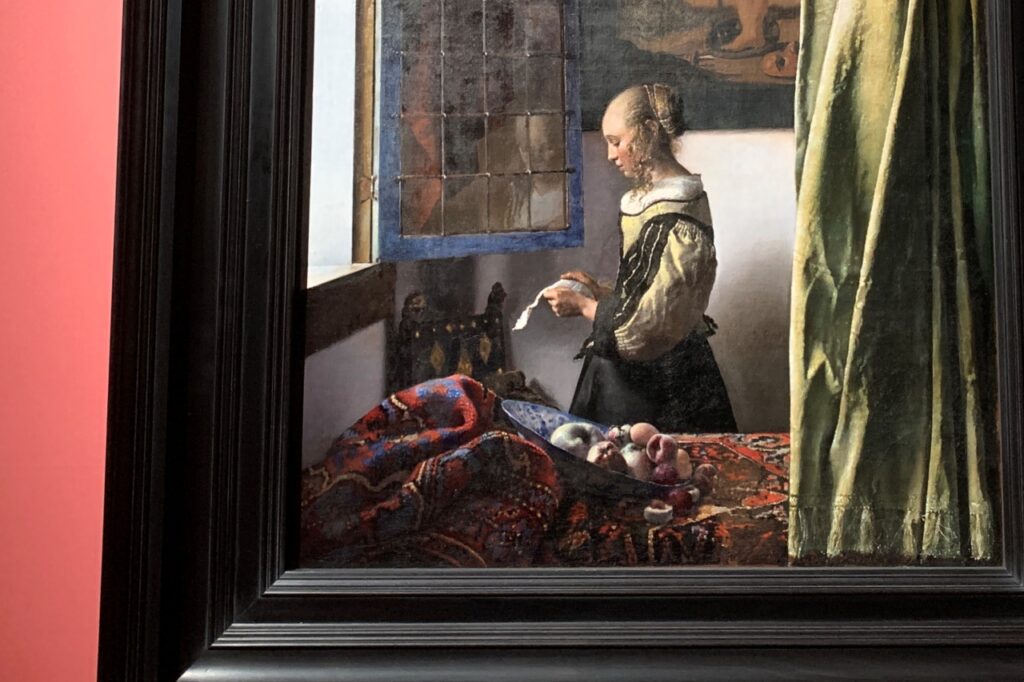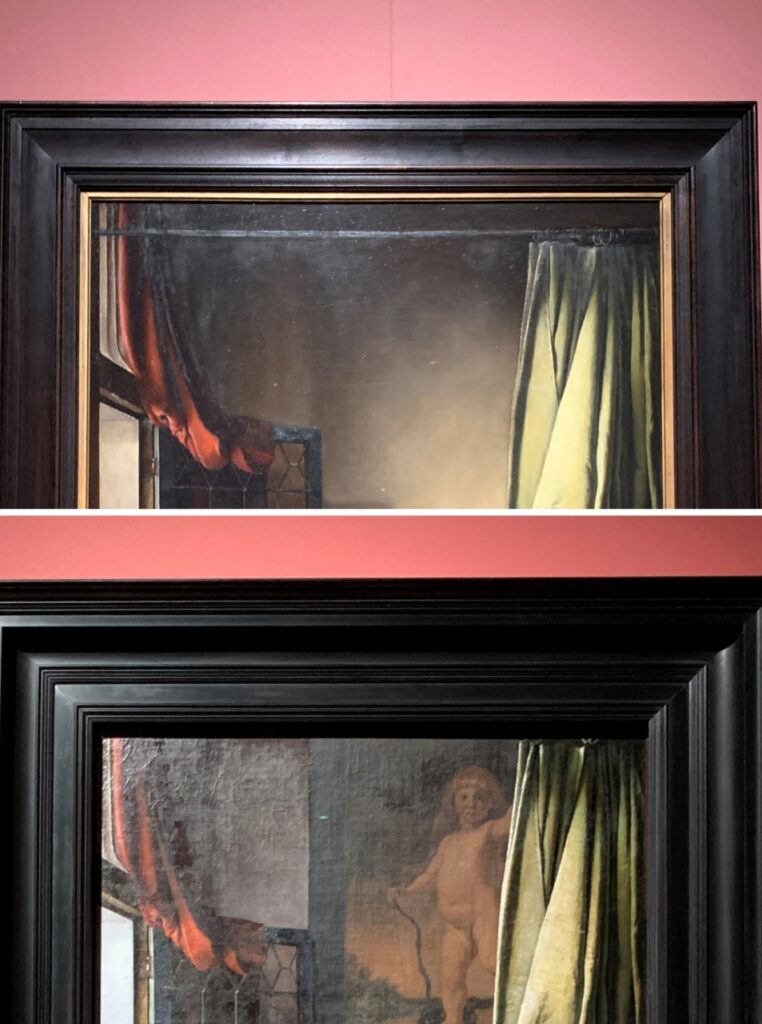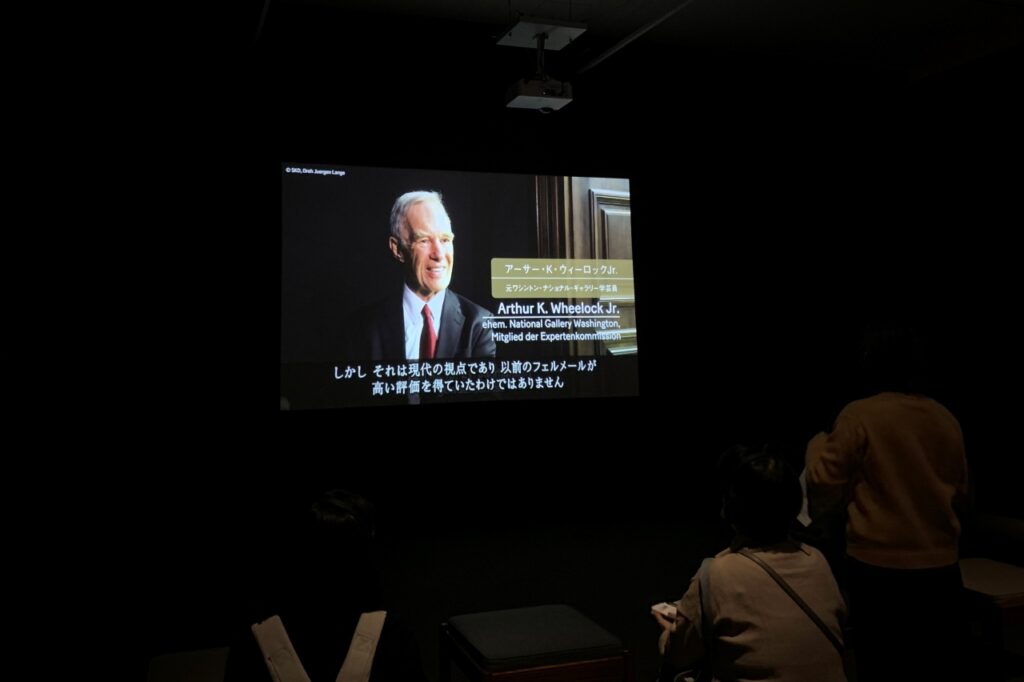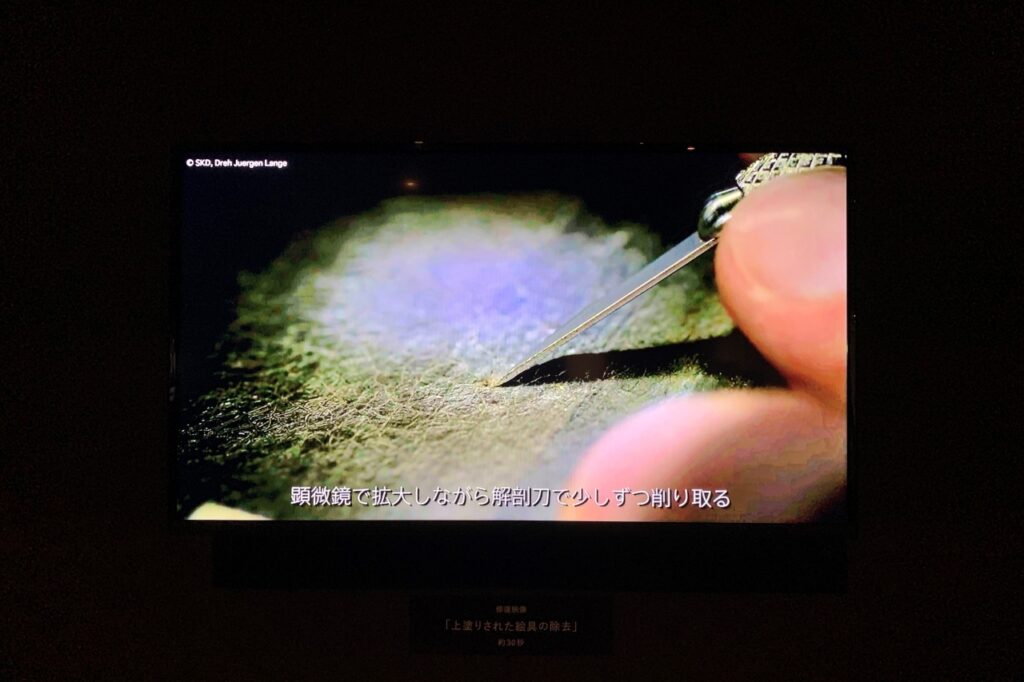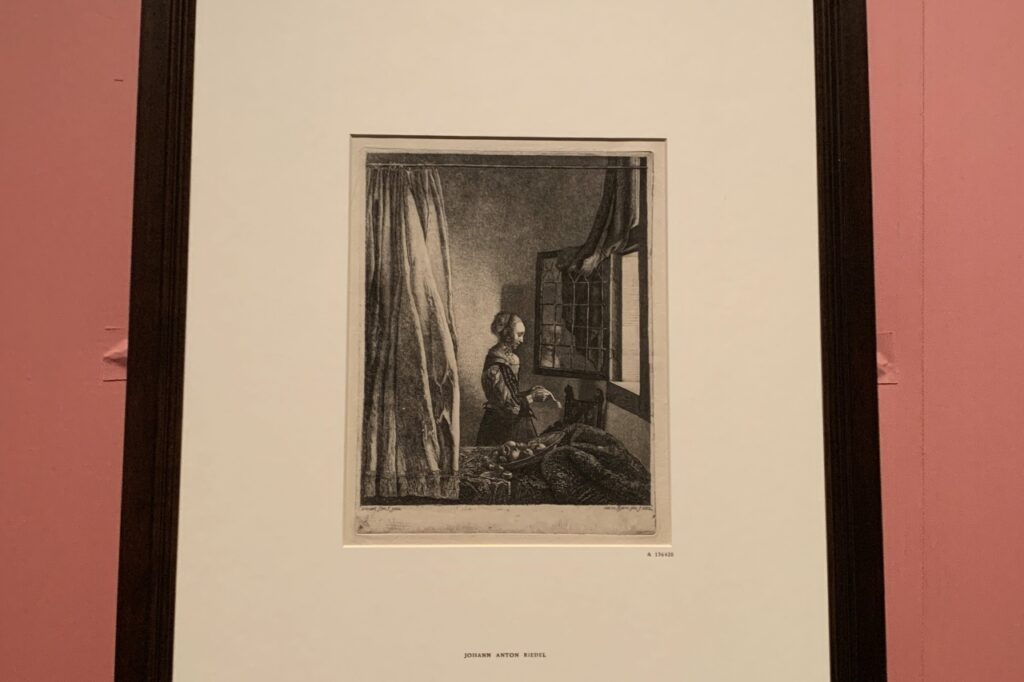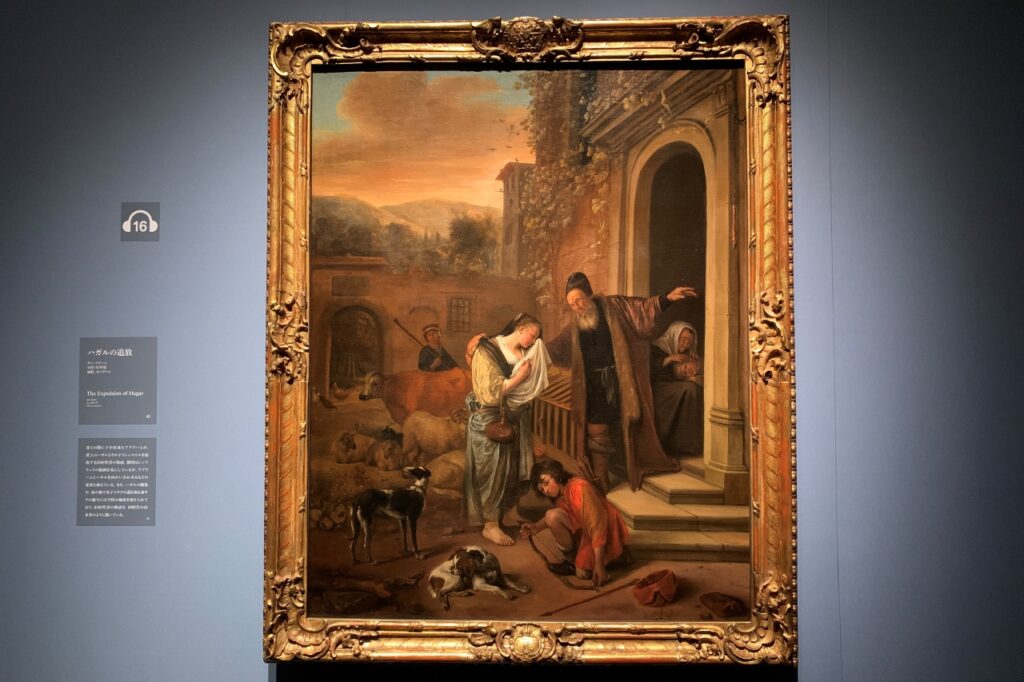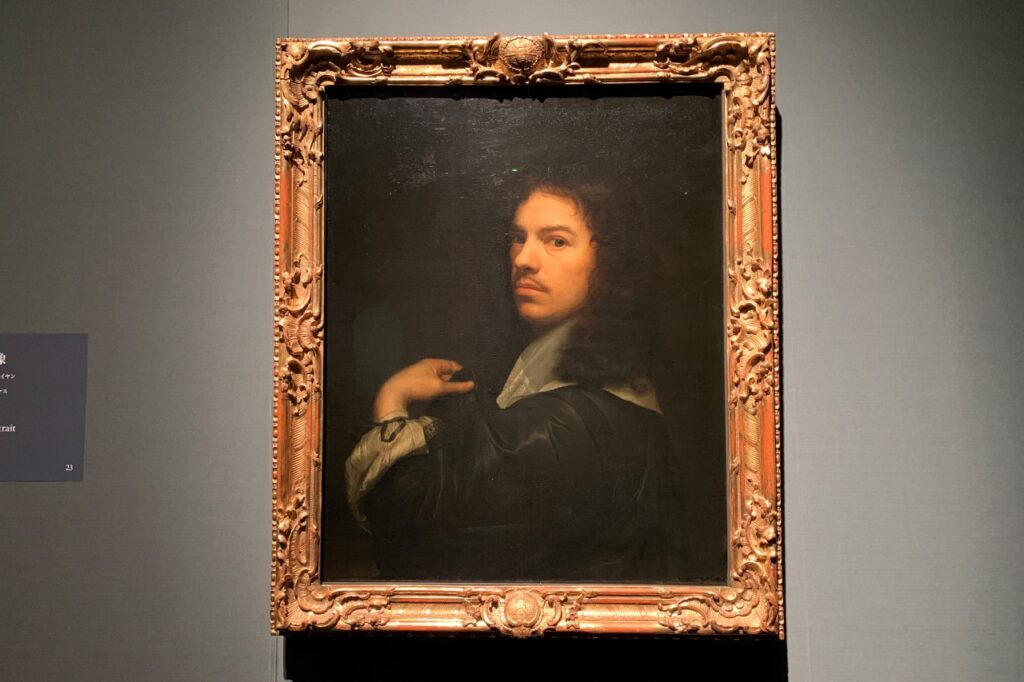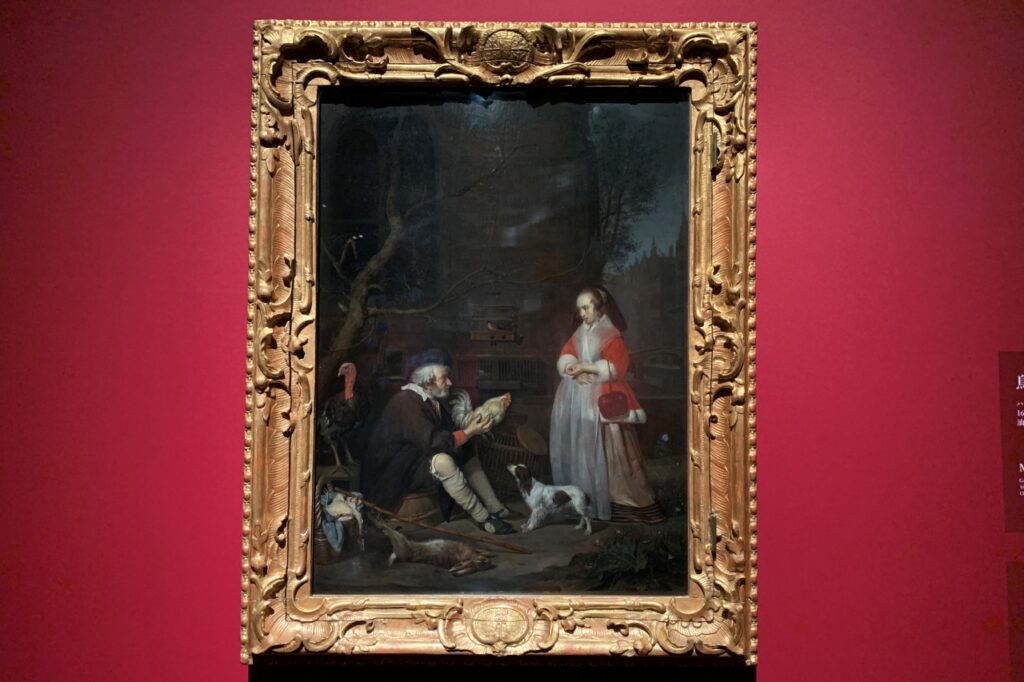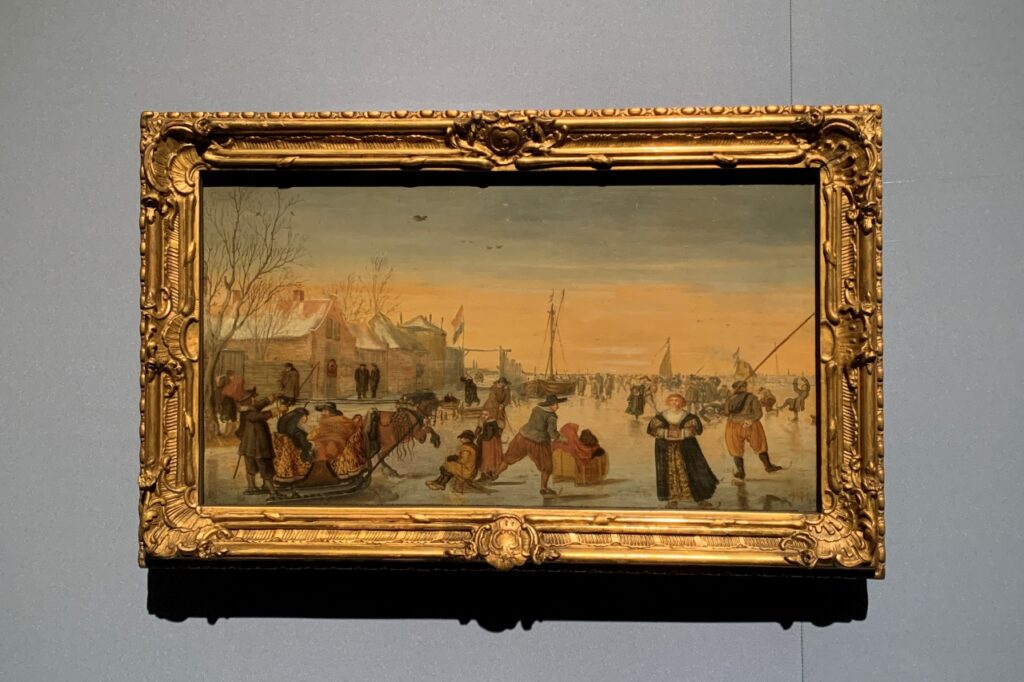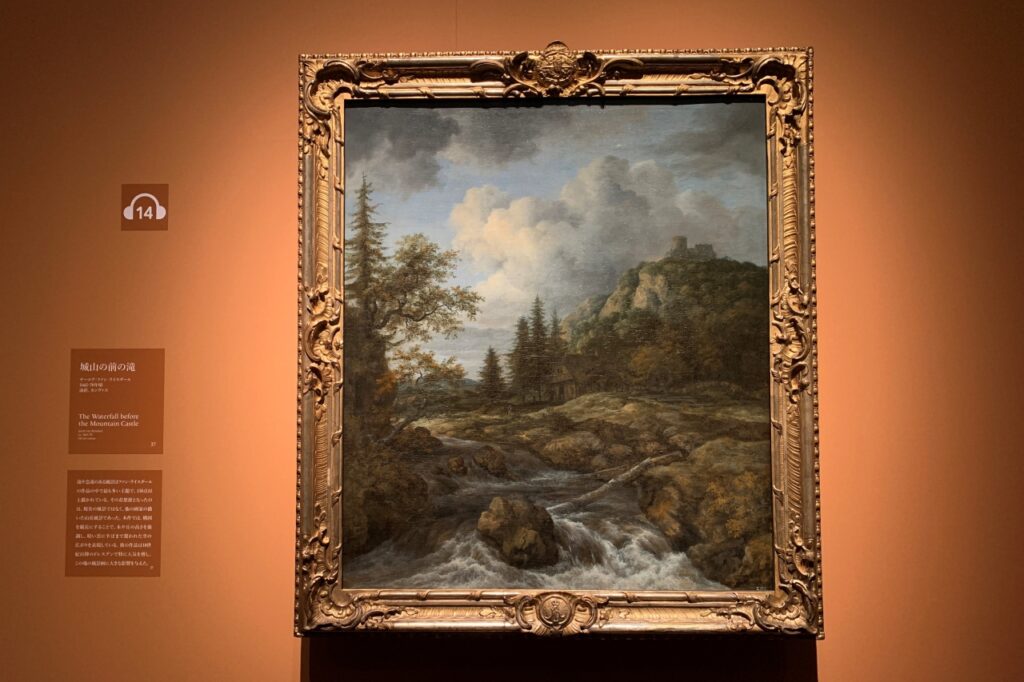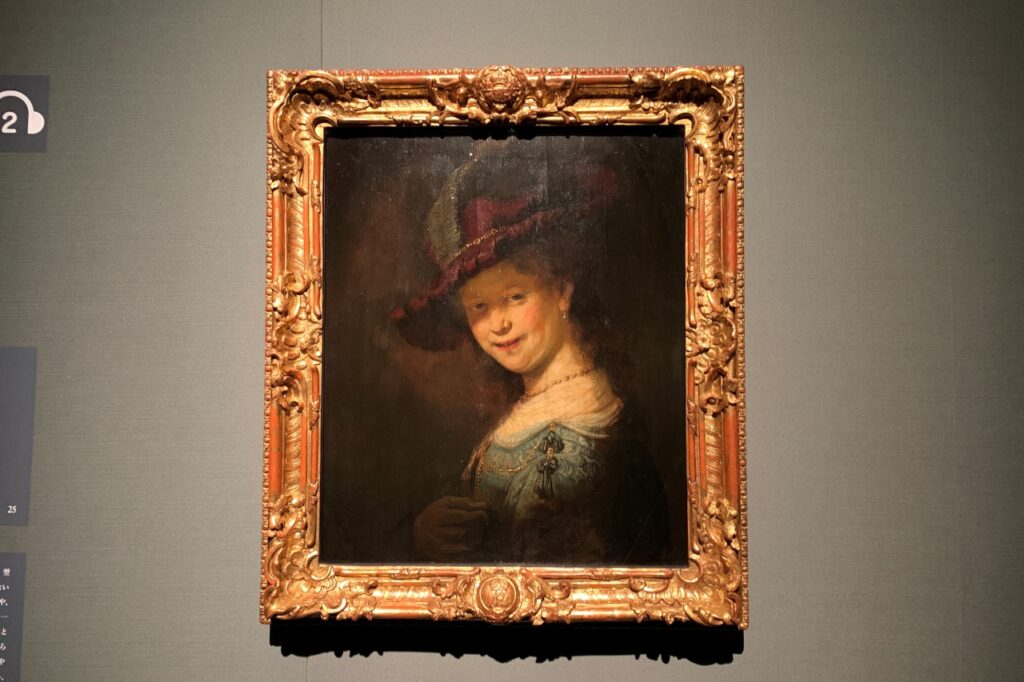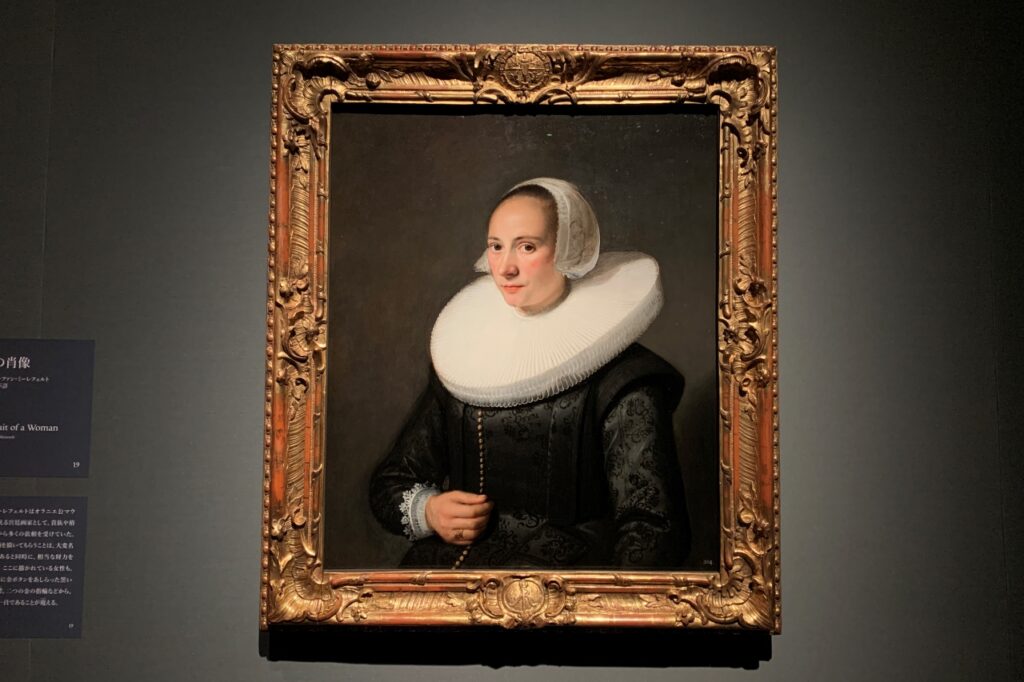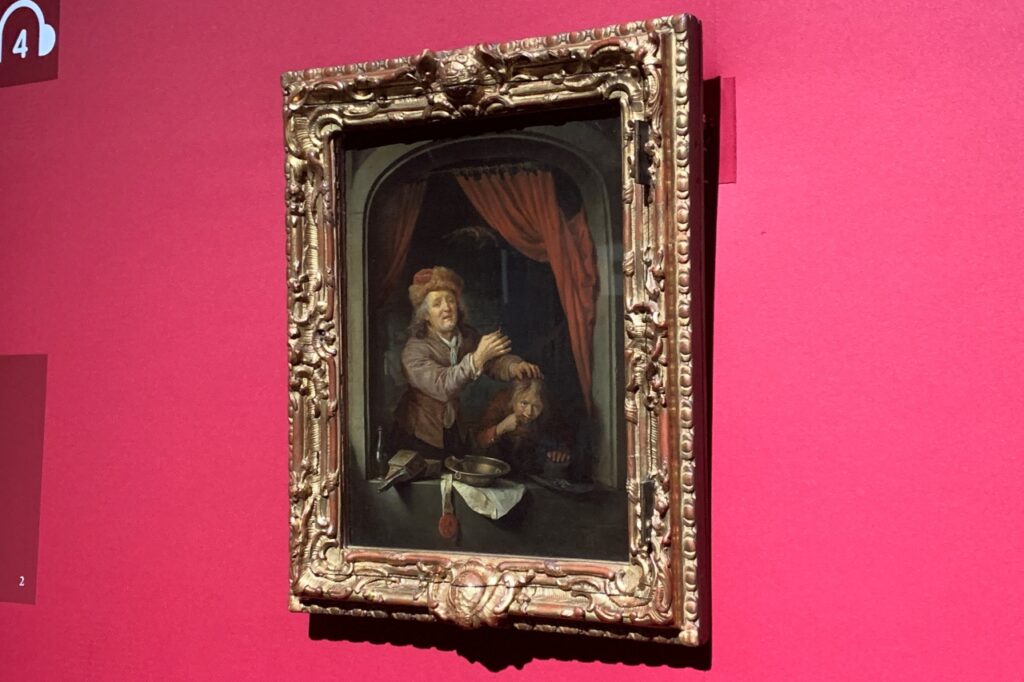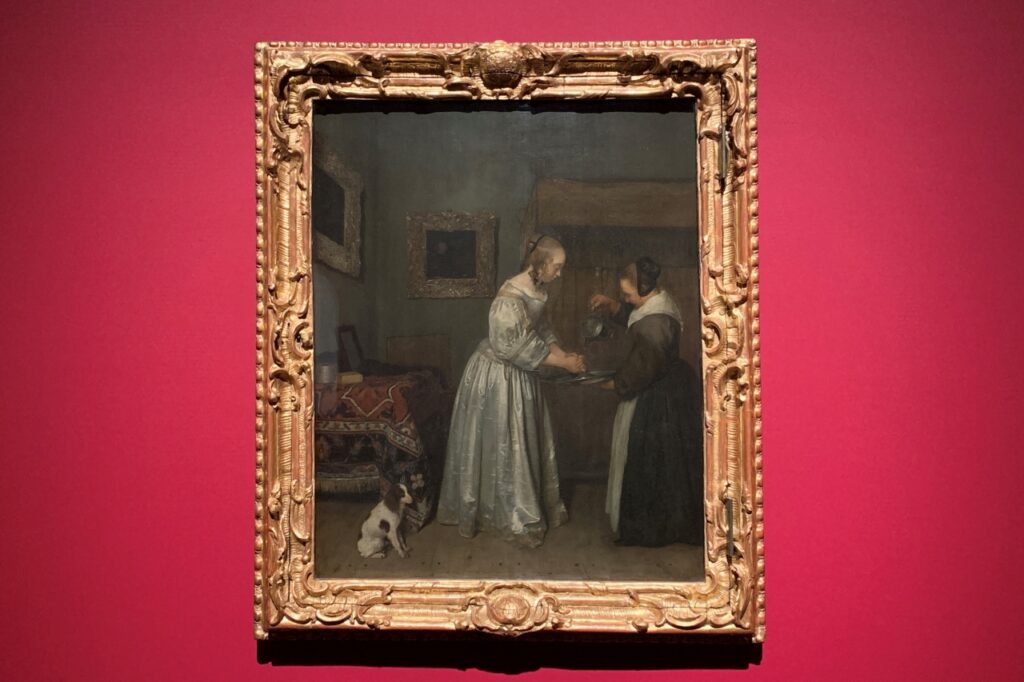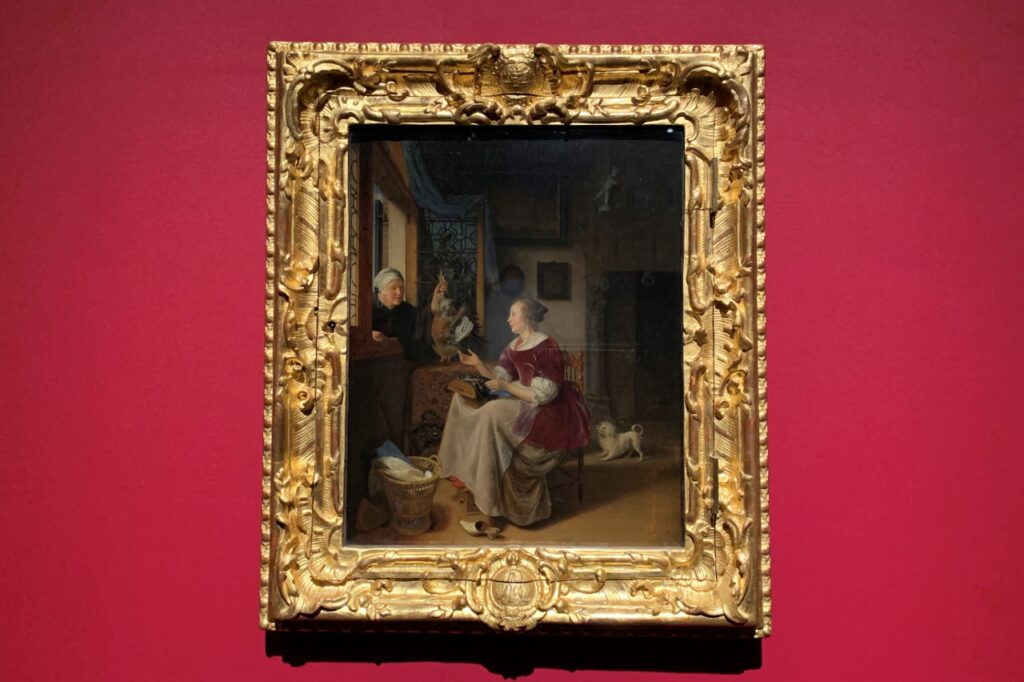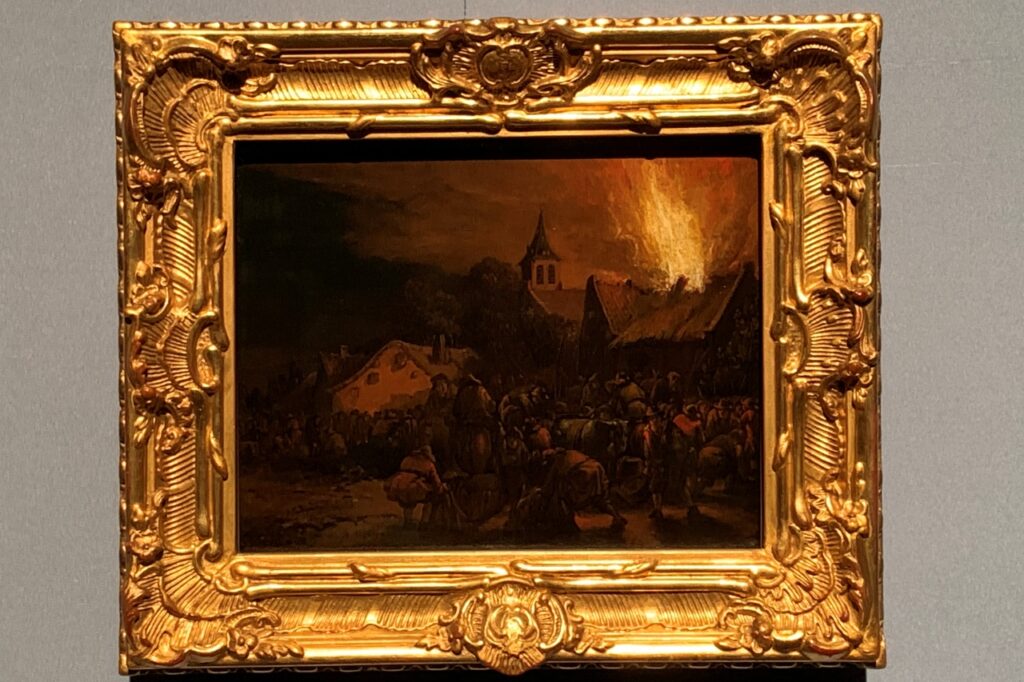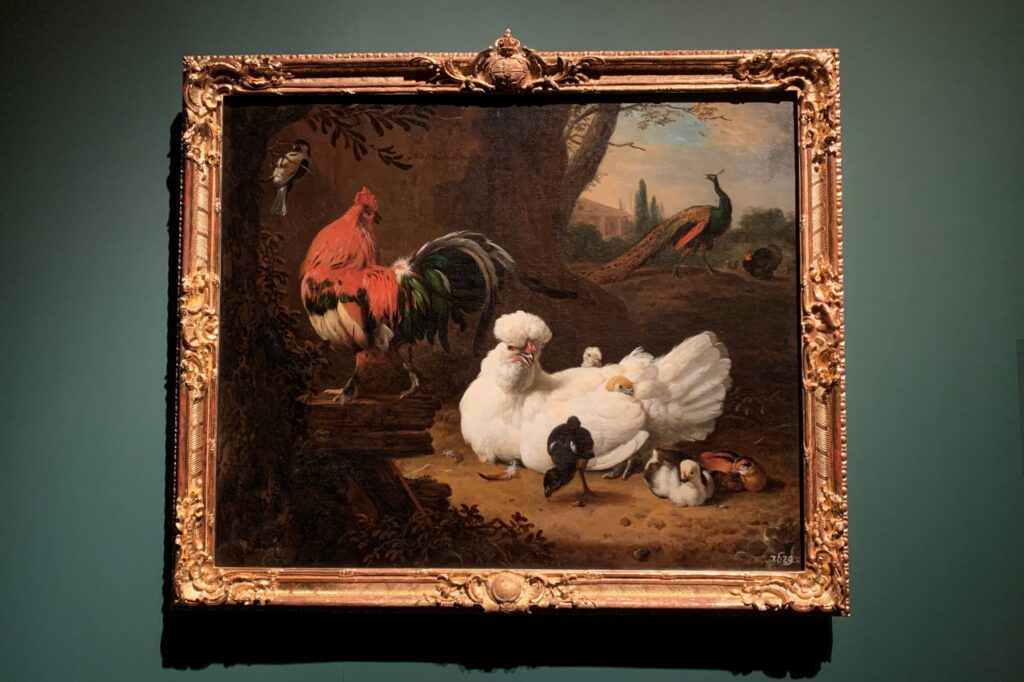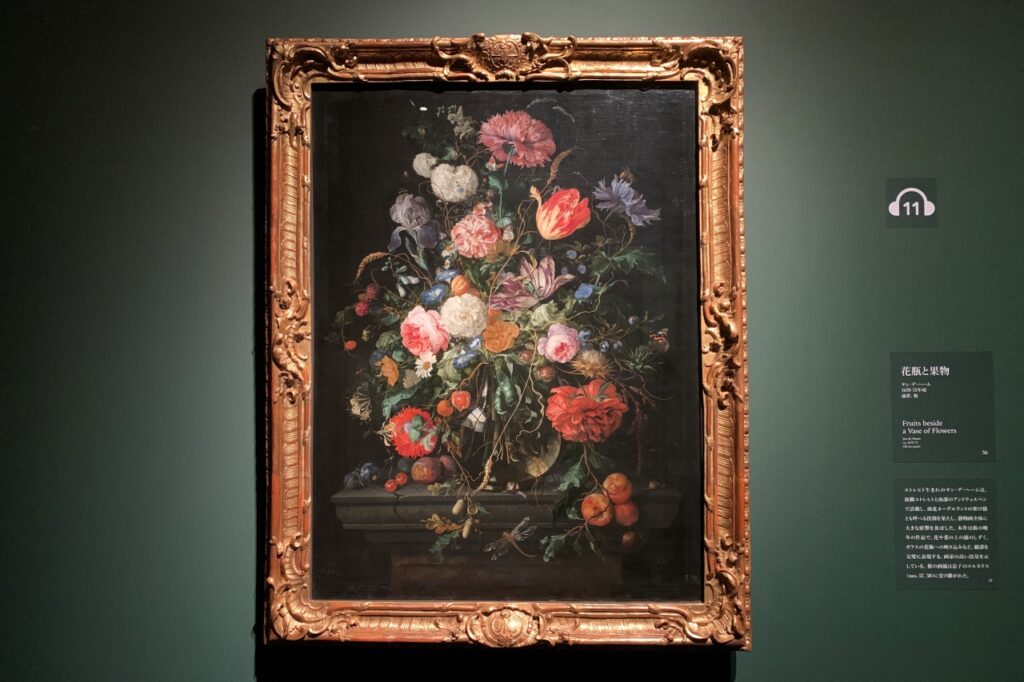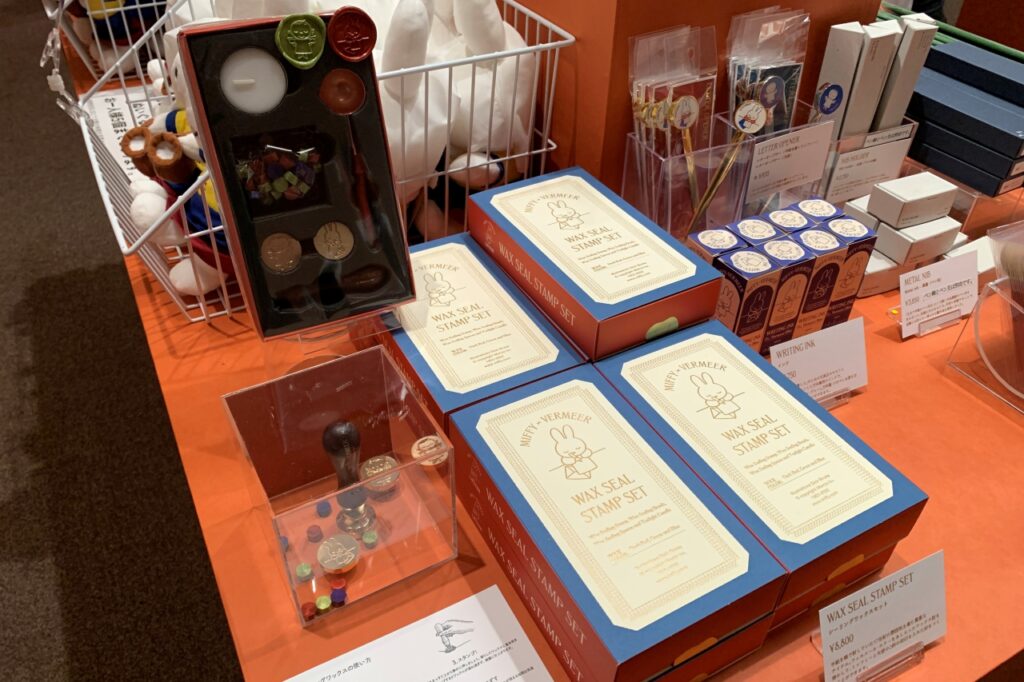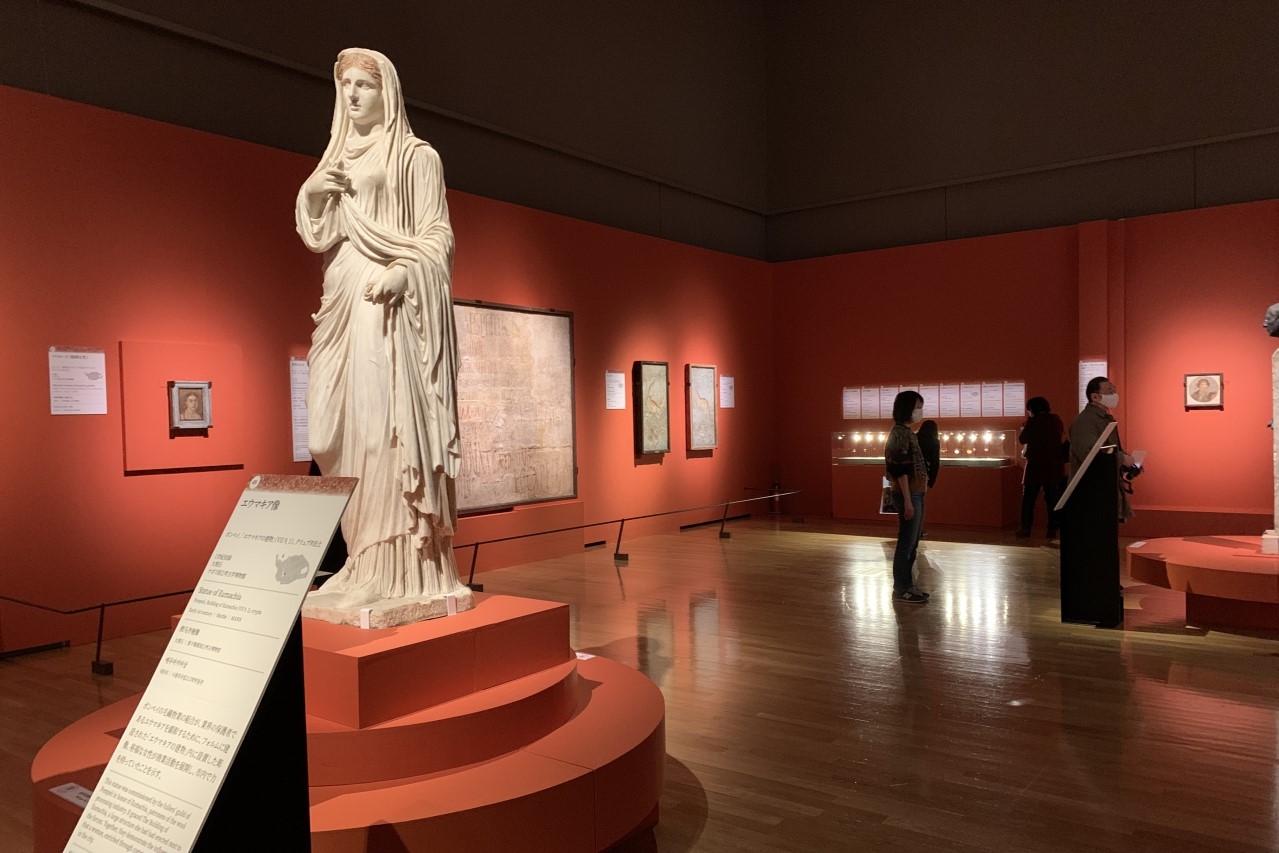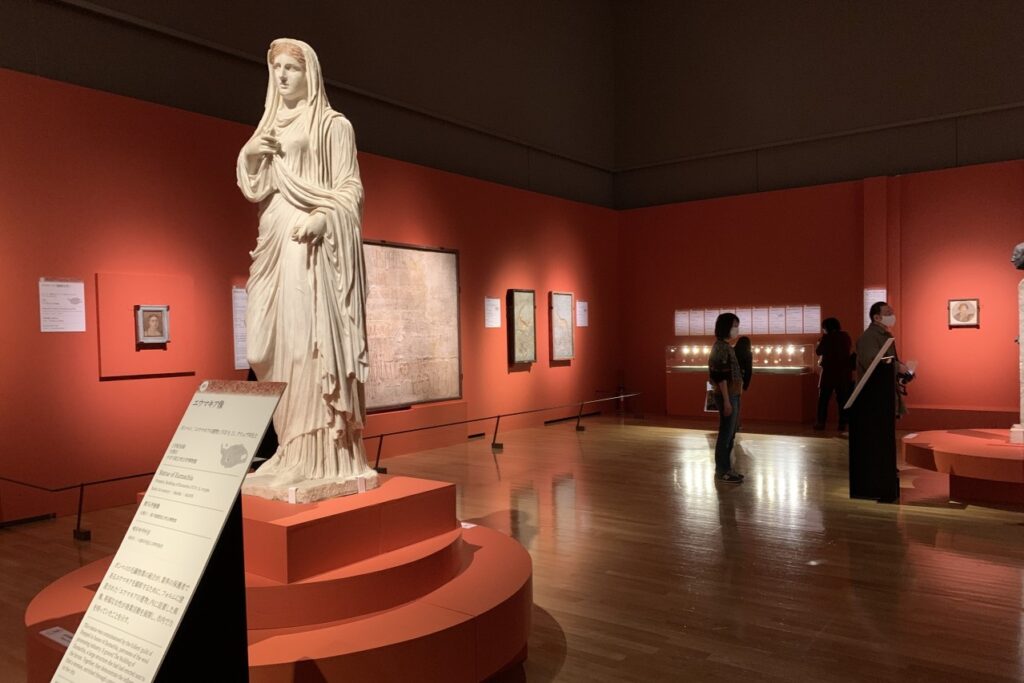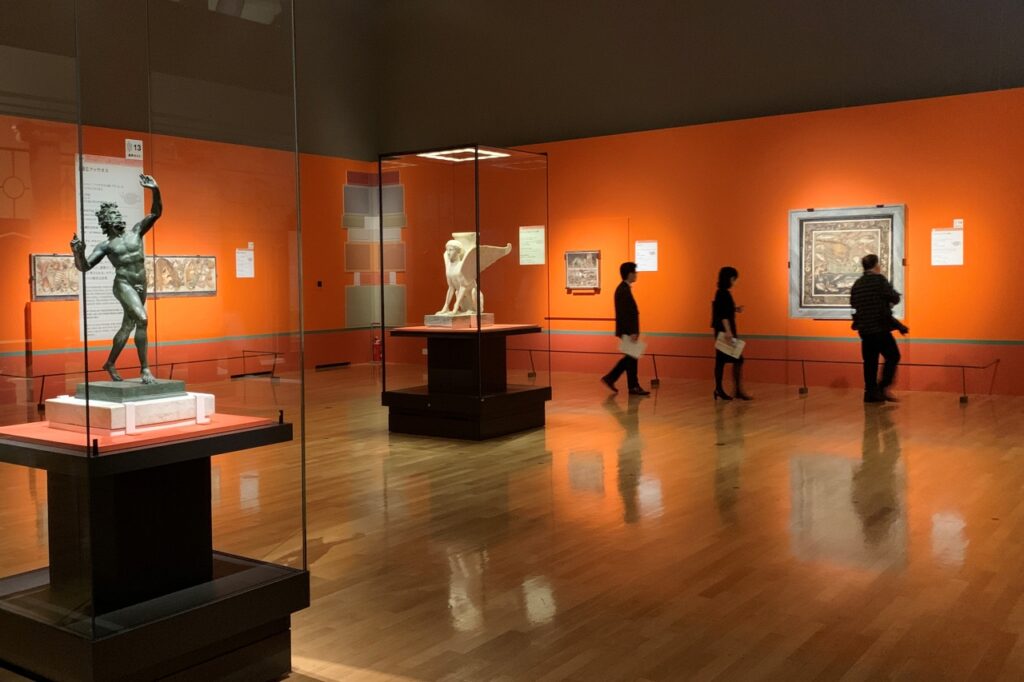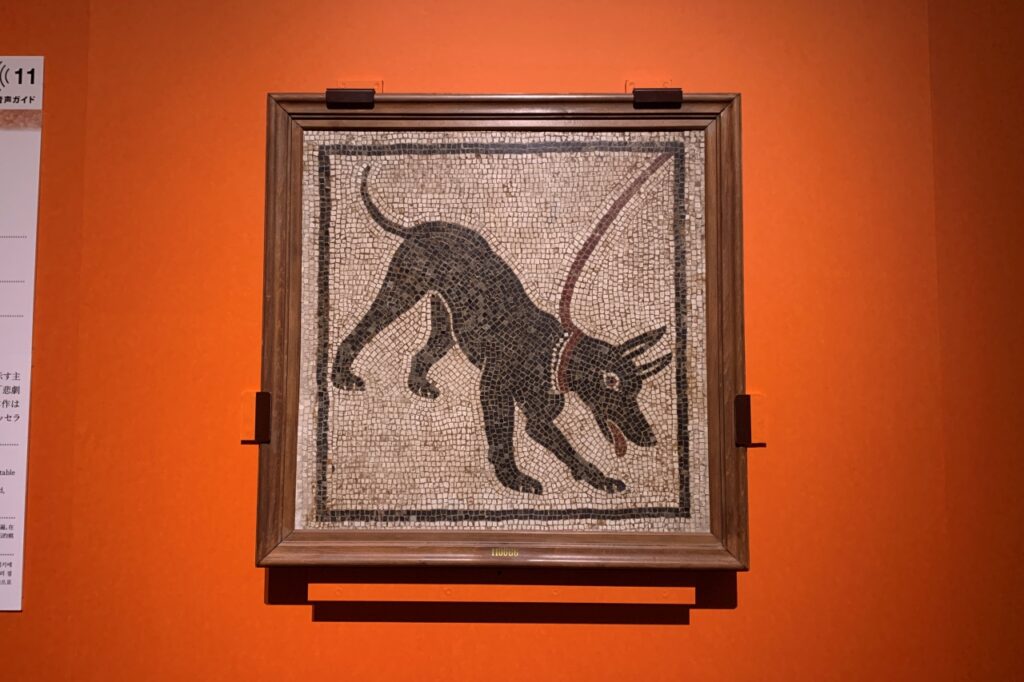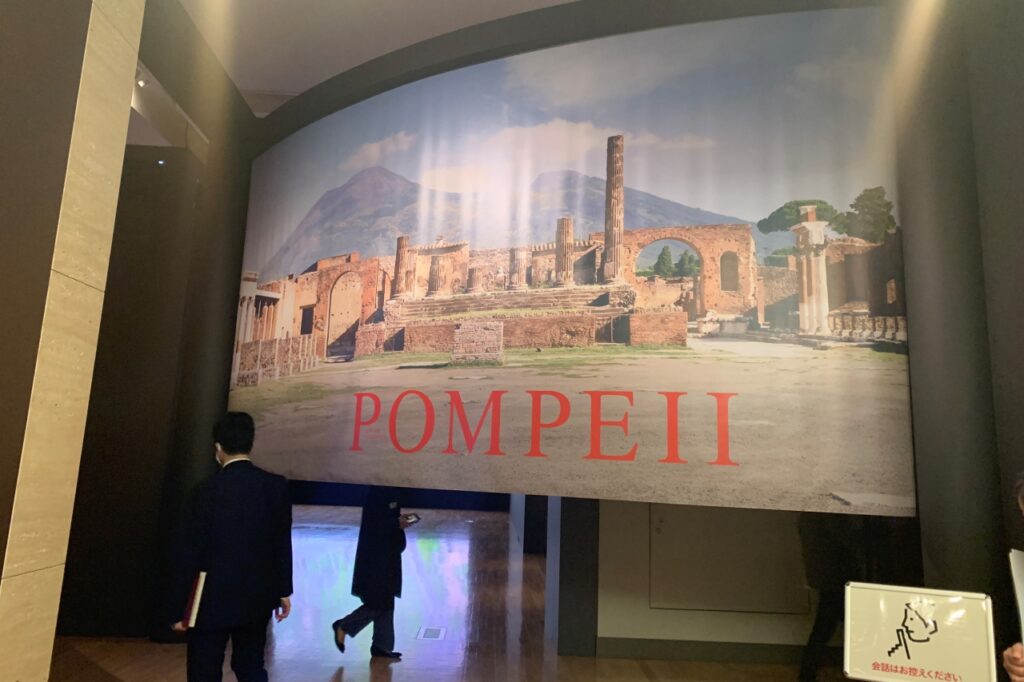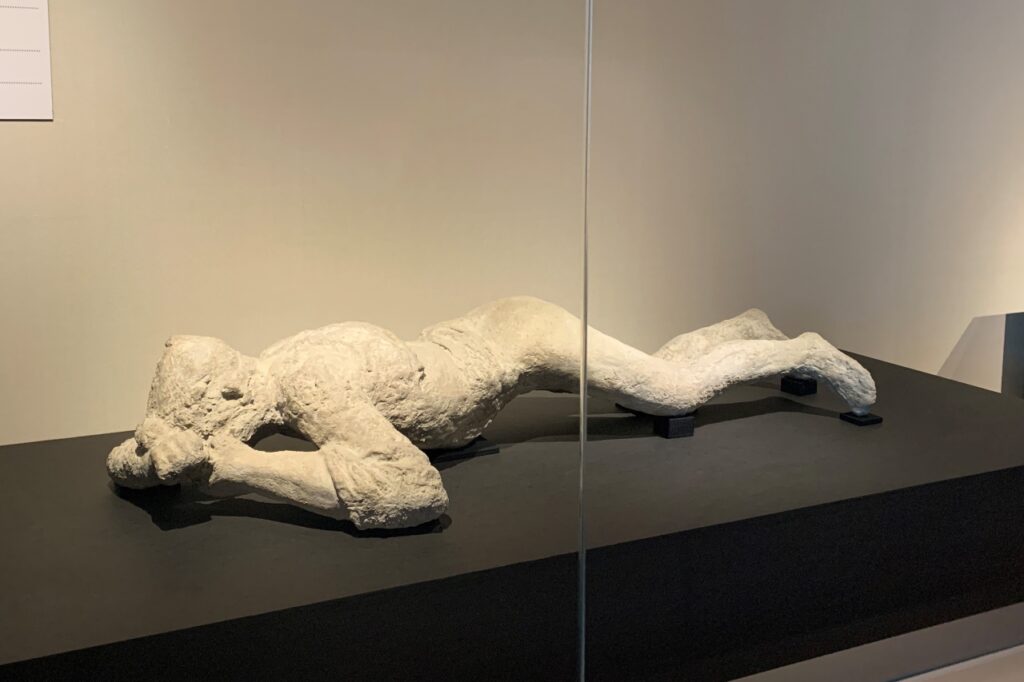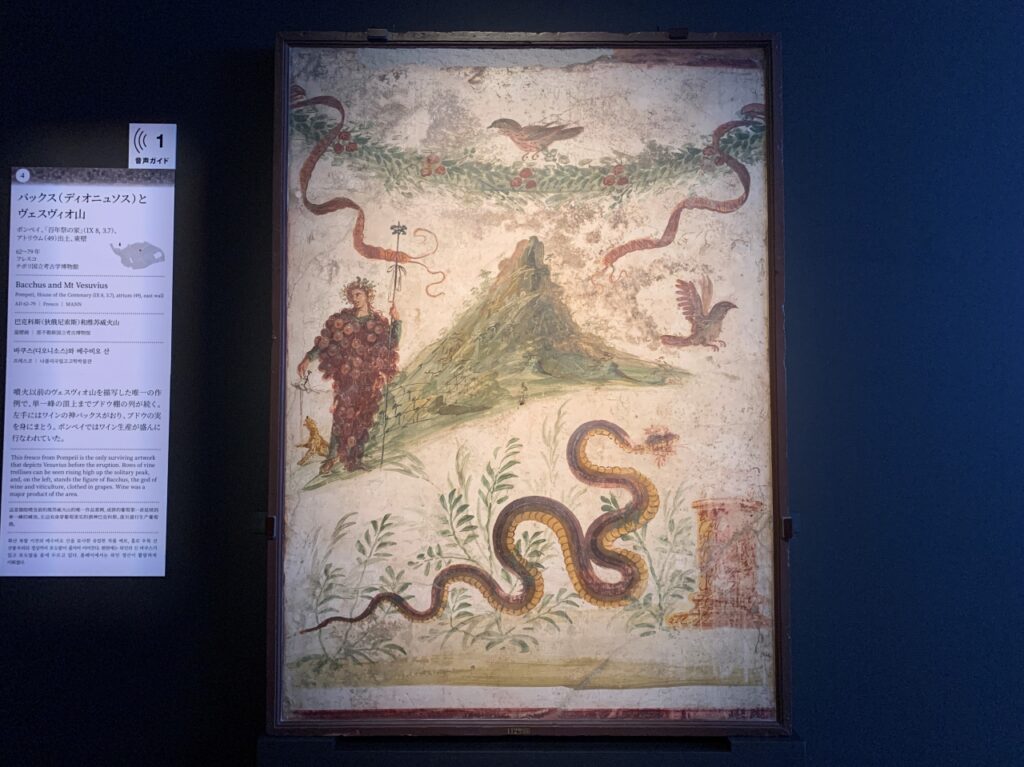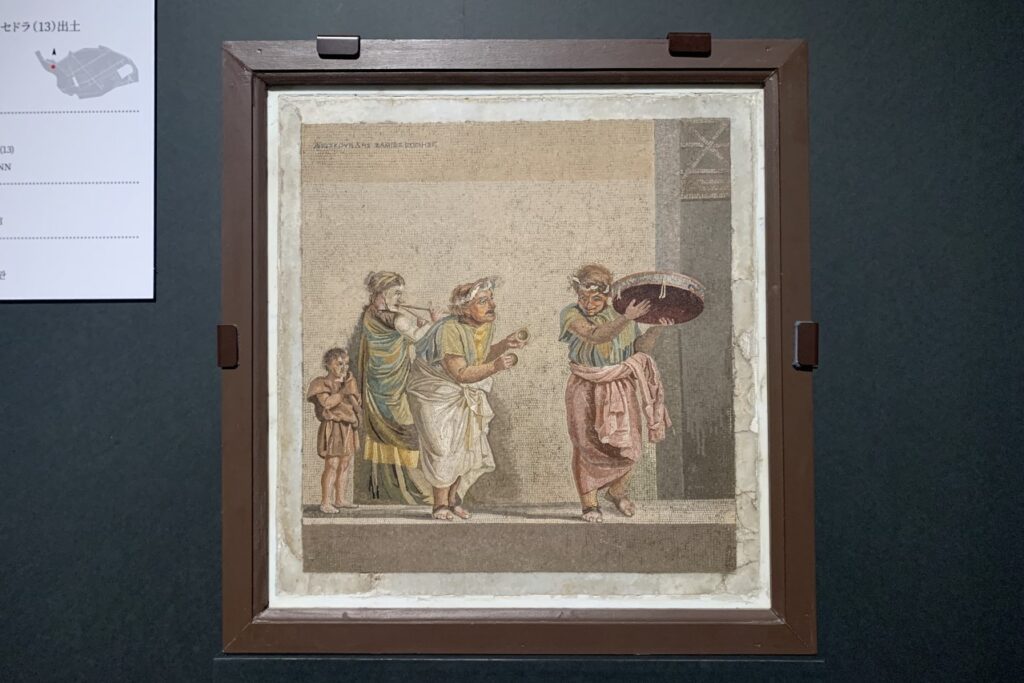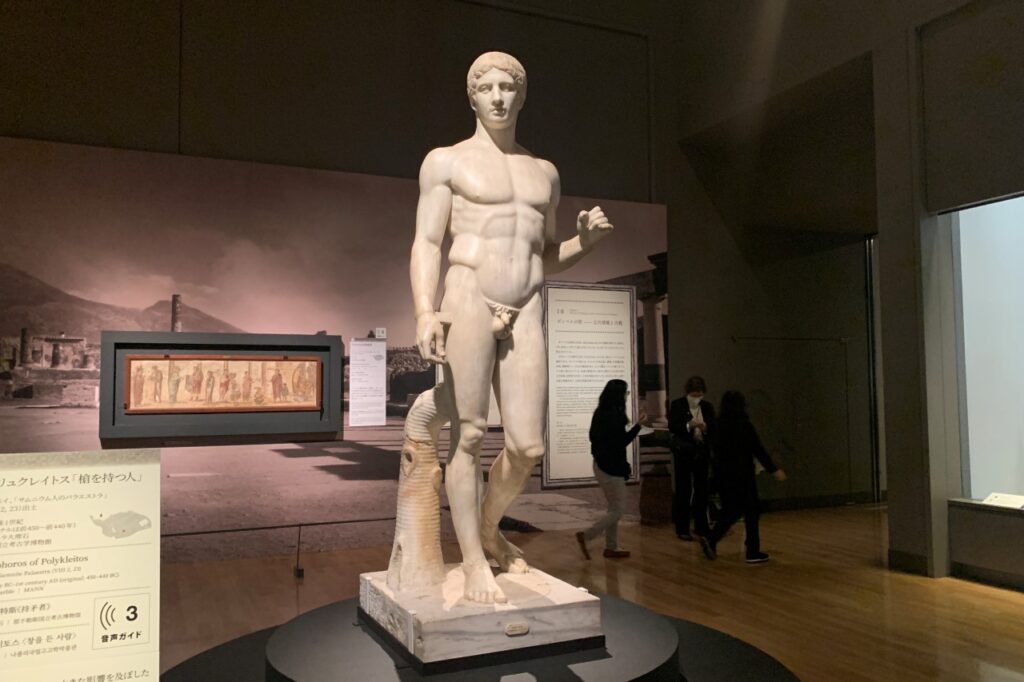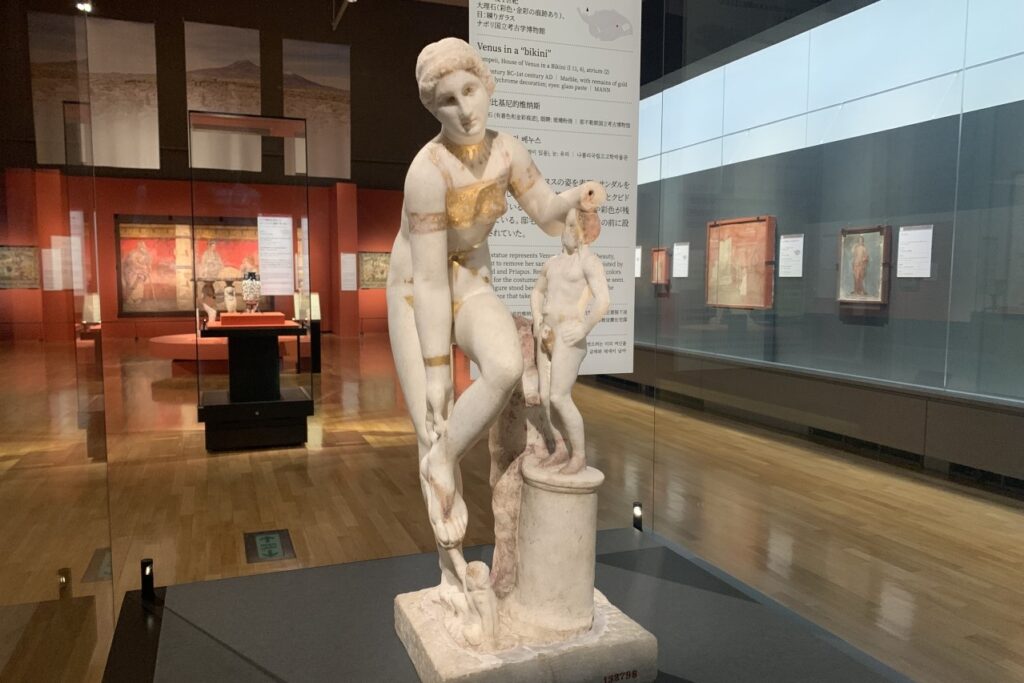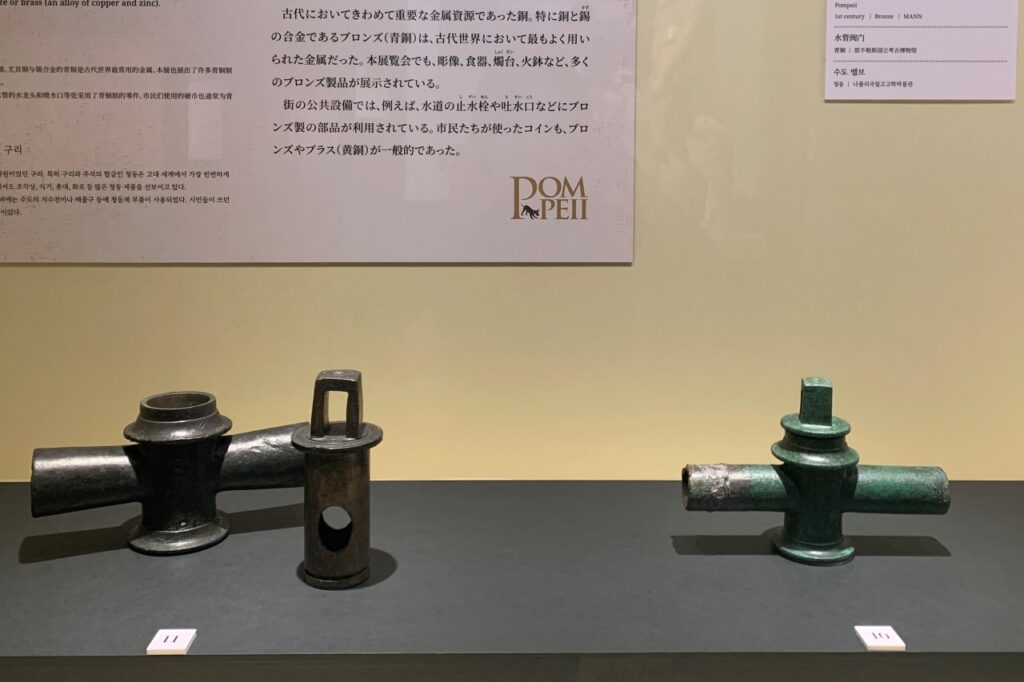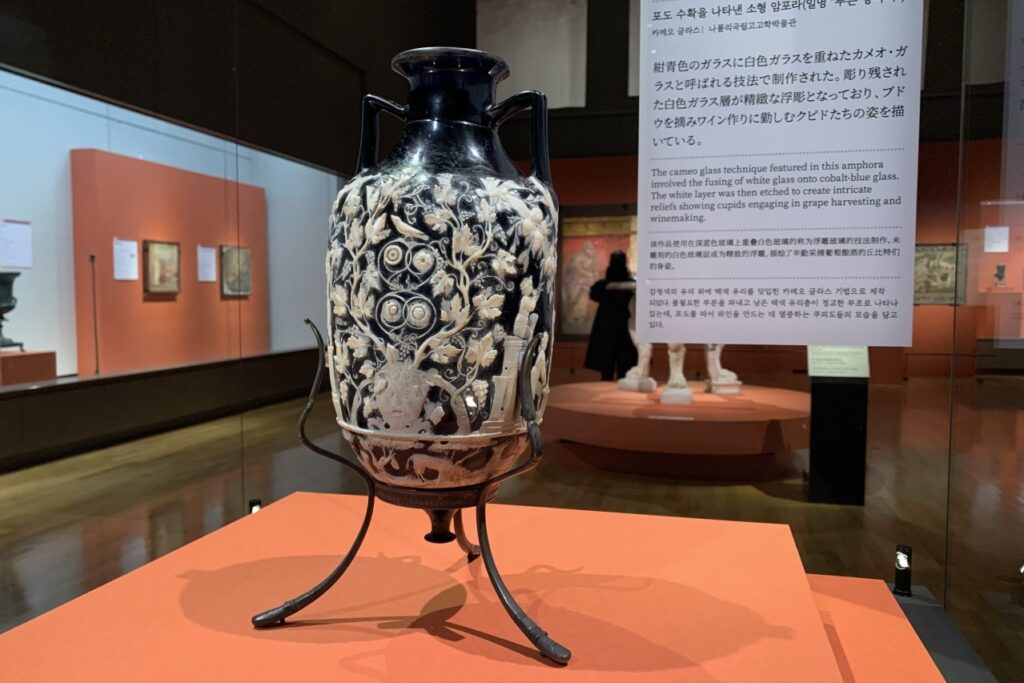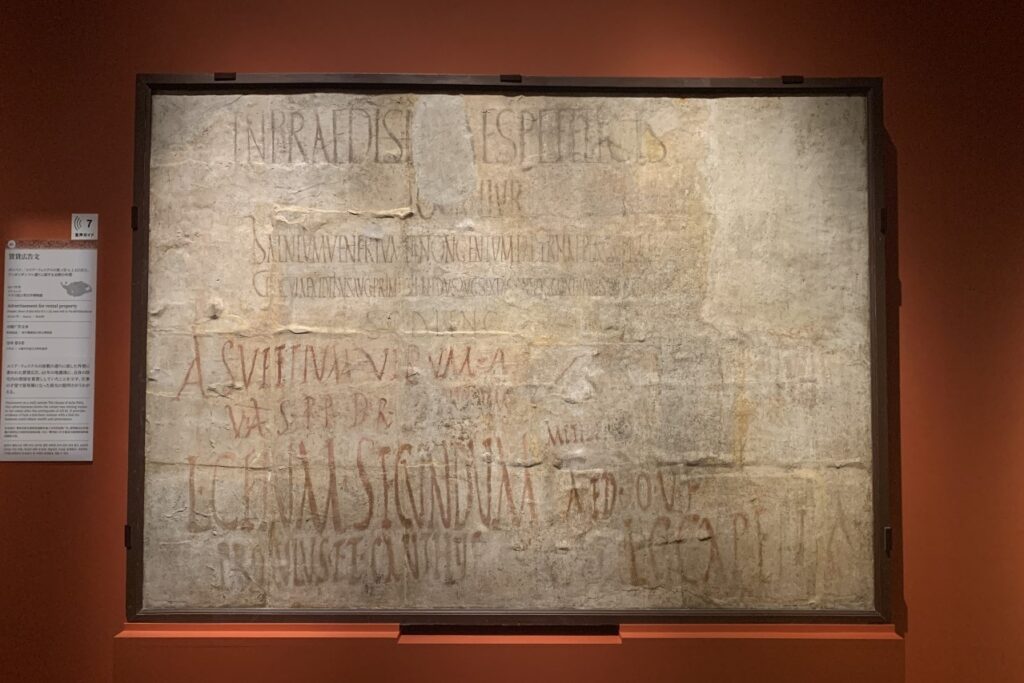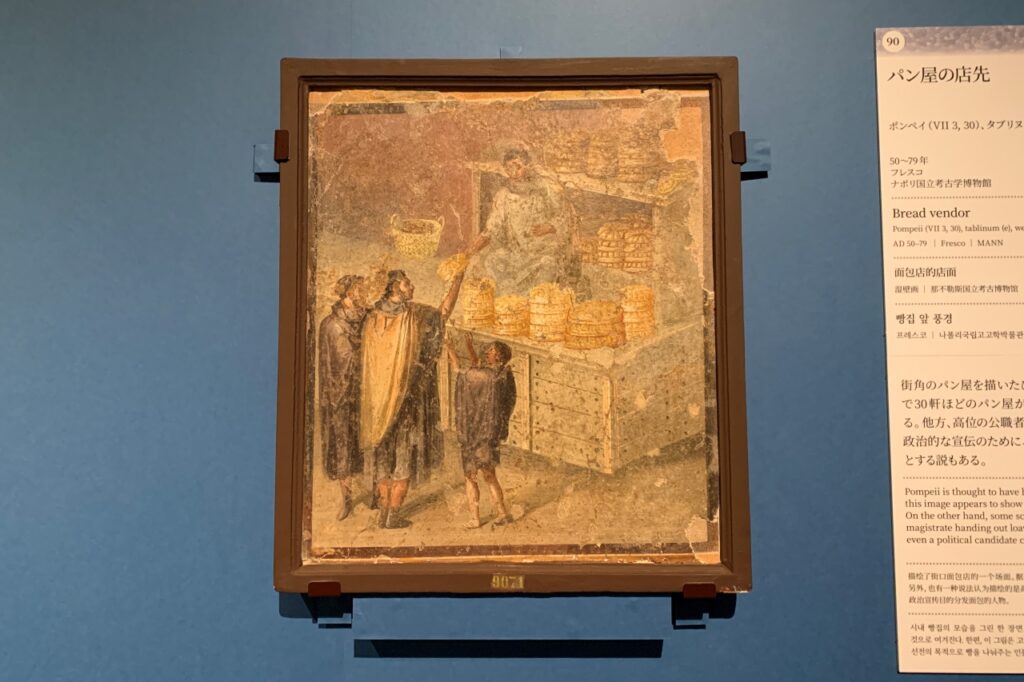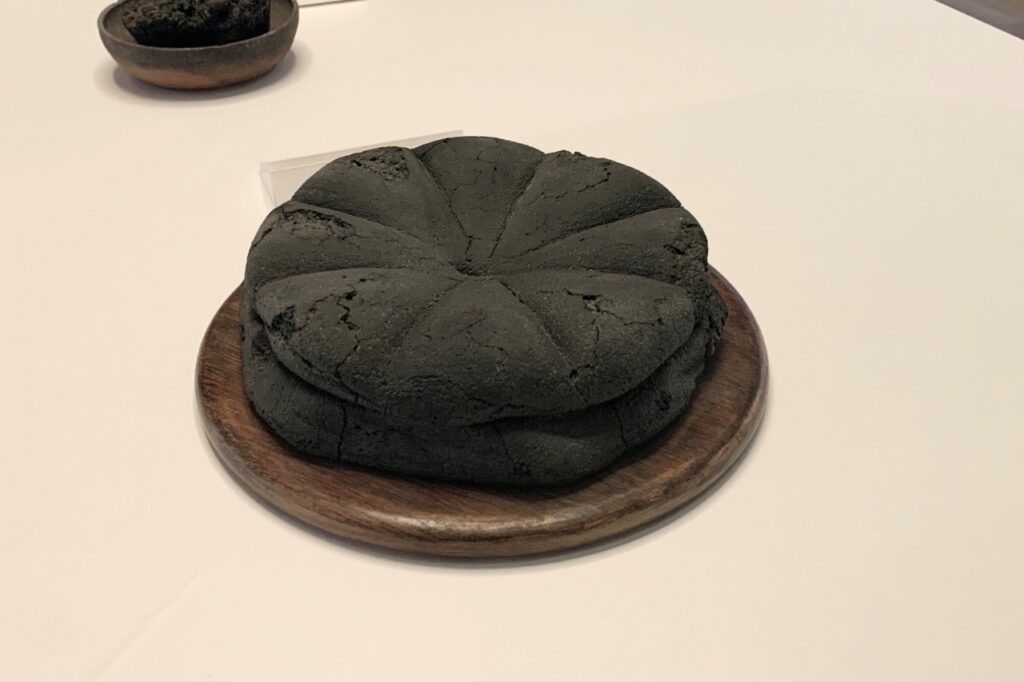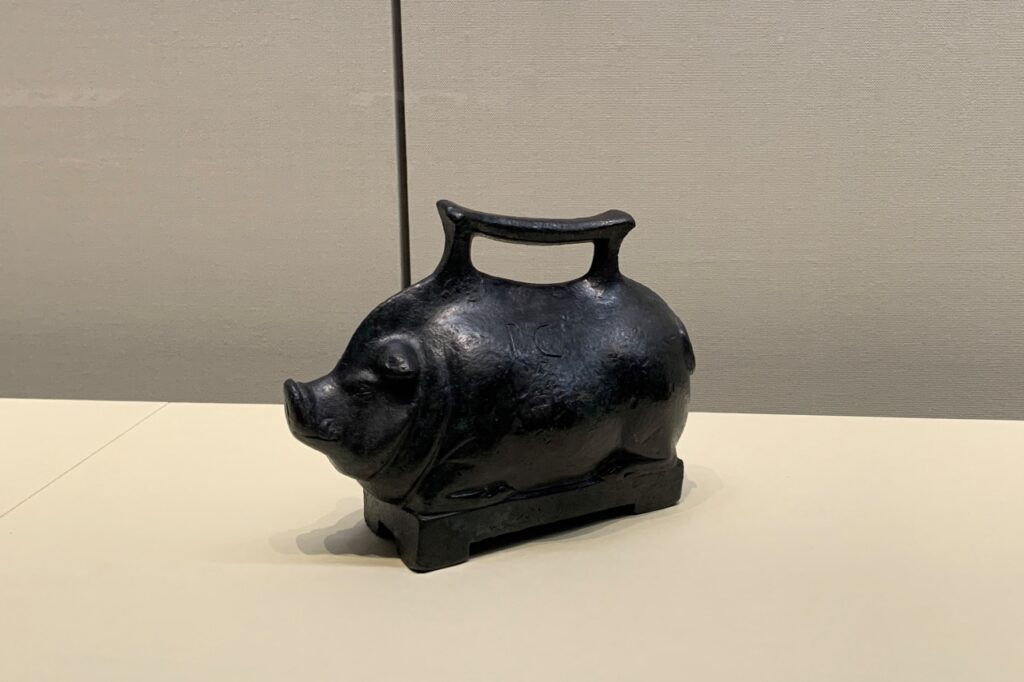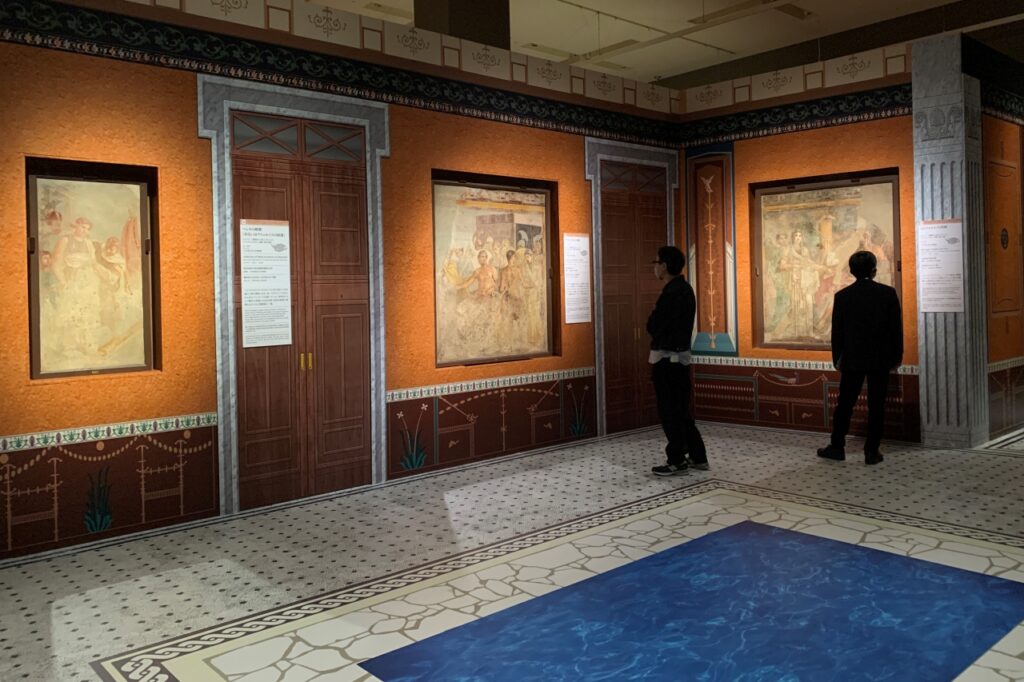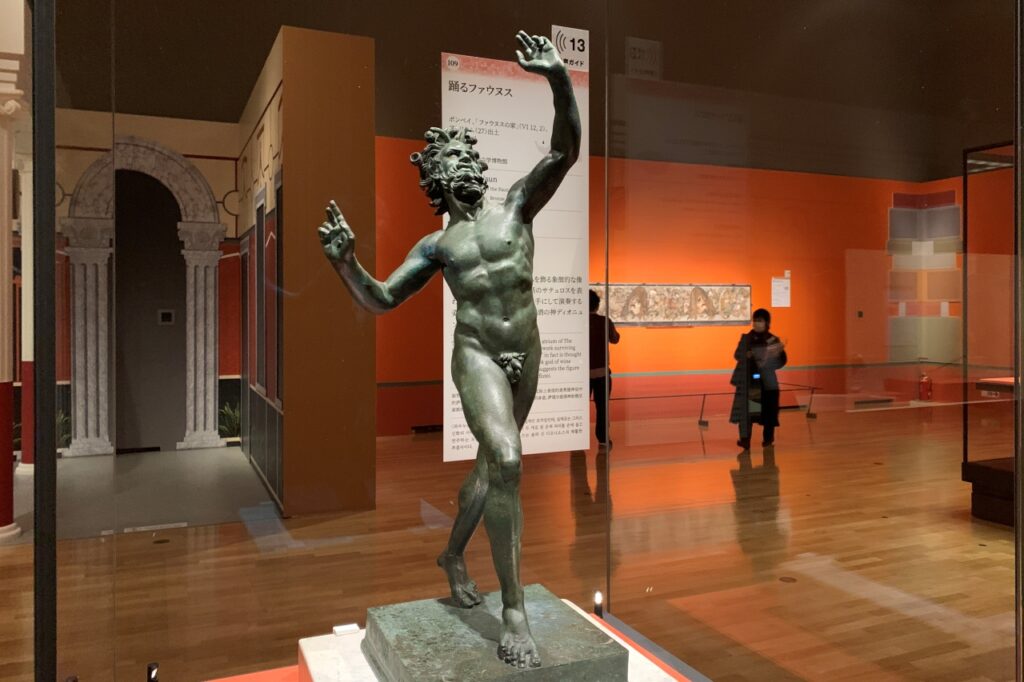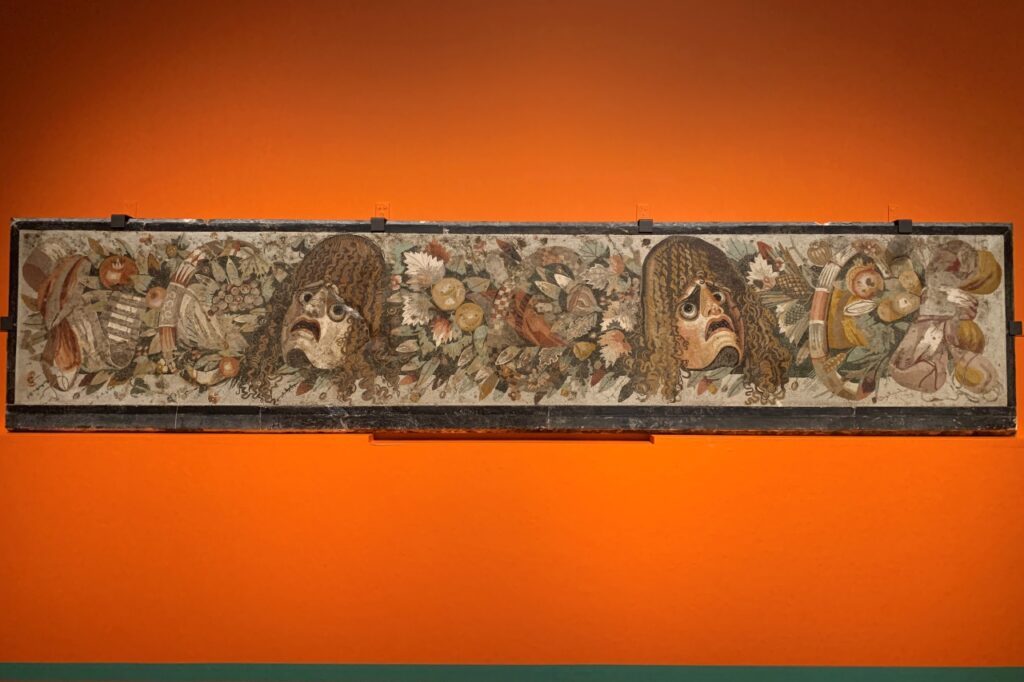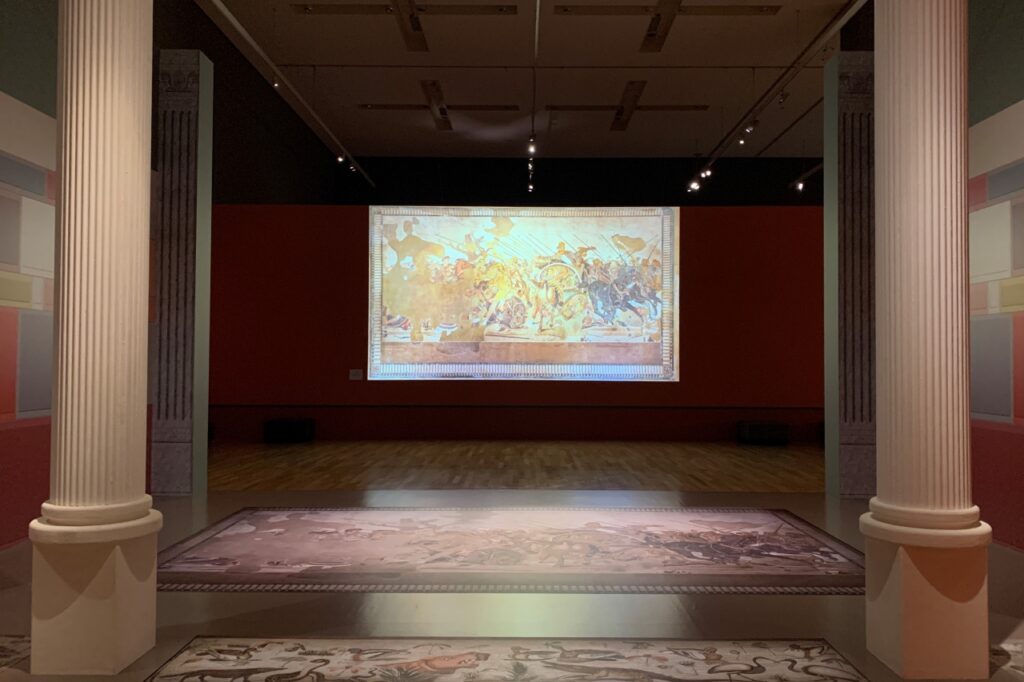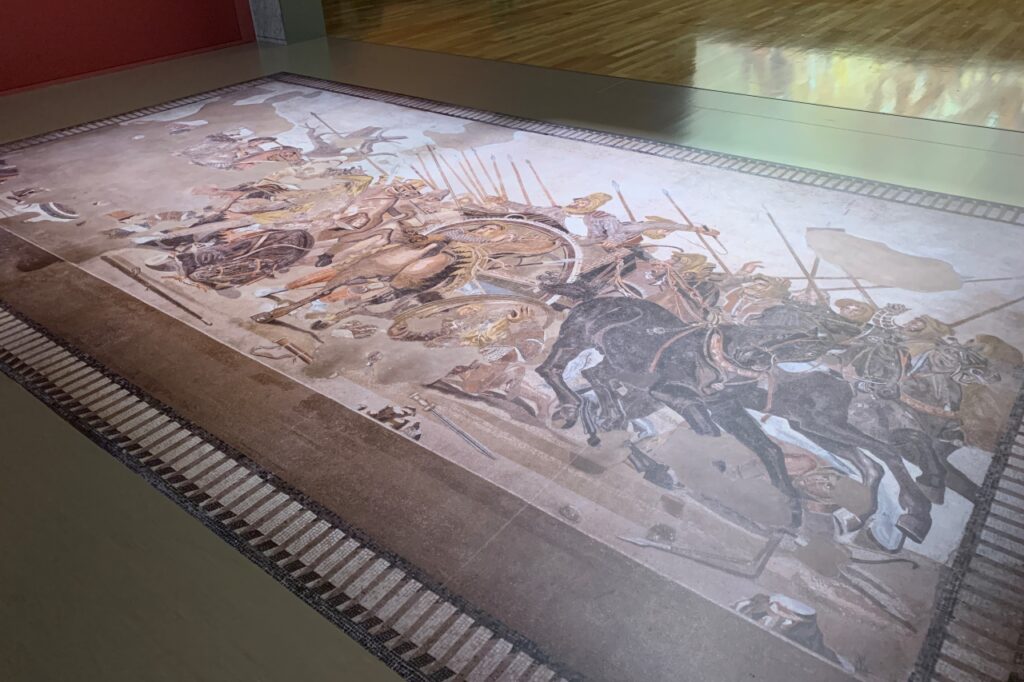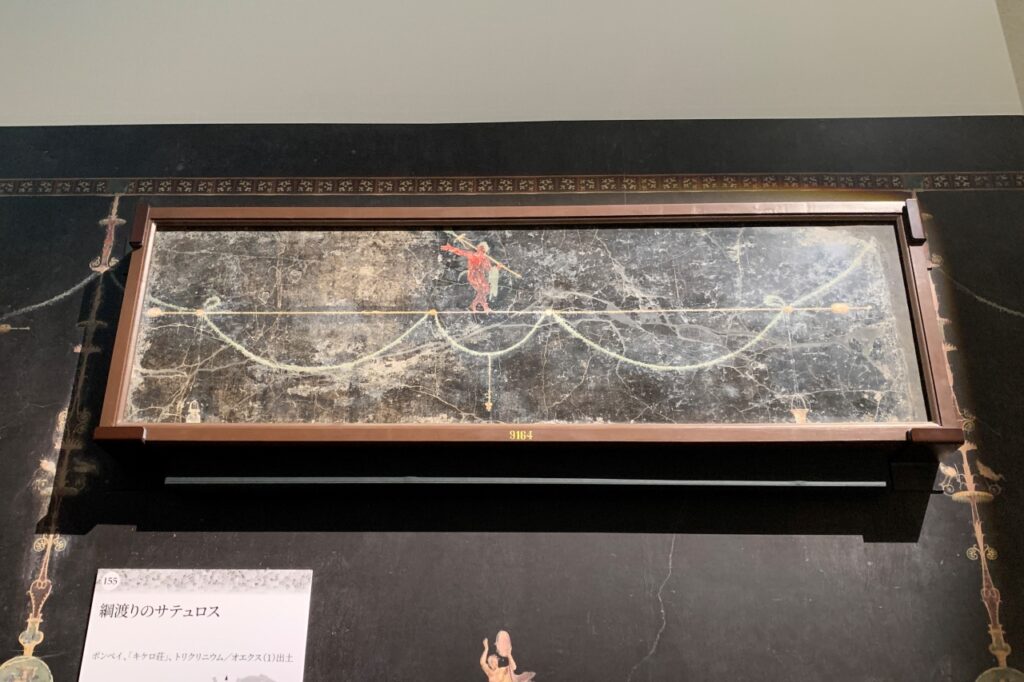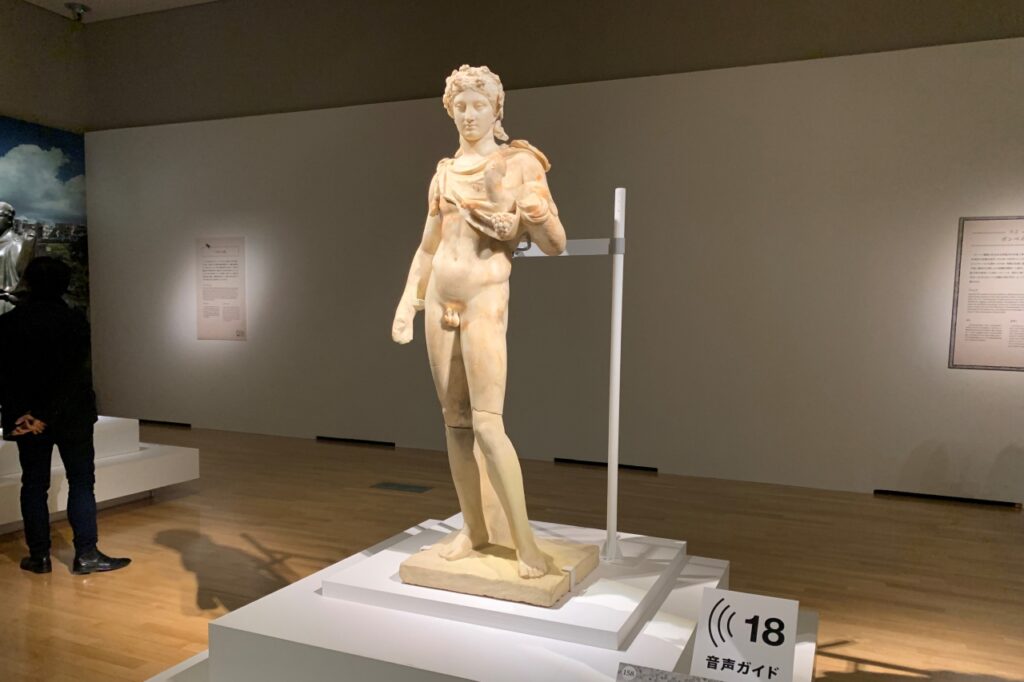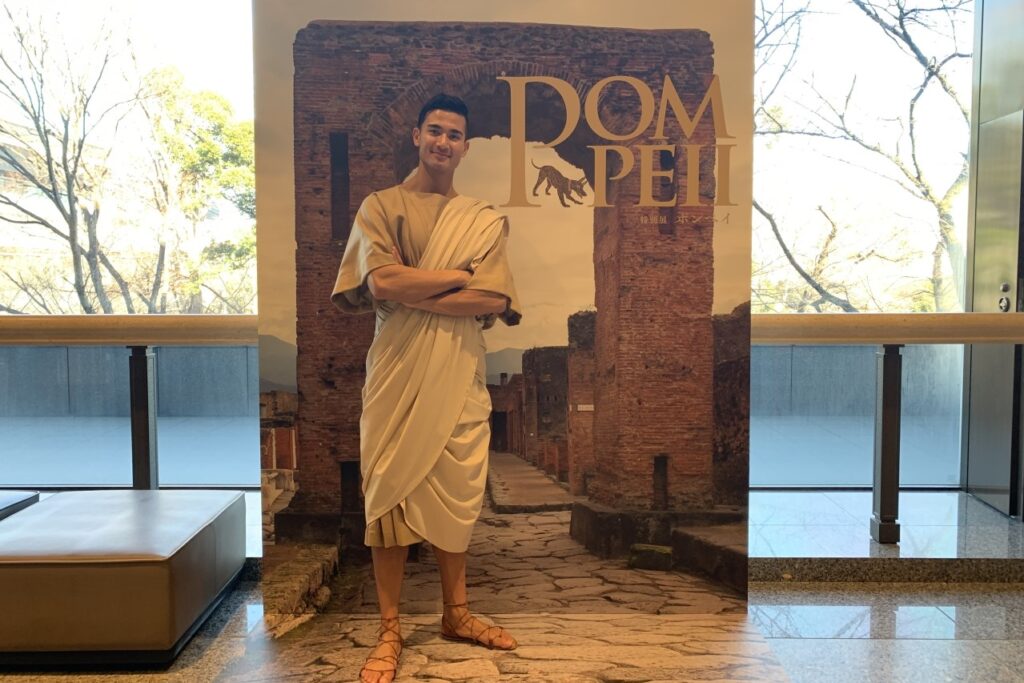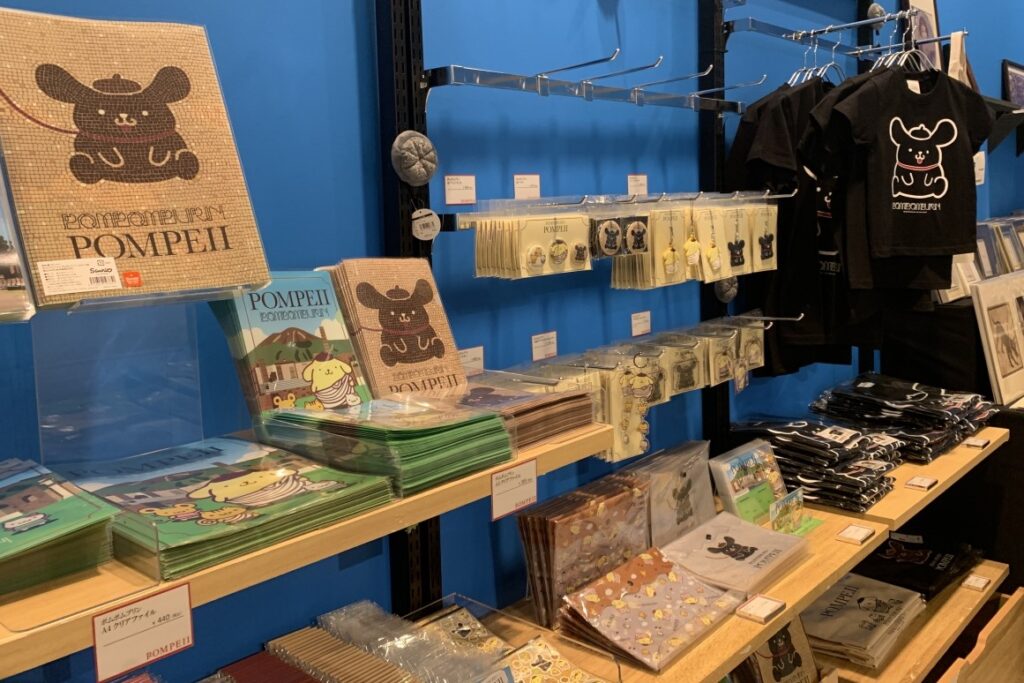Tokyo Metropolitan Art Museum
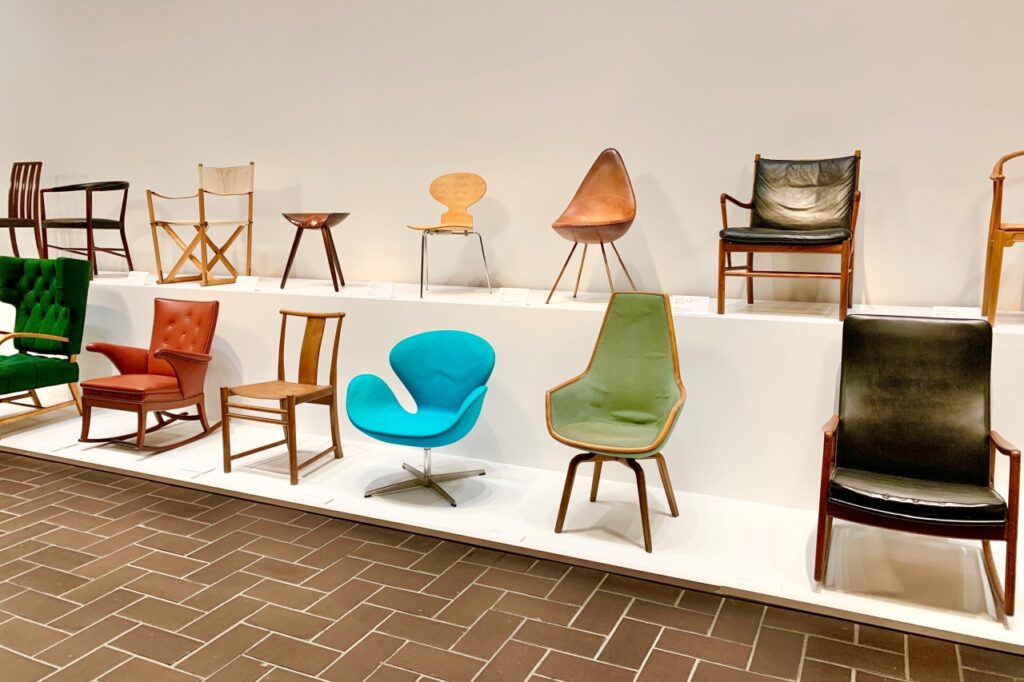
A special exhibition "Finn Juhl and the Danish Chair" will be held at the Tokyo Metropolitan Art Museum, introducing the history and transition of Danish furniture design, focusing on the works of Finn Juhl, a Danish designer known as a "furniture sculptor." It started on July 23, 2022.
Since I participated in the press preview held earlier, I will report the state of the venue.
An exhibition focusing on "chairs" that support everyday life
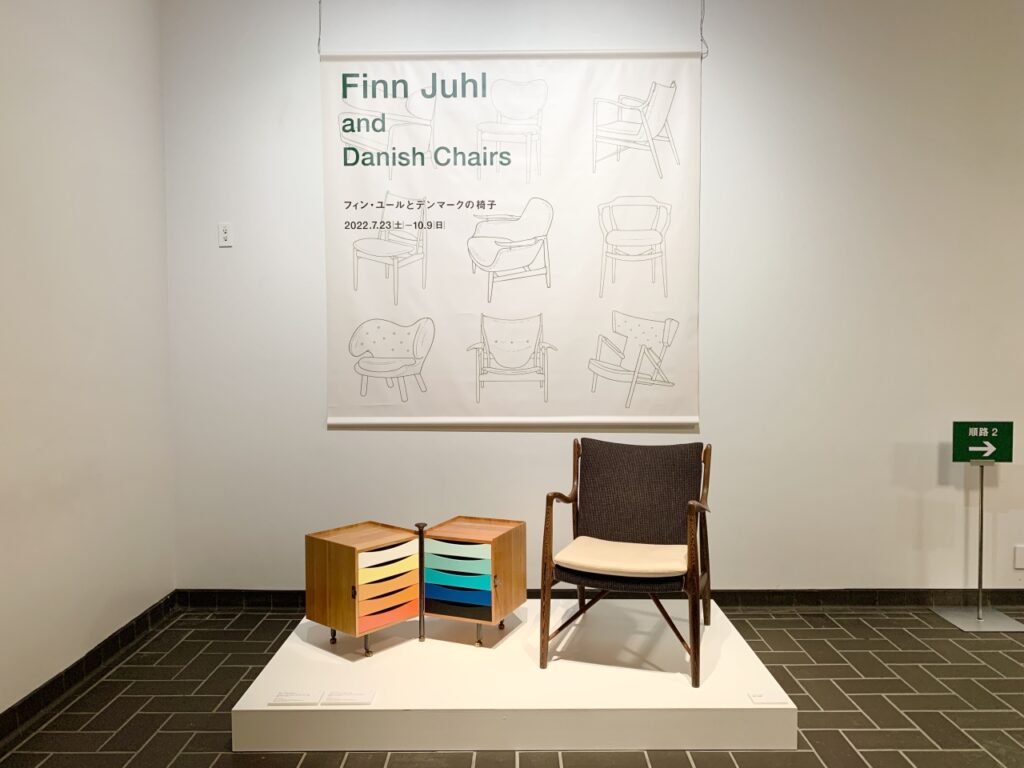
In Denmark, a Scandinavian country known as a design powerhouse, the value of hygge, which means "comfortable and enjoyable time", has taken root in lifestyles, and simple comfort has been pursued in furniture design. rice field.
In particular, from the 1940s to the 1960s, Denmark entered a golden age when many outstanding pieces of furniture appeared in history. Finn Juhl (1912-1989) is one of the representative designers of this golden age.
The furniture he creates not only fits comfortably on the body, but also stands out for its modern design featuring graceful curves and the beauty of its details, like a work of art. increase.
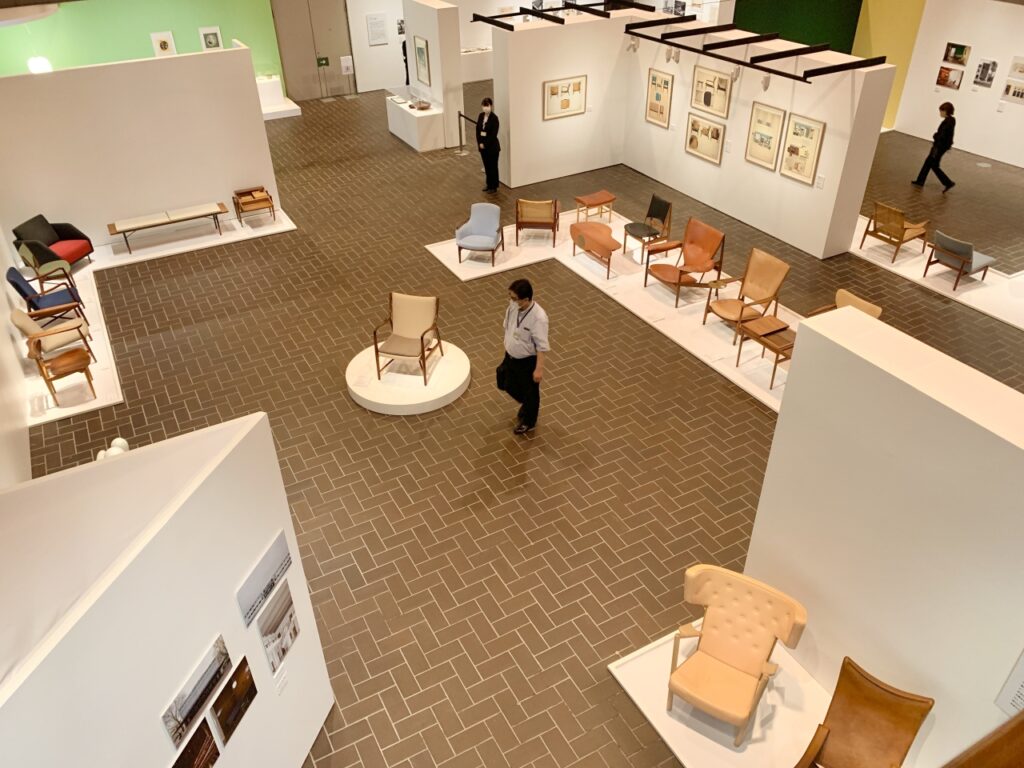
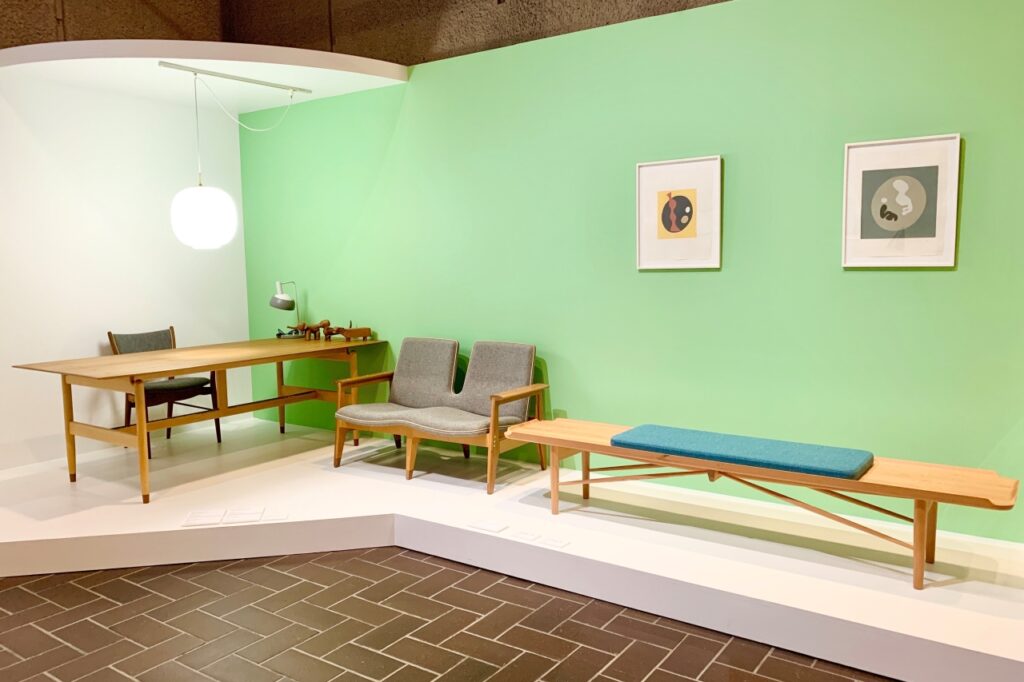
The exhibition "Finn Juhl and Danish Chairs" traces the history and transition of furniture design centered on Danish chairs with a wide variety of examples, while approaching the charm of Finn Juhl's design.
At the end of the exhibition, there is also a special corner where you can actually experience Danish designed chairs.
Many of the exhibits are from the world-famous "Oda Collection" owned by Higashikawa-cho, Hokkaido. Kenji Oda (Professor Emeritus, Tokai University), one of the academic collaborators of this exhibition and a chair researcher, has collected furniture and daily necessities from the 20th century as research materials for many years. Is this the first opportunity for you?
Chapter 1 “The Danish Chair ─ Background of its design”
This exhibition consists of three chapters, from Chapter 1 to Chapter 3.
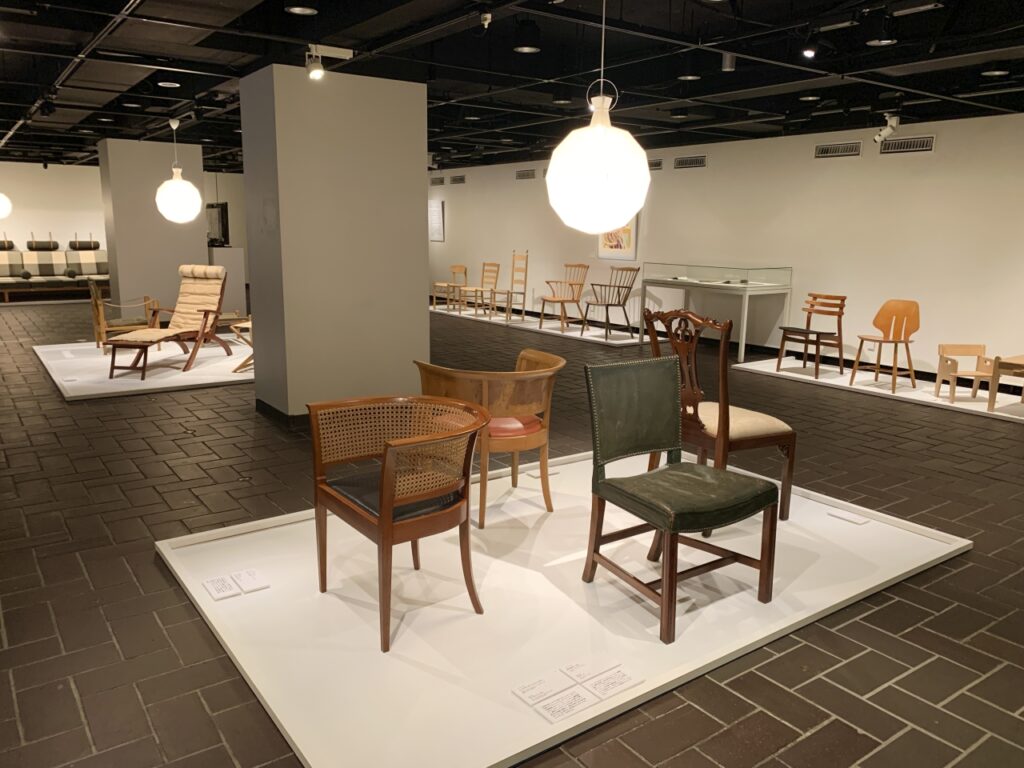
Chapter 1, "The Danish Chair," begins with an introduction to the 1930 Stockholm Exposition, which gave young Danish architects and designers a chance to come into contact with the modernist movement, which advocated rationalism and functionalism that swept Europe. increase.
He led the Danish modernism movement, which sought to open up design to the general public while inheriting traditional furniture-making techniques. Koa Klint (1888-1954) is known as the father of modern Danish furniture design .
Founding of the Furniture Department of the Royal Danish Academy of Fine Arts , where he served as the first professor and is said to have had the greatest impact on the development of Danish furniture design.
The existence of the furniture craftsmen's association that efficiently trained furniture craftsmen and frequently held exhibitions to appeal the high level of technology.
Along with various materials such as photographs, posters, publications, and videos, we carefully look back on the background of the creation of Danish masterpiece furniture that is loved all over the world.
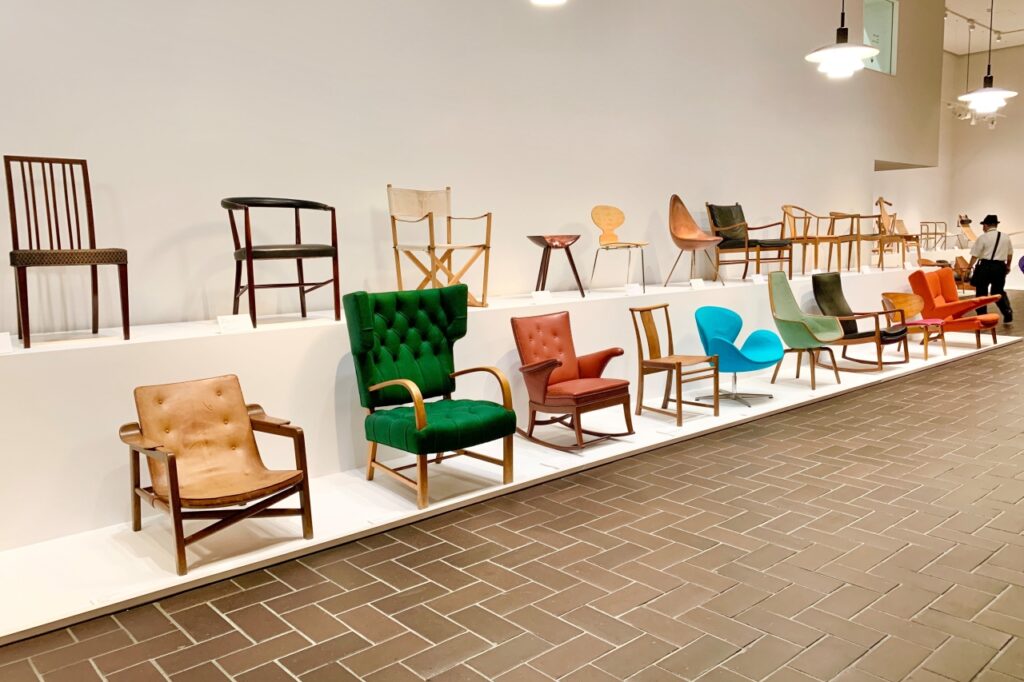

In addition to Kohr Clint, Ole Wanscher, who became the second professor of the furniture department at the Royal Academy of Arts , Børge Mogensen , who designed functional furniture without superfluous decorations for the general public, and his deep knowledge of wood. You can see a wide variety of chairs by famous designers such as Hans J. Wegner, who created masterpiece furniture one after another with his knowledge and outstanding craftsmanship.
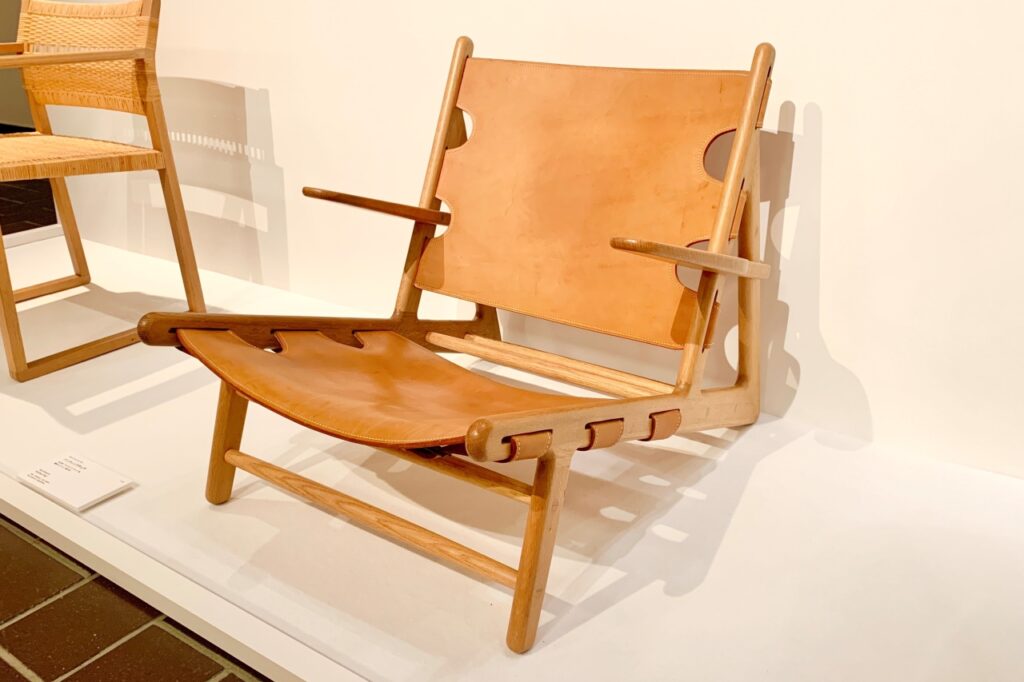
Chairs consist of a simple basic structure consisting of a seat, back, and legs, but some of them include Helge Vestgaard Jensen's "Racquet Chair," which uses strings stretched over a tennis racket, and Werner's ice cream cone-shaped chair.・There is a wide variety of slightly eccentric designs, such as Pantone's "Cone Chair" and Grete Jalk's "Plywood Chair" that looks like it is made of origami.
However, even if it is eccentric, it does not have a gorgeous impression, and it has a calm atmosphere common to Danish design.
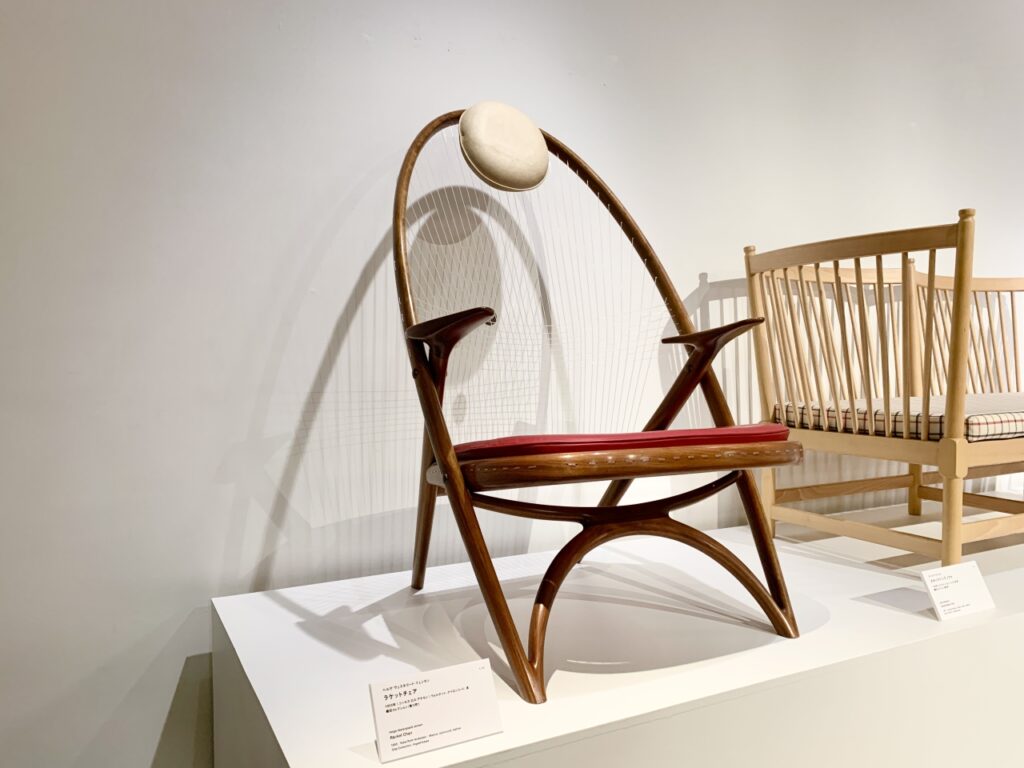
In the same chapter, you will find an amazing variety of thoughts and ideas during the golden age of Danish furniture design.
Chapter 2 "The World of Finn Juhl"
Many of the furniture designers of the time were students of Koor Klint or from furniture workshops.
On the other hand, Finn Juhl entered the Royal Academy of Arts in 1930 to study architecture on the recommendation of his father, even though he aspired to be an art historian. He studied furniture design on his own while working in building and interior design at an architectural firm.
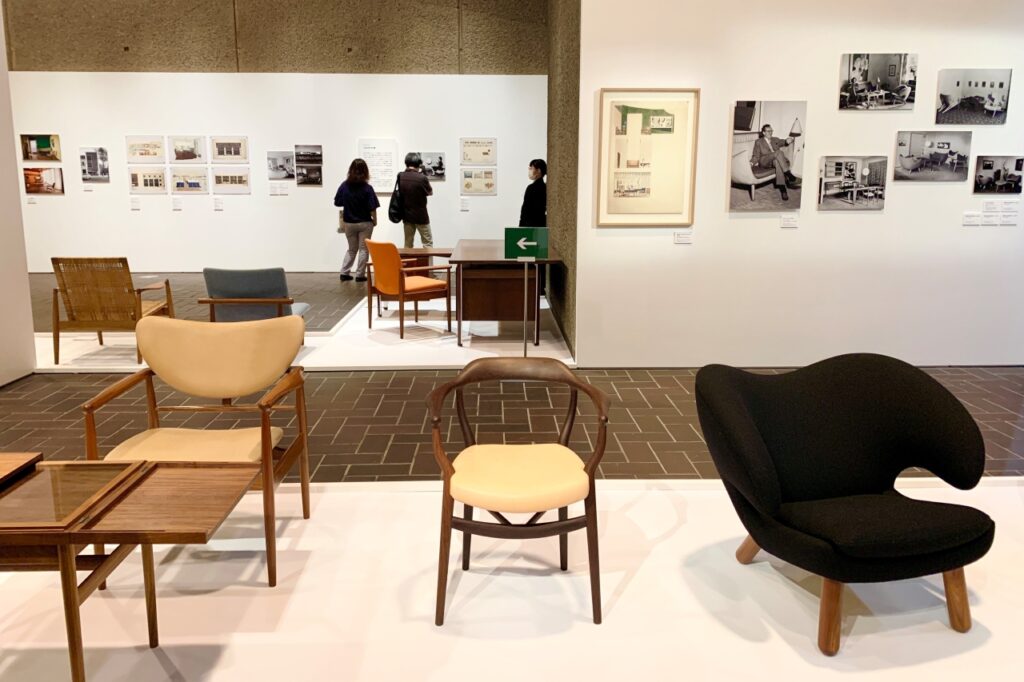
Chapter 2, "The World of Finn Juhl," begins with early architectural drawings by Finn Juhl, an architect, interior designer, and furniture designer.
In the latter half of the 1930s, he collaborated with the excellent cabinetmaker Niels Votter to explore unique forms.
The design of his own house (Finn Juhl House), which was built in 1942 in northern Copenhagen and became his life's workplace.
Since 1950, Finn Juhl's wide-ranging work has been recognized internationally, from the interior design of the United Nations Headquarters in New York to the design of the offices of Swedish Scandinavian Airlines and passenger aircraft cabins. Introducing the whole picture.
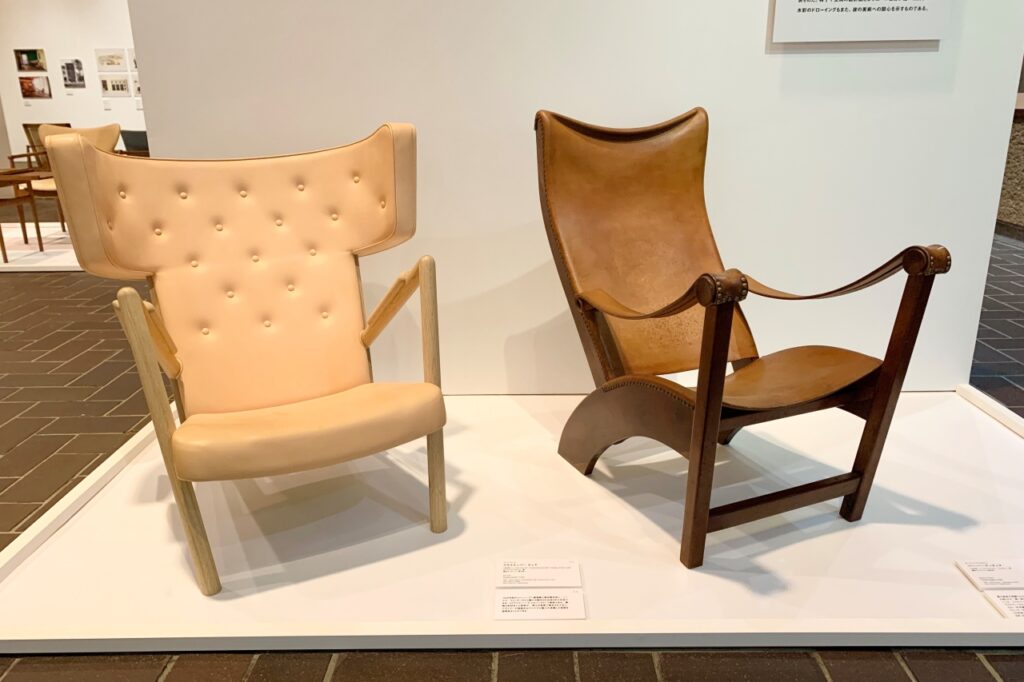
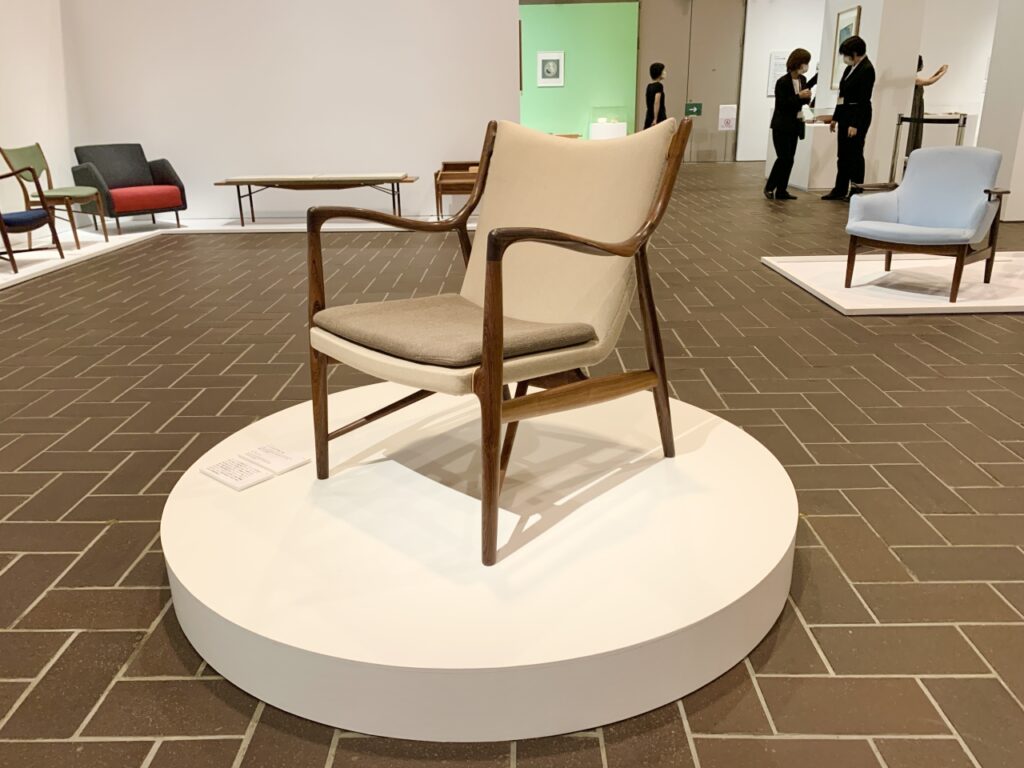
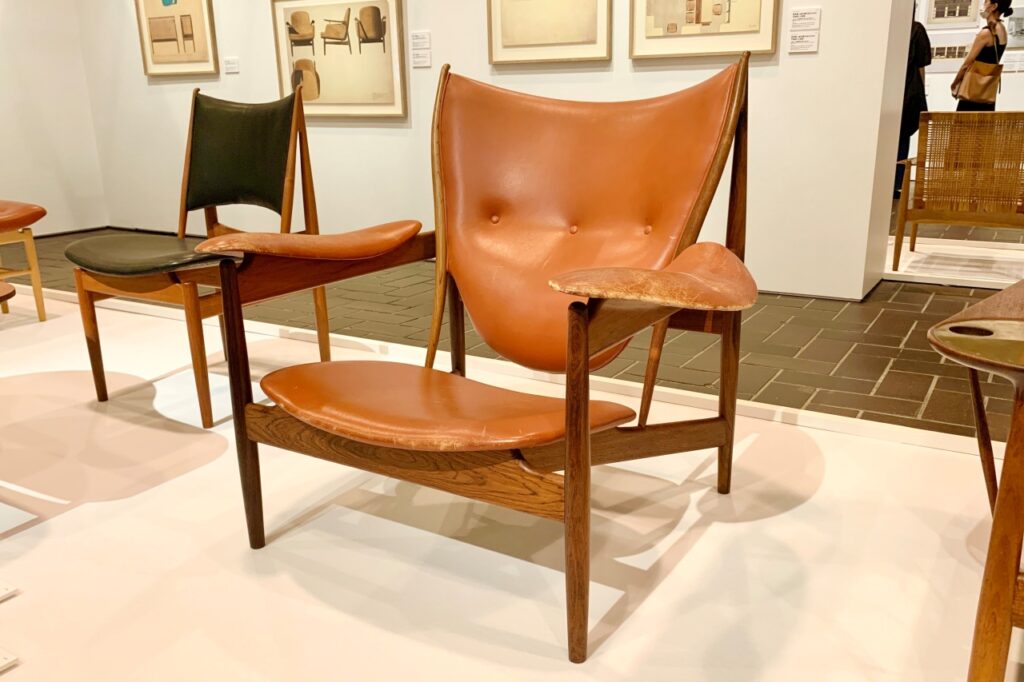
Described as "sculpture-like", Finn Juhl's work is heavily influenced by the forms and underlying aesthetics of abstract sculpture by sculptor Hans (Jean) Arp.
The sculptural approach is particularly prominent in his early works, and the smooth curves of the arms that follow the elbows and the slender, sharp legs are abstract, like sculptures of the human body by Arp. Makes me think of my body.
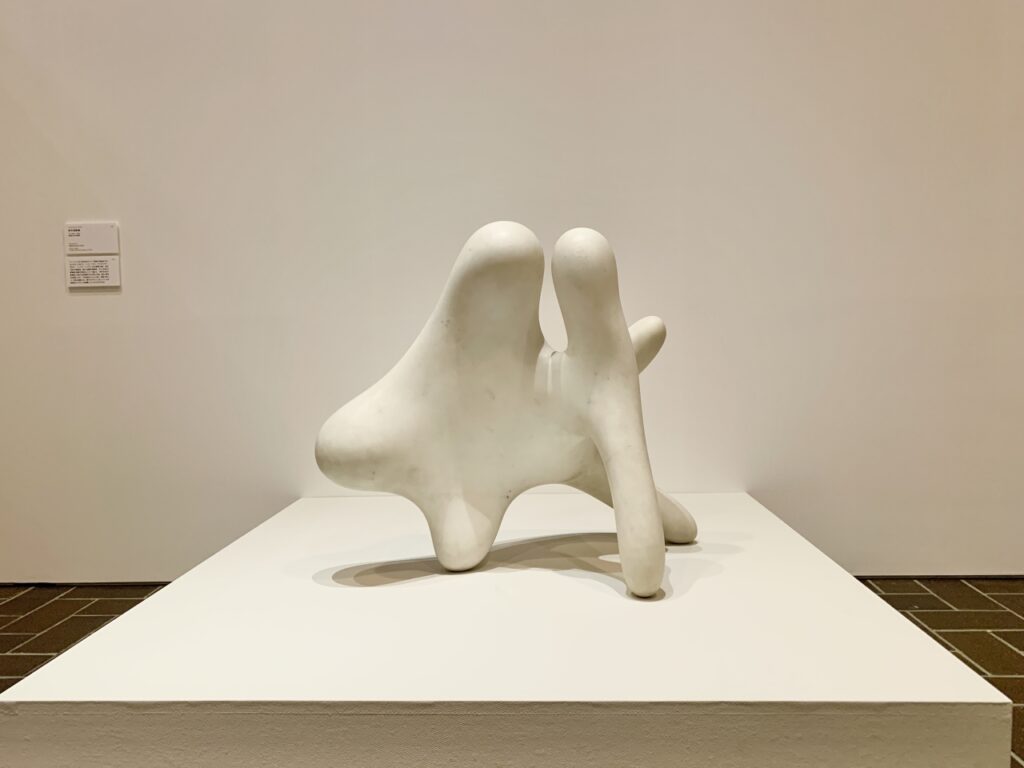
As Finn Juhl said, "A chair is not just a daily item, but a form and a space in itself." It is a great attraction that it creates harmony in the space while closely resonating with daily necessities.
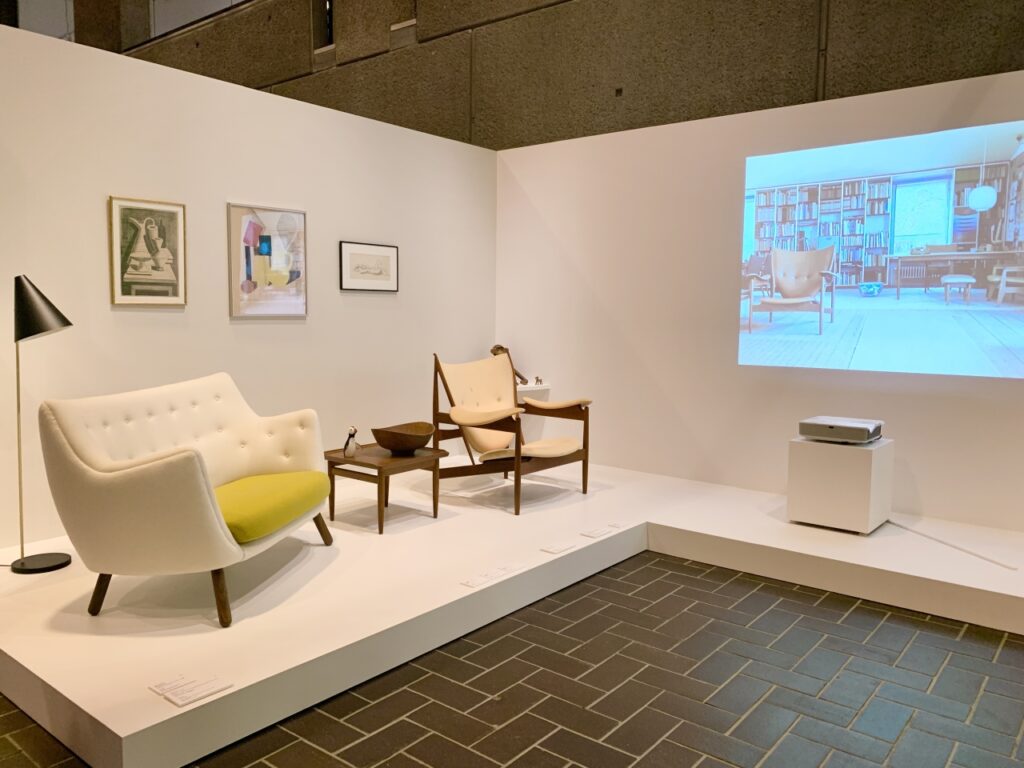
The exhibition related to the Finn Juhl House clearly shows its charm. As a place where you can embody your own ideas without anyone interfering, it is a discerning mansion that not only designed the building but also the furniture and daily necessities.
Artworks such as paintings by Wilhelm Lunström are also beautifully arranged, and from the video material that introduces the space of the mansion in harmony with the lush forest scenery, you can feel a part of Finn Juhl's design aesthetic.
Chapter 3 "Experiencing Danish Design"

Finn Juhl believed that a chair is nothing more than an object if no one sits on it.
As a corner unique to this exhibition featuring such Finn Juhl, Chapter 3, "Experience Danish Design," presents the original role of a chair as an everyday tool and designed with the user's lifestyle in mind. I'm back to You can actually sit in over 30 Danish chairs!
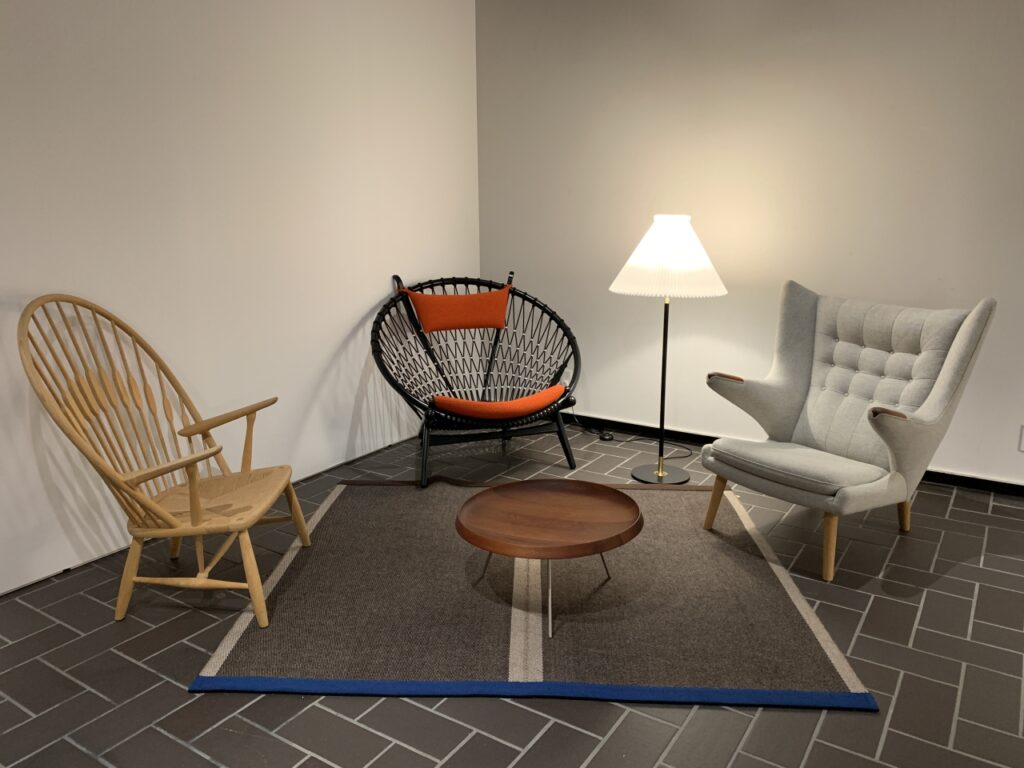

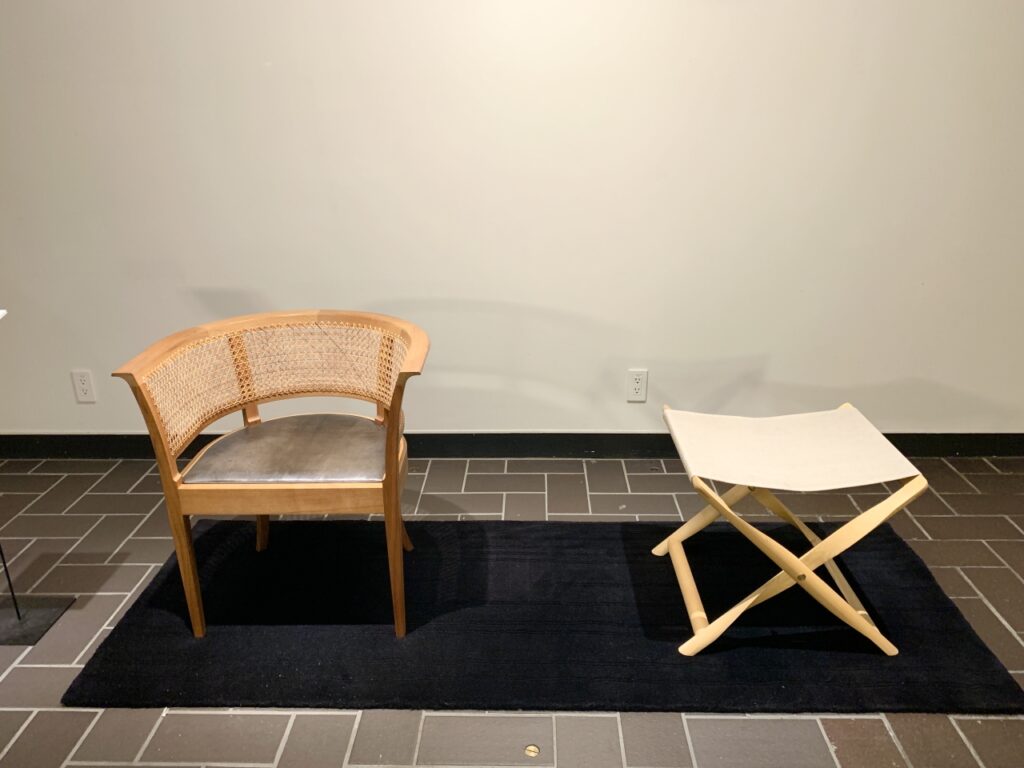
Not only Finn Juhl, but also chairs by designers who supported the golden age of Danish furniture design that we saw in Chapter 1. There are solid leather chairs like the president's seat, and folding stools that are perfect for outdoor production.
You can directly touch the chair to check how comfortable it is to sit on and how it feels to the touch, and observe the appearance of the person sitting on it. How did the designers deal with the issues surrounding chairs and how did they solve them? You can enjoy rich ideas with your body.
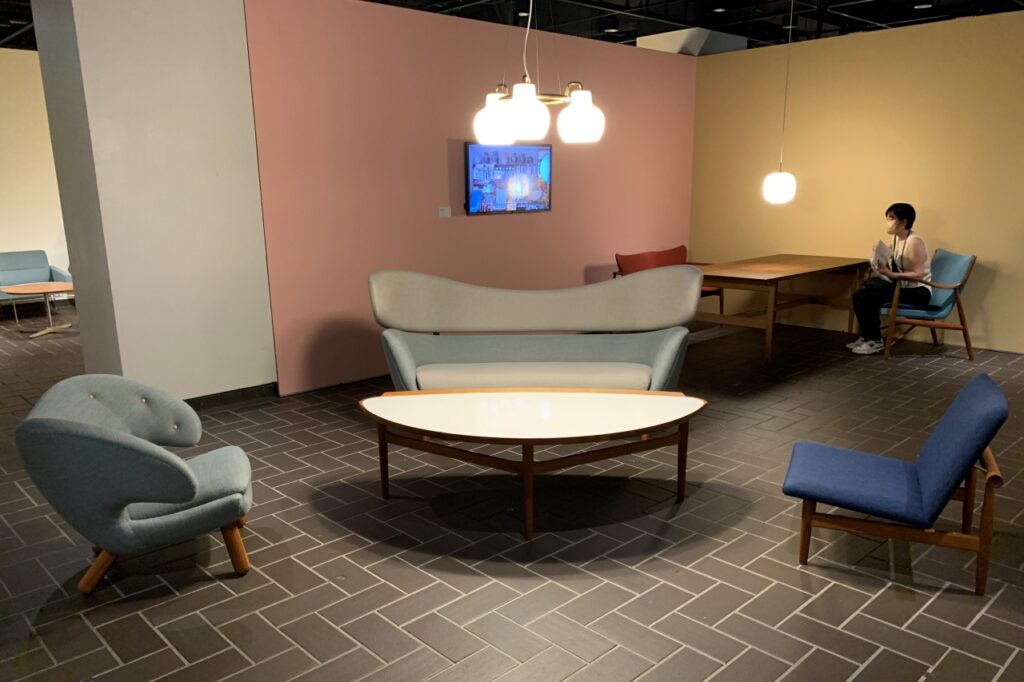
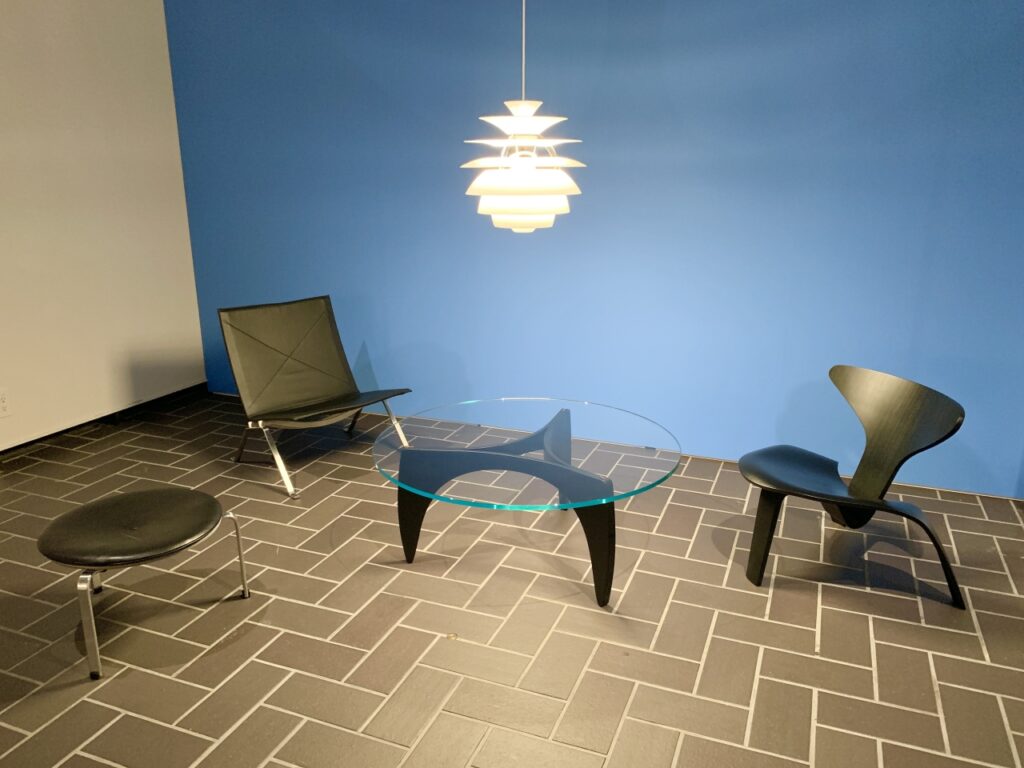
The chairs and lighting fixtures introduced here are all still being produced by Danish manufacturers.
Denmark is known as "the happiest country in the world".
In a world where values and lifestyles are constantly changing, the fact that Danish design, with its simple design, functionality, and universal friendliness that blends in with any space, has taken root all over the world is something that I am very proud of. It may be a hint for us to live comfortably.
Until October 9, 2022, the exhibition “Finn Juhl and the Danish Chair” will shed light on familiar furniture such as chairs that support every day.
By the way, regarding the holding of this exhibition, due to the renovation of the Tokyo Metropolitan Art Museum in 2012, Finn Juhl and other Danish chairs and tables have been set up in the "Sato Keitaro Memorial Art Lounge" on the first floor of the central building, and a rest area has been set up. It is said that it was triggered by the new establishment.
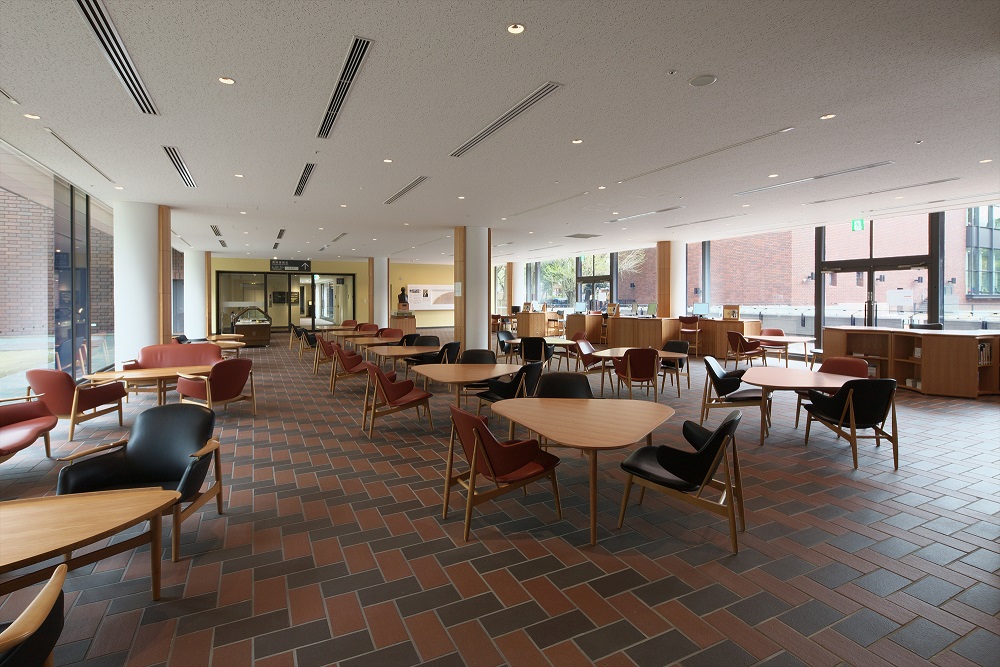
It seems that it was installed to create a comfortable space where visitors can spend a relaxing time, and not only the high affinity between the architecture of the Tokyo Metropolitan Art Museum and Scandinavian furniture, but also the power of the furniture to completely change the impression of the space. was also surprised.
If you visit this exhibition, please take a look at the "Sato Keitaro Memorial Art Lounge".
Overview of the exhibition “Finn Juhl and the Danish Chair”
| exhibition period | Saturday, July 23, 2022 to Sunday, October 9, 2022 |
| venue | Tokyo Metropolitan Art Museum Gallery A・B・C |
| Opening hours | 9:30-17:30 (Last entry 30 minutes before closing) *Fridays 9:30-20:00 (Last entry 30 minutes before closing) |
| closing day | Monday, September 20 (Tue) *Open on August 22nd (Mon), 29th (Mon), September 12th (Mon), 19th (Mon/Holiday), and 26th (Mon) |
| viewing fee | General 1,100 yen / University and vocational school students 700 yen / 65 years old and over 800 yen
* Free for high school students and younger |
| organizer | Tokyo Metropolitan Art Museum, Tokyo Metropolitan Foundation for History and Culture |
| Exhibition official website | https://www.tobikan.jp/finnjuhl |
*The content of the article is as of the interview date (2022/7/22). Please check the official website for the latest information.
Article provided by: kokosil Ueno


